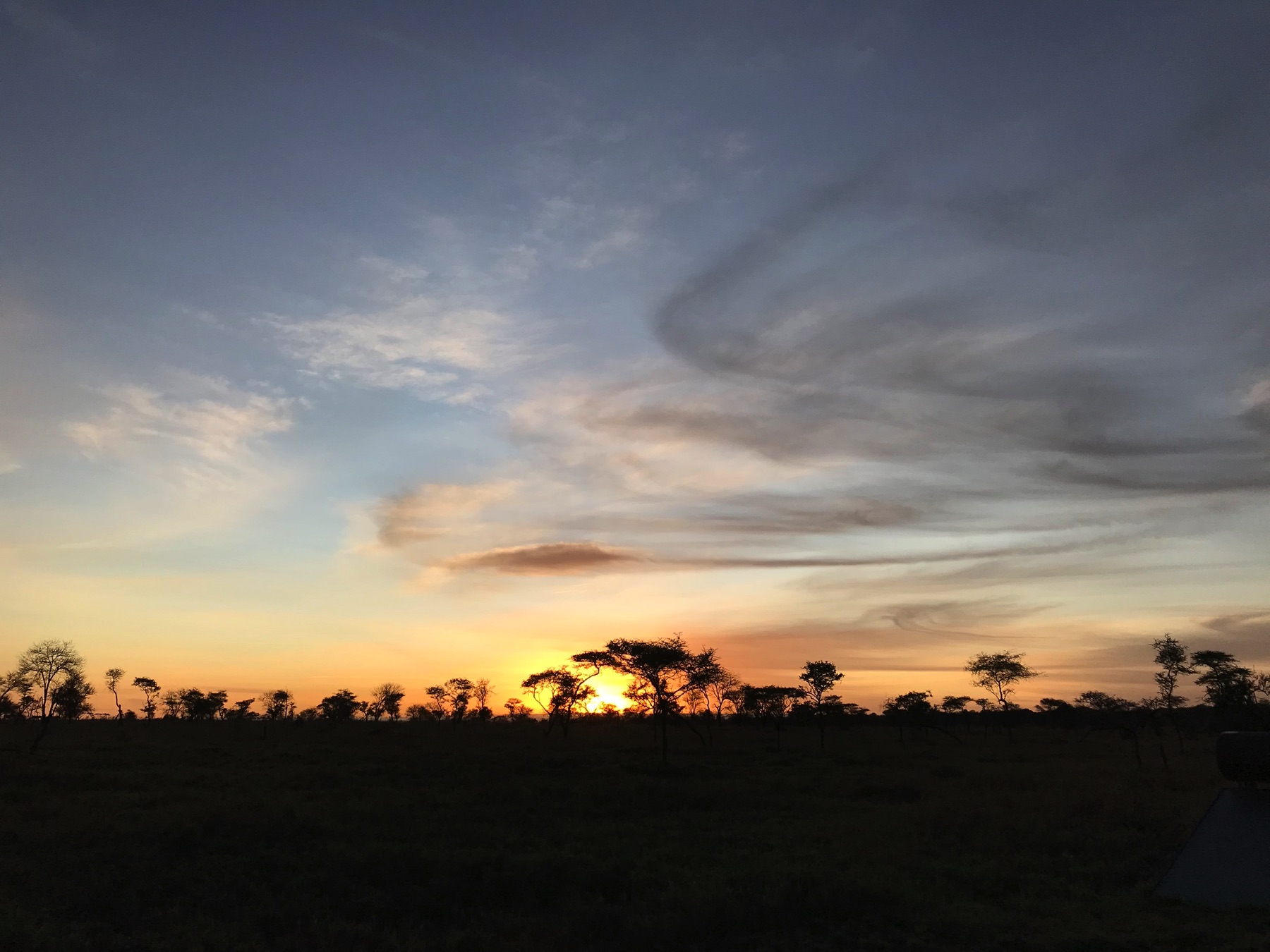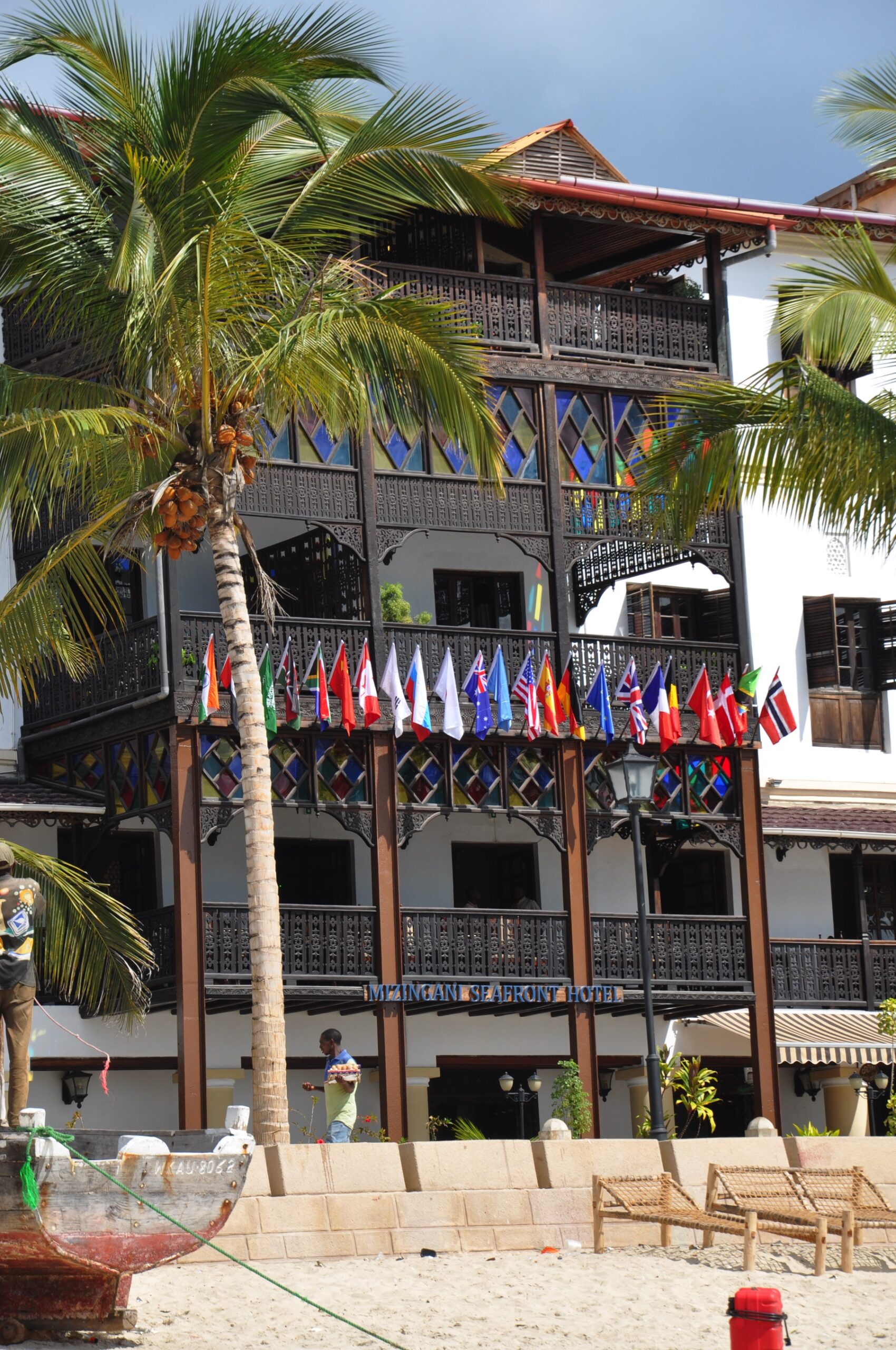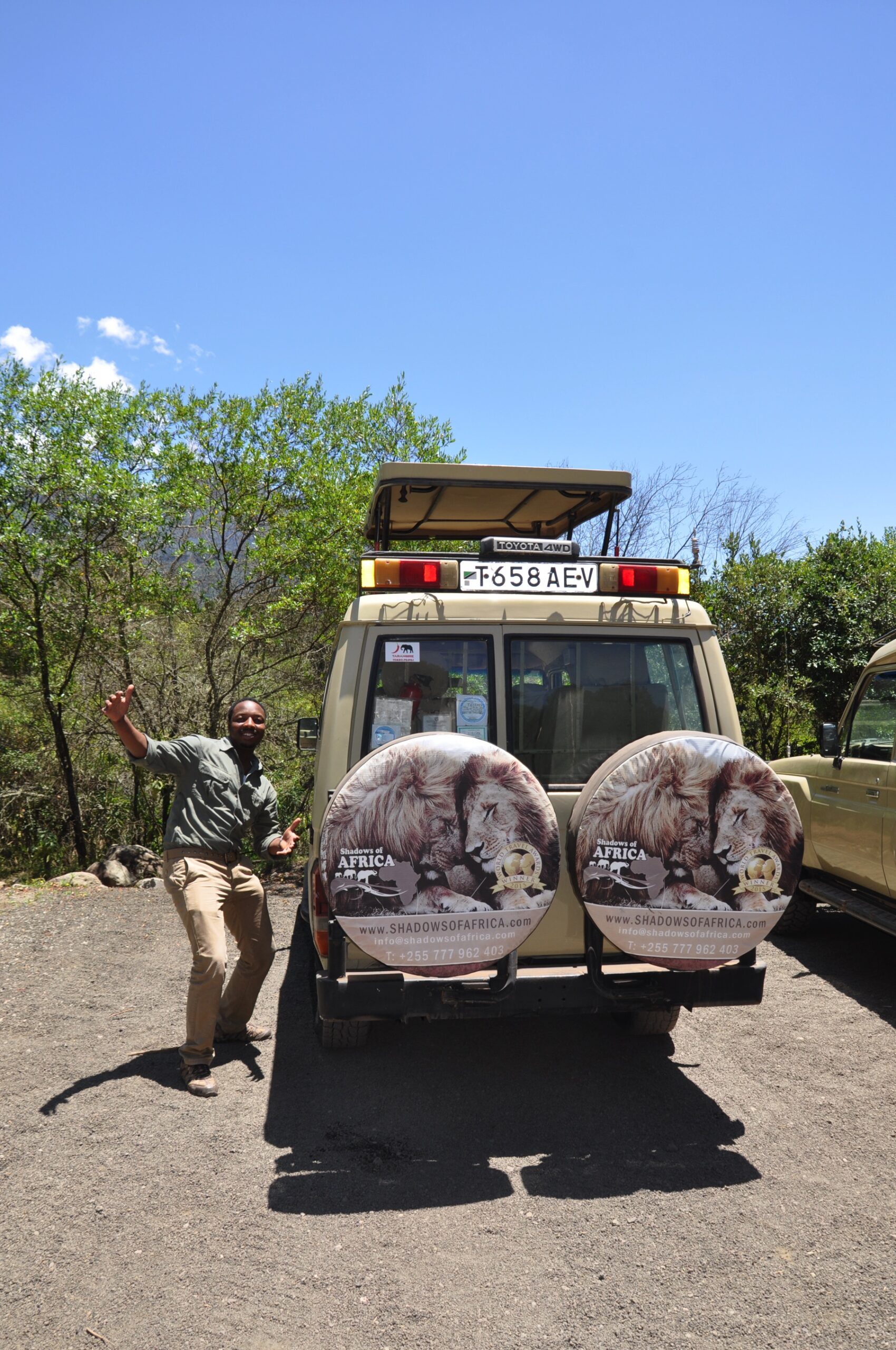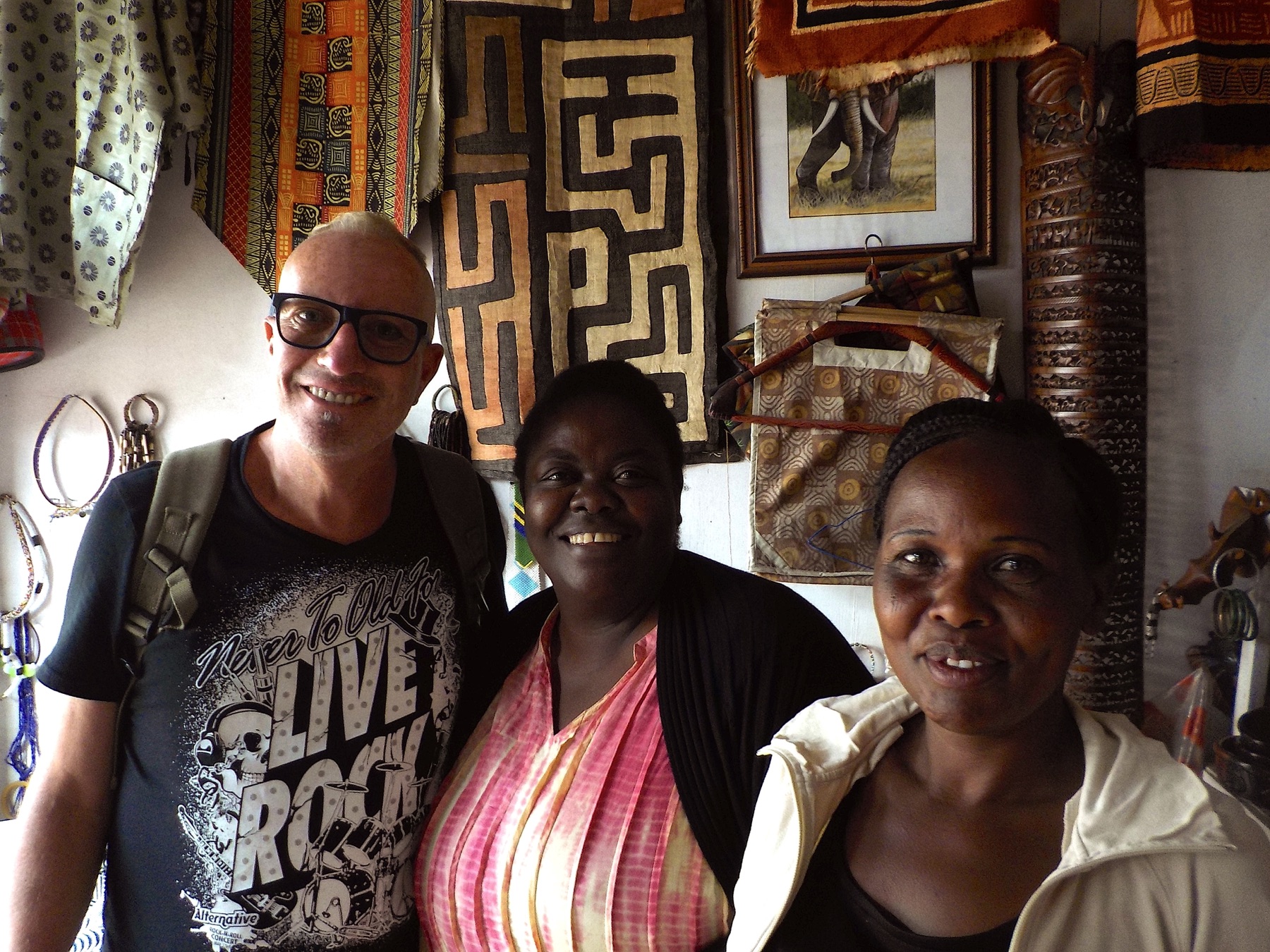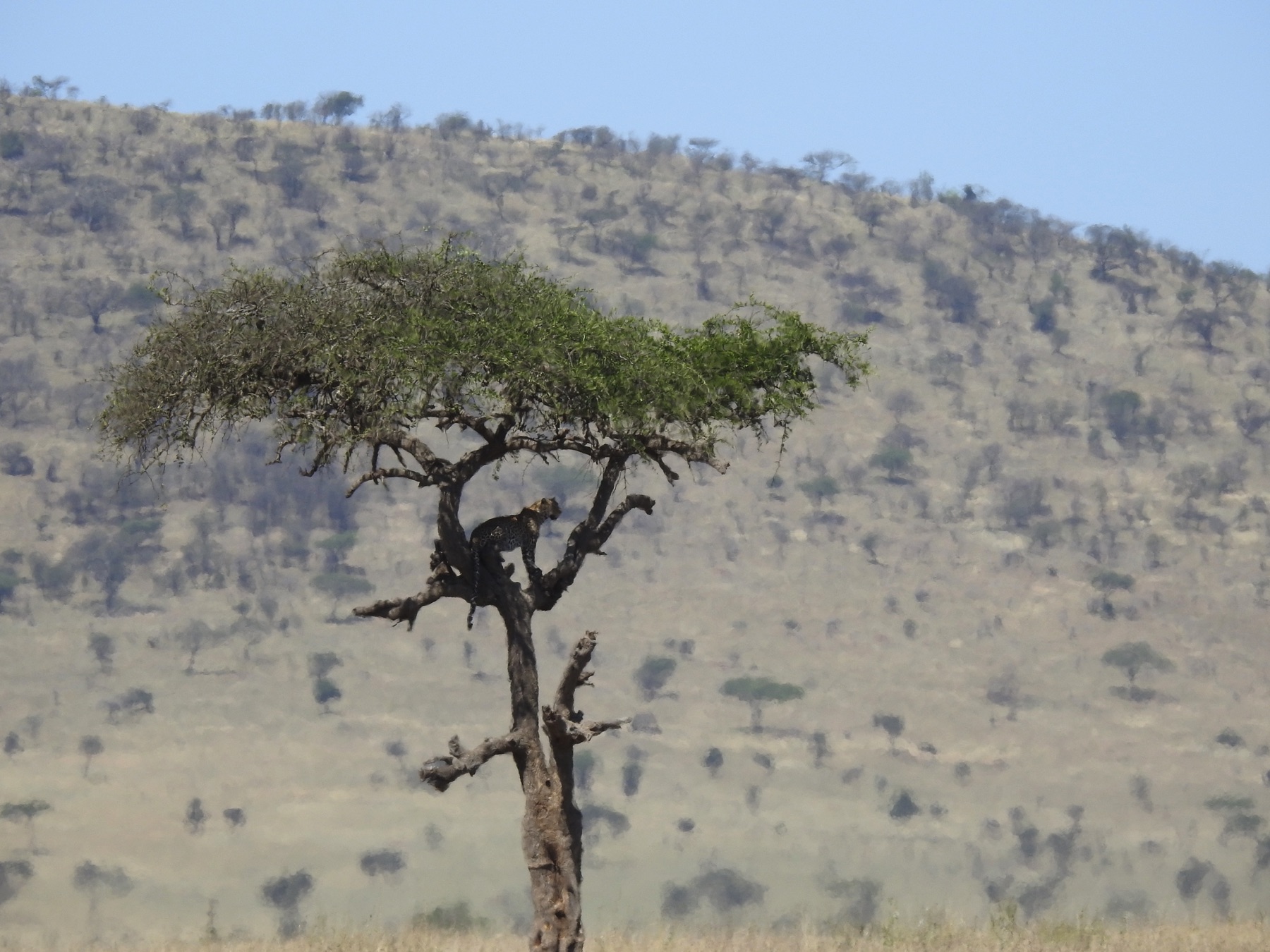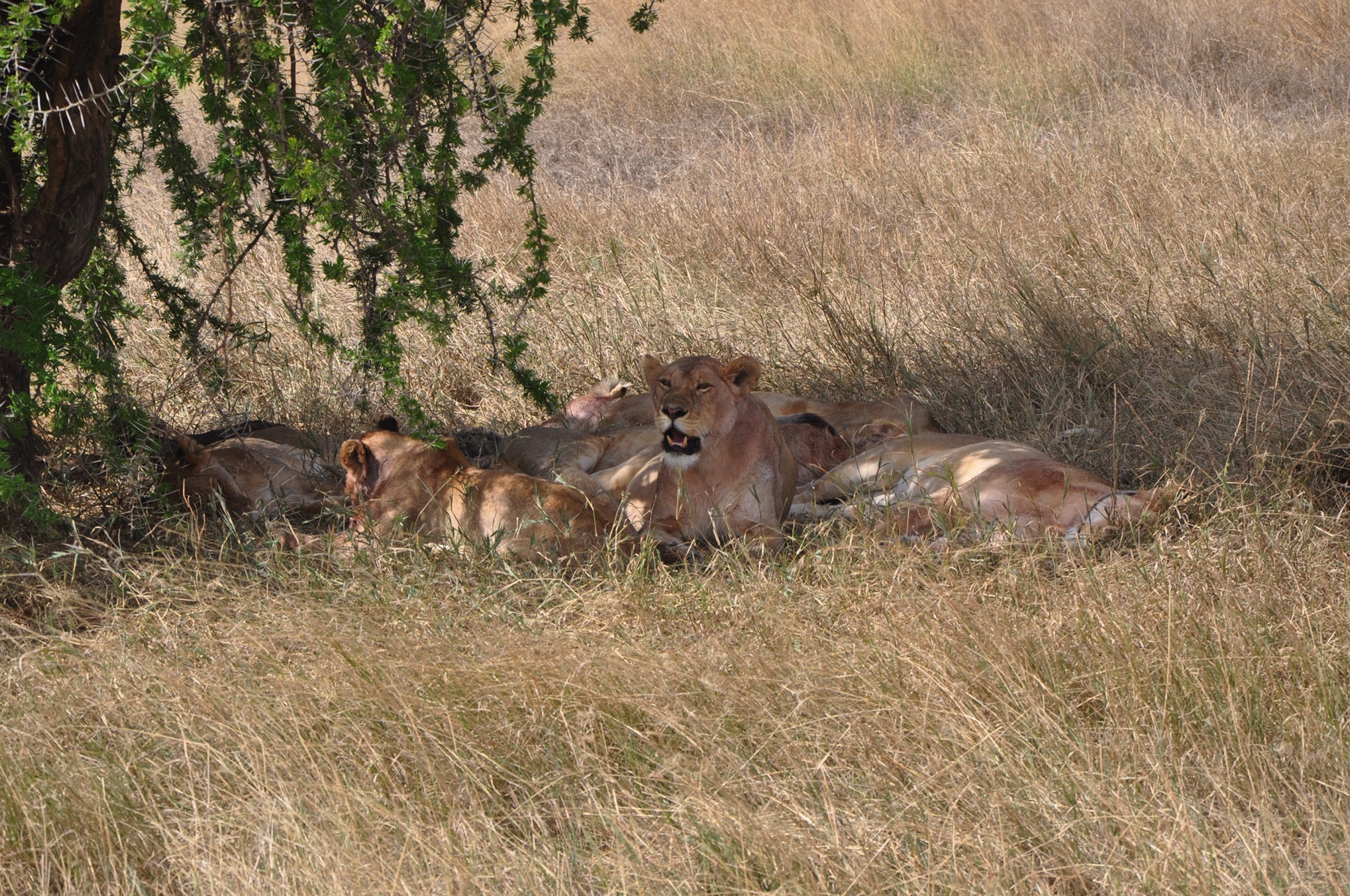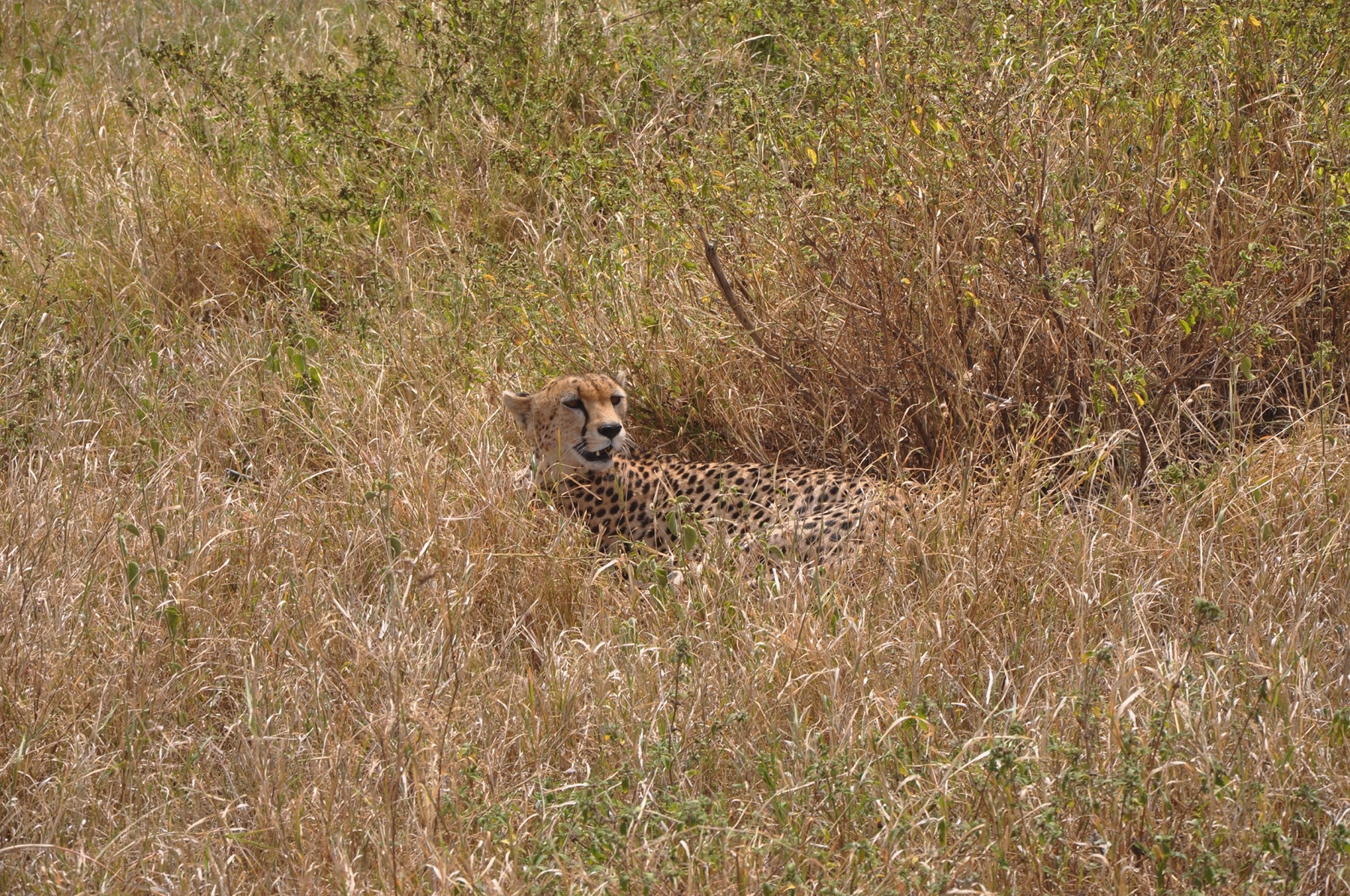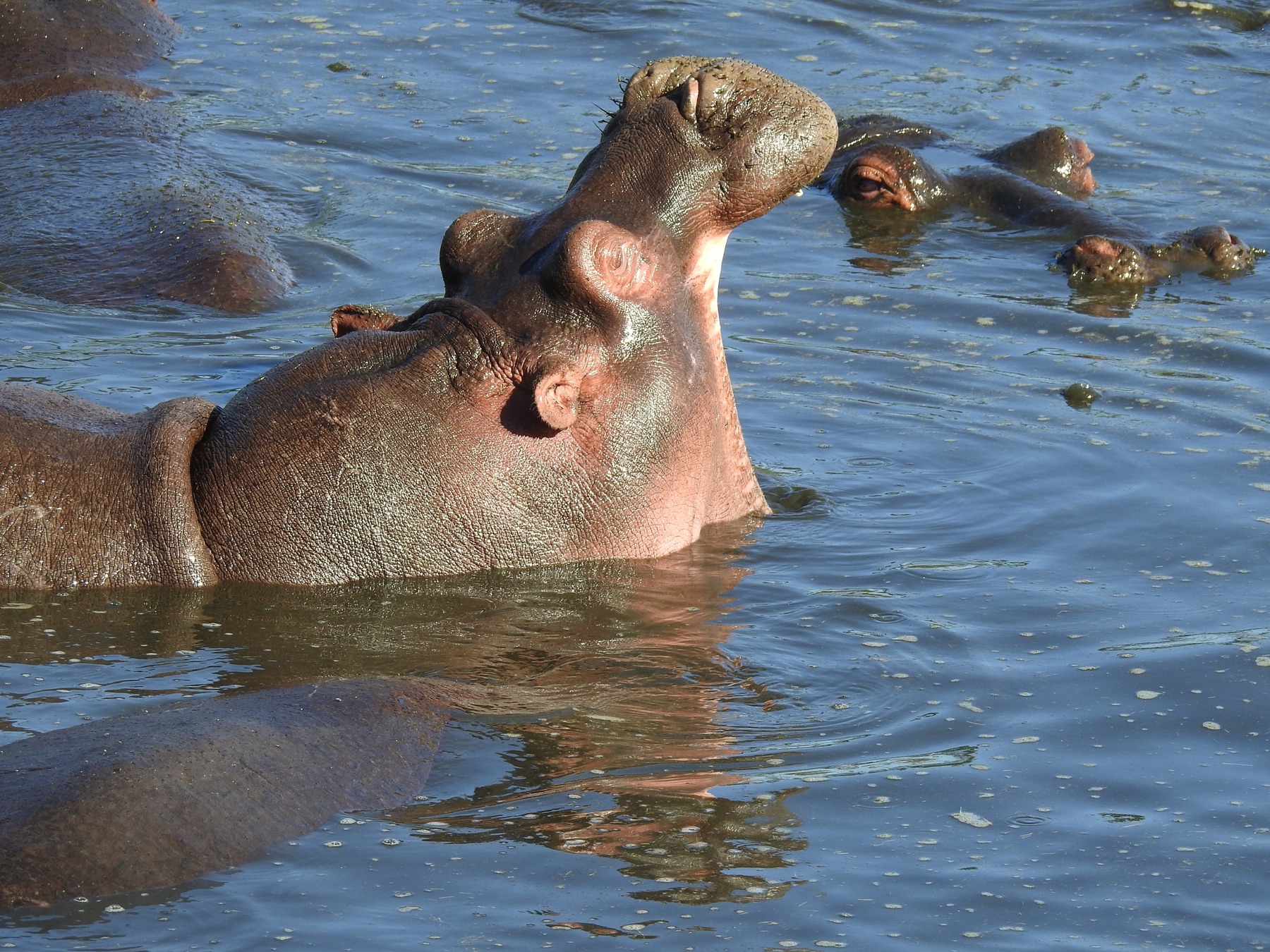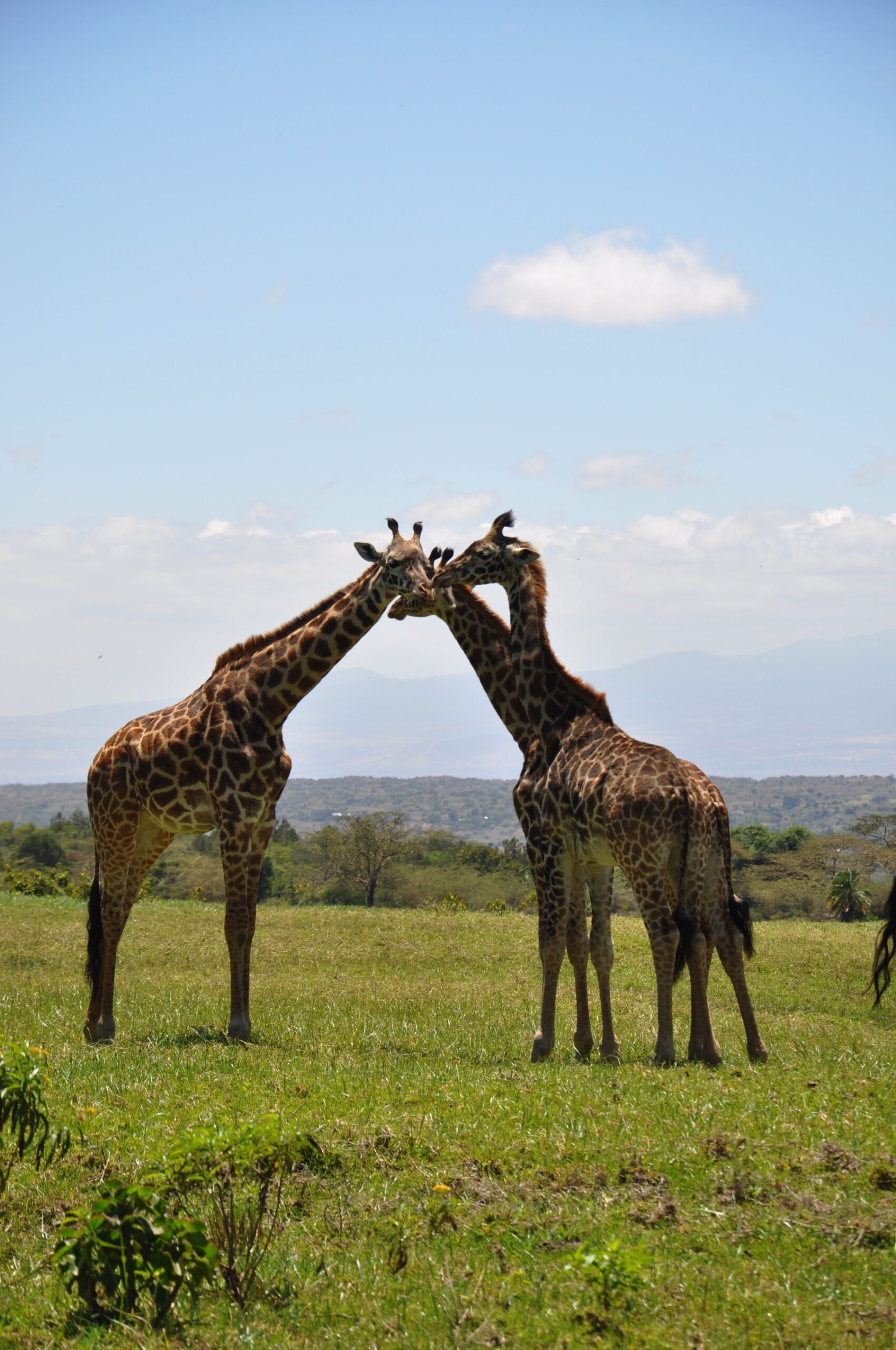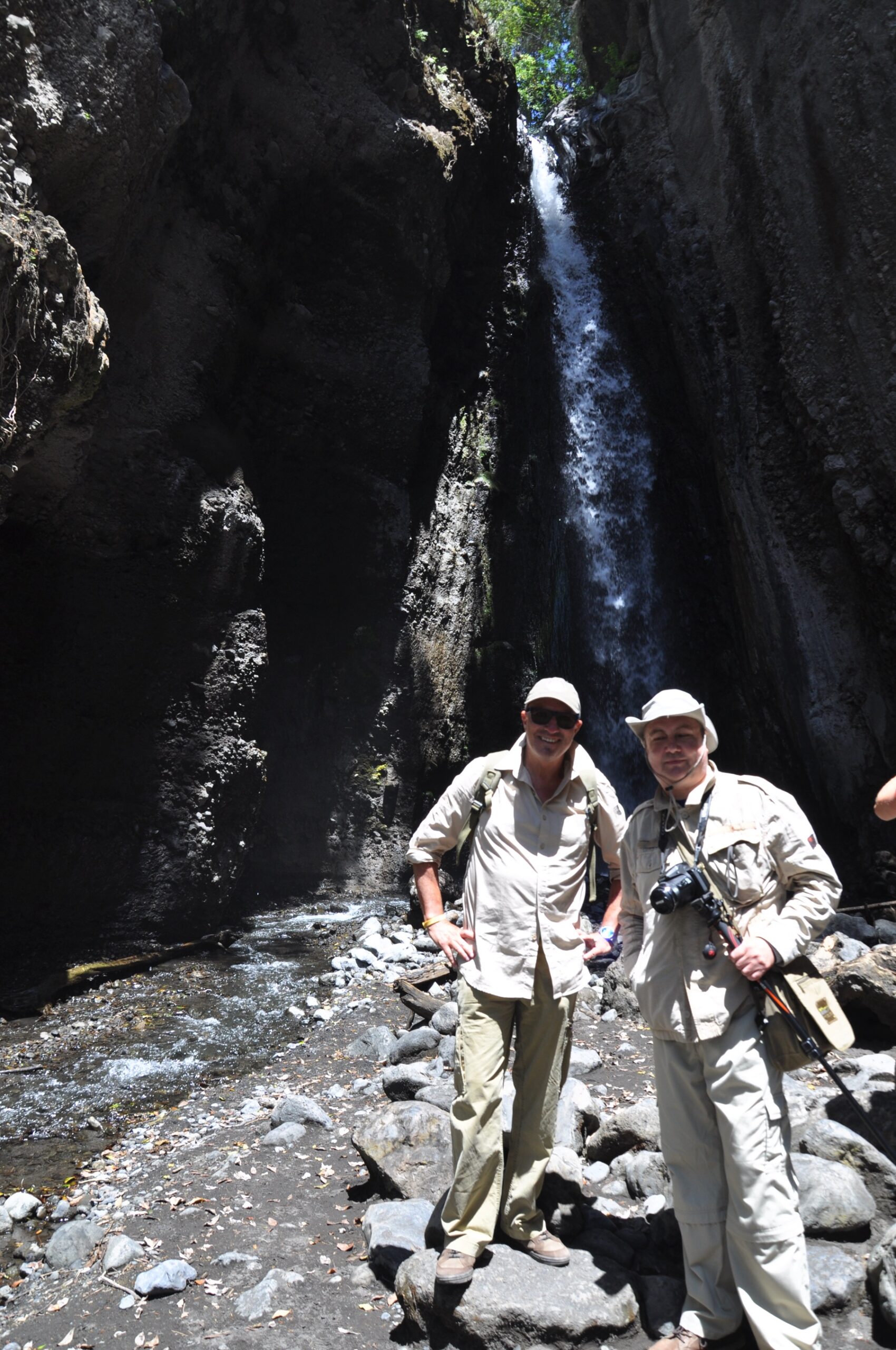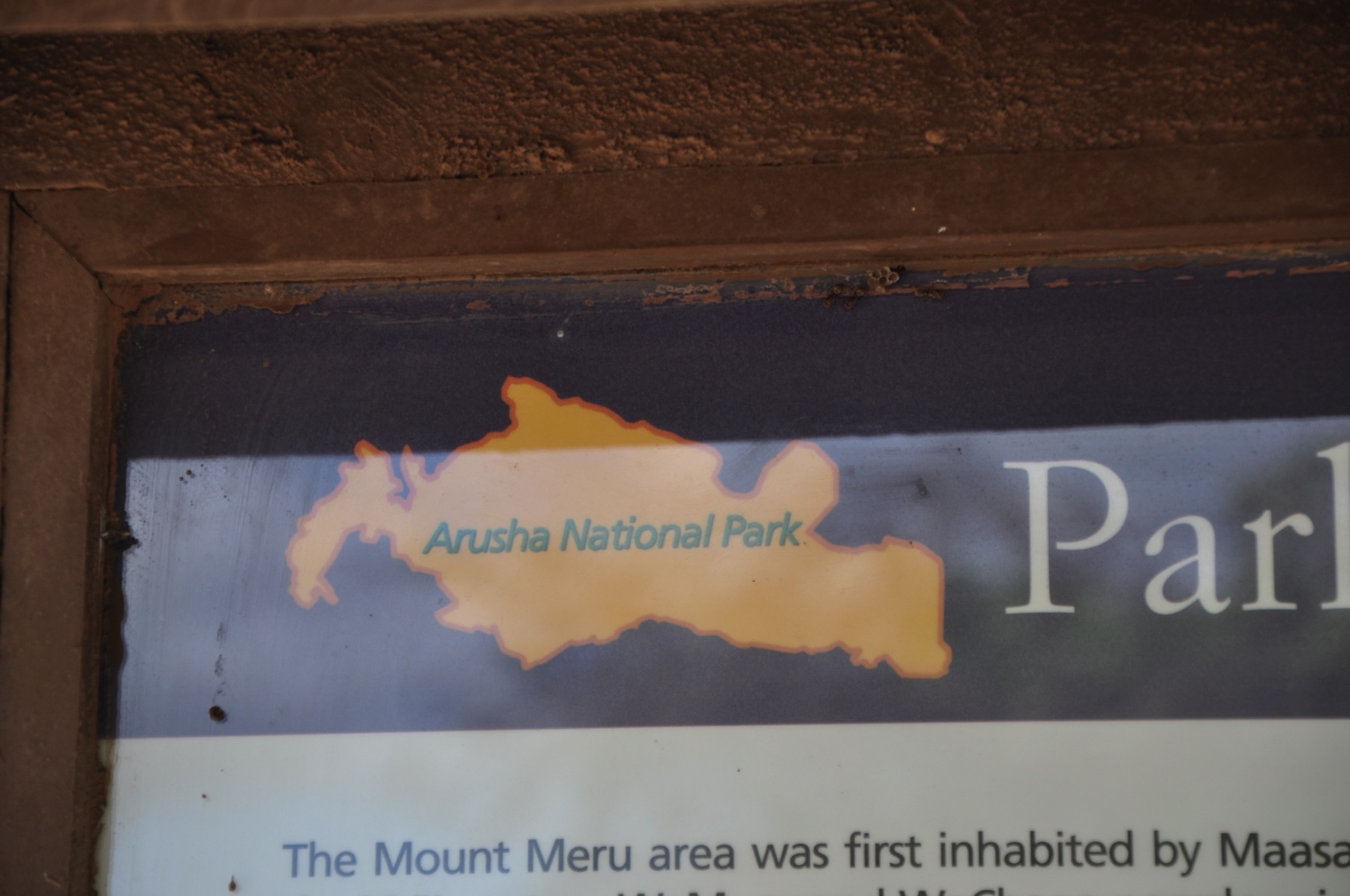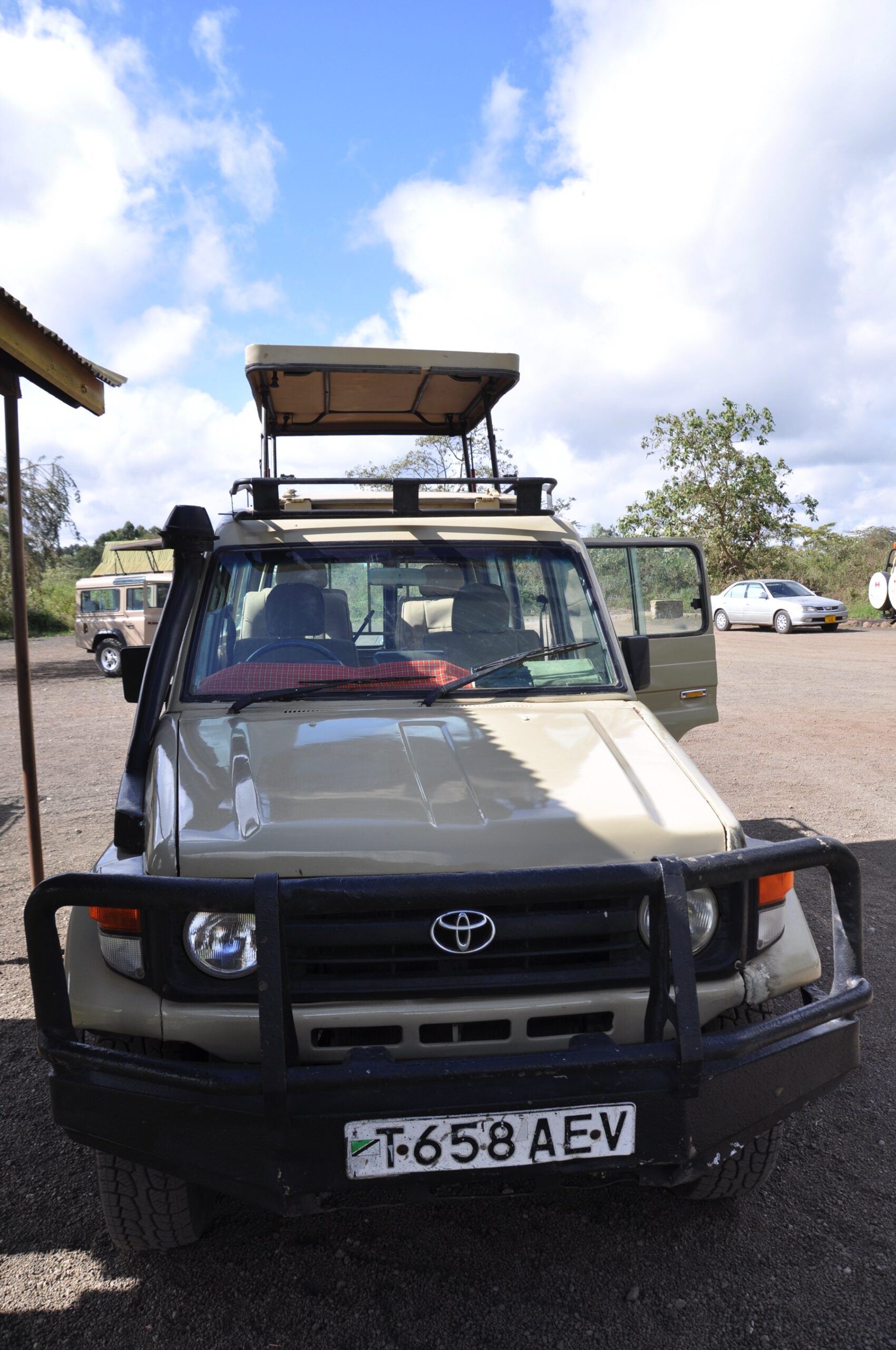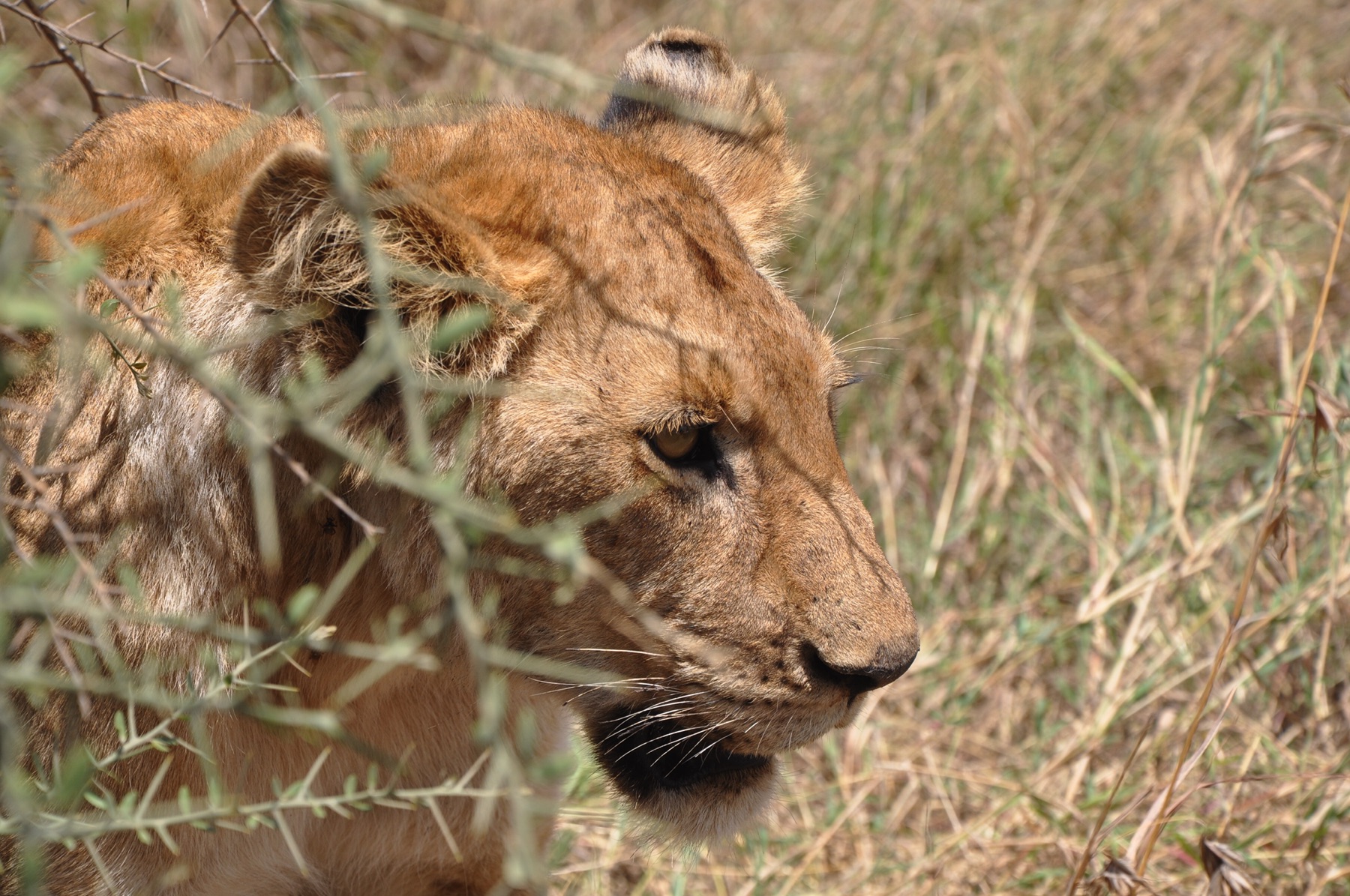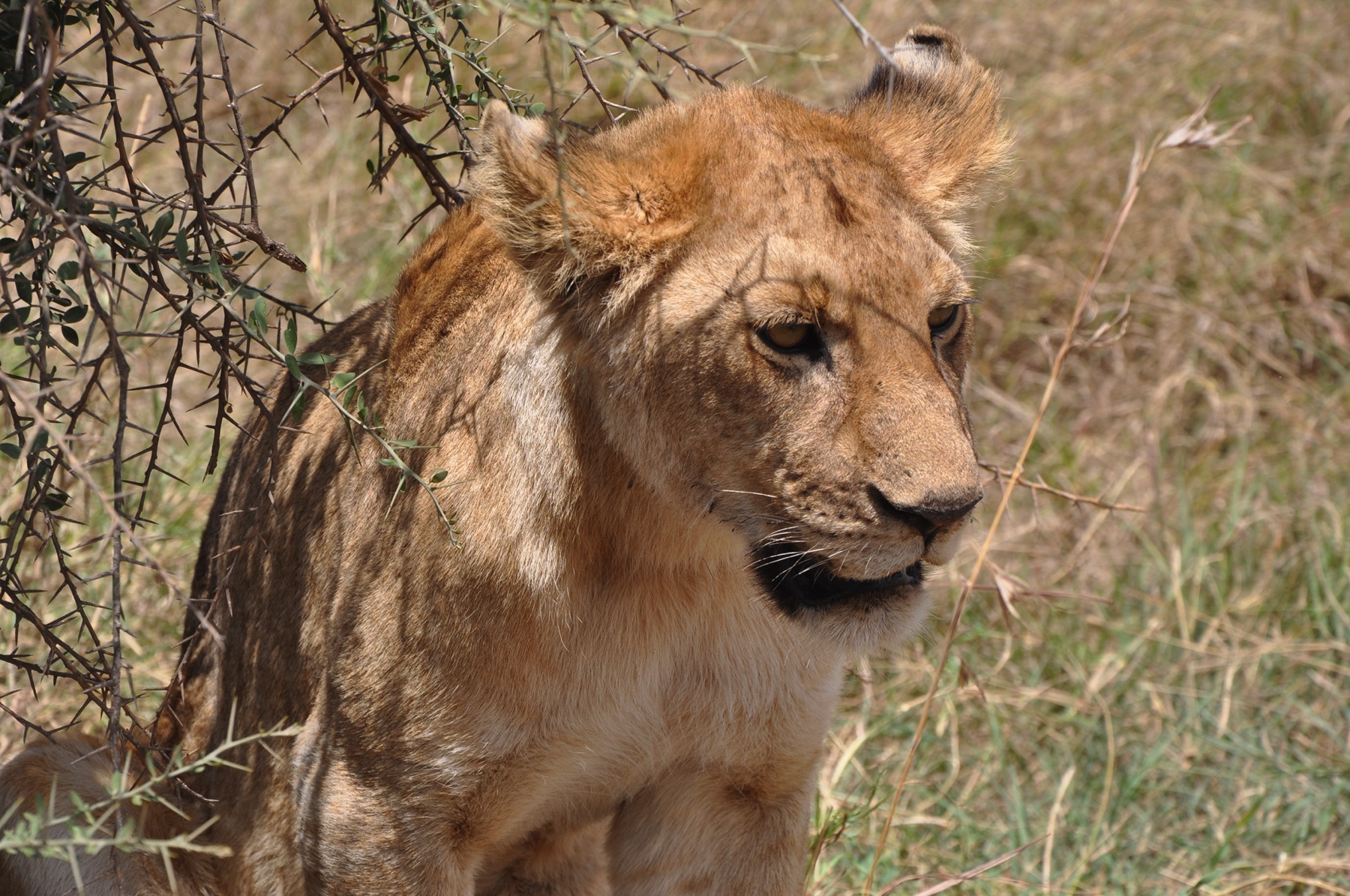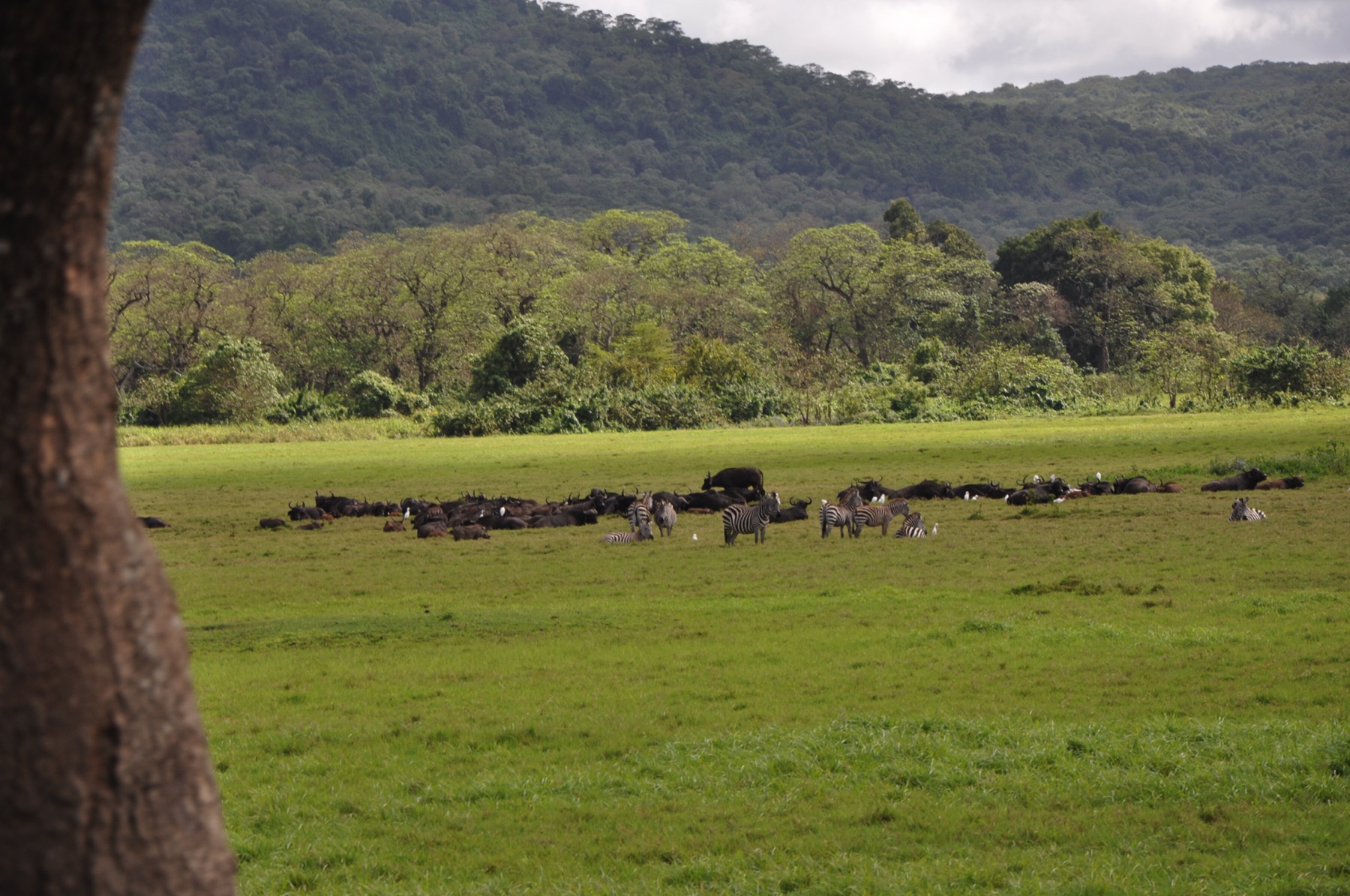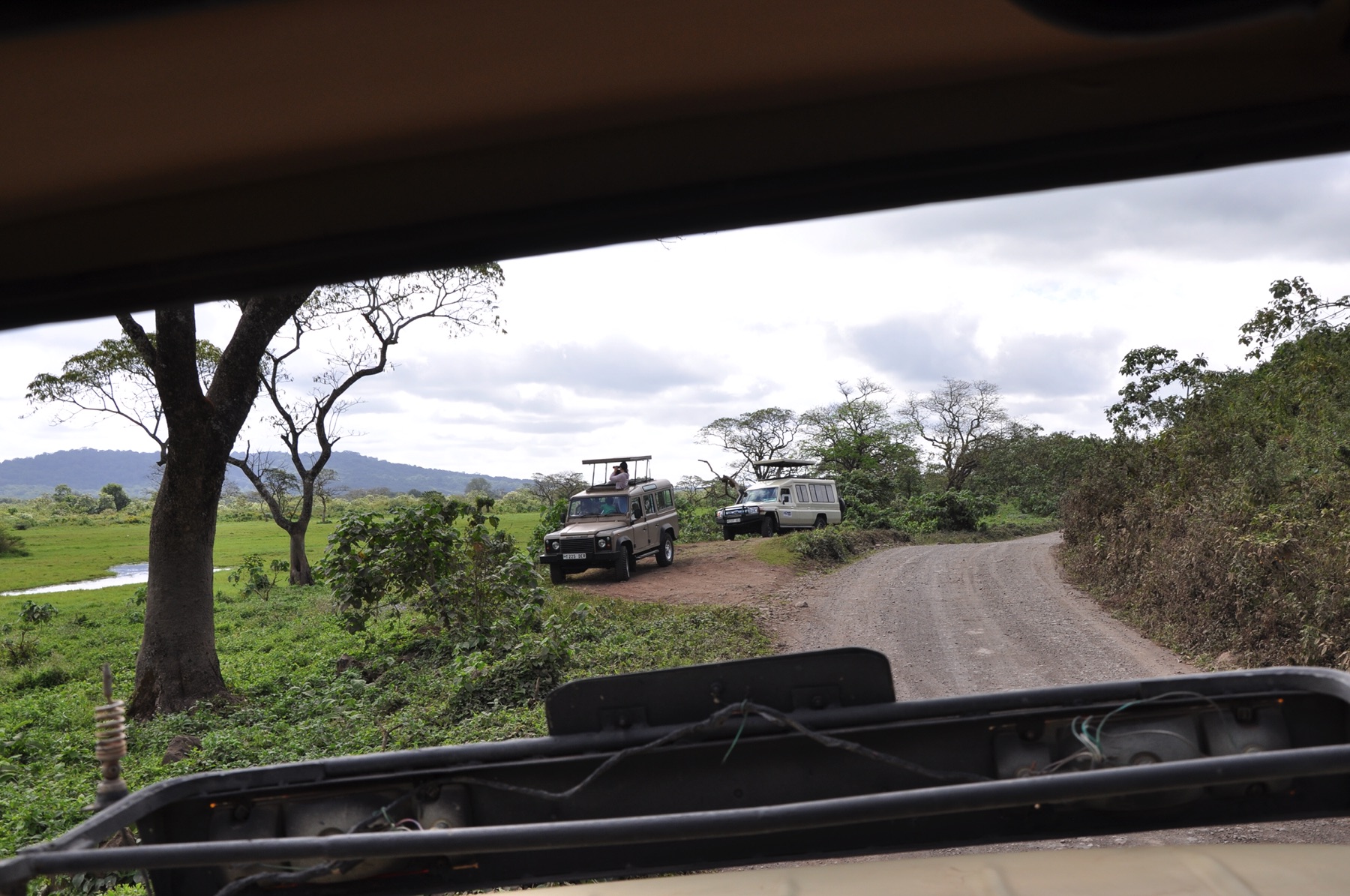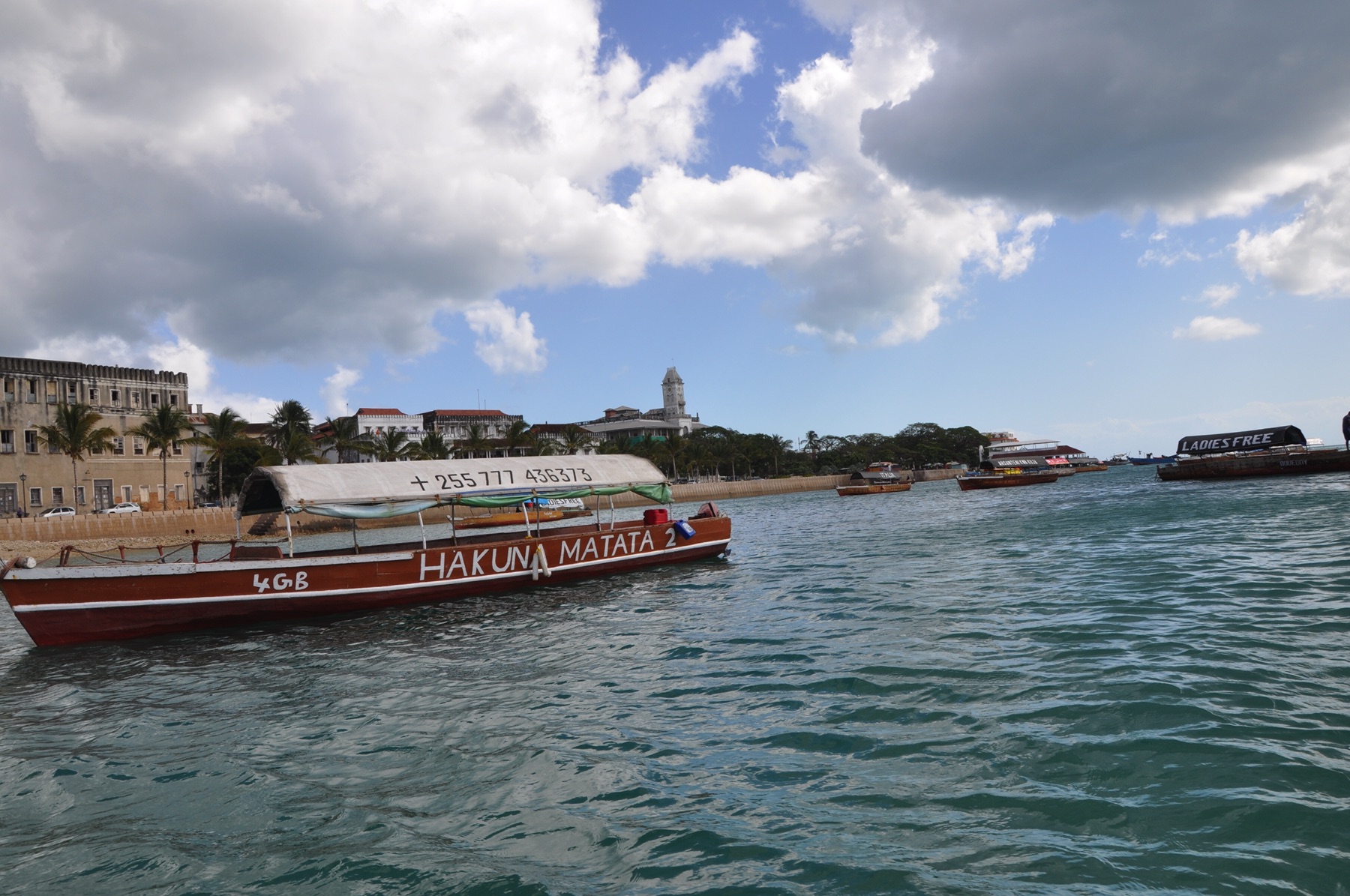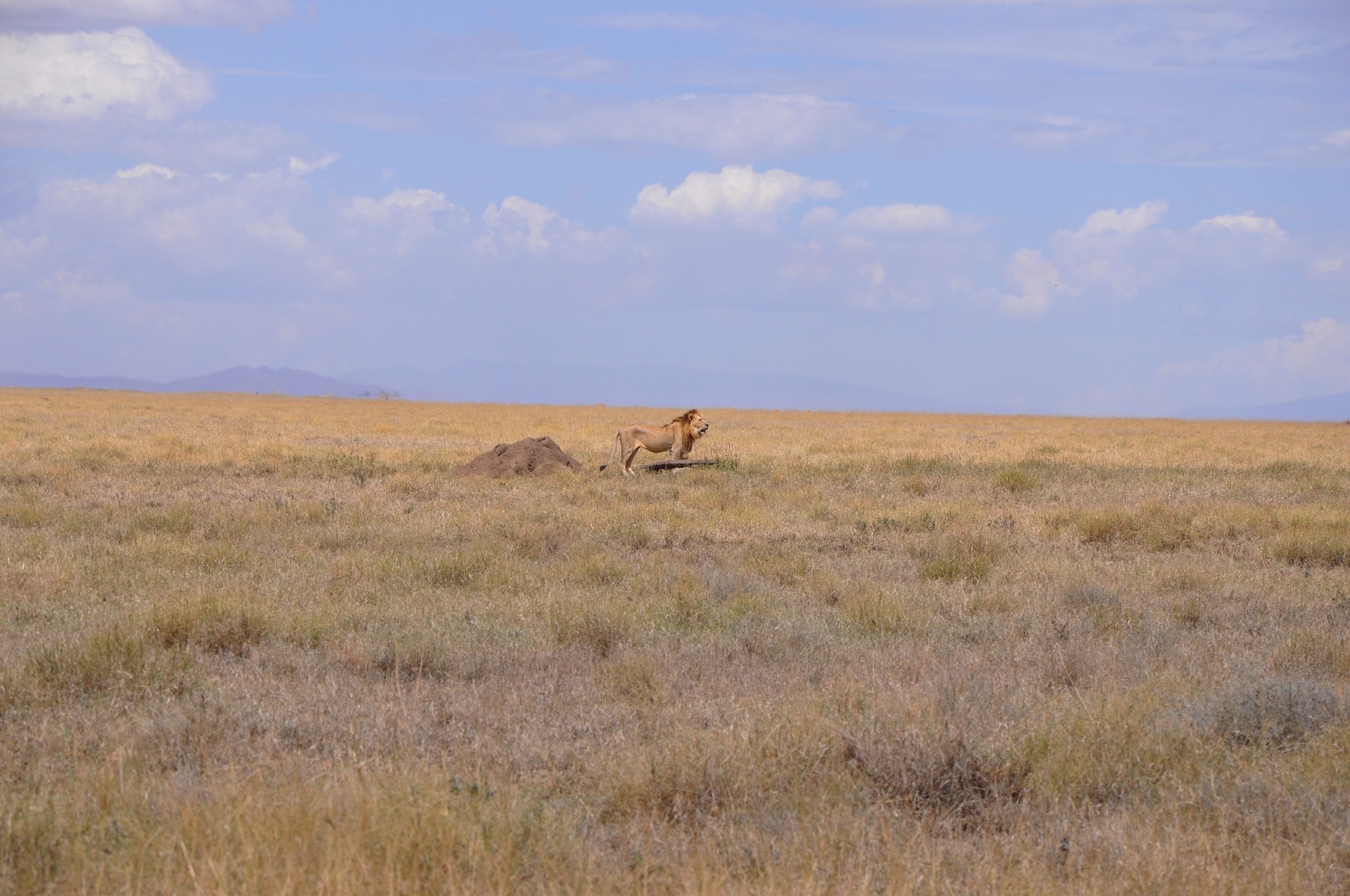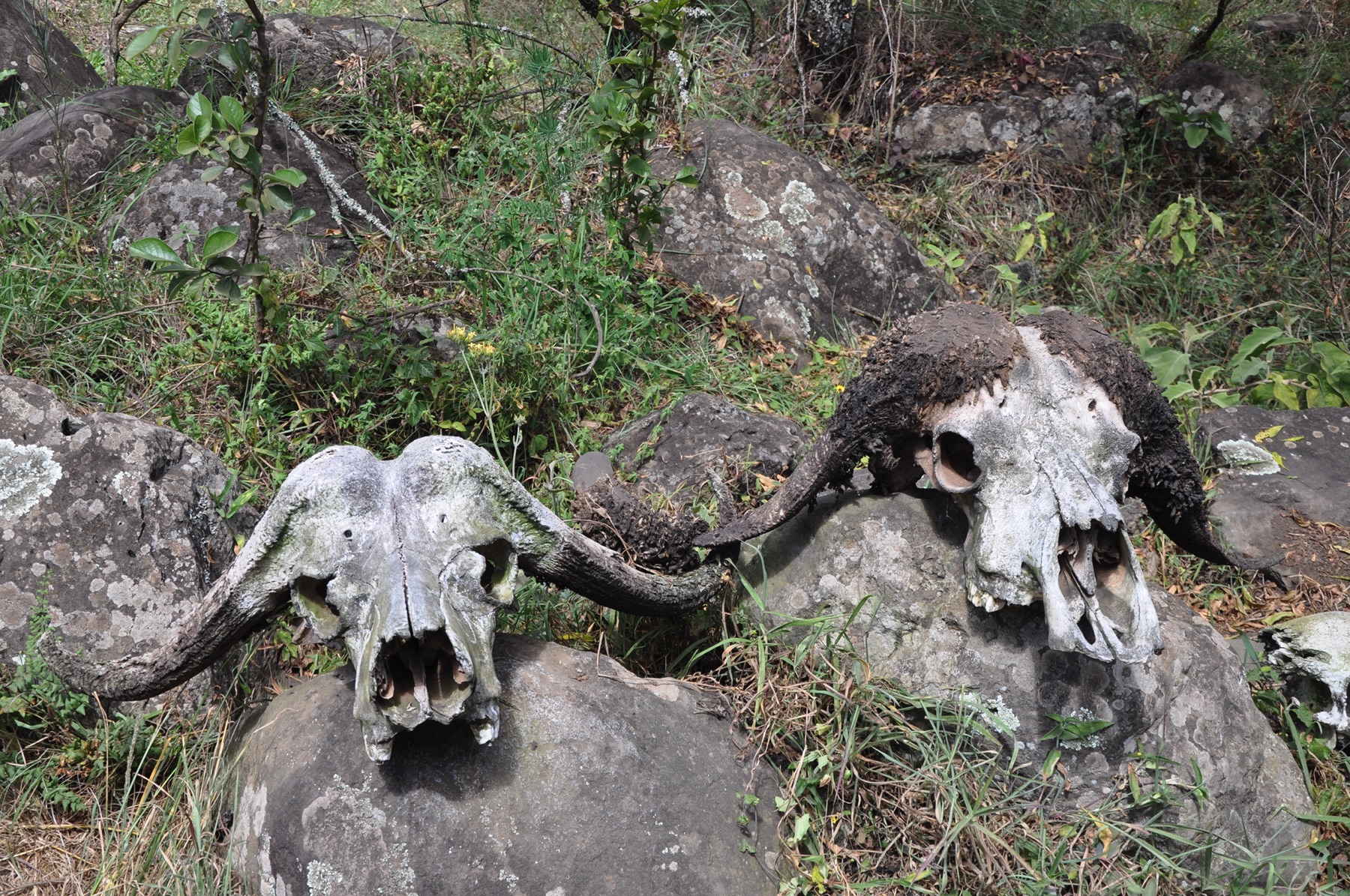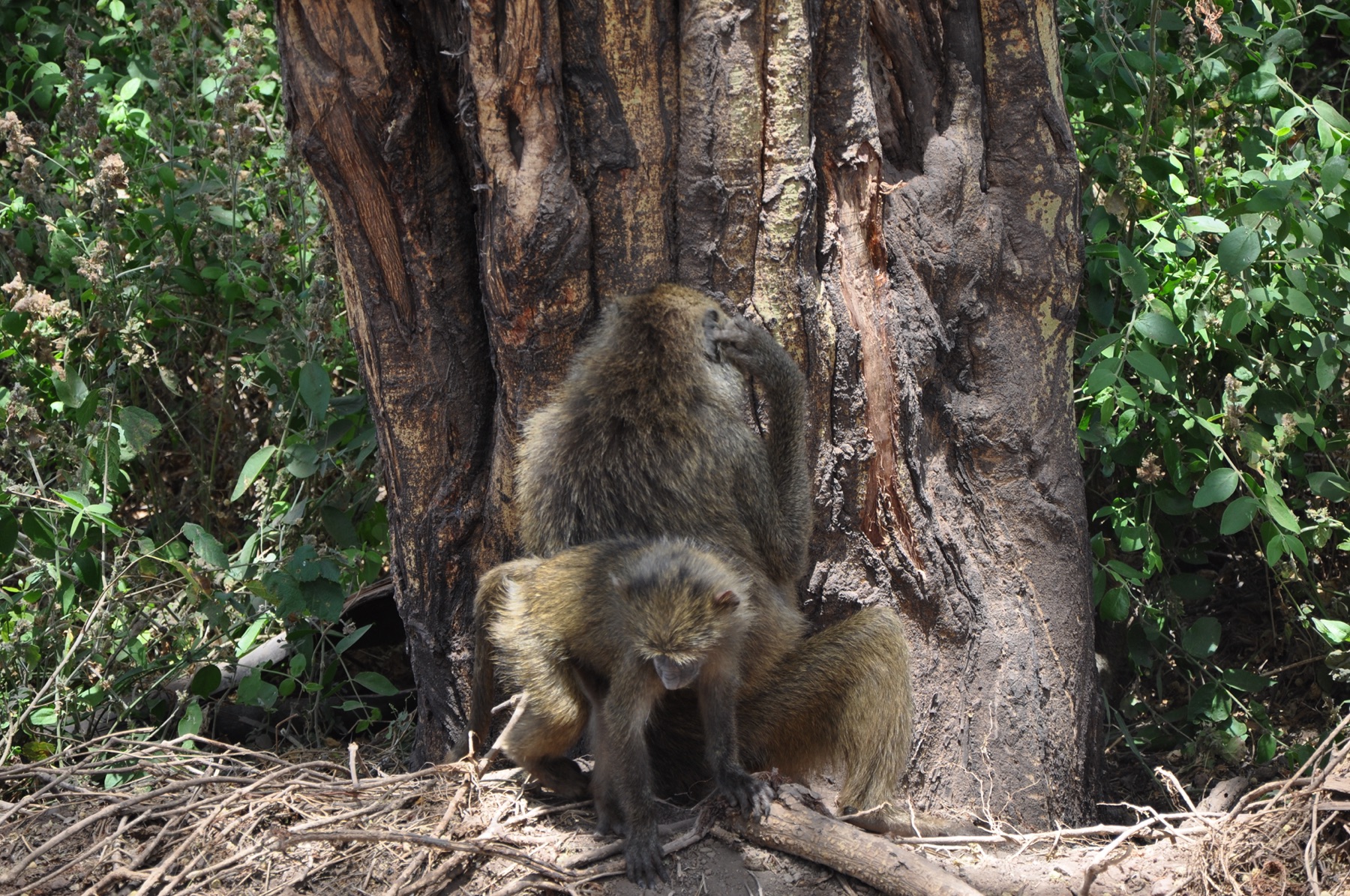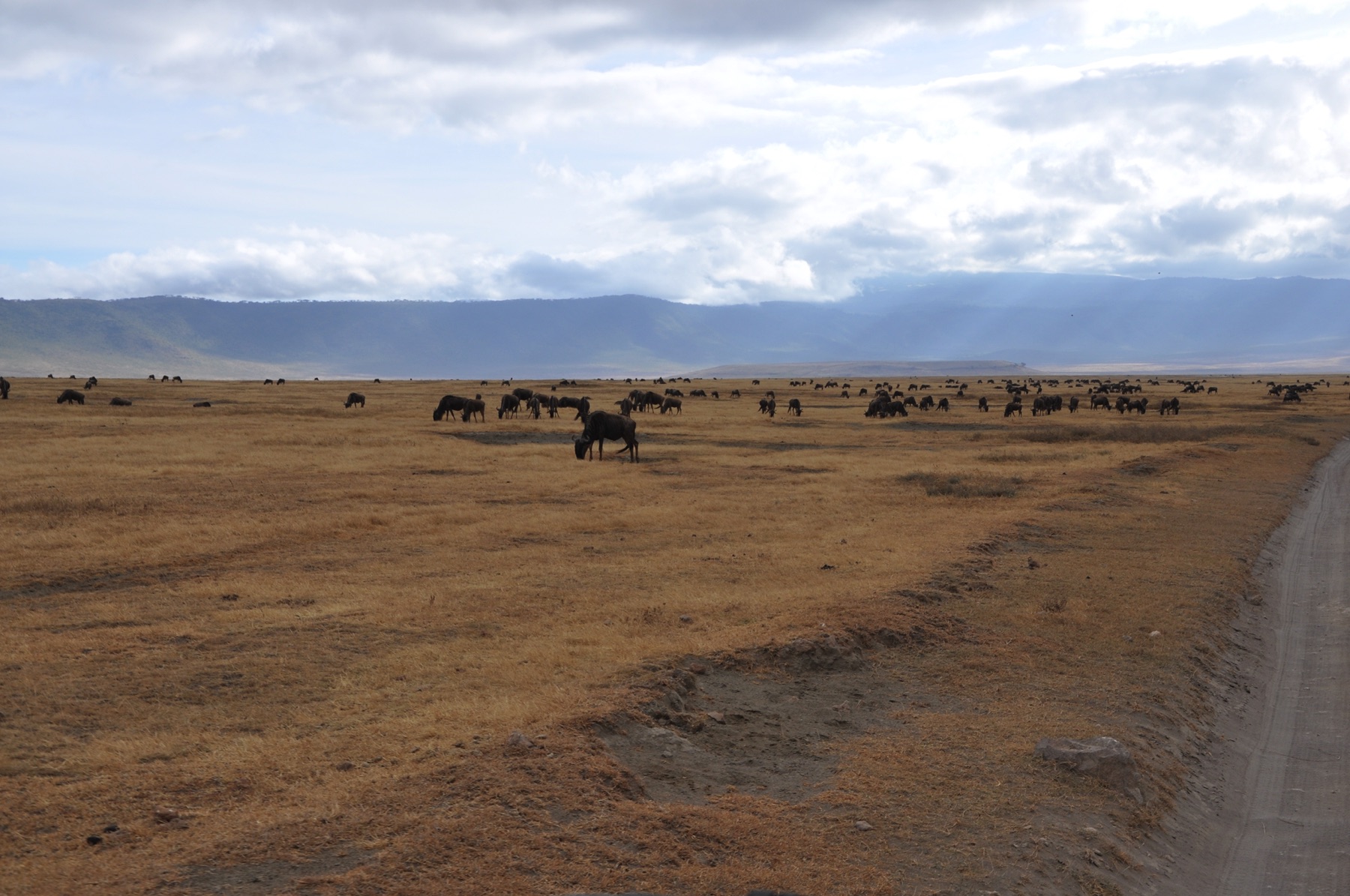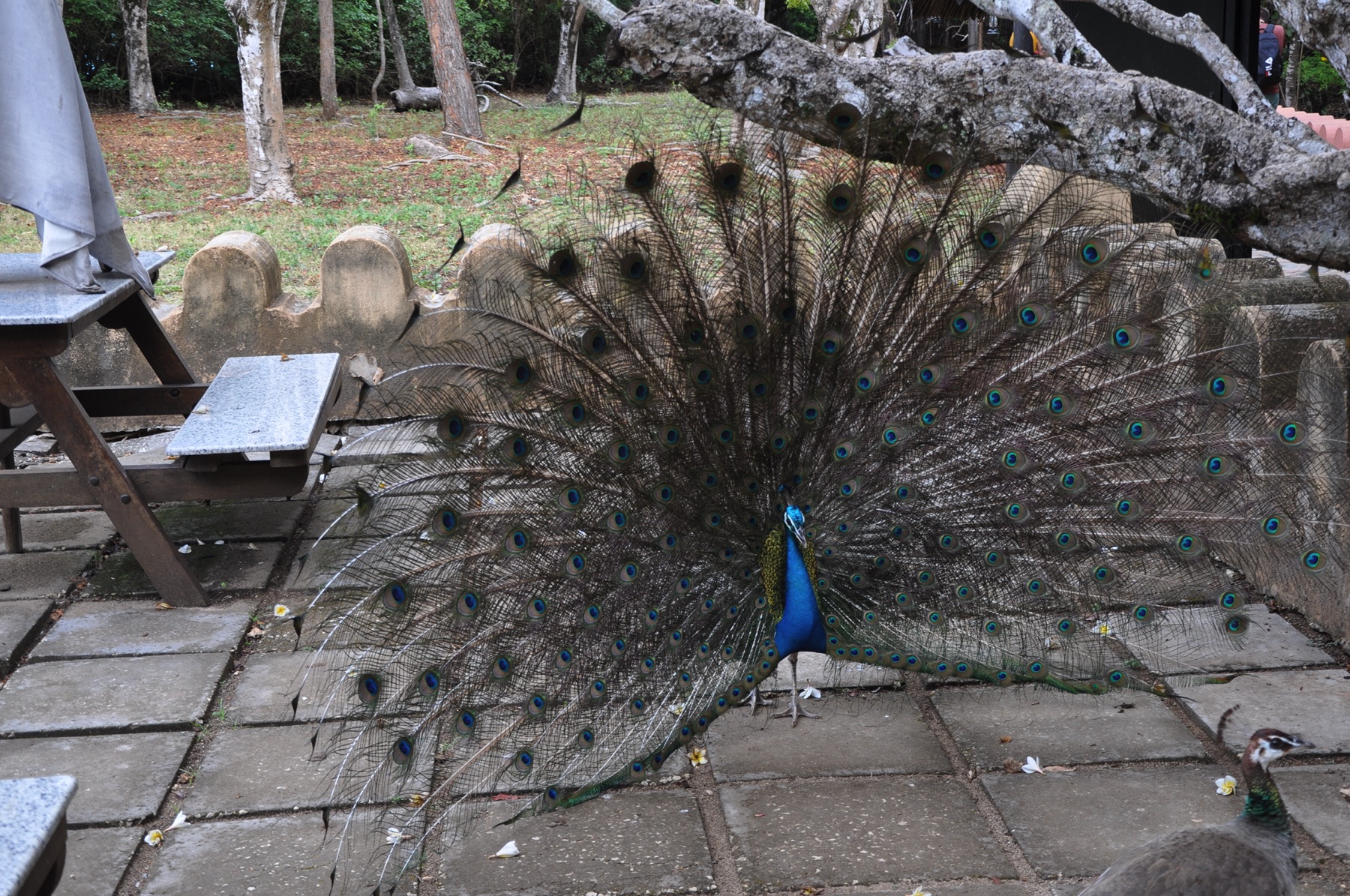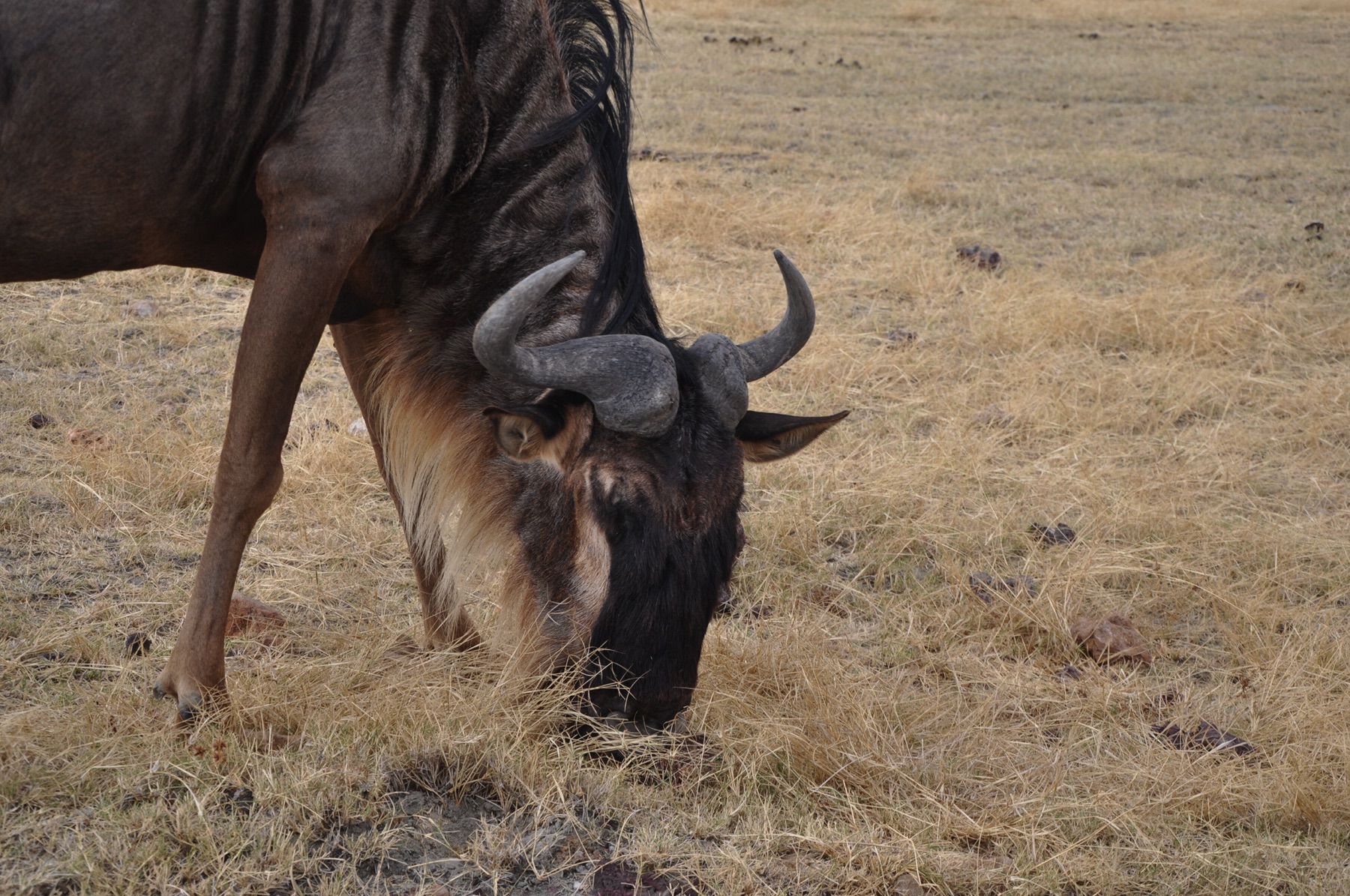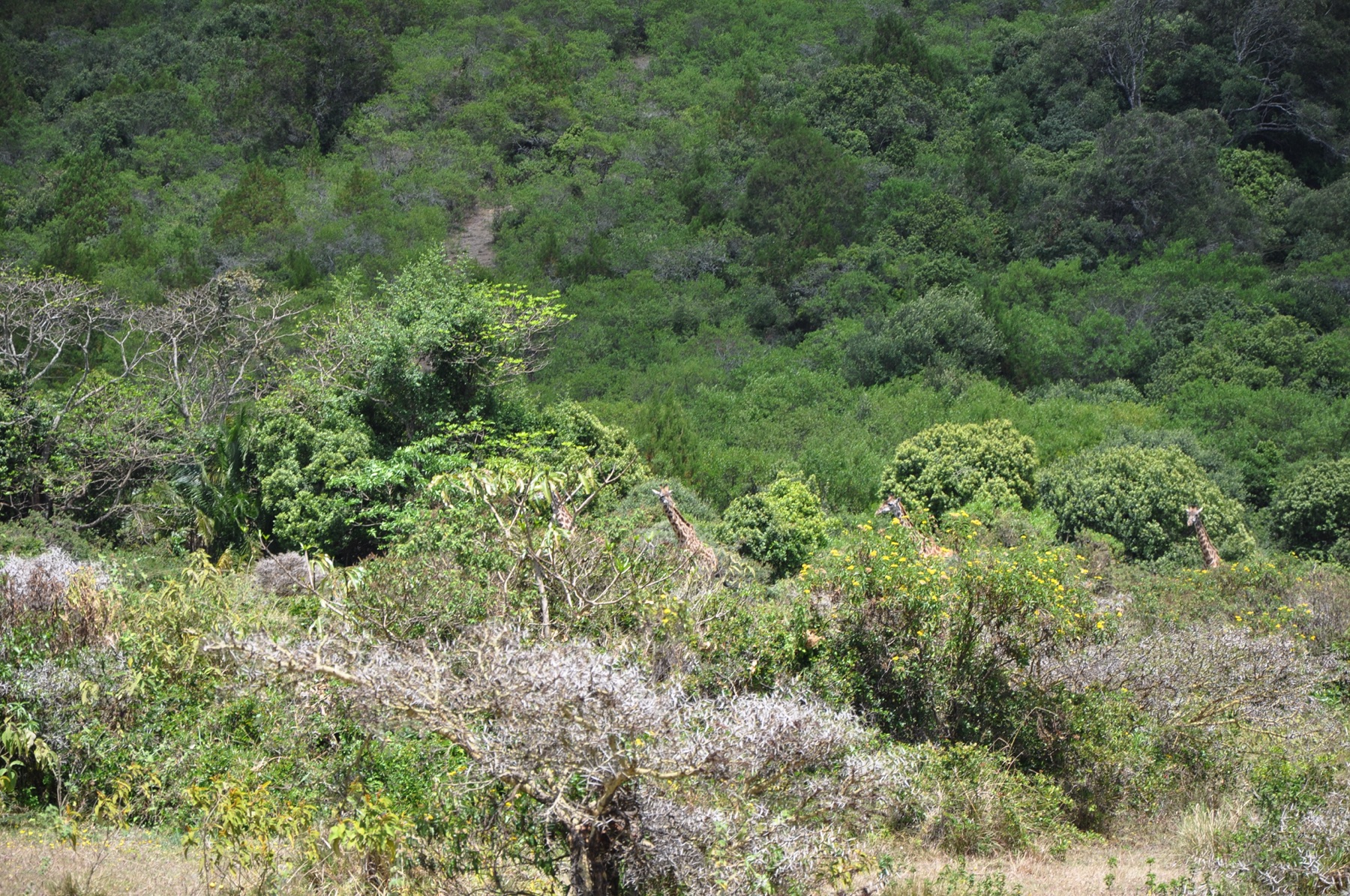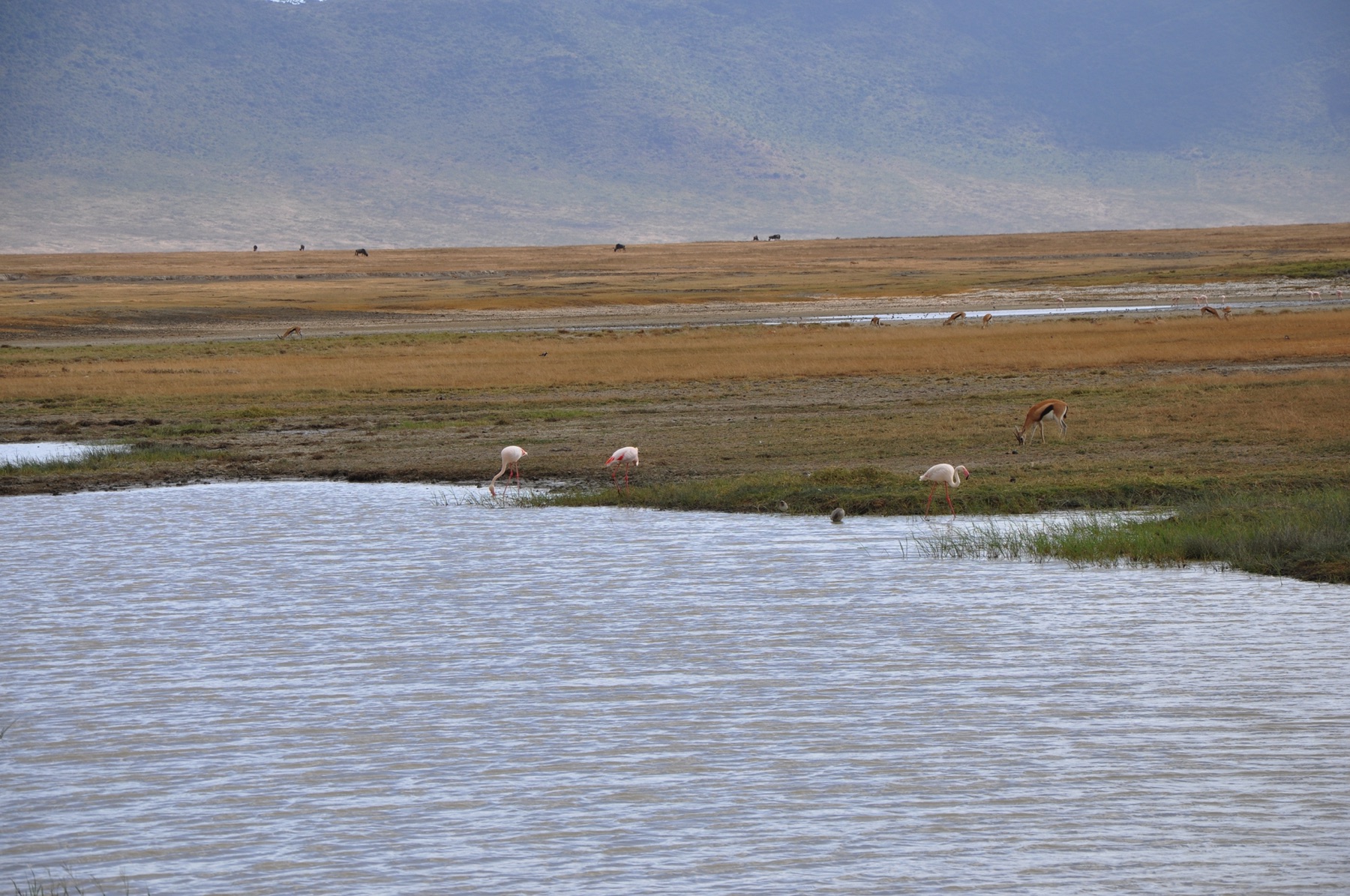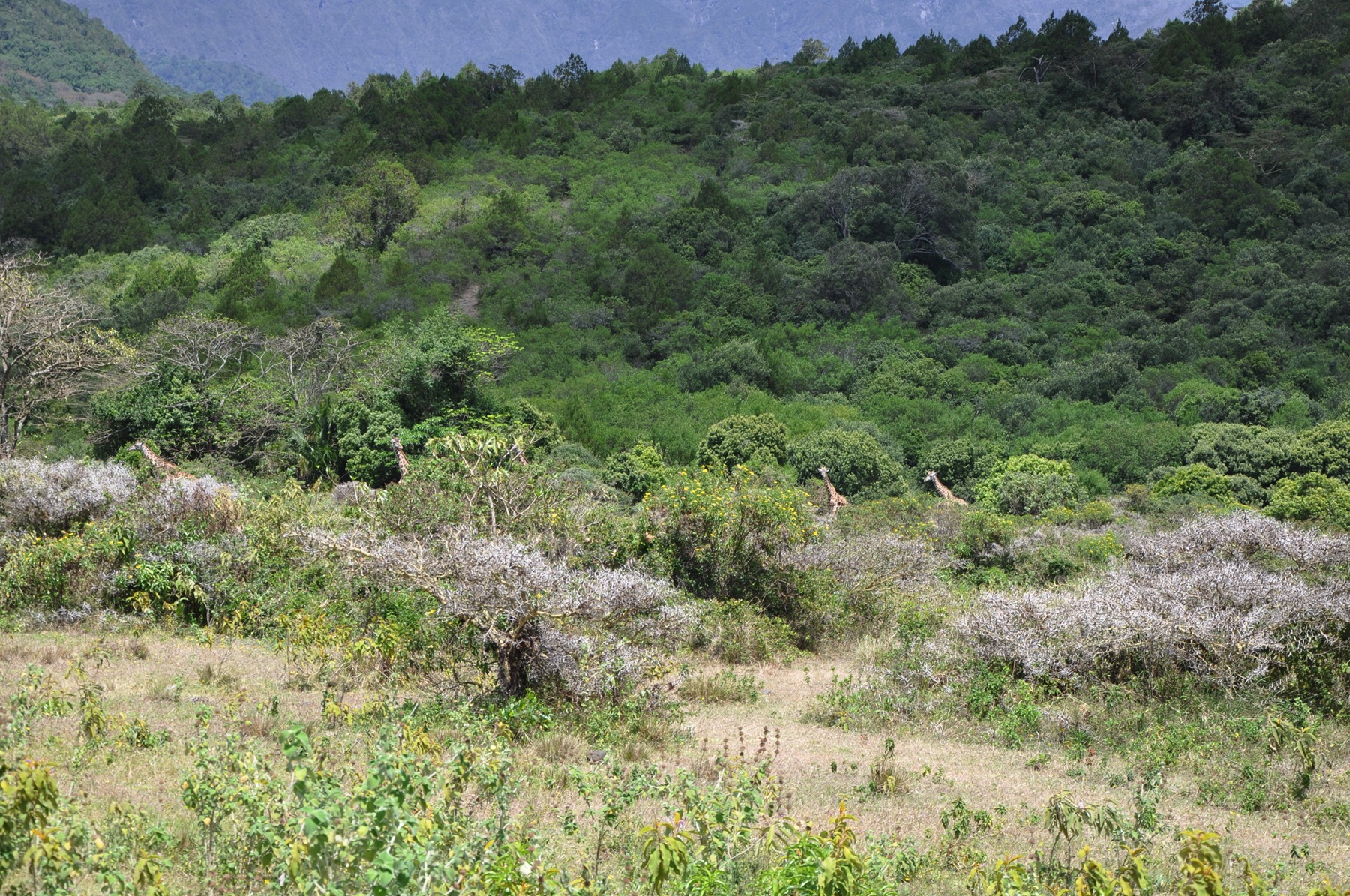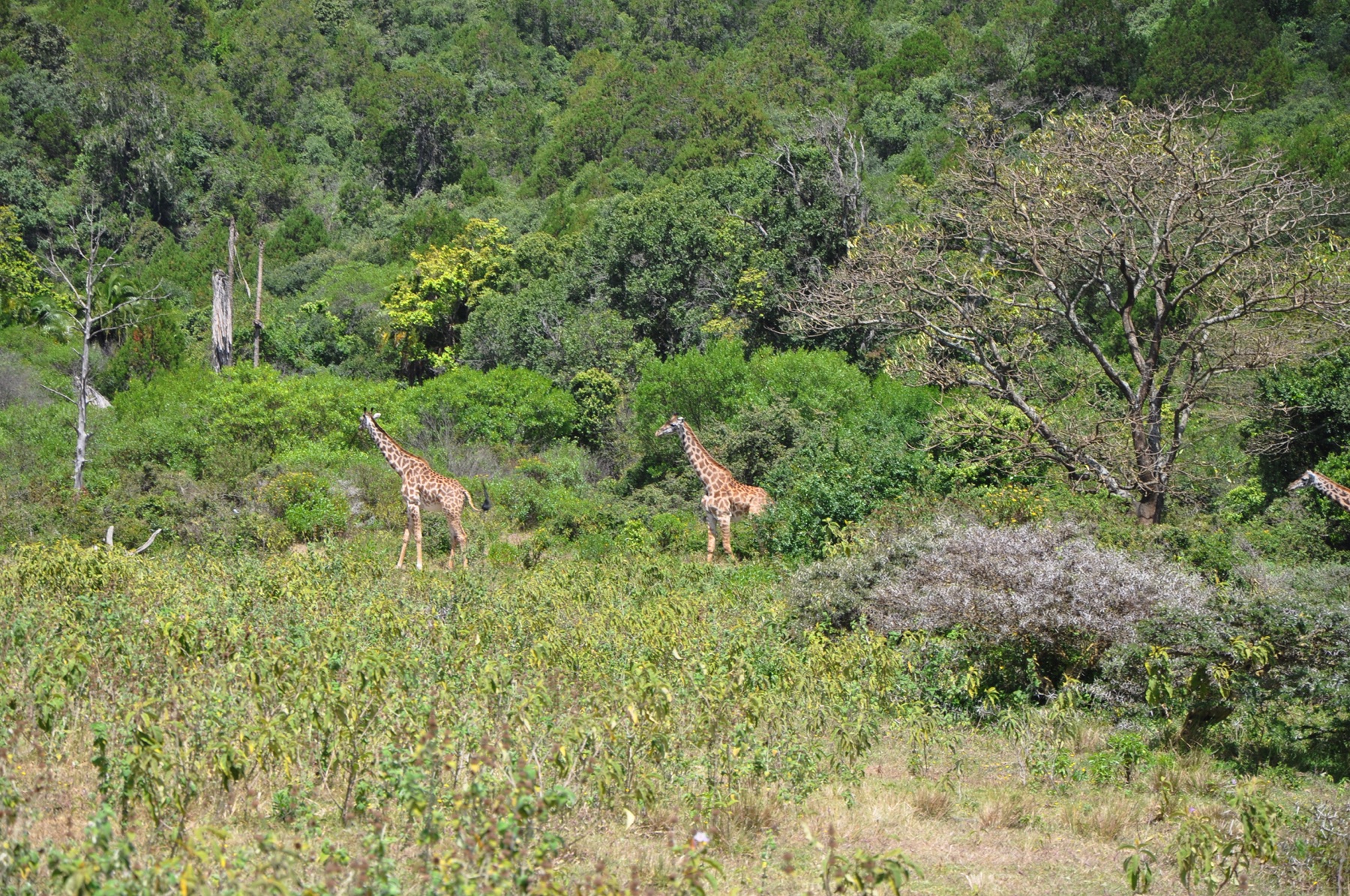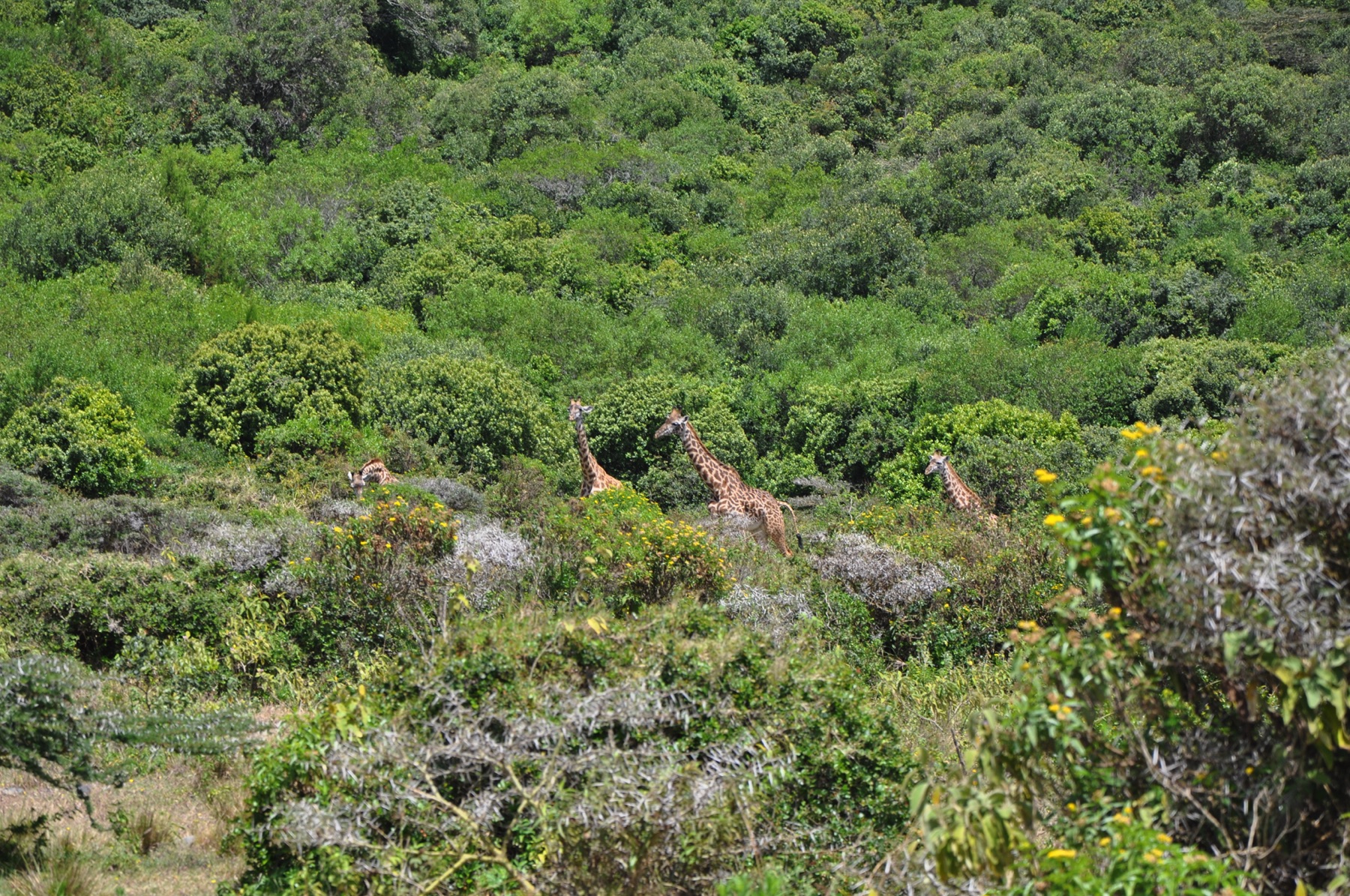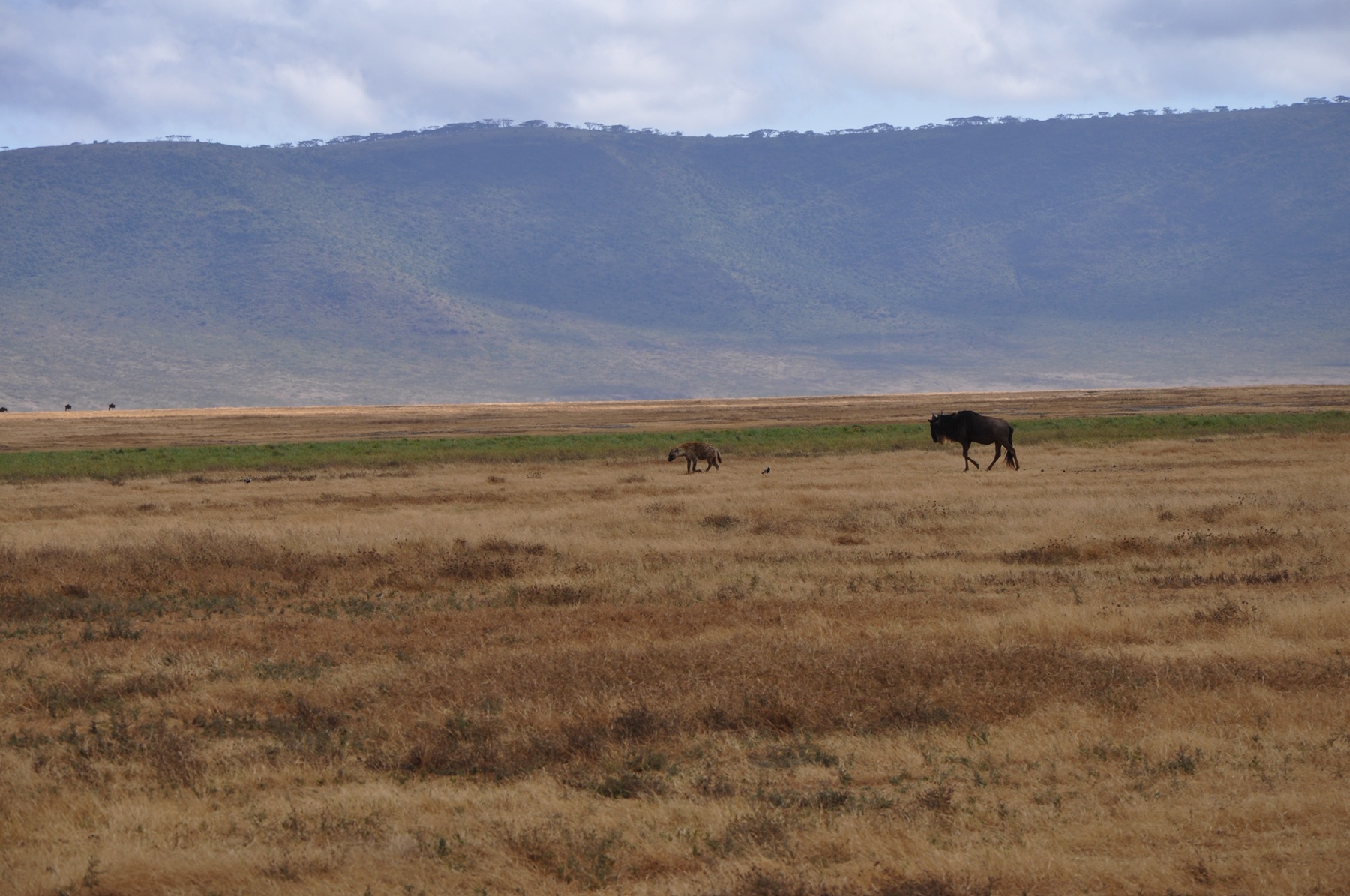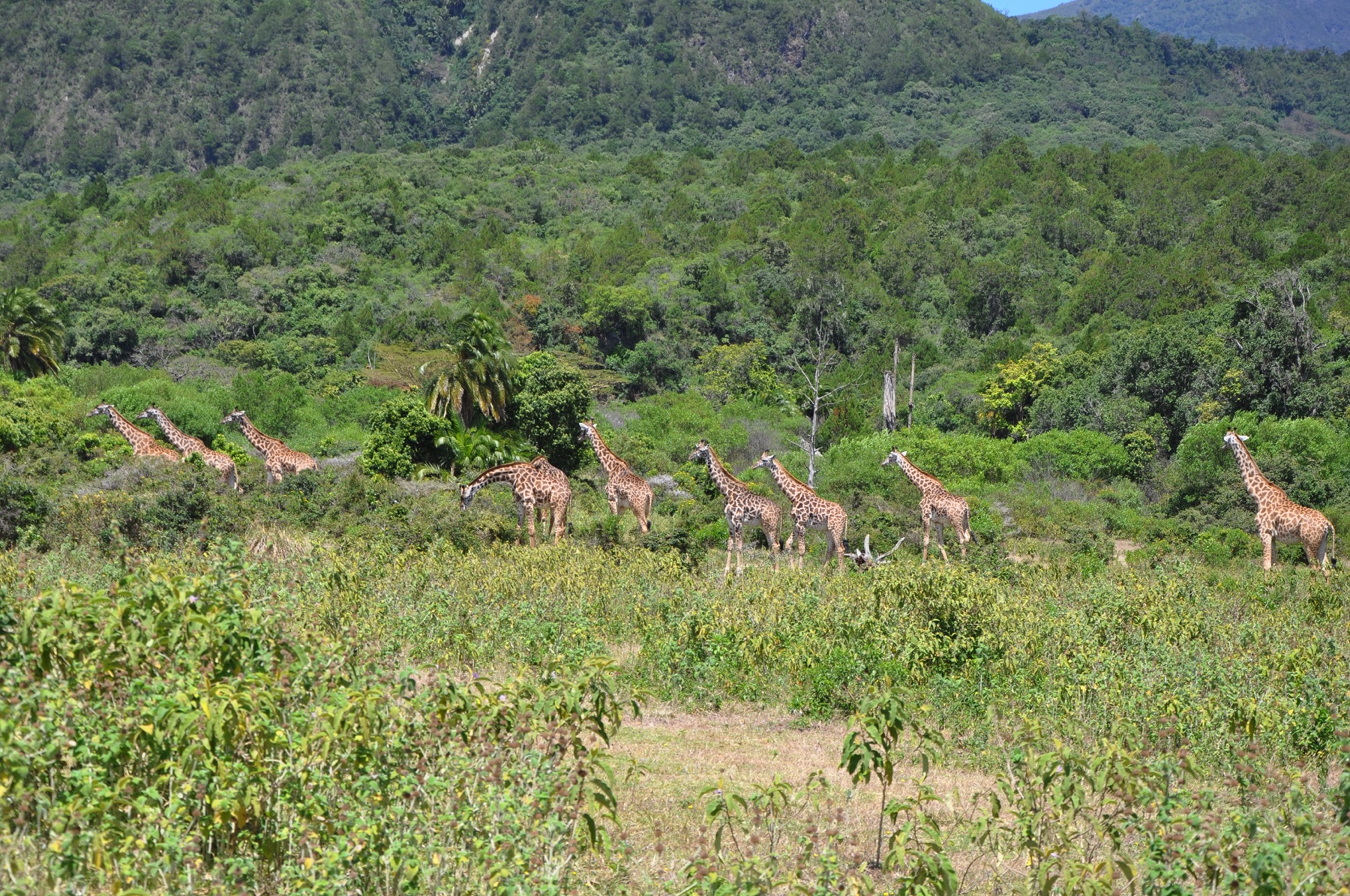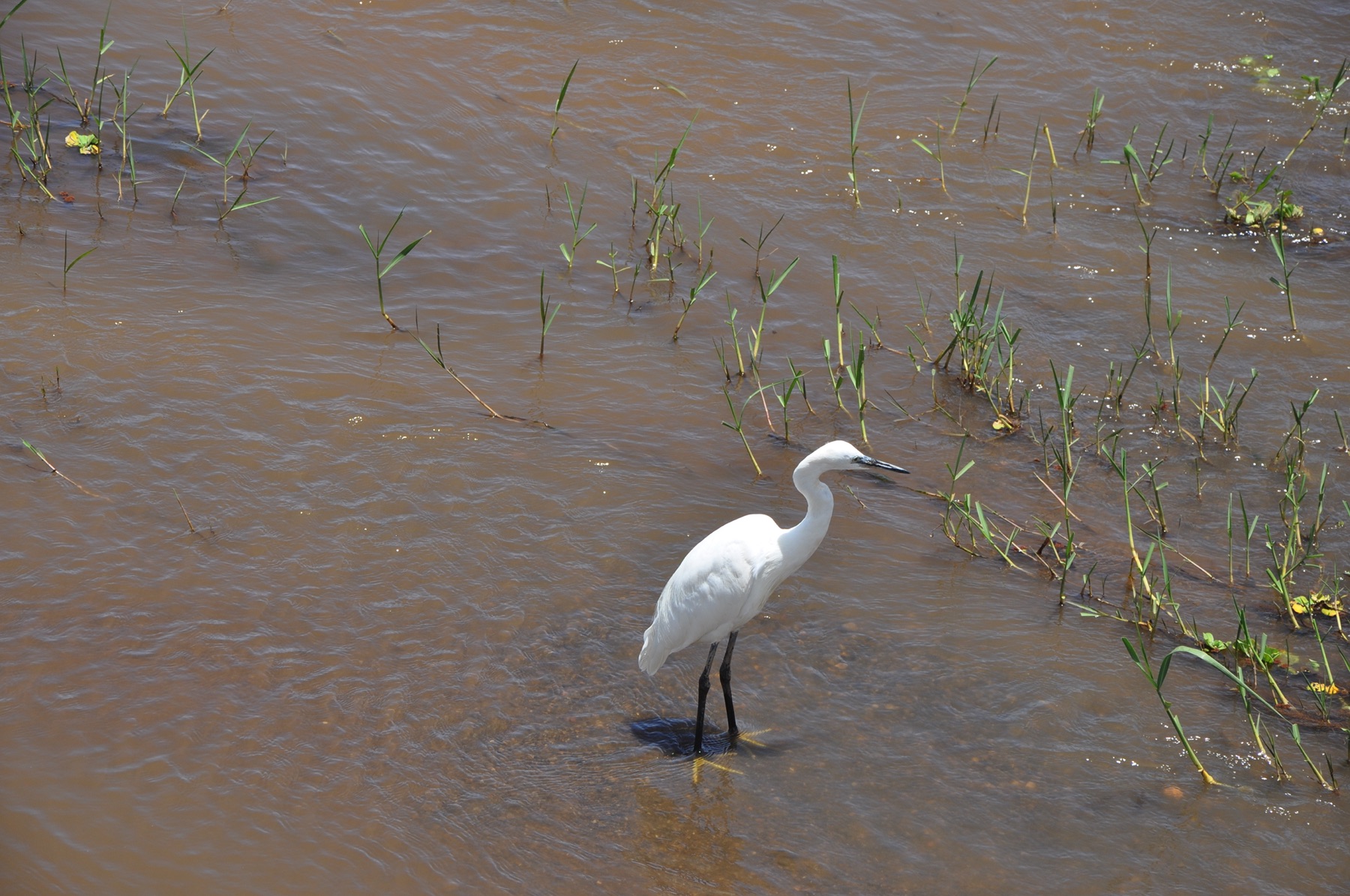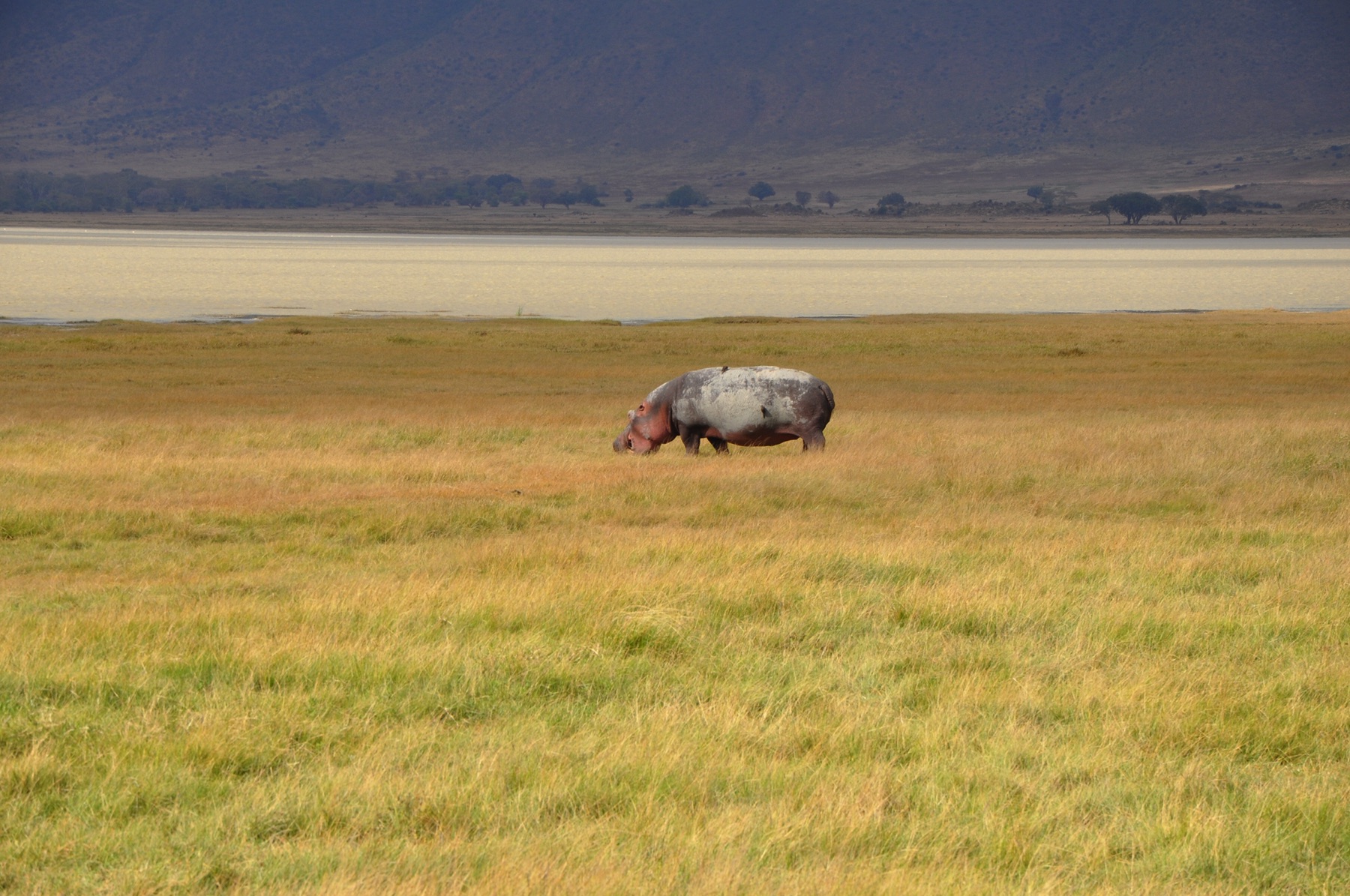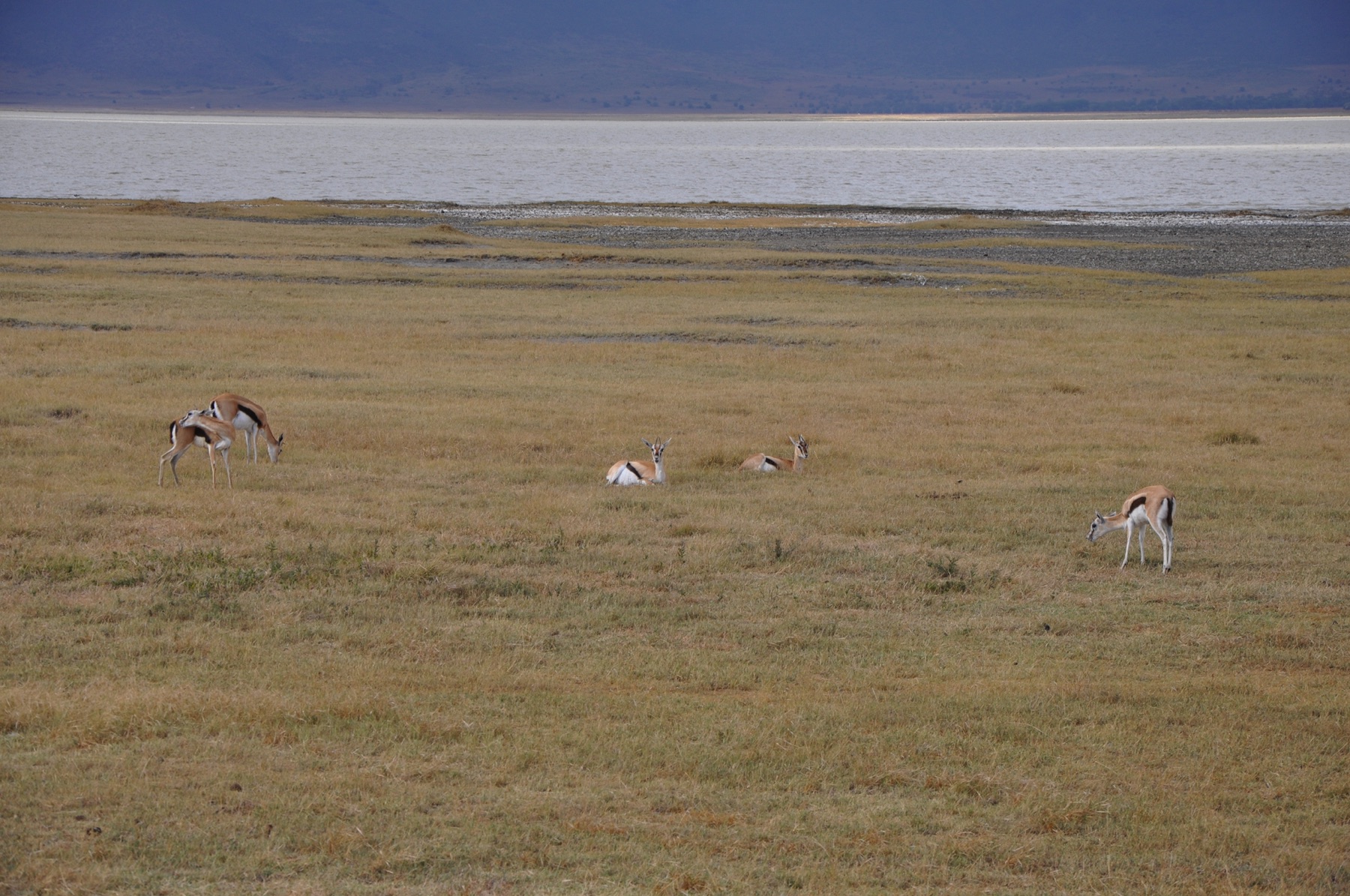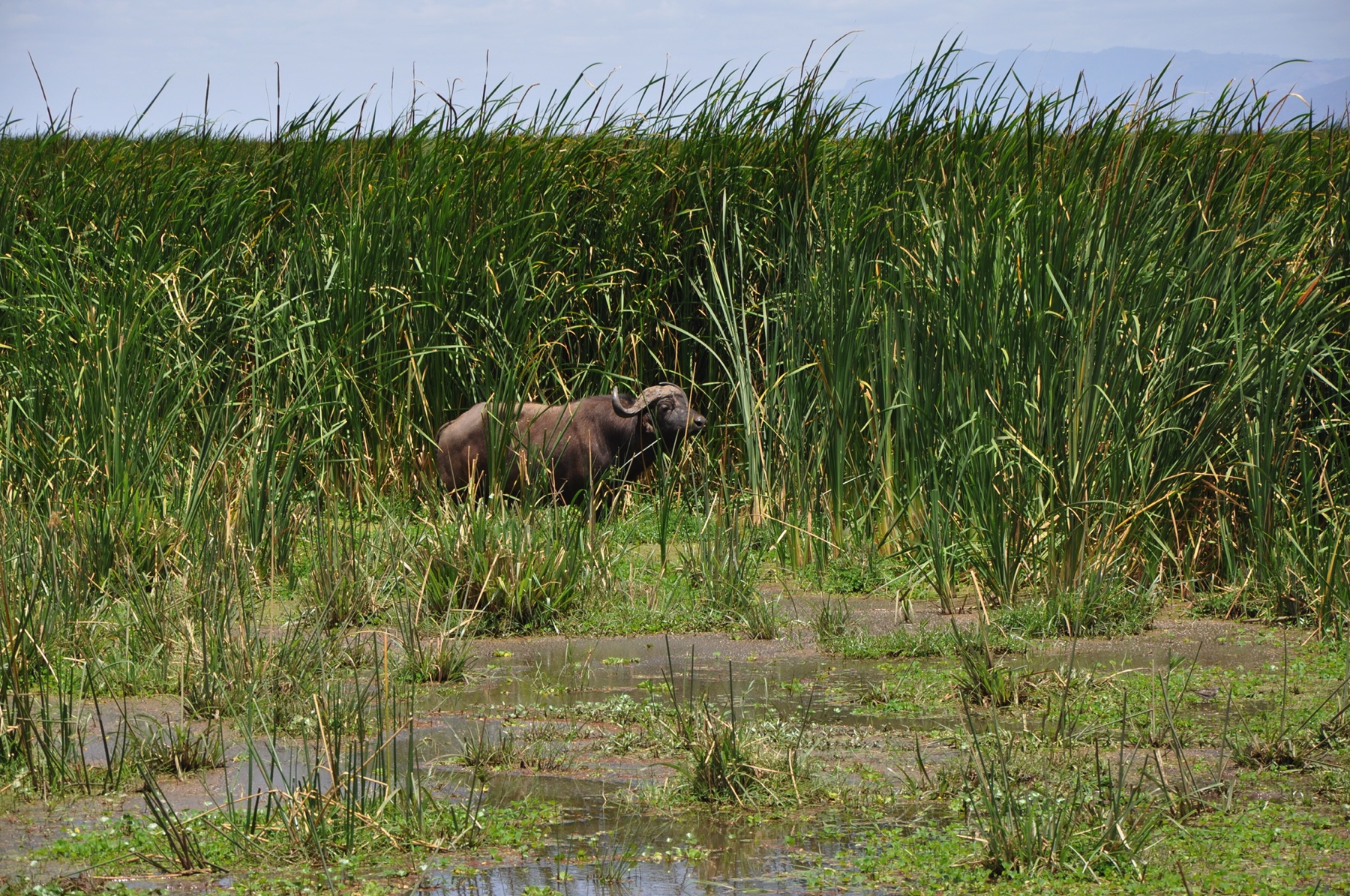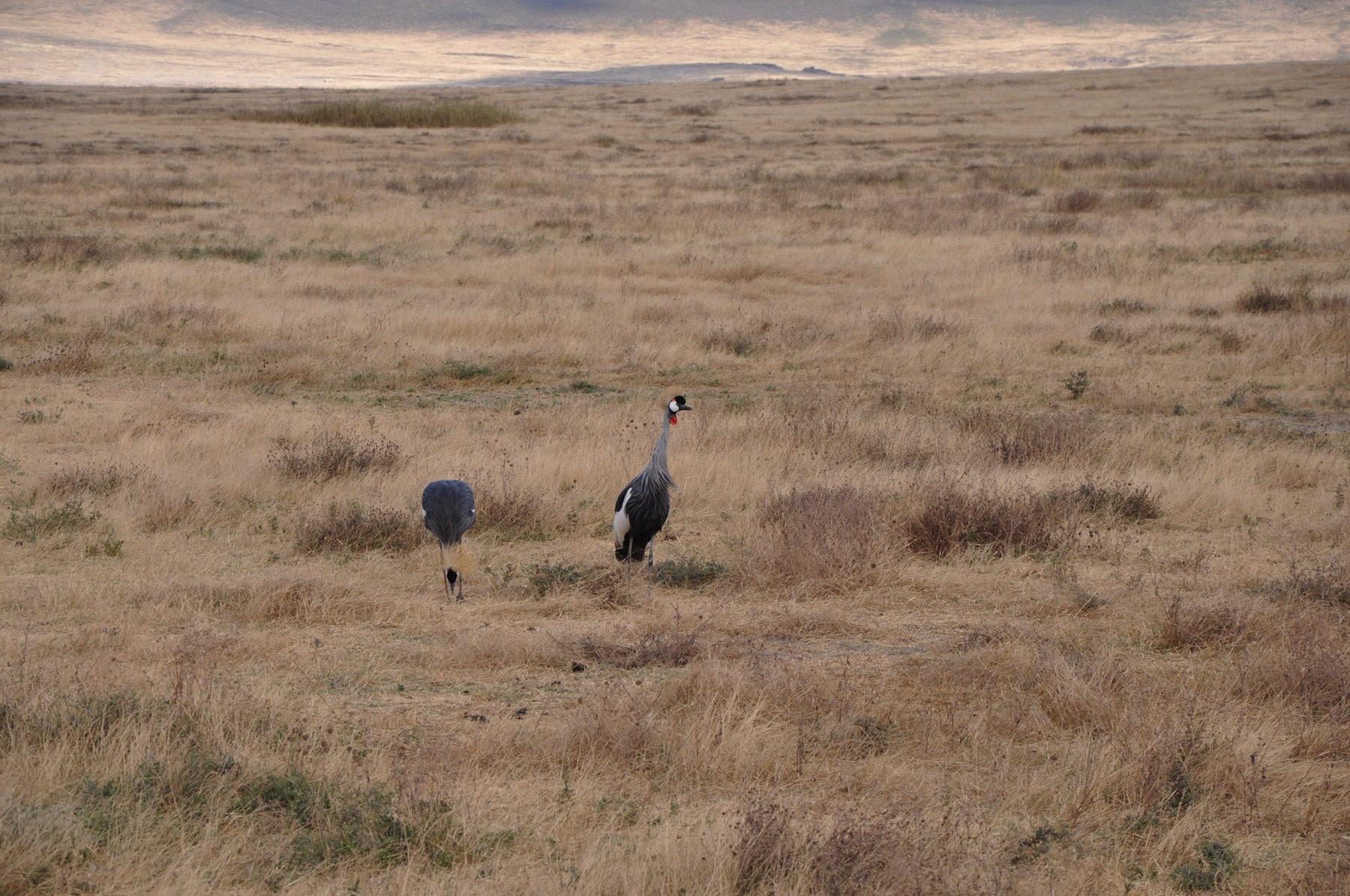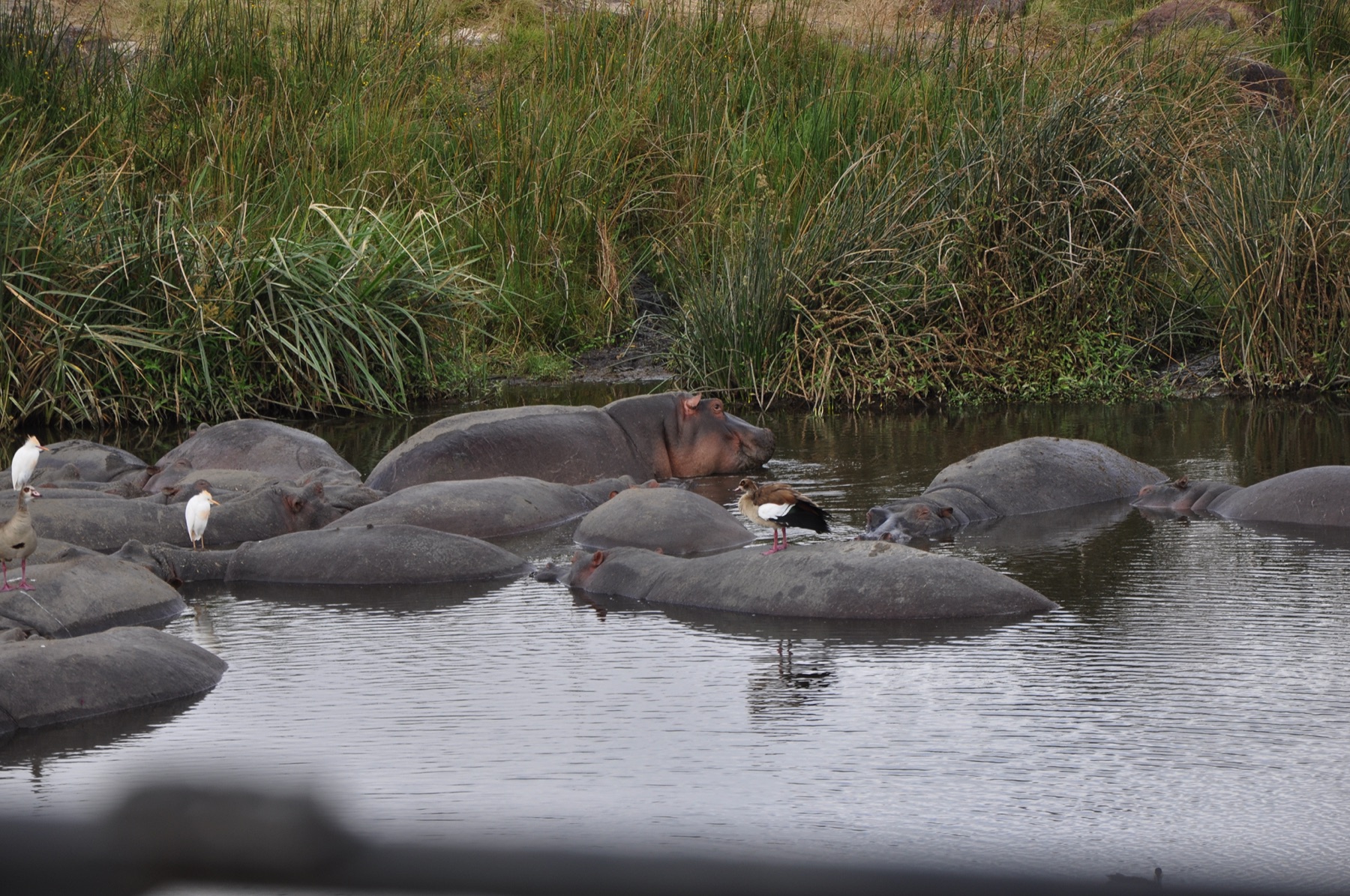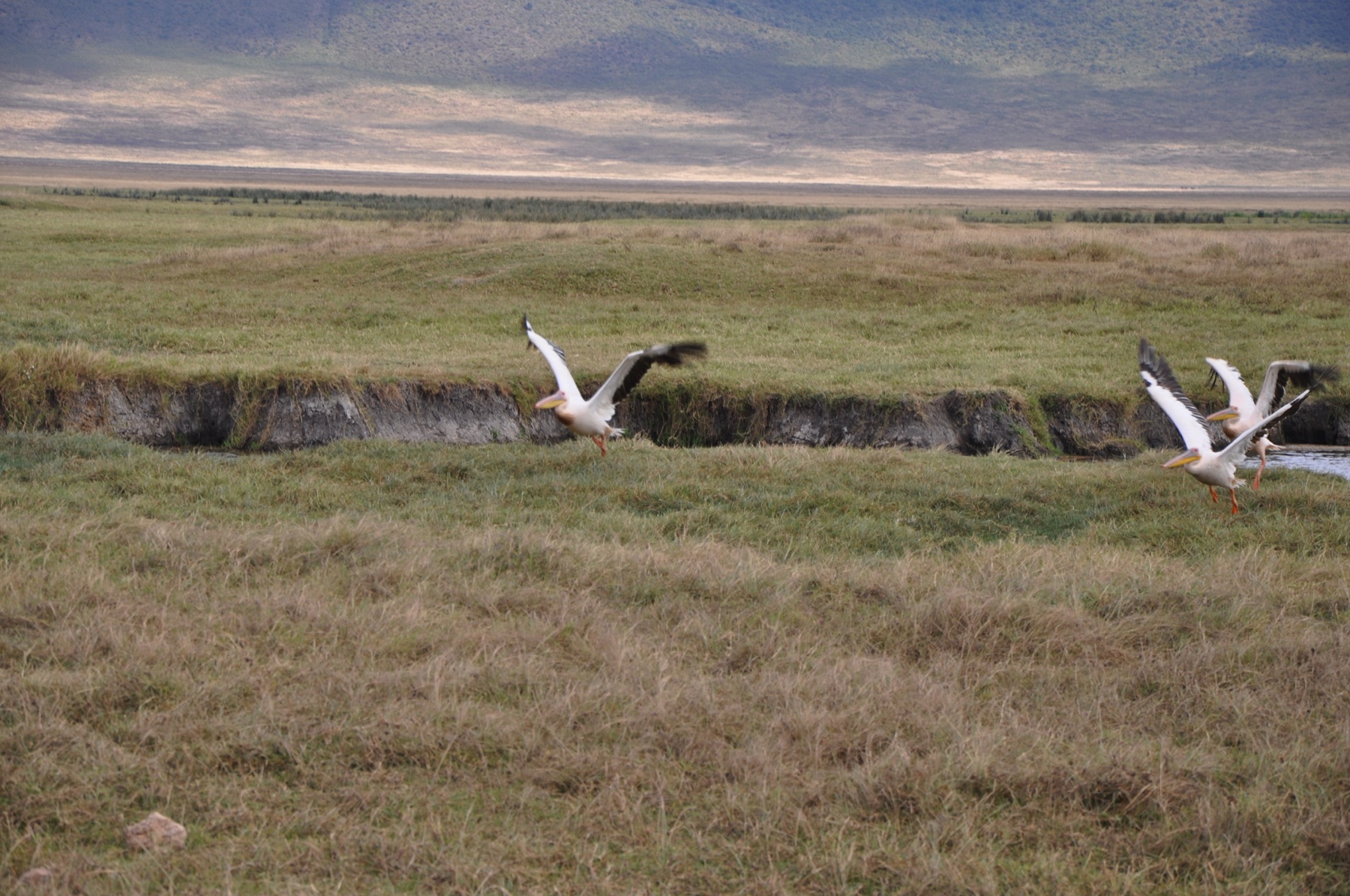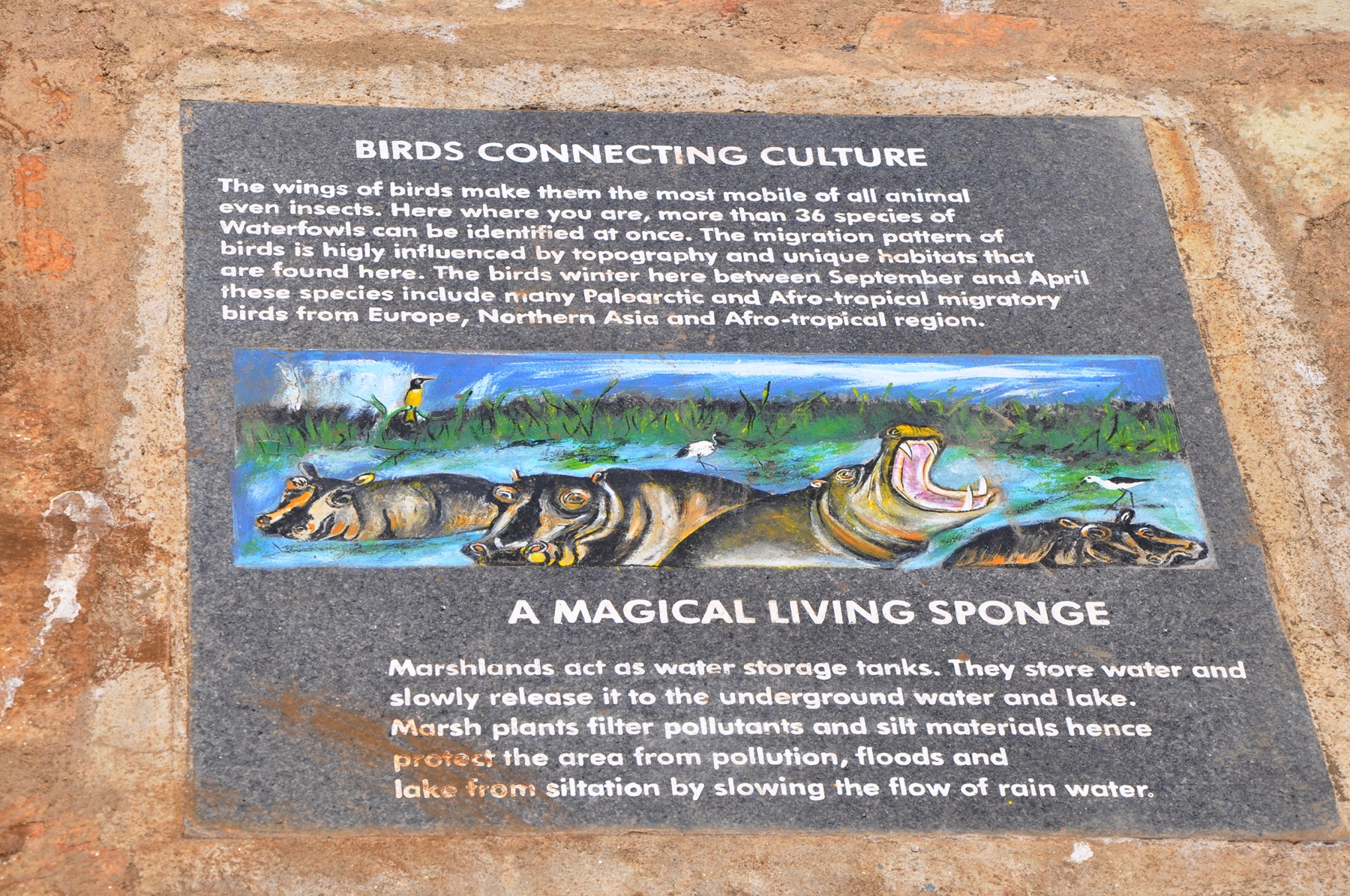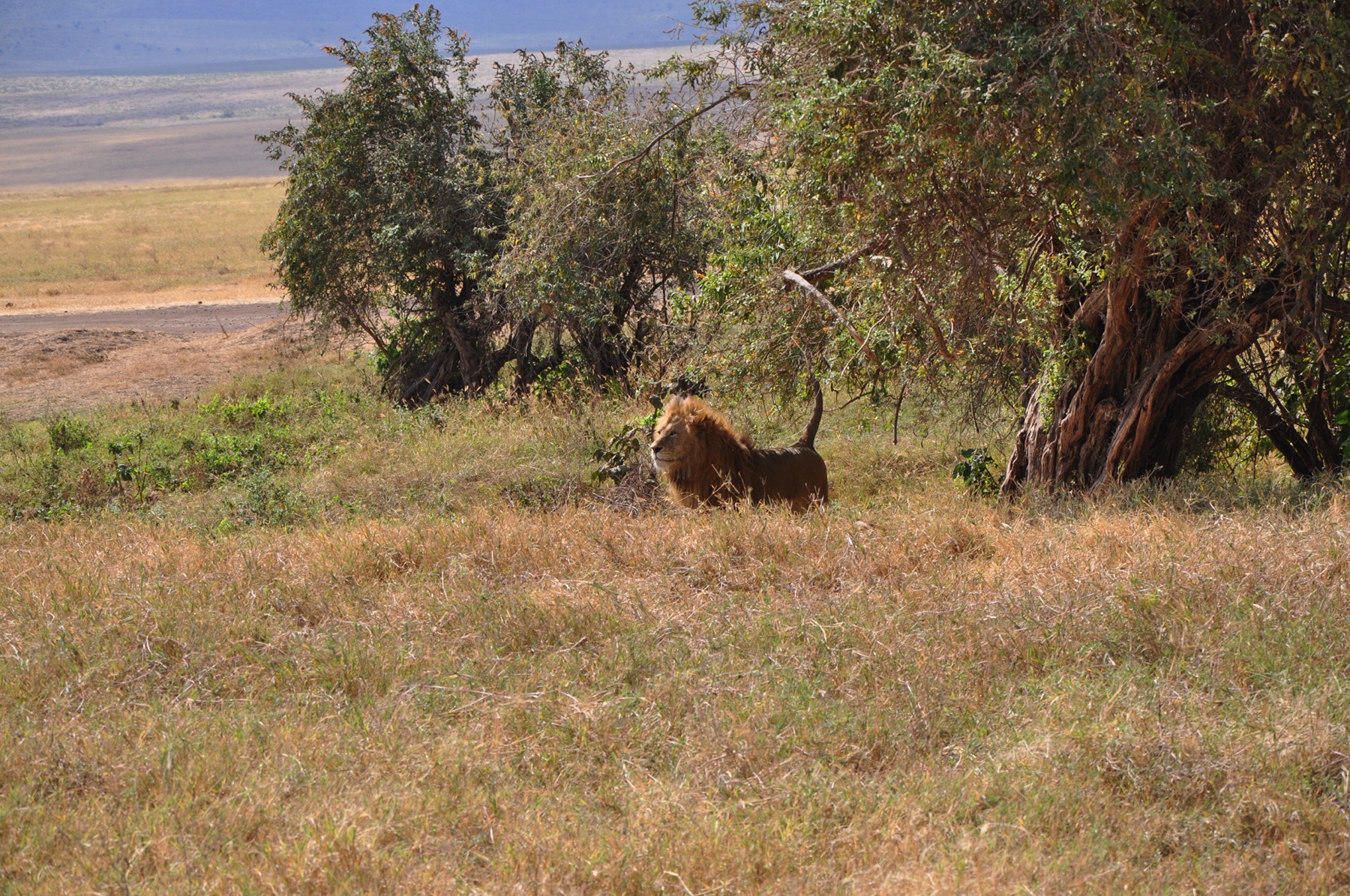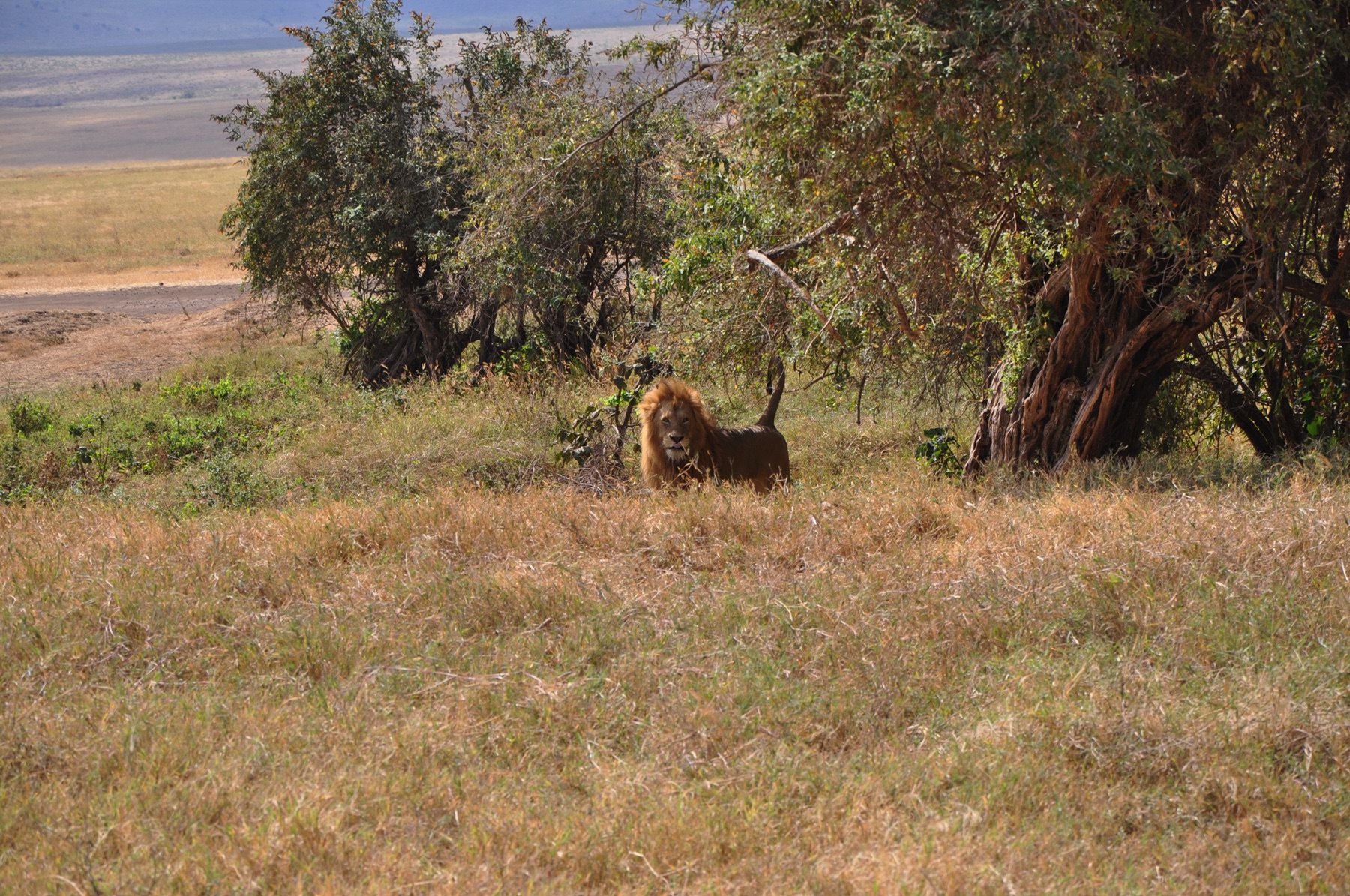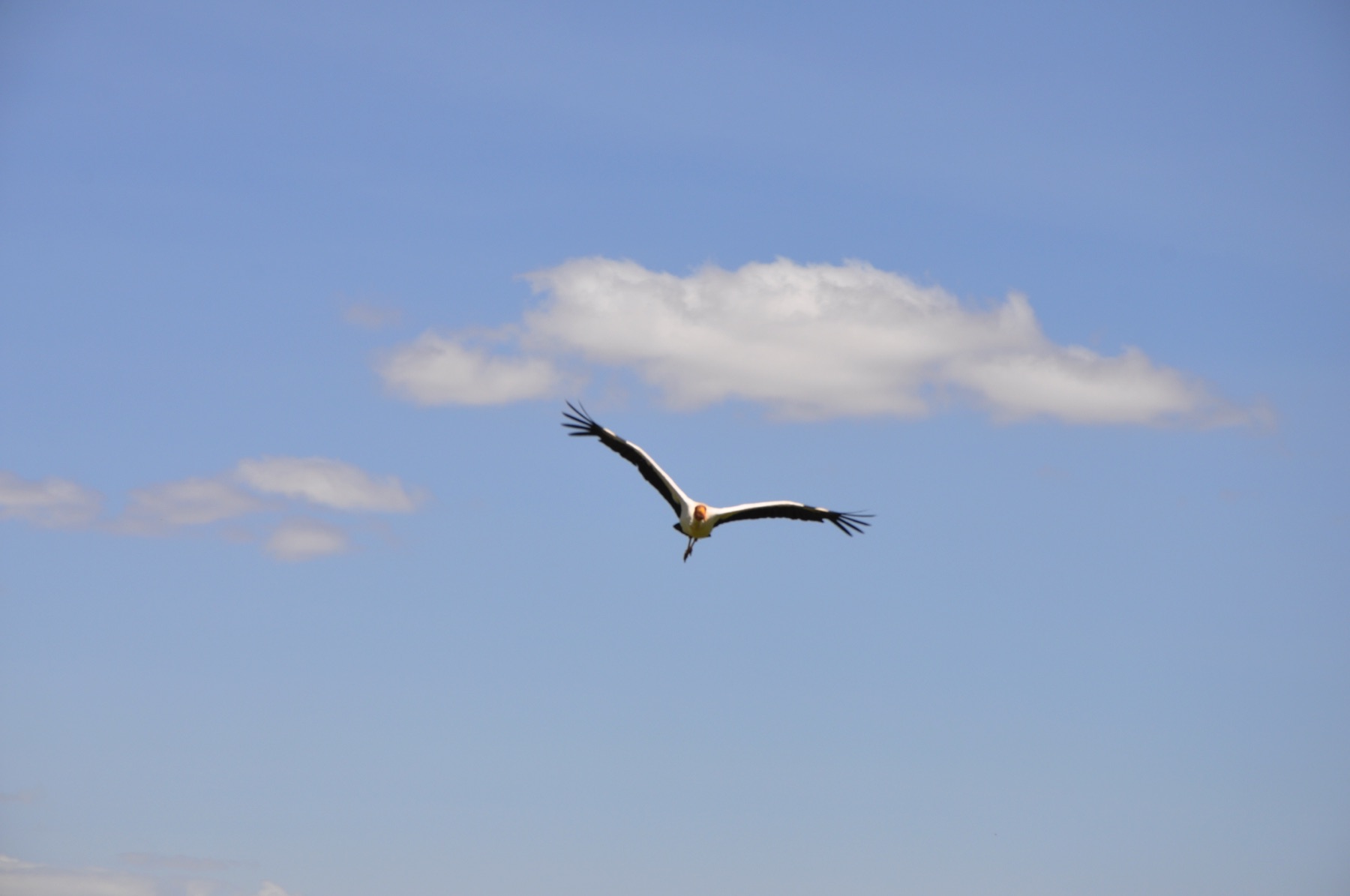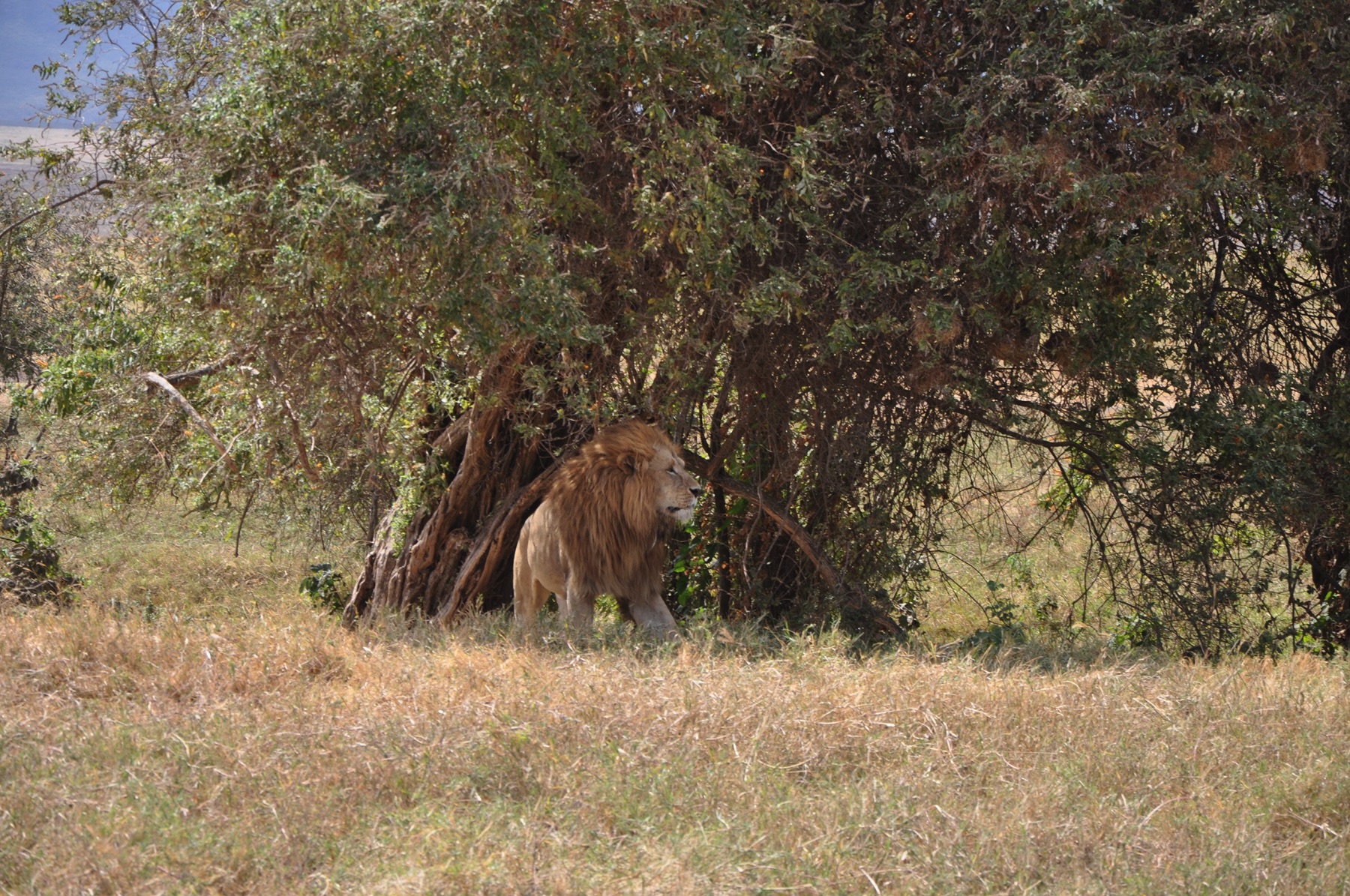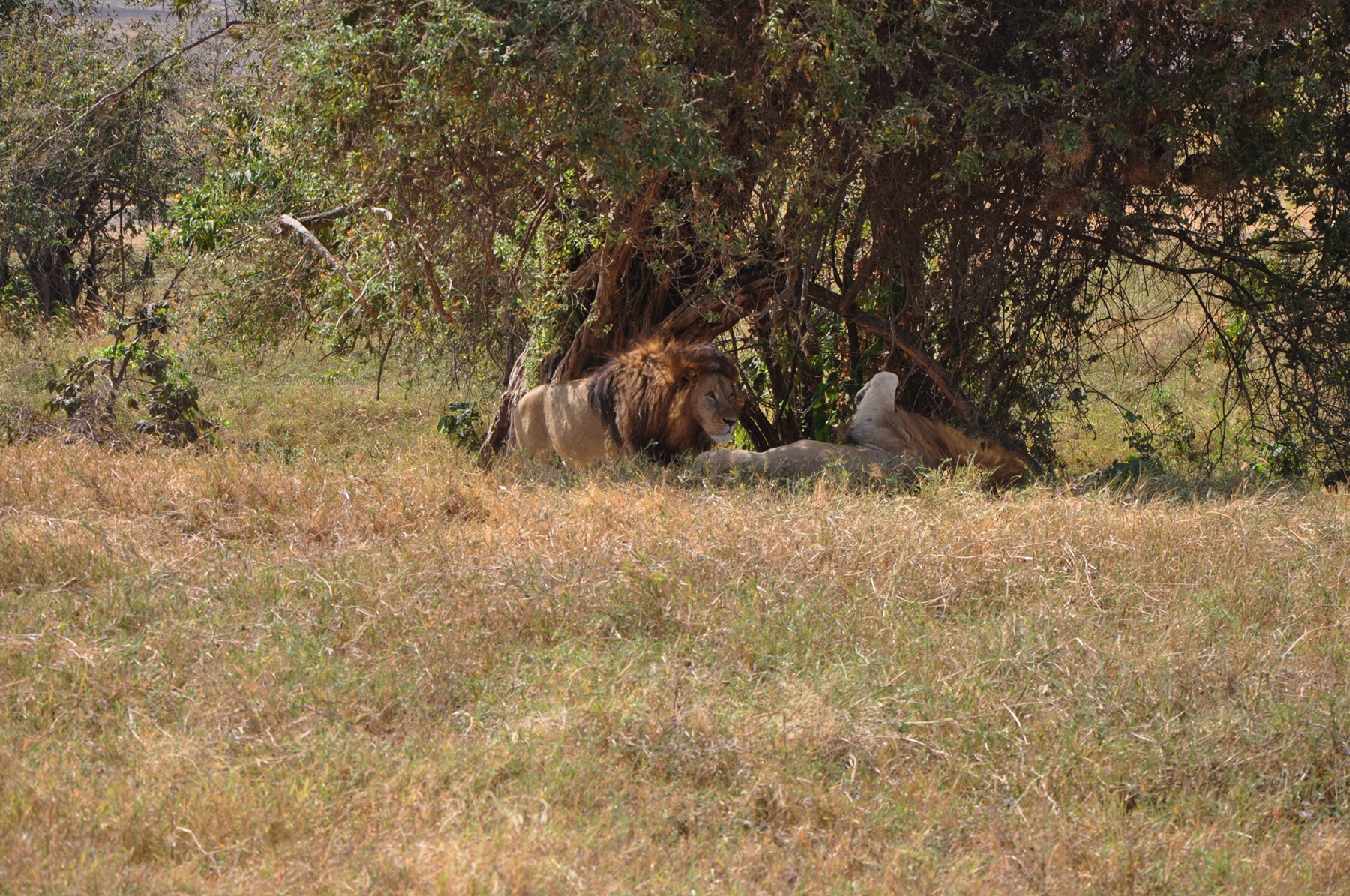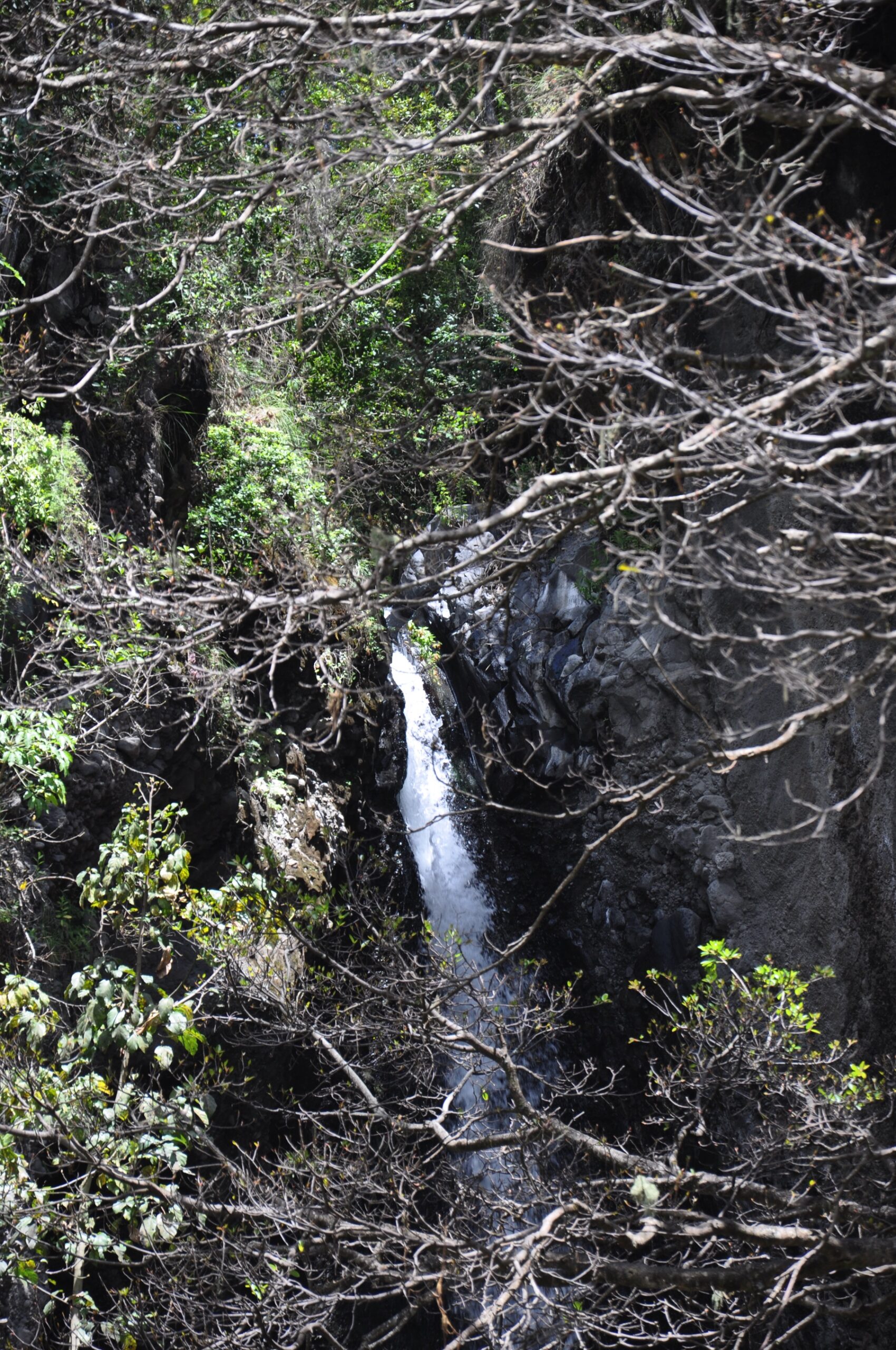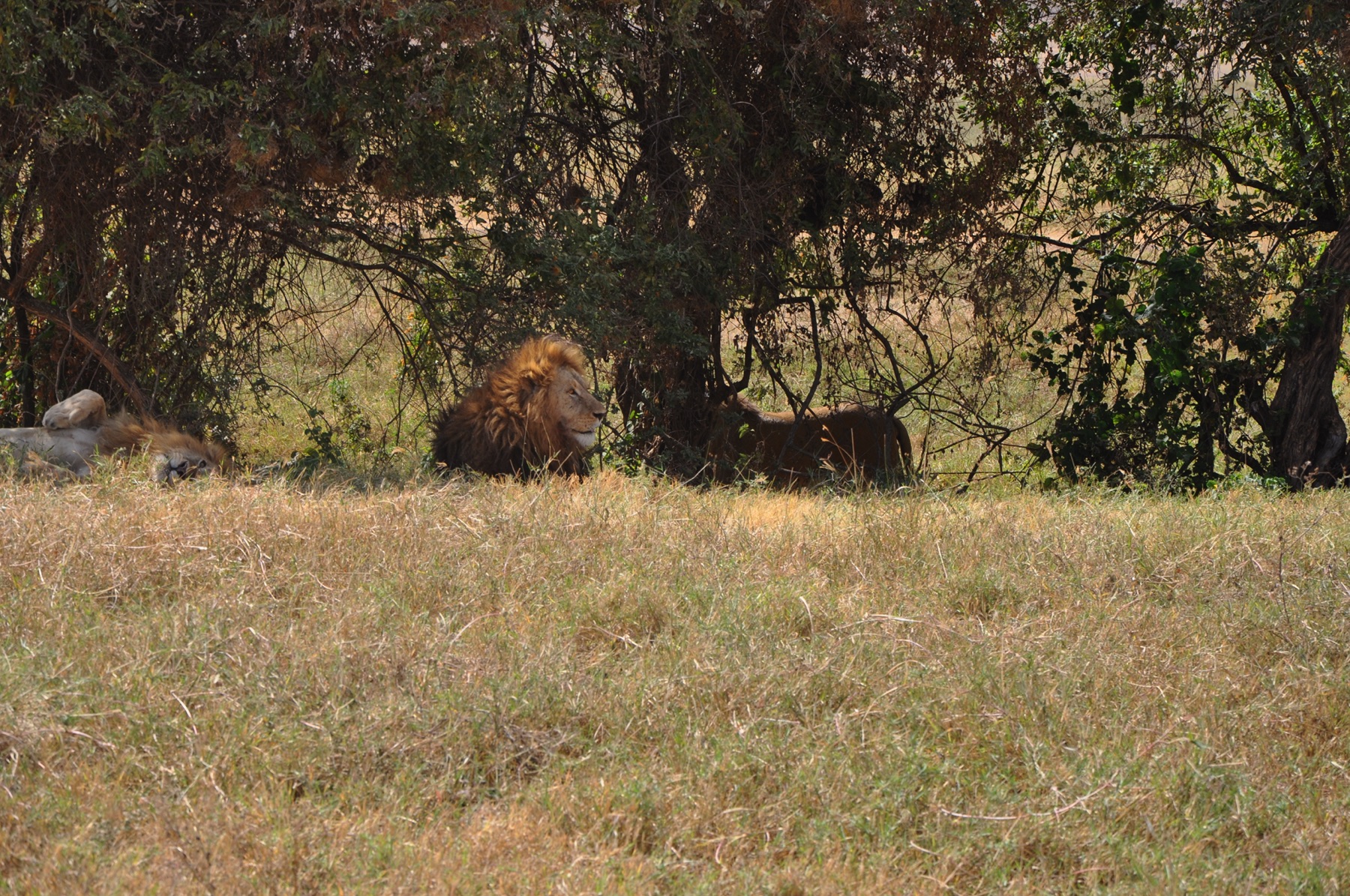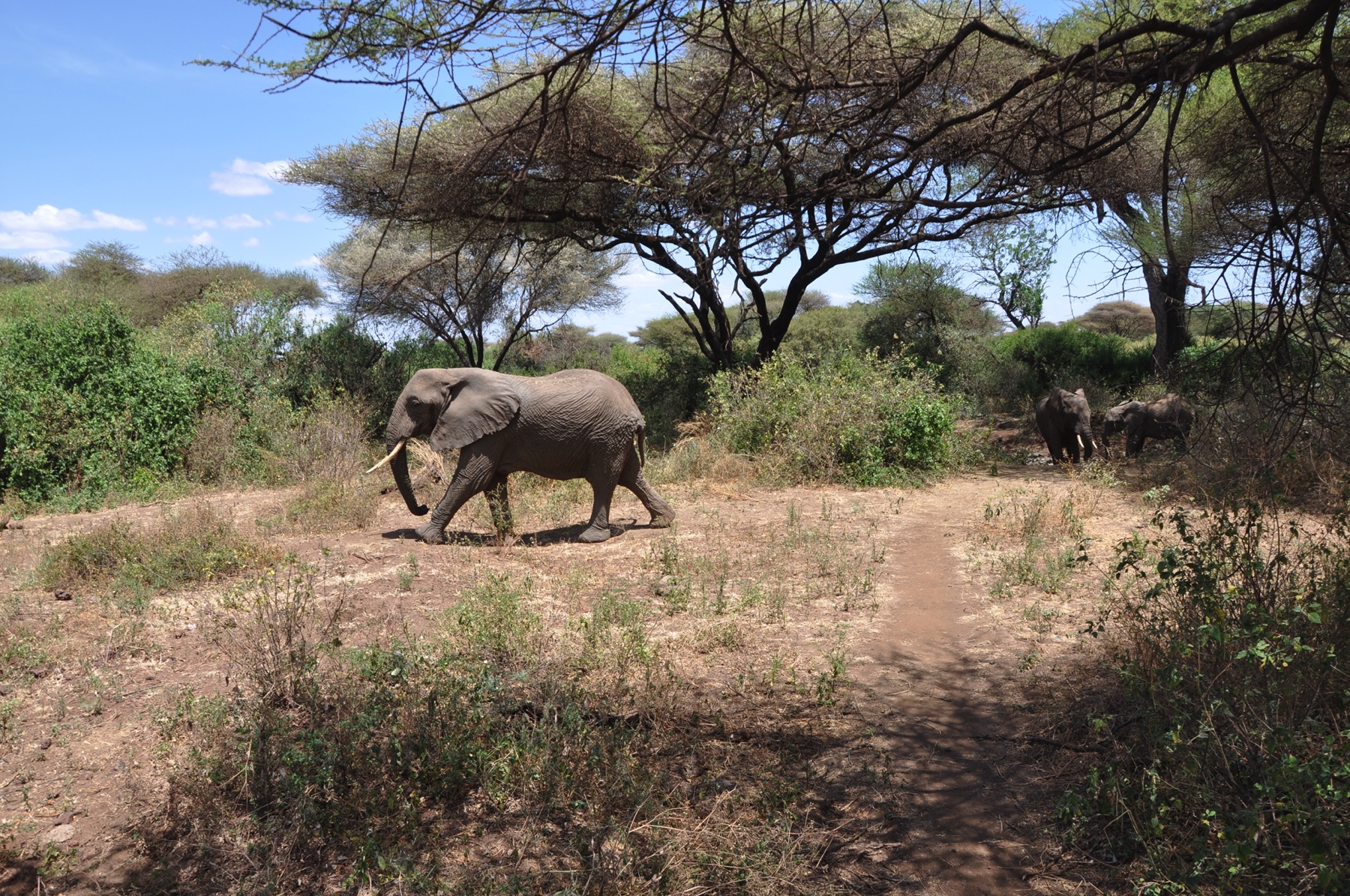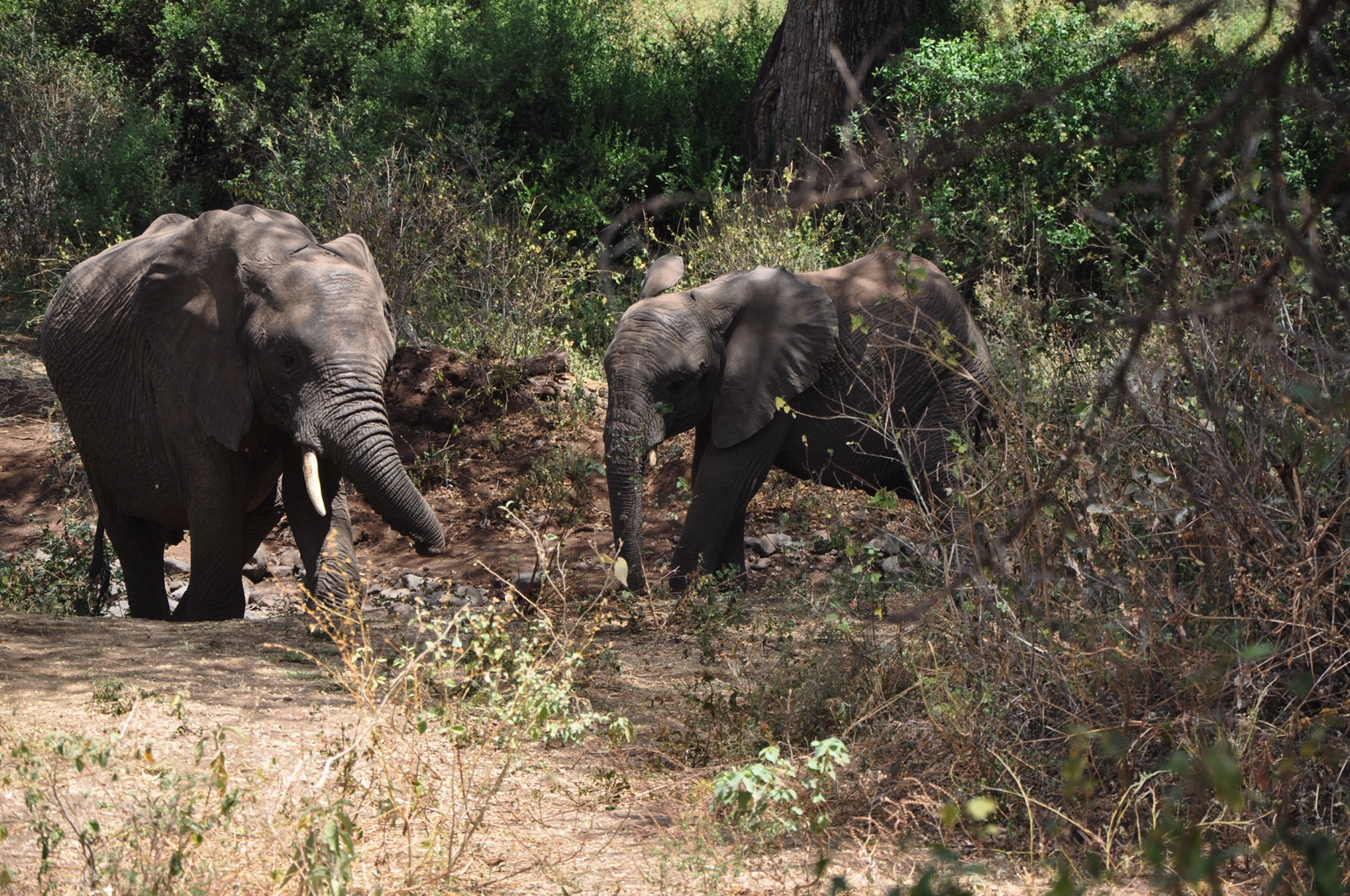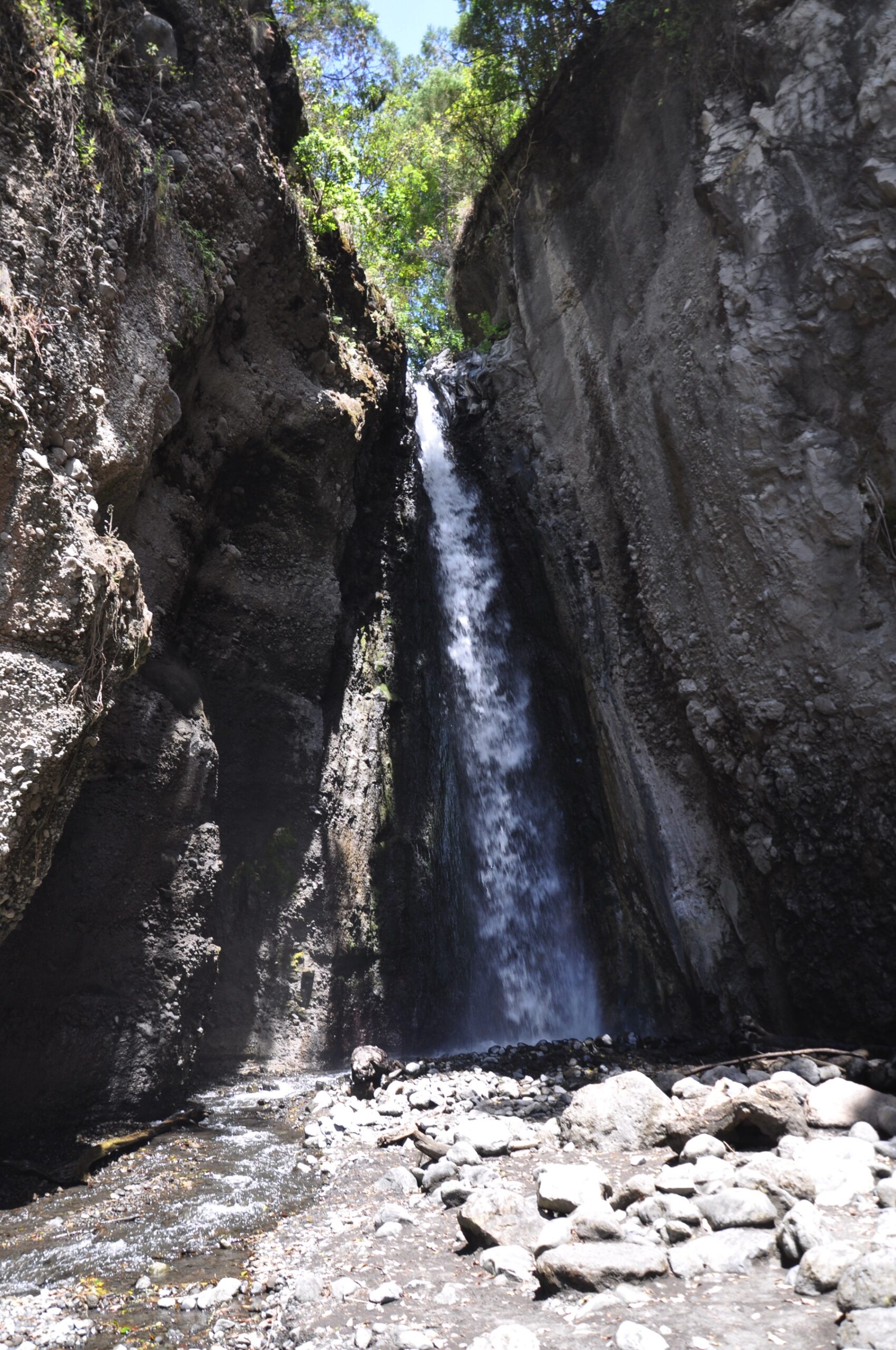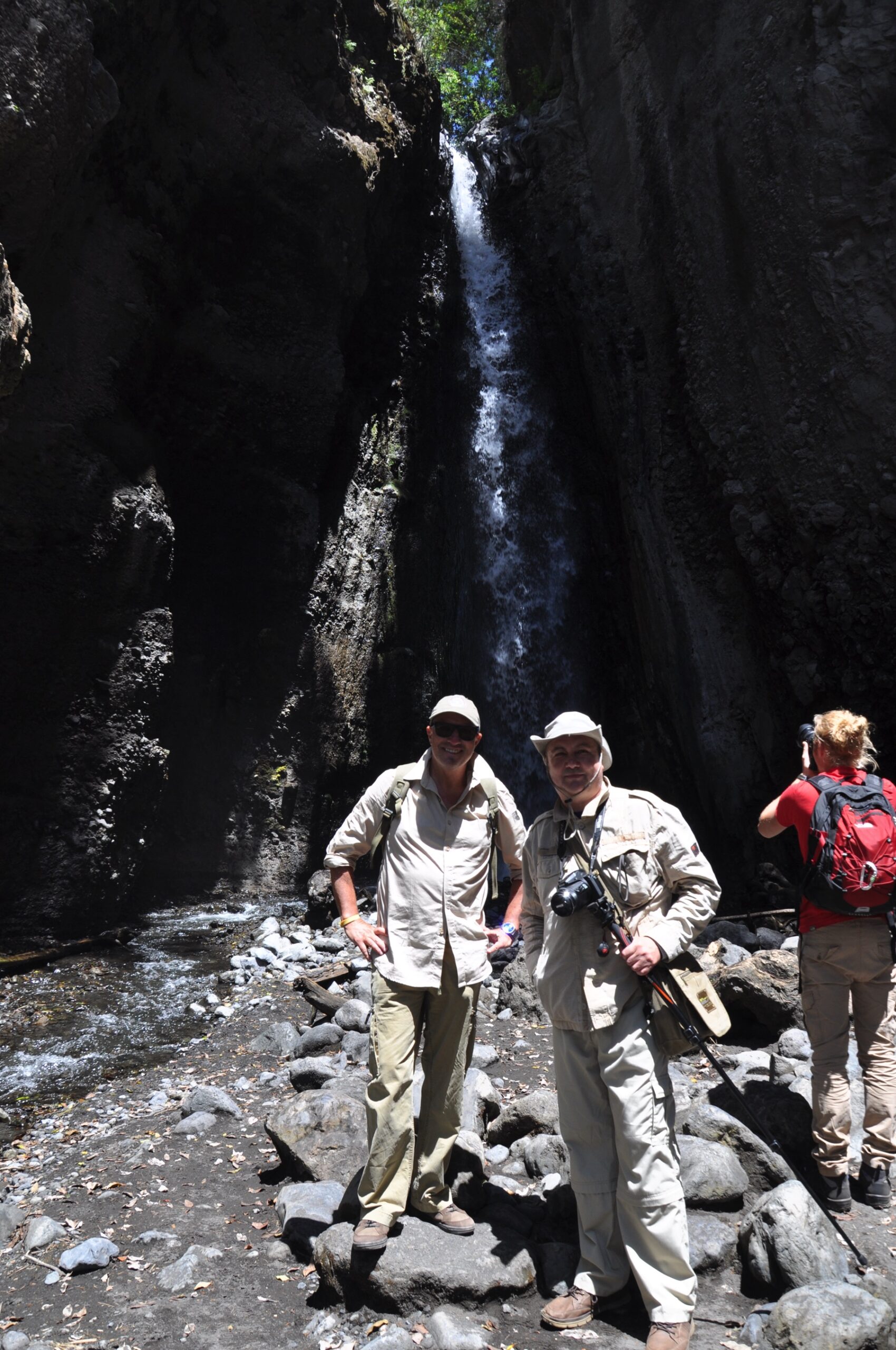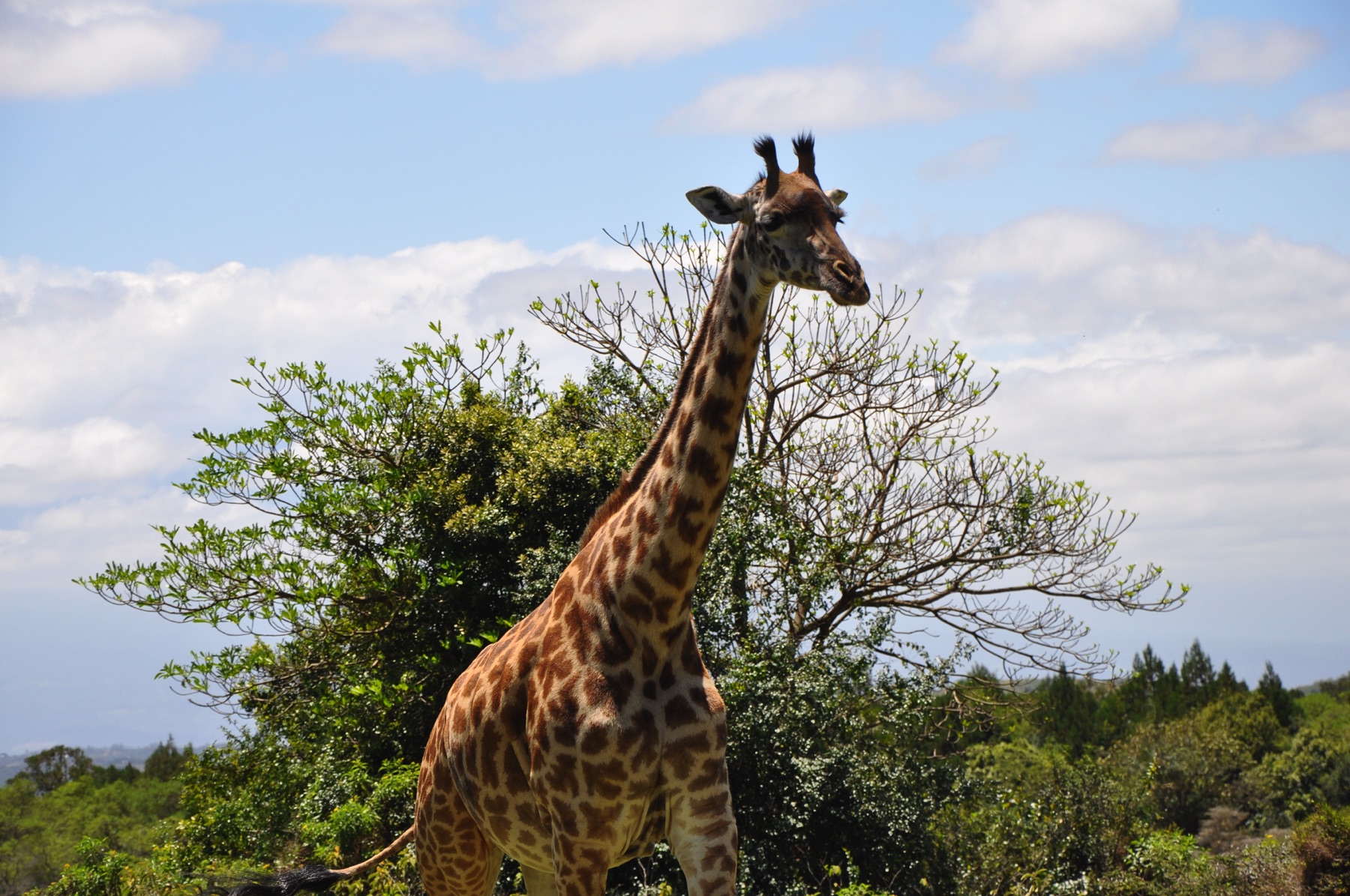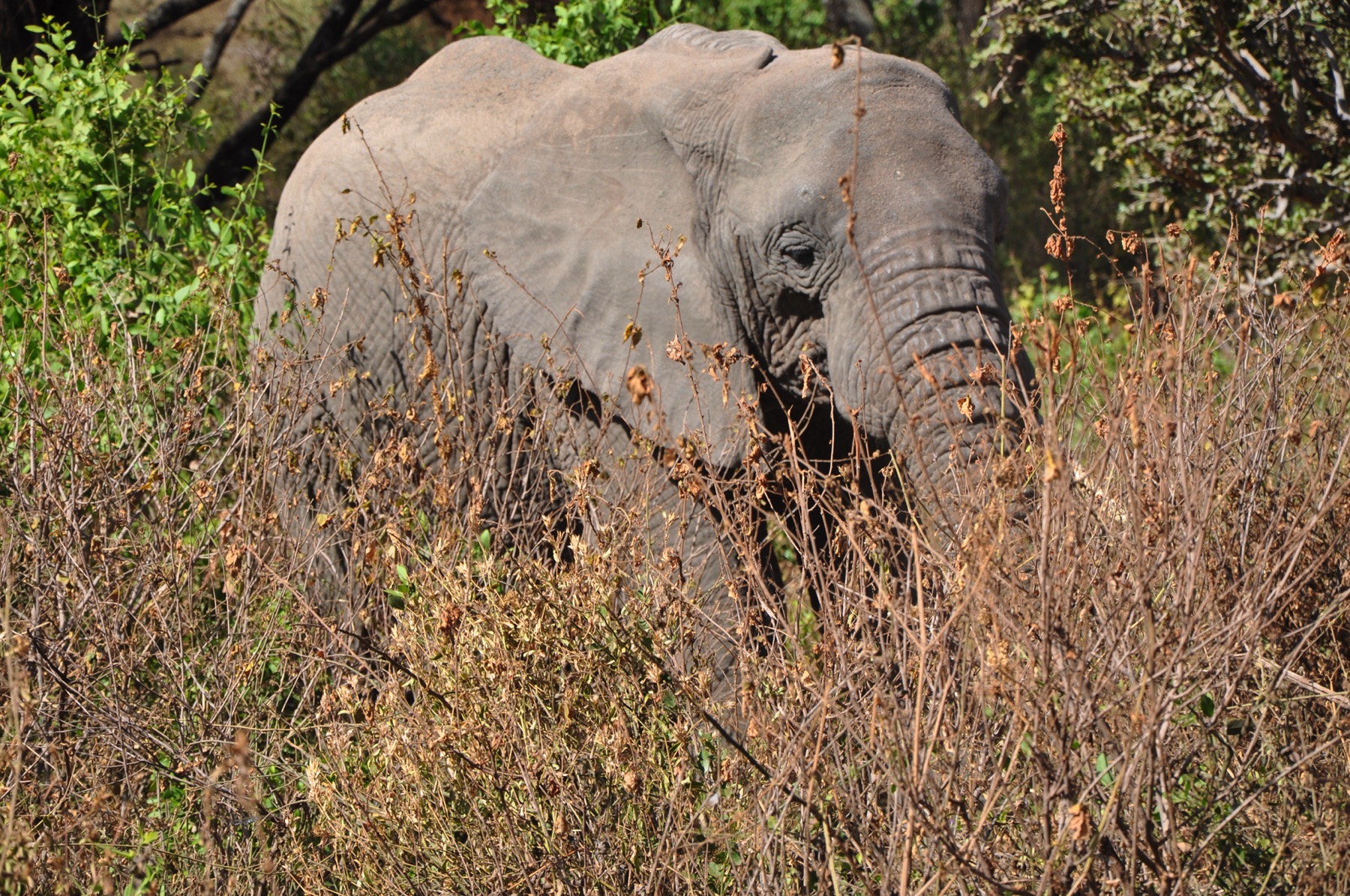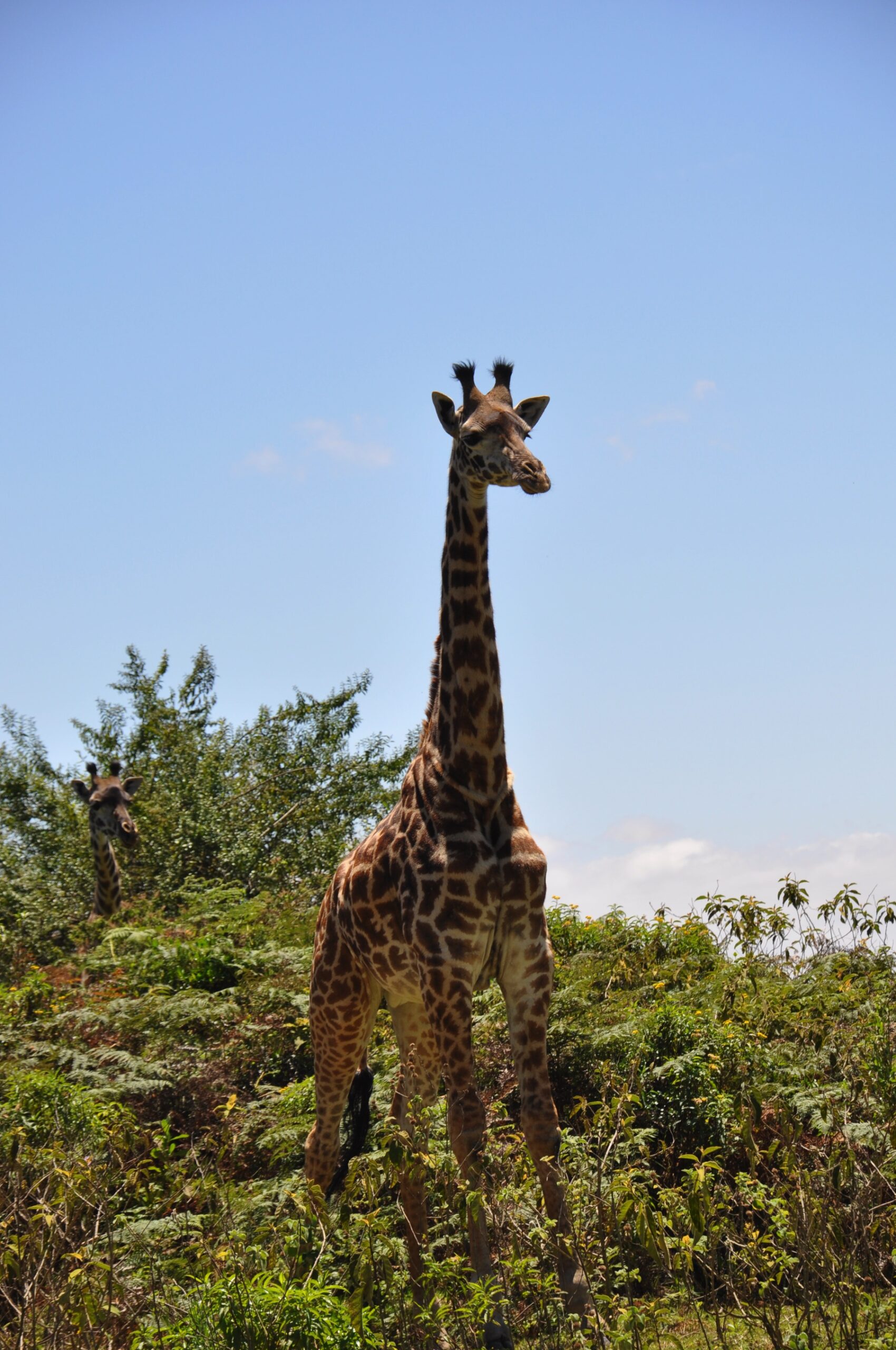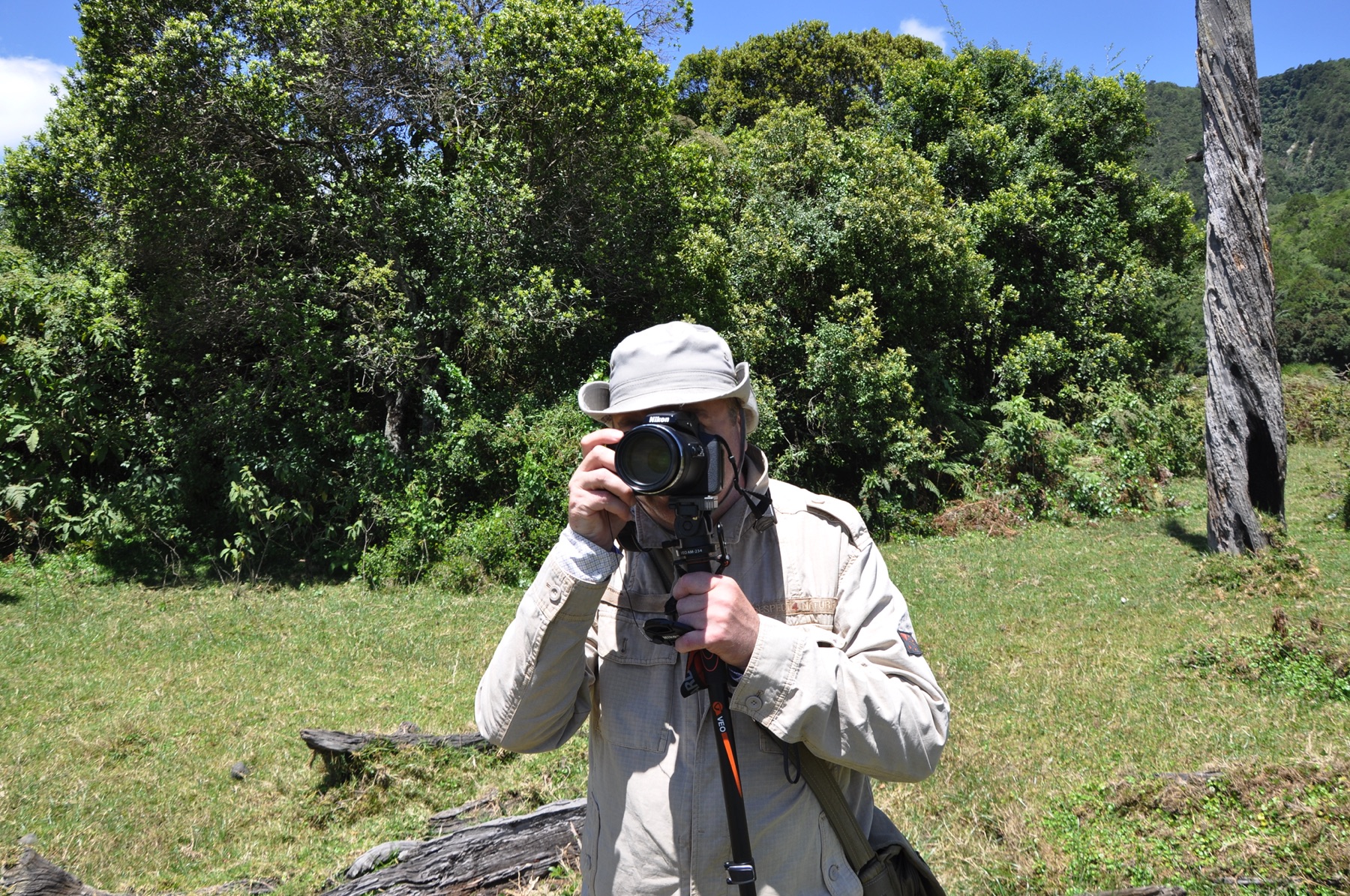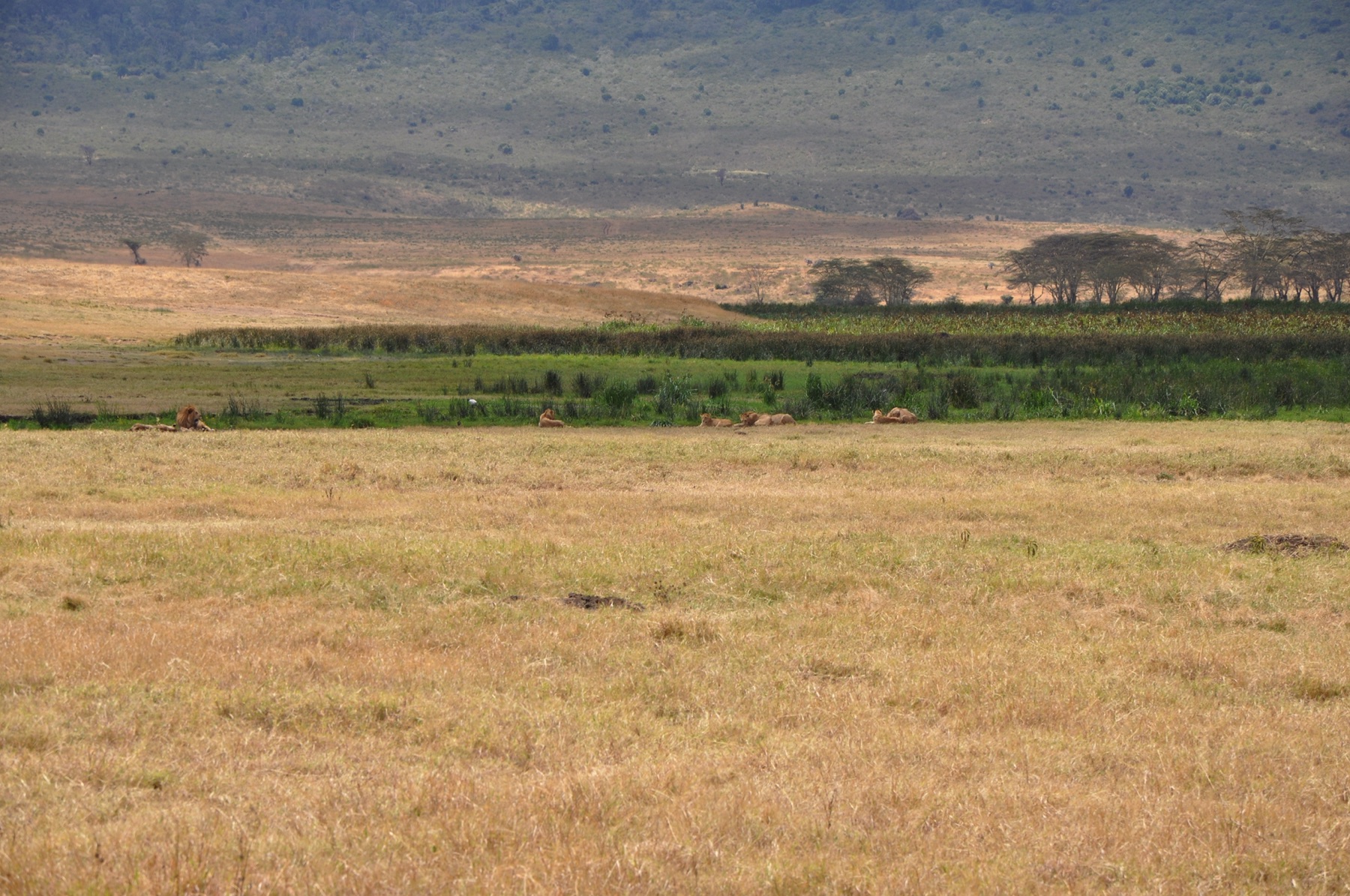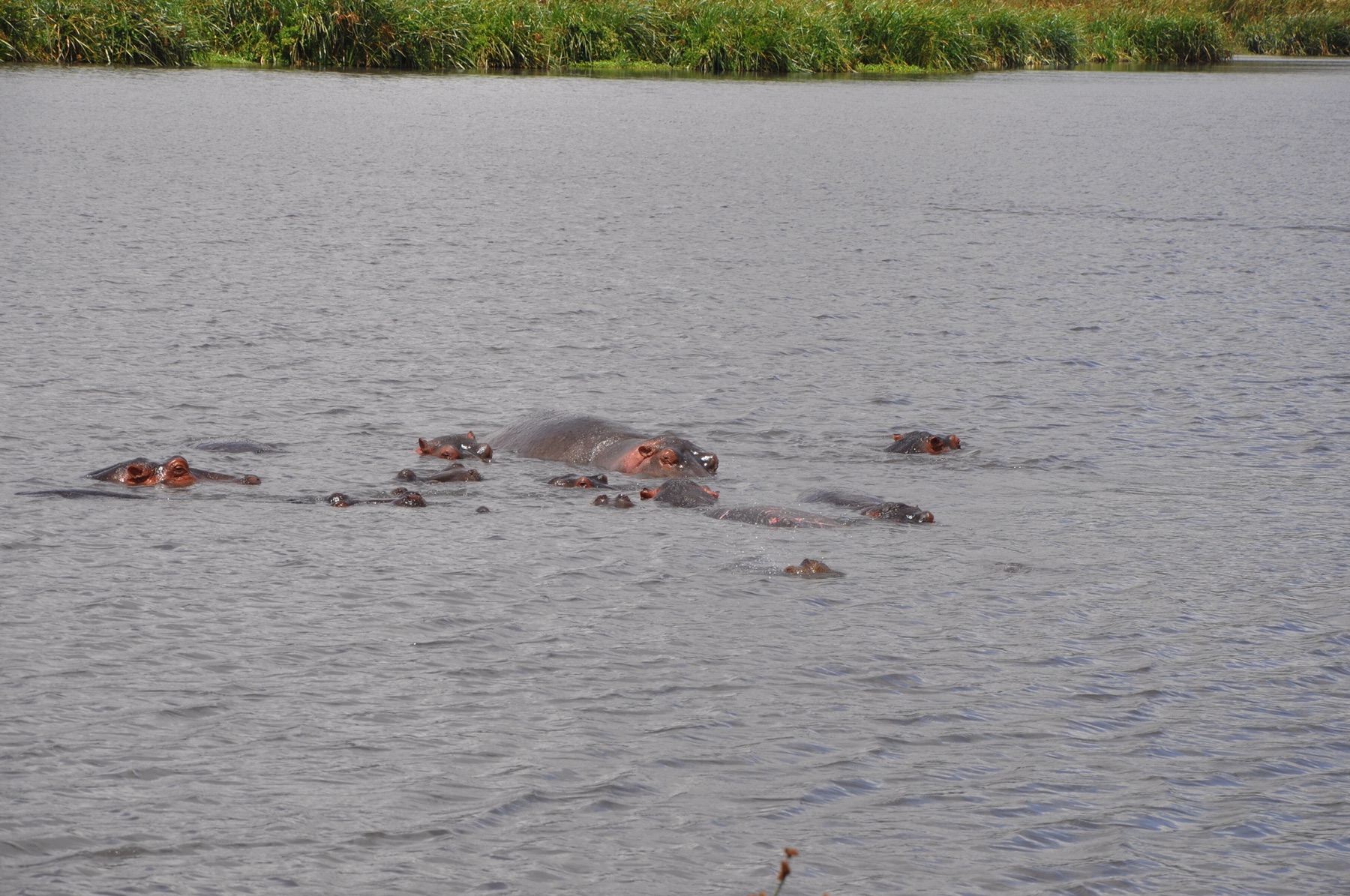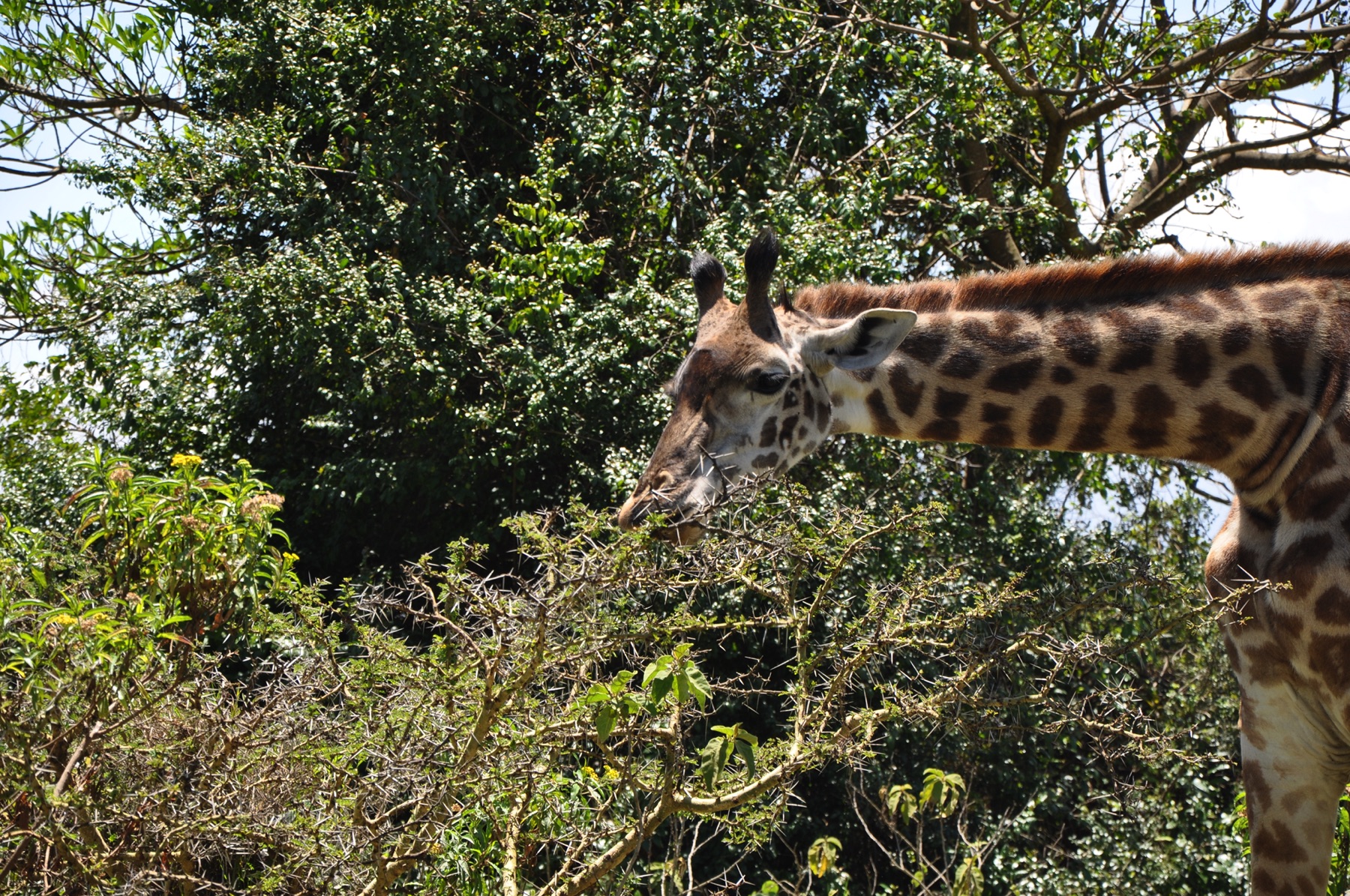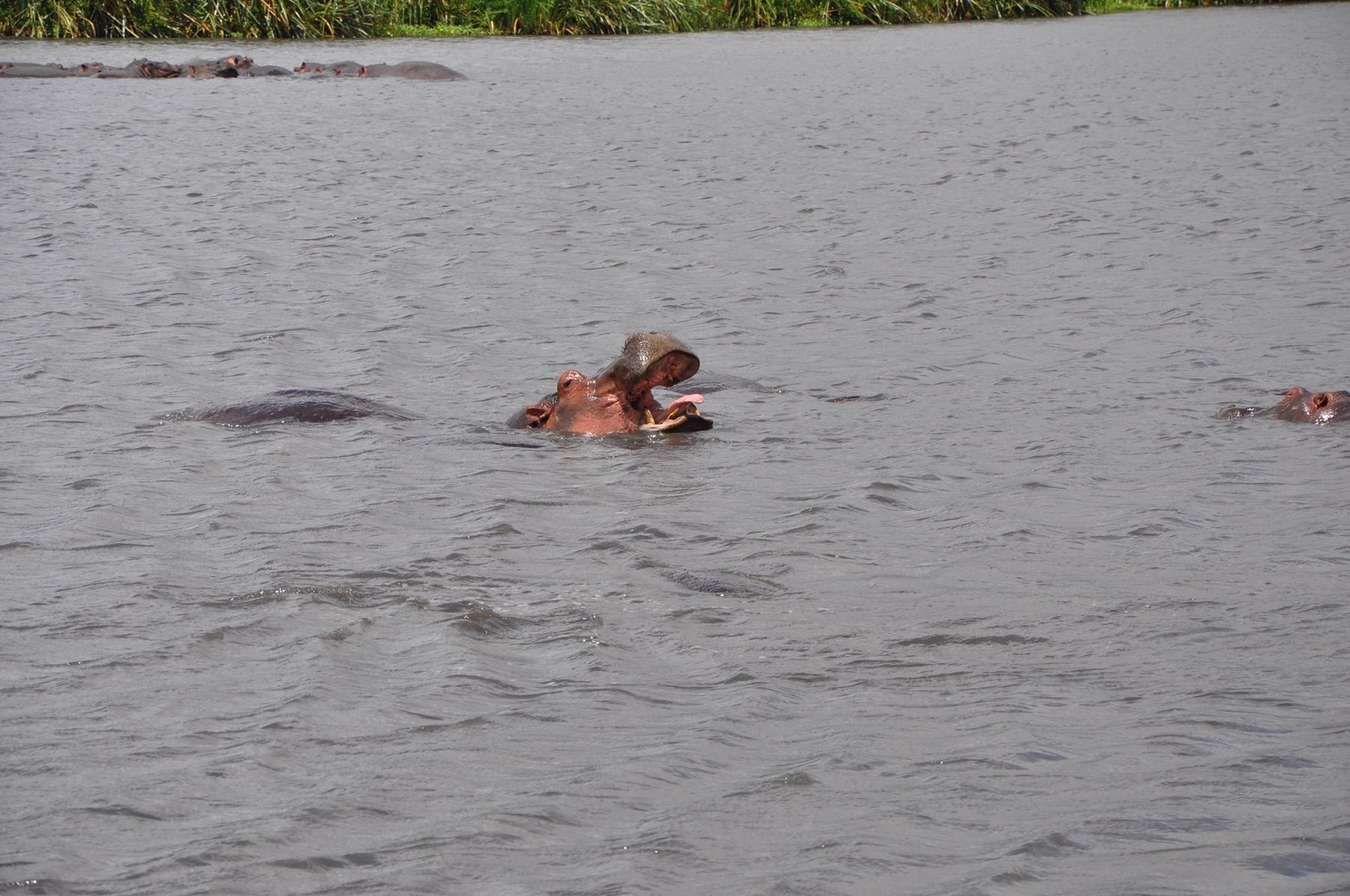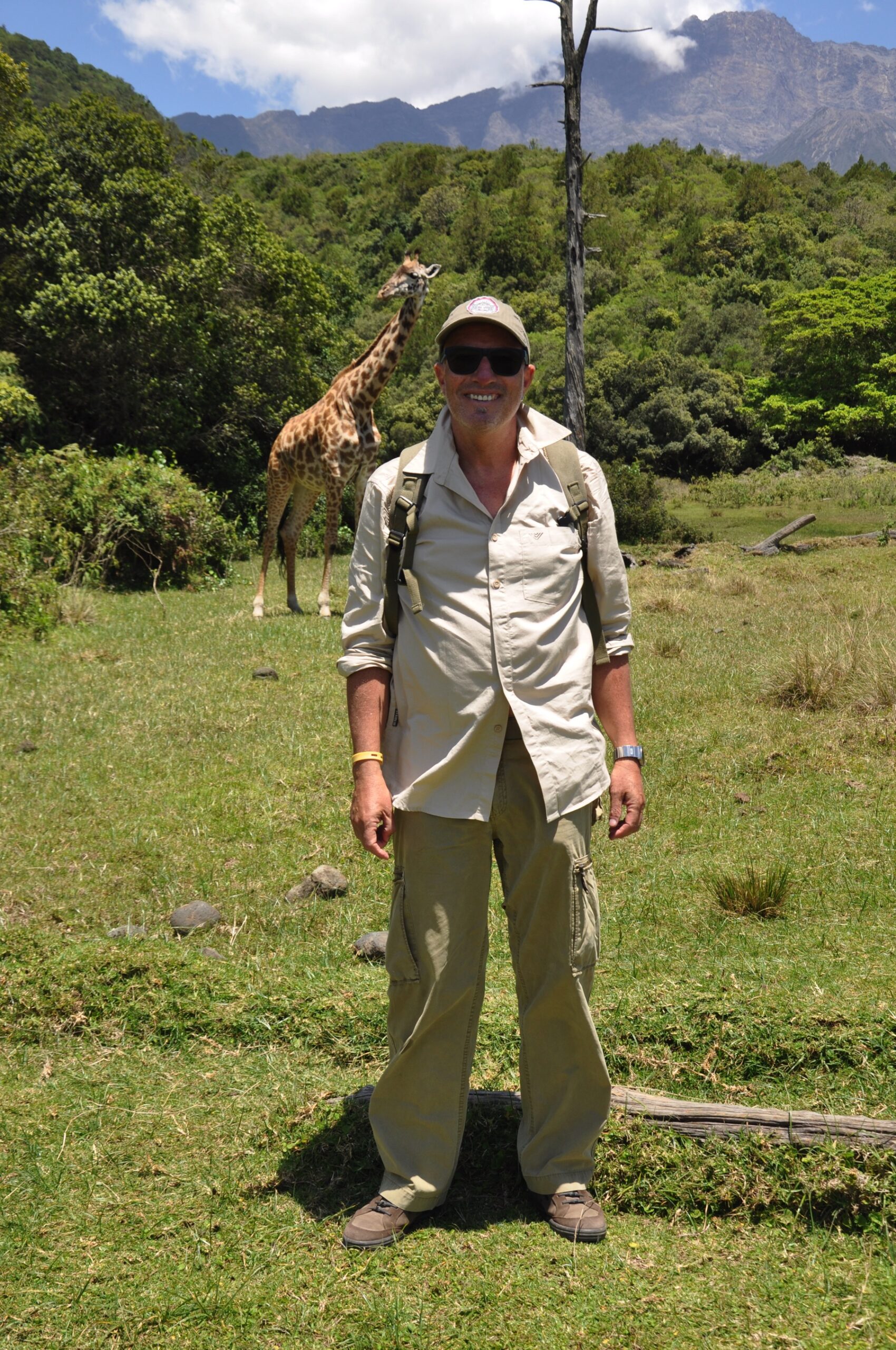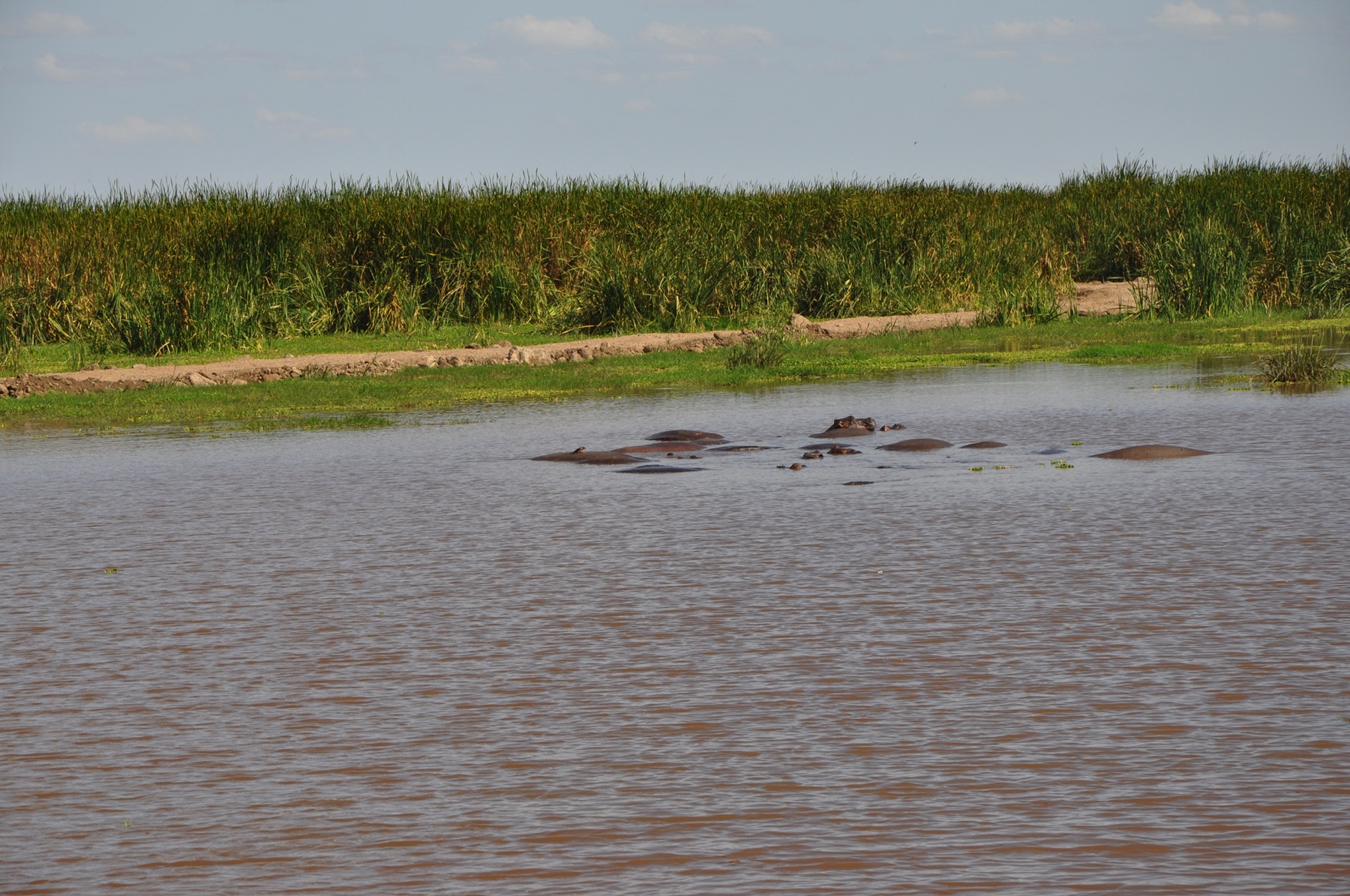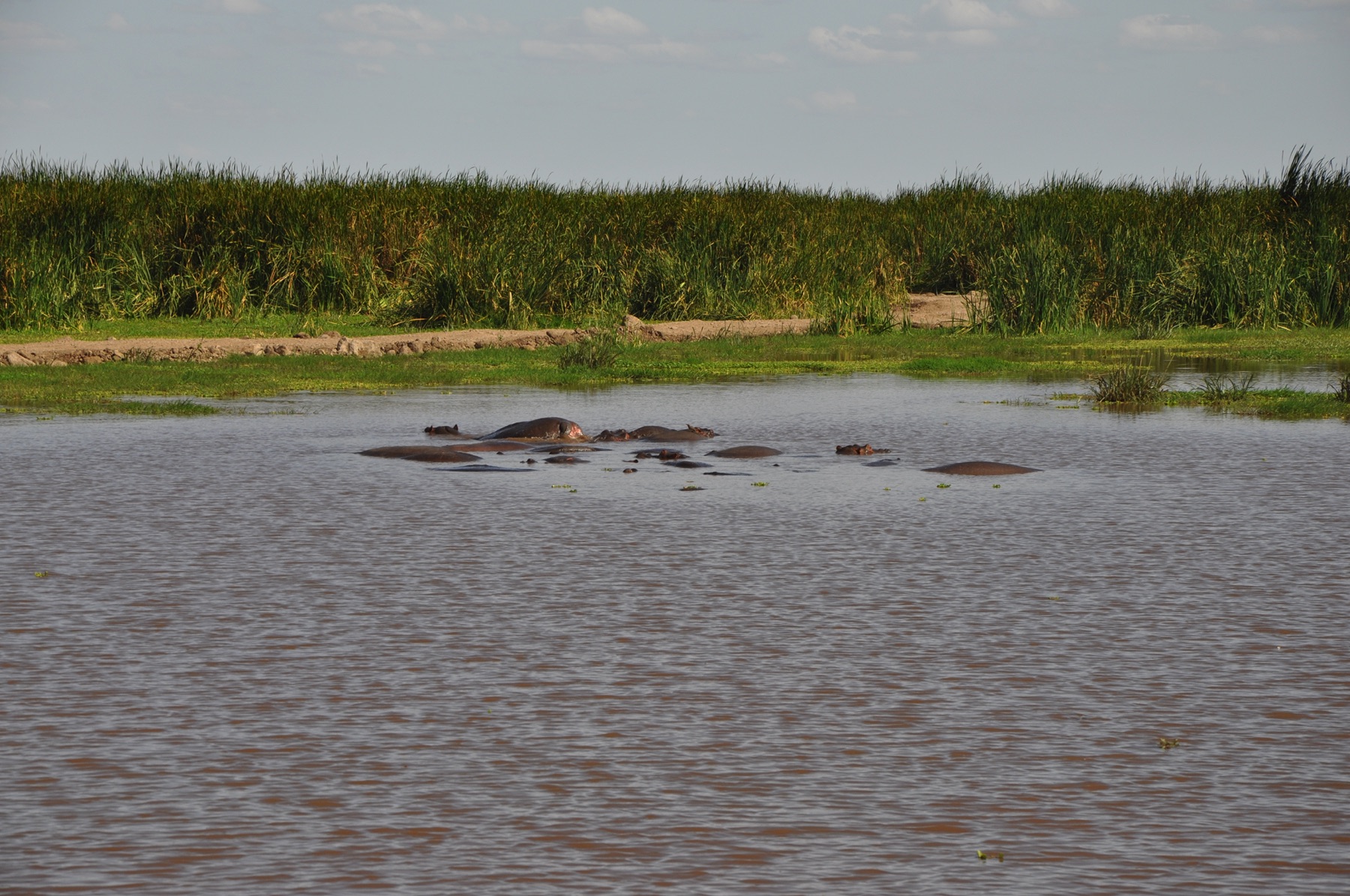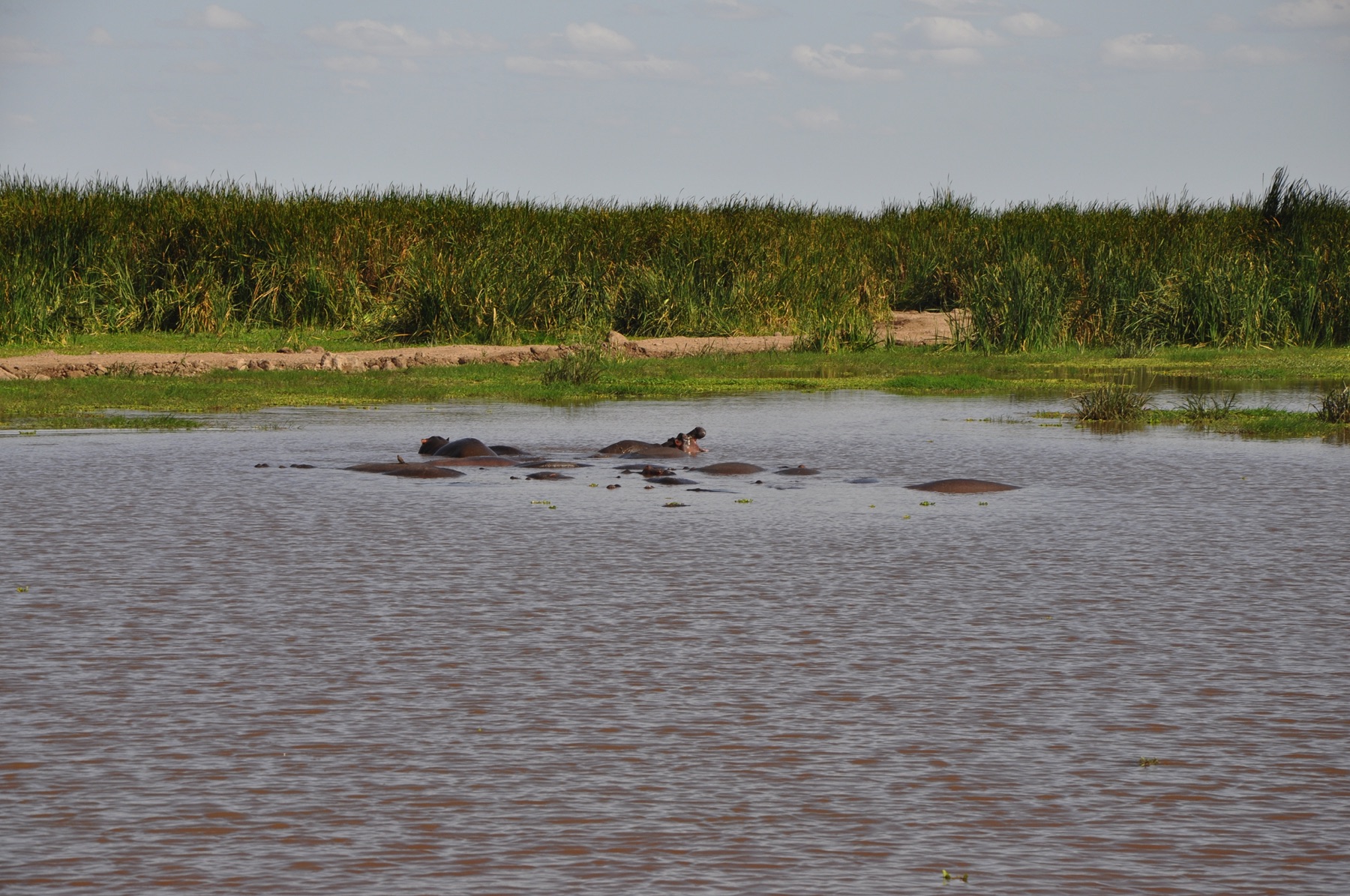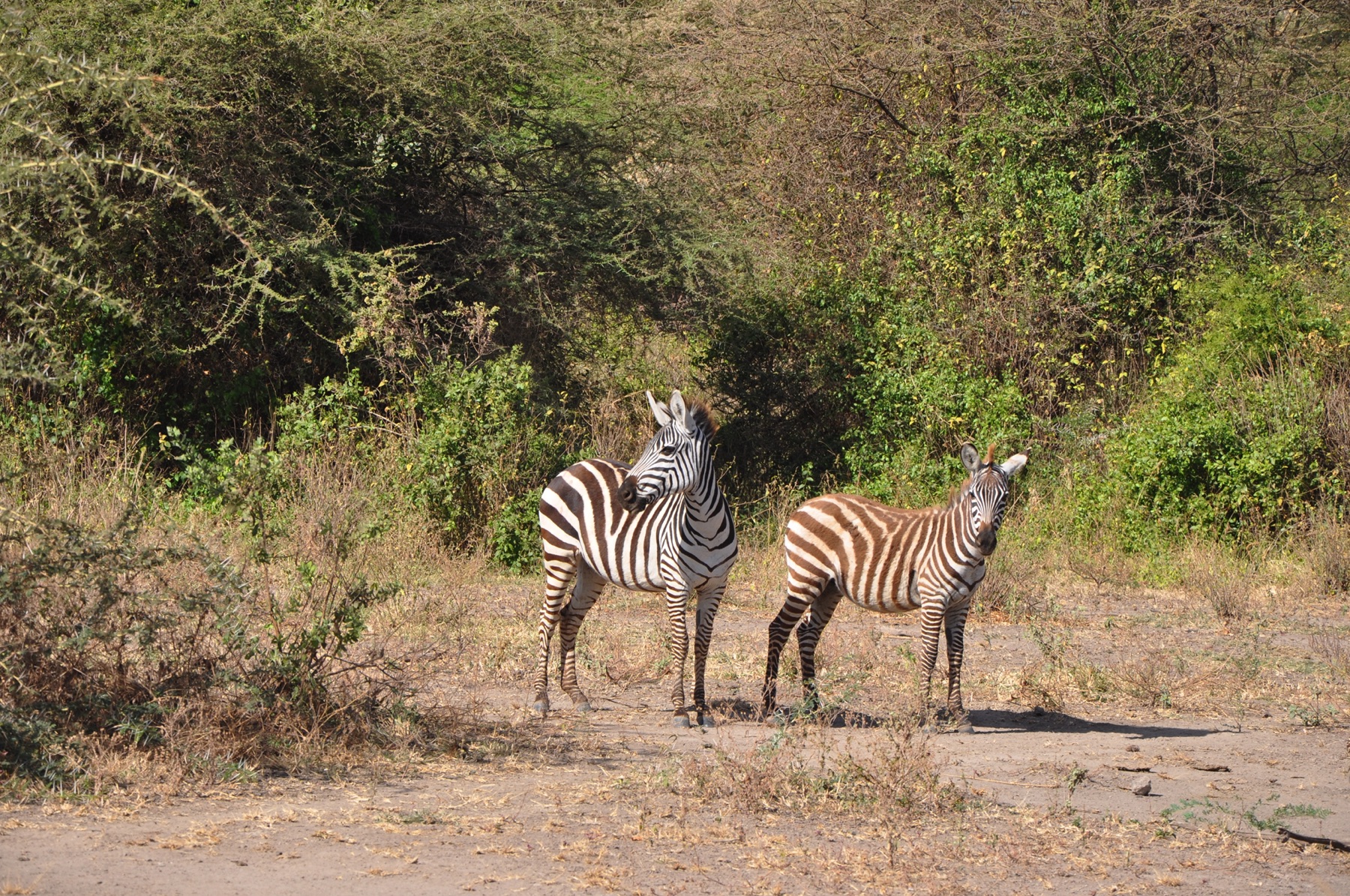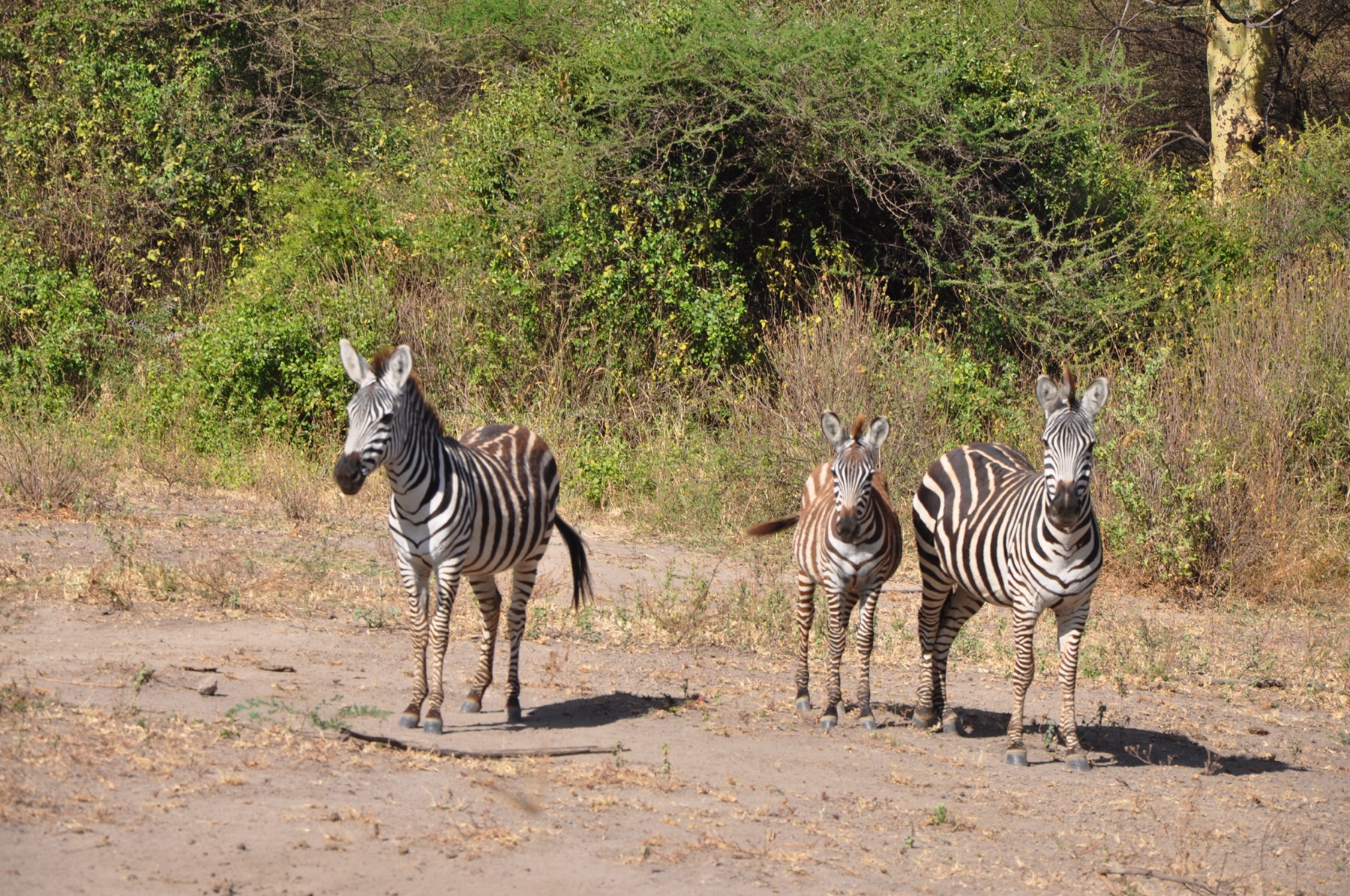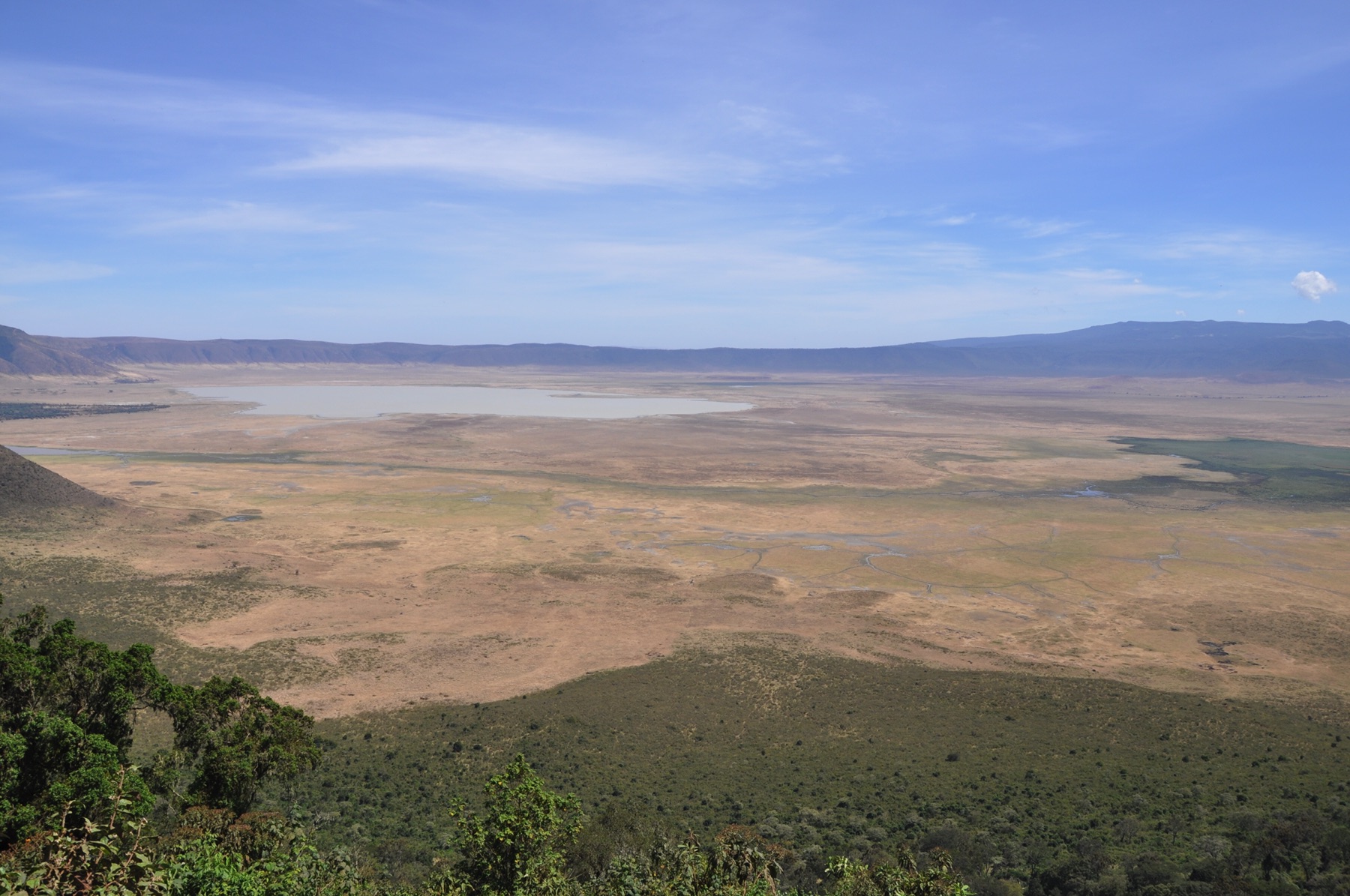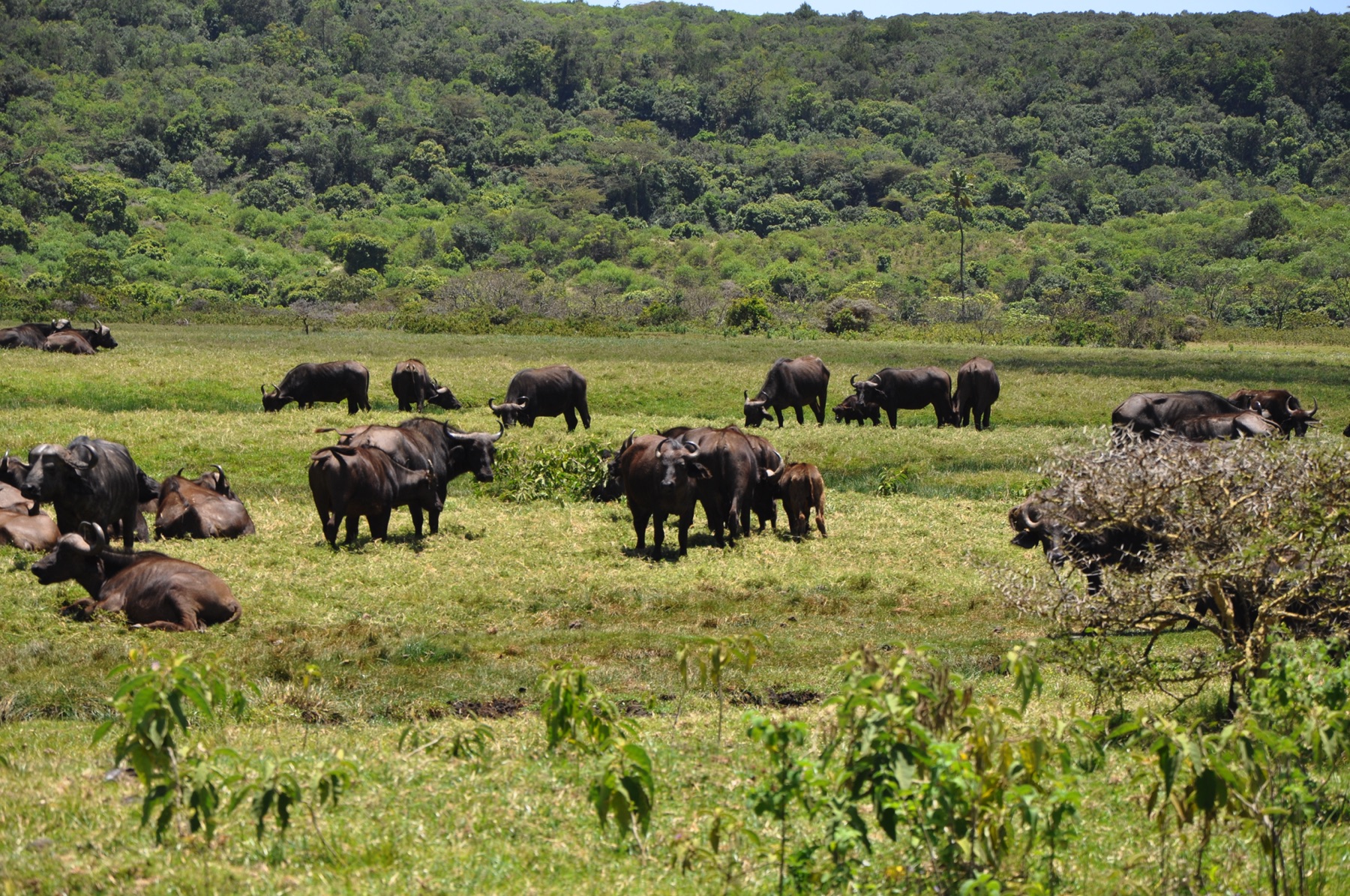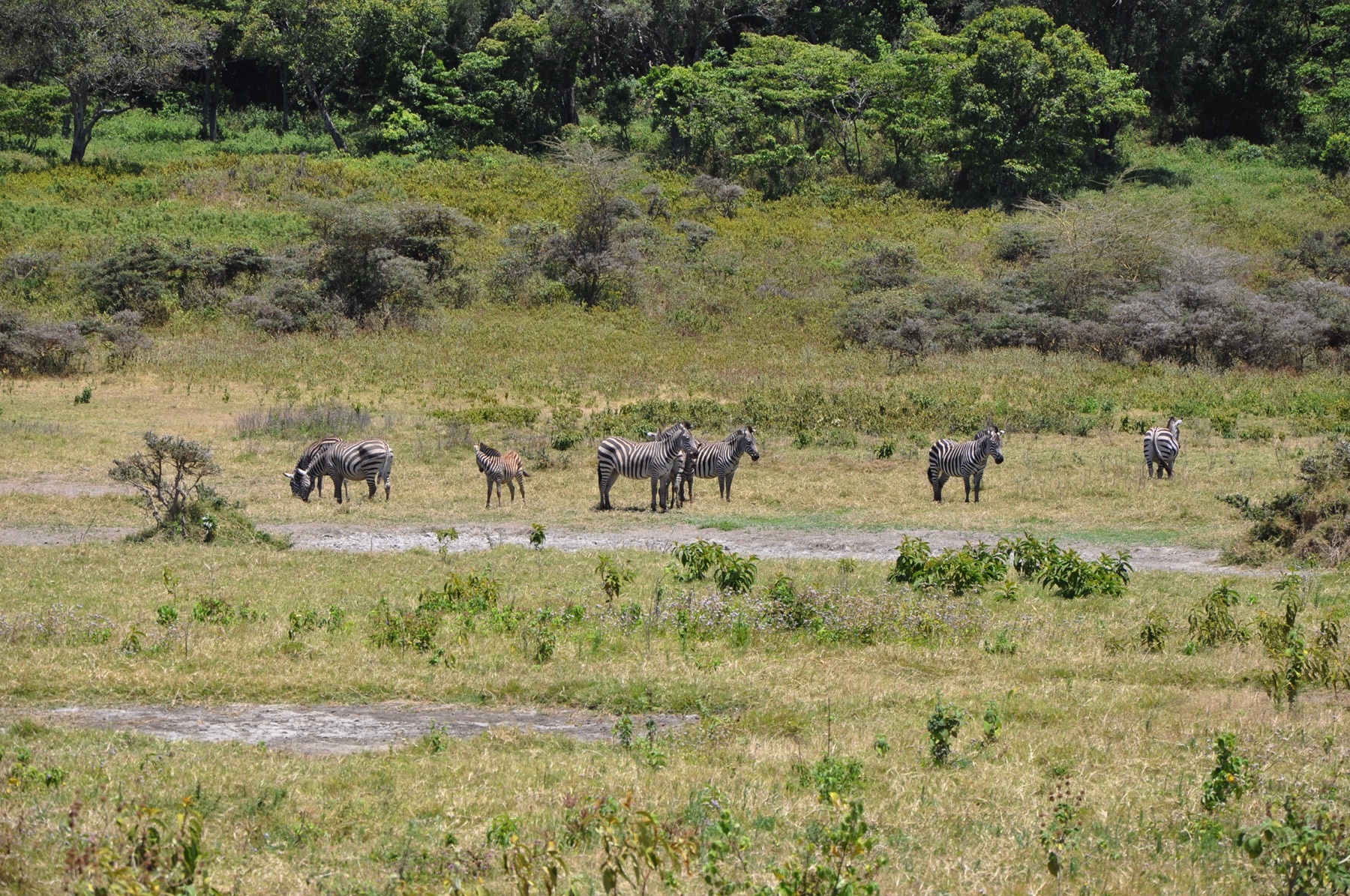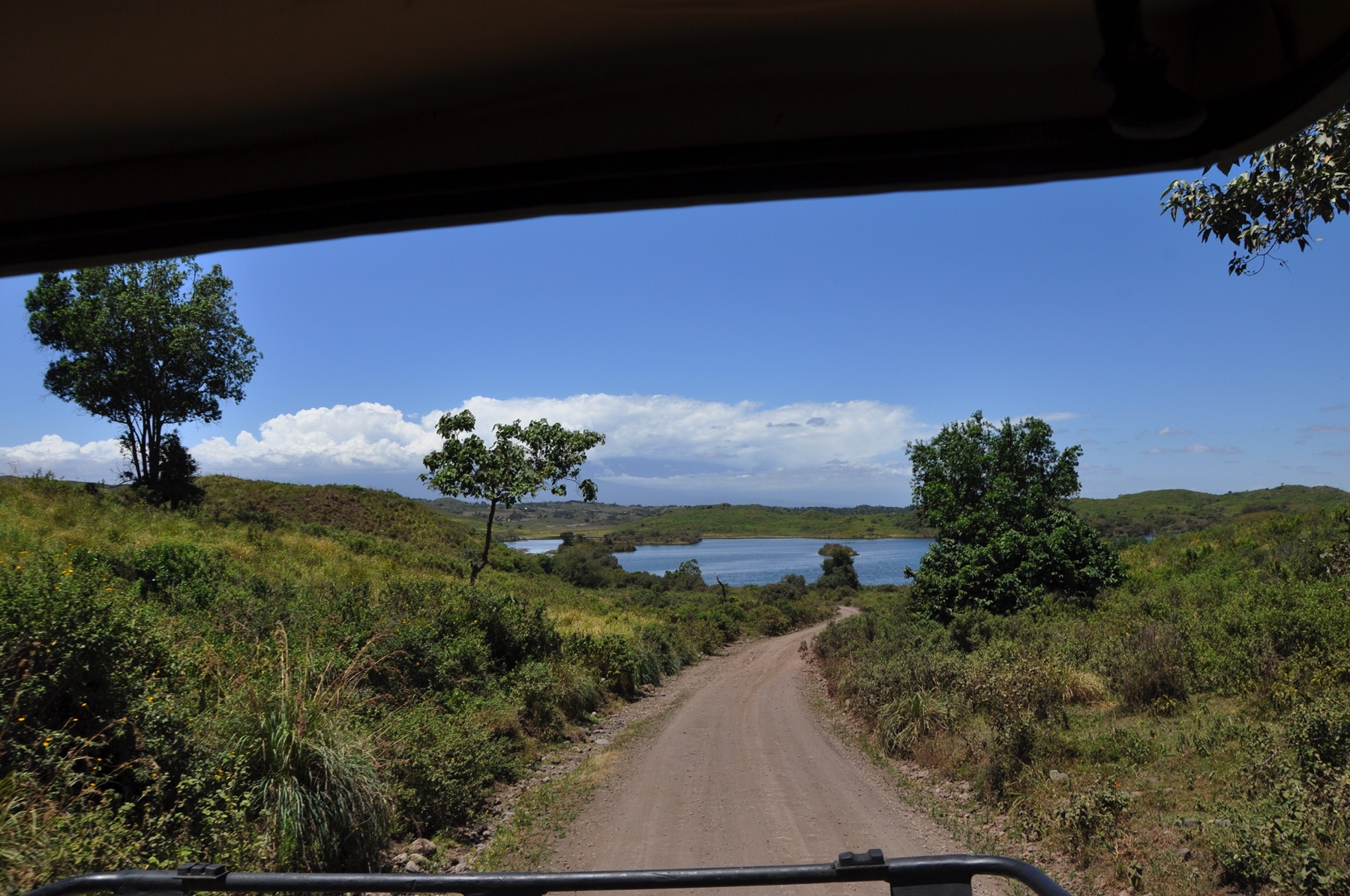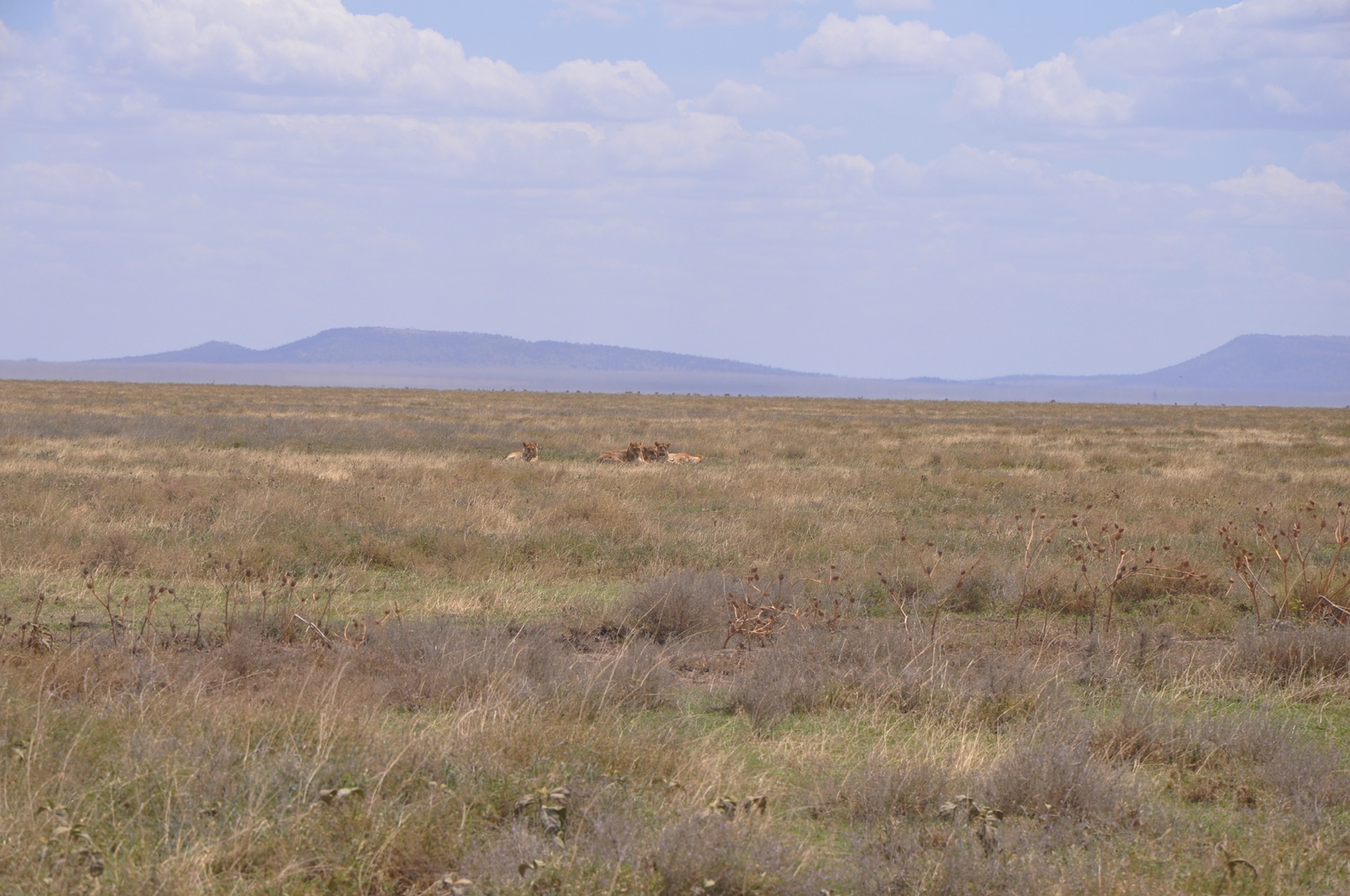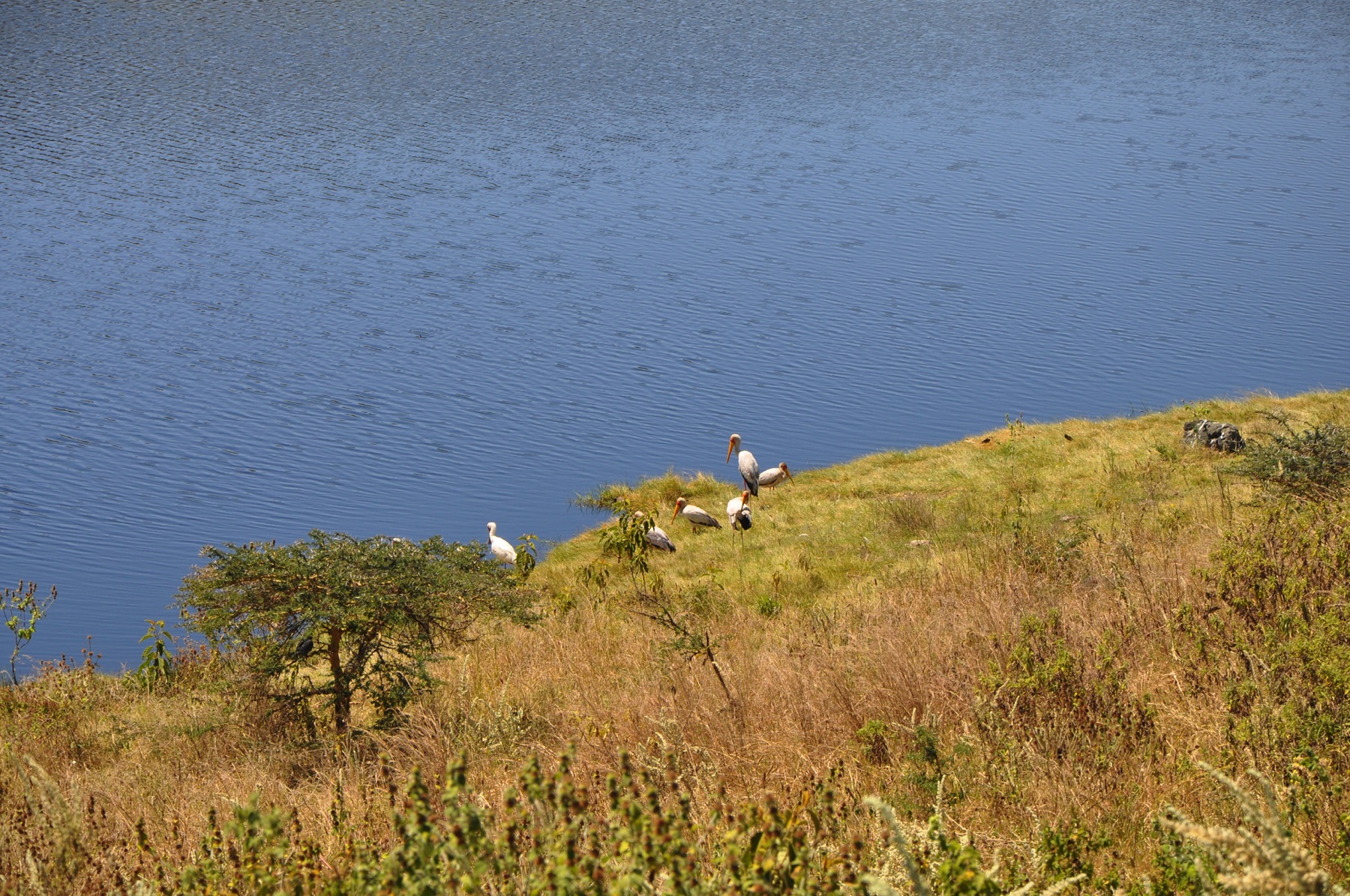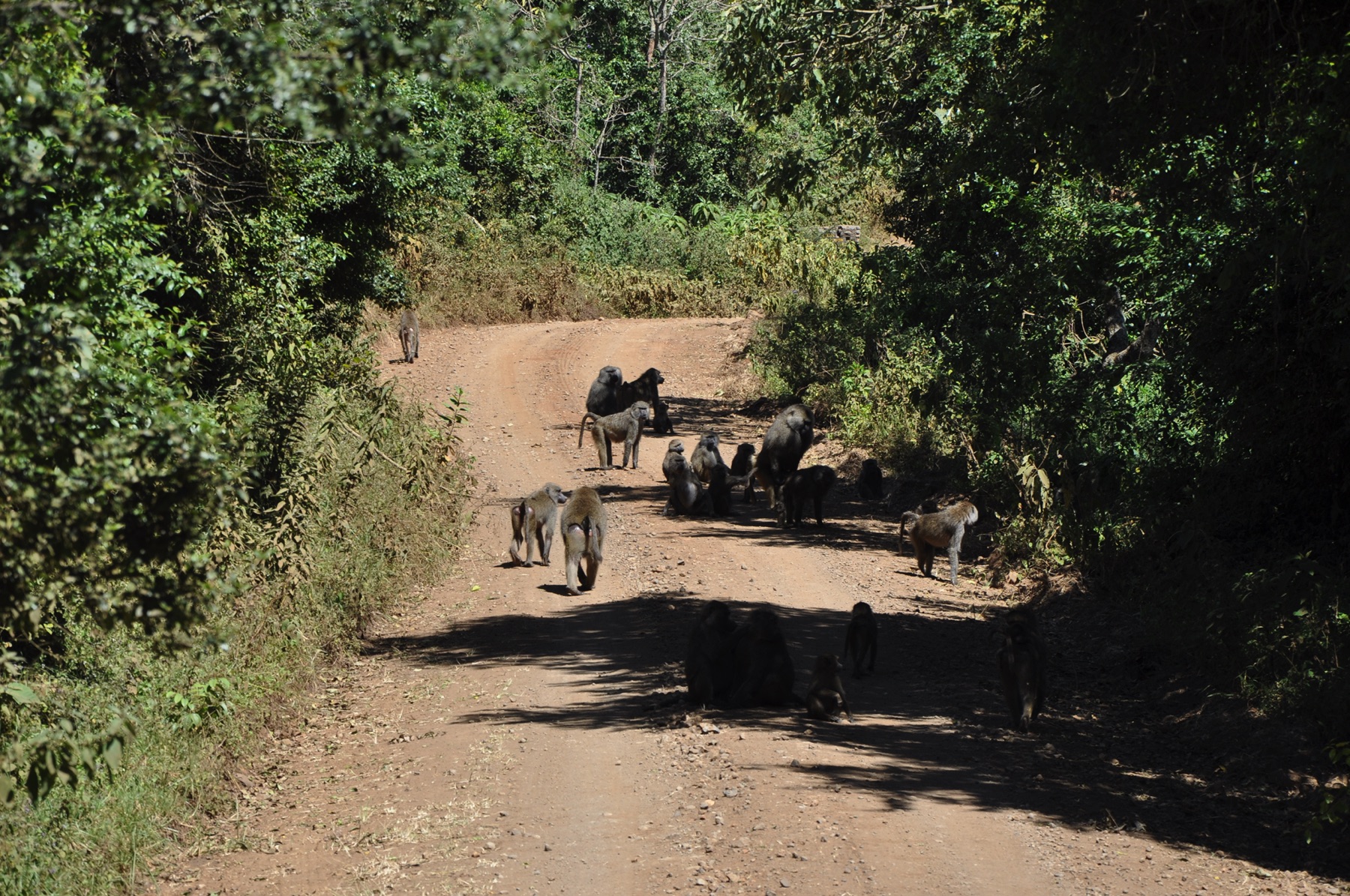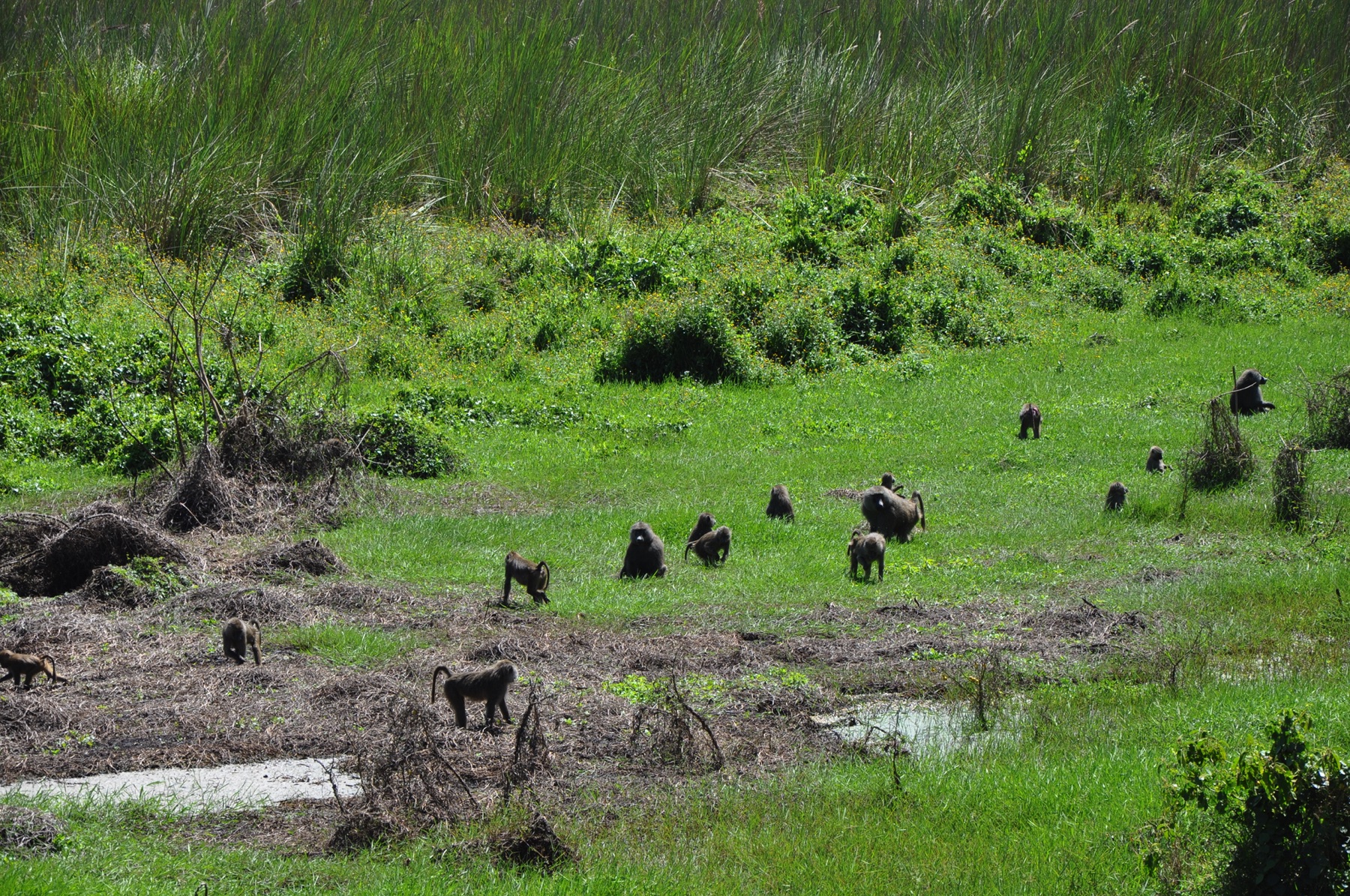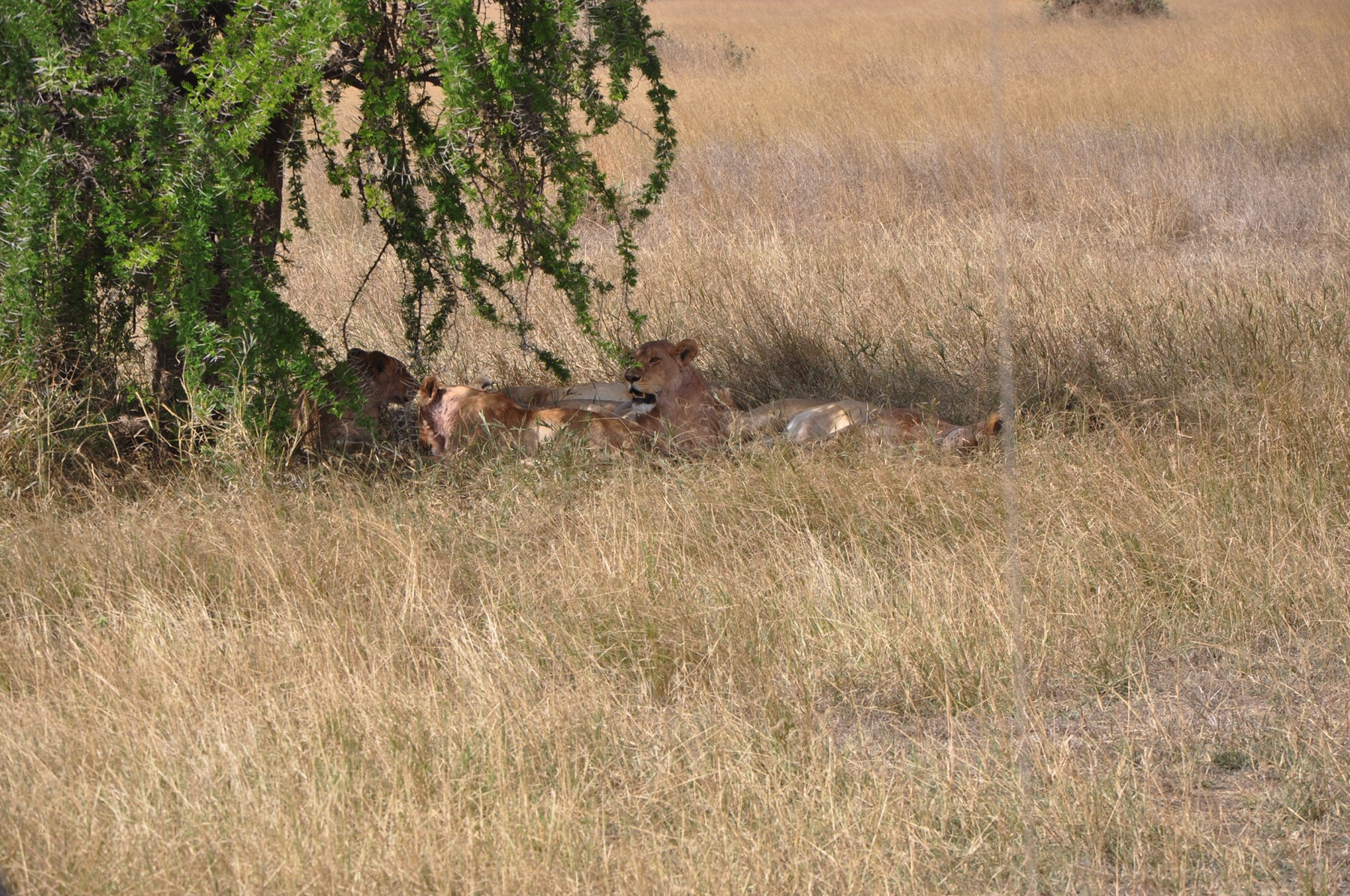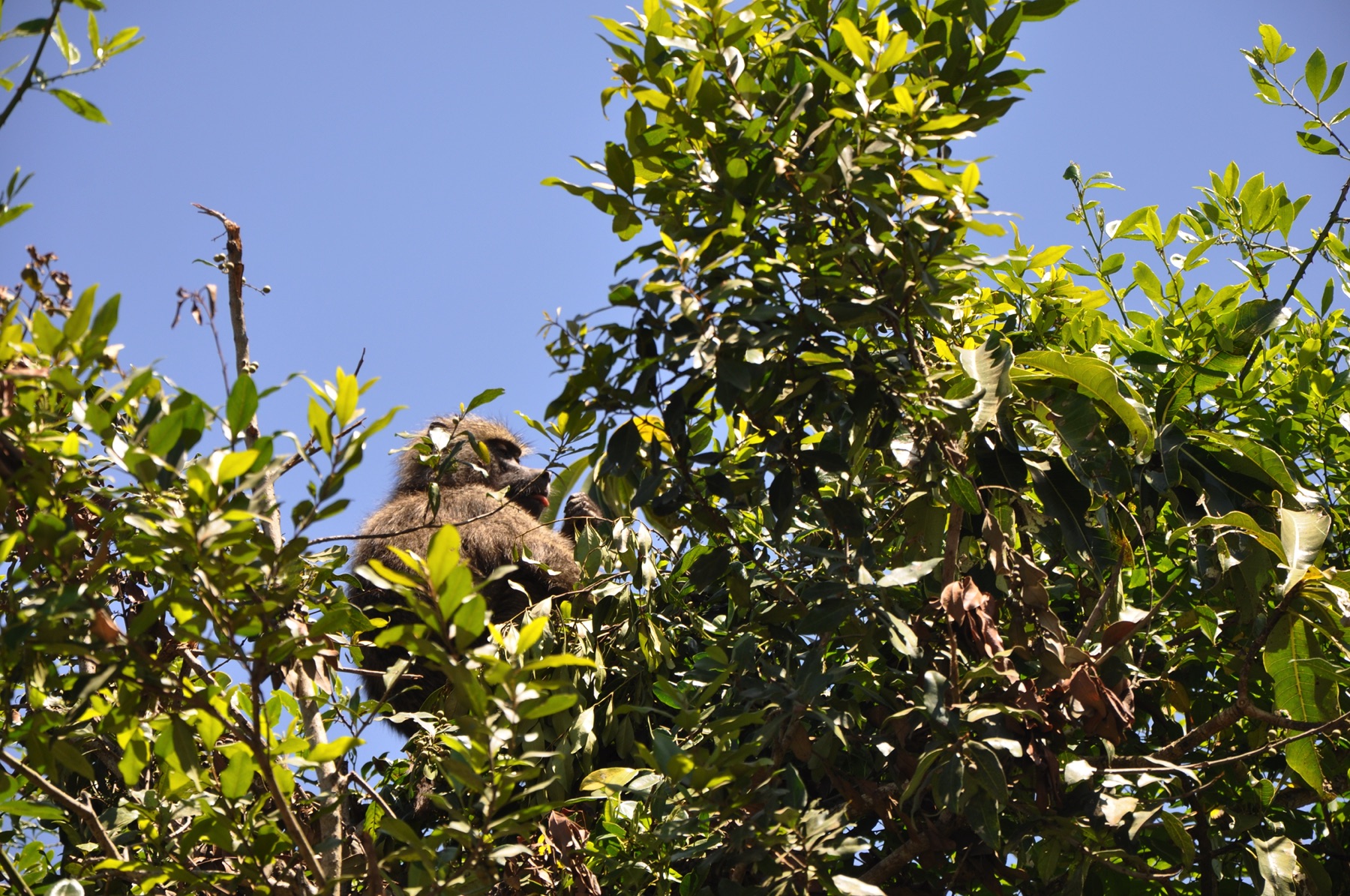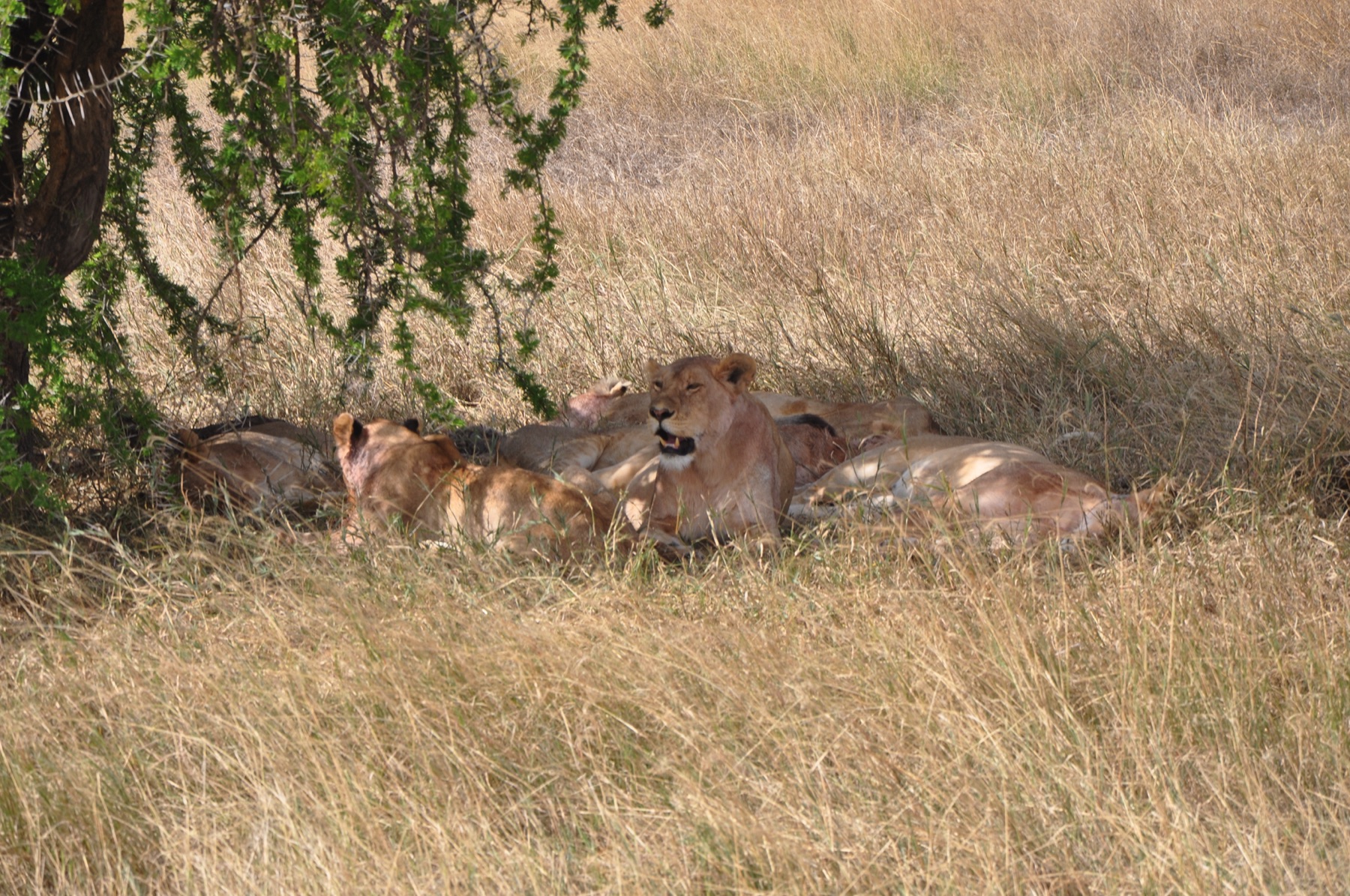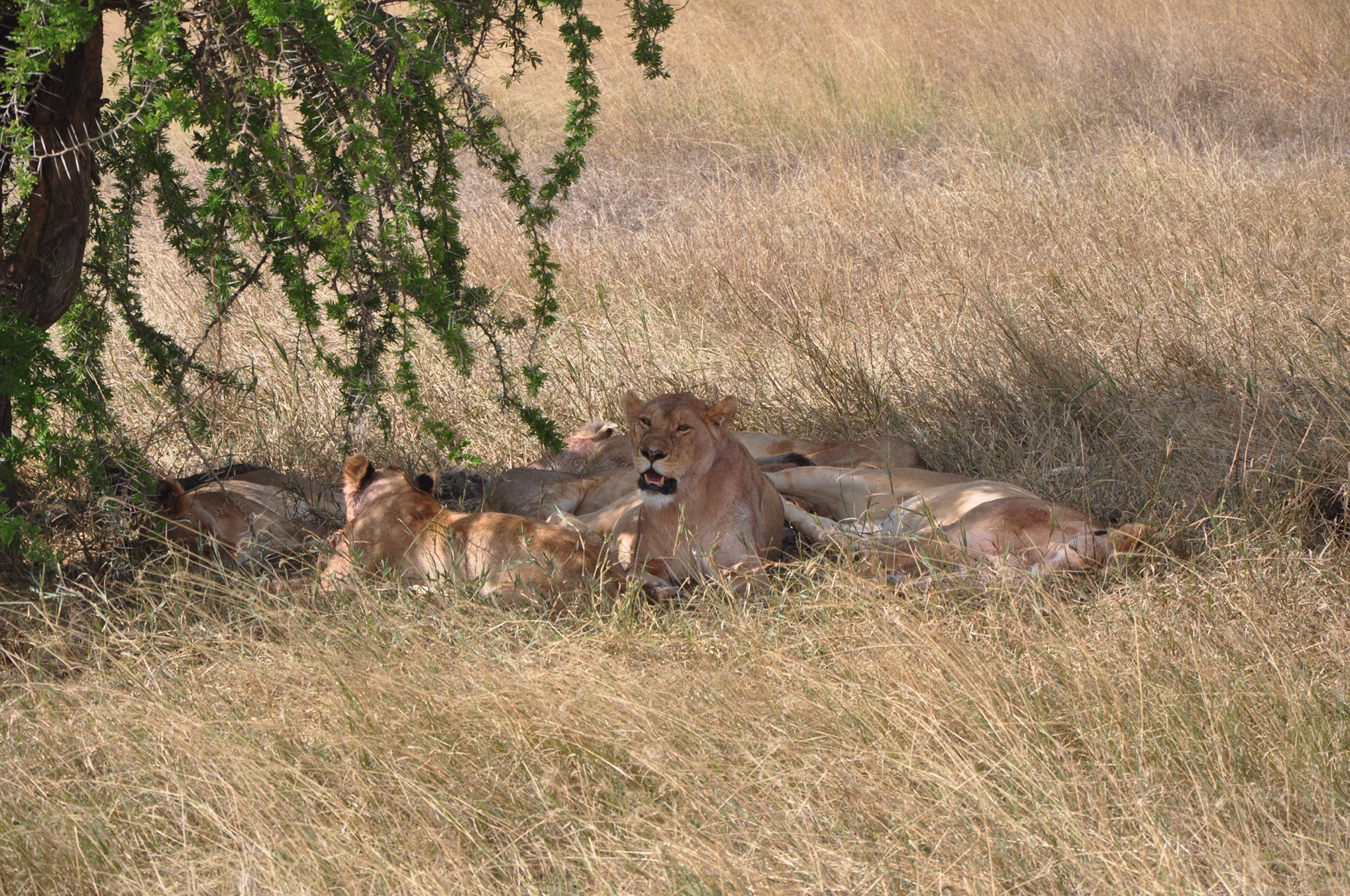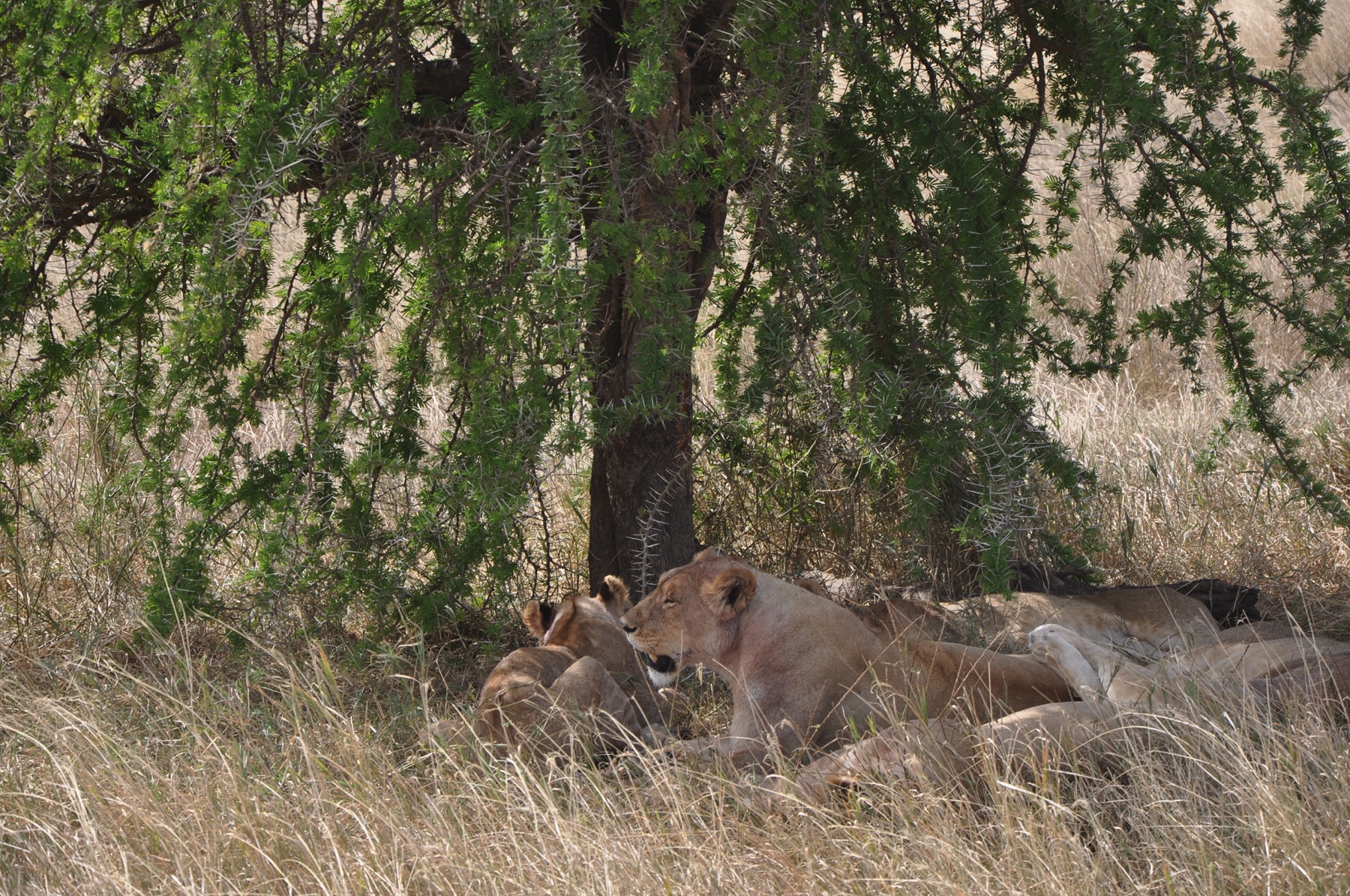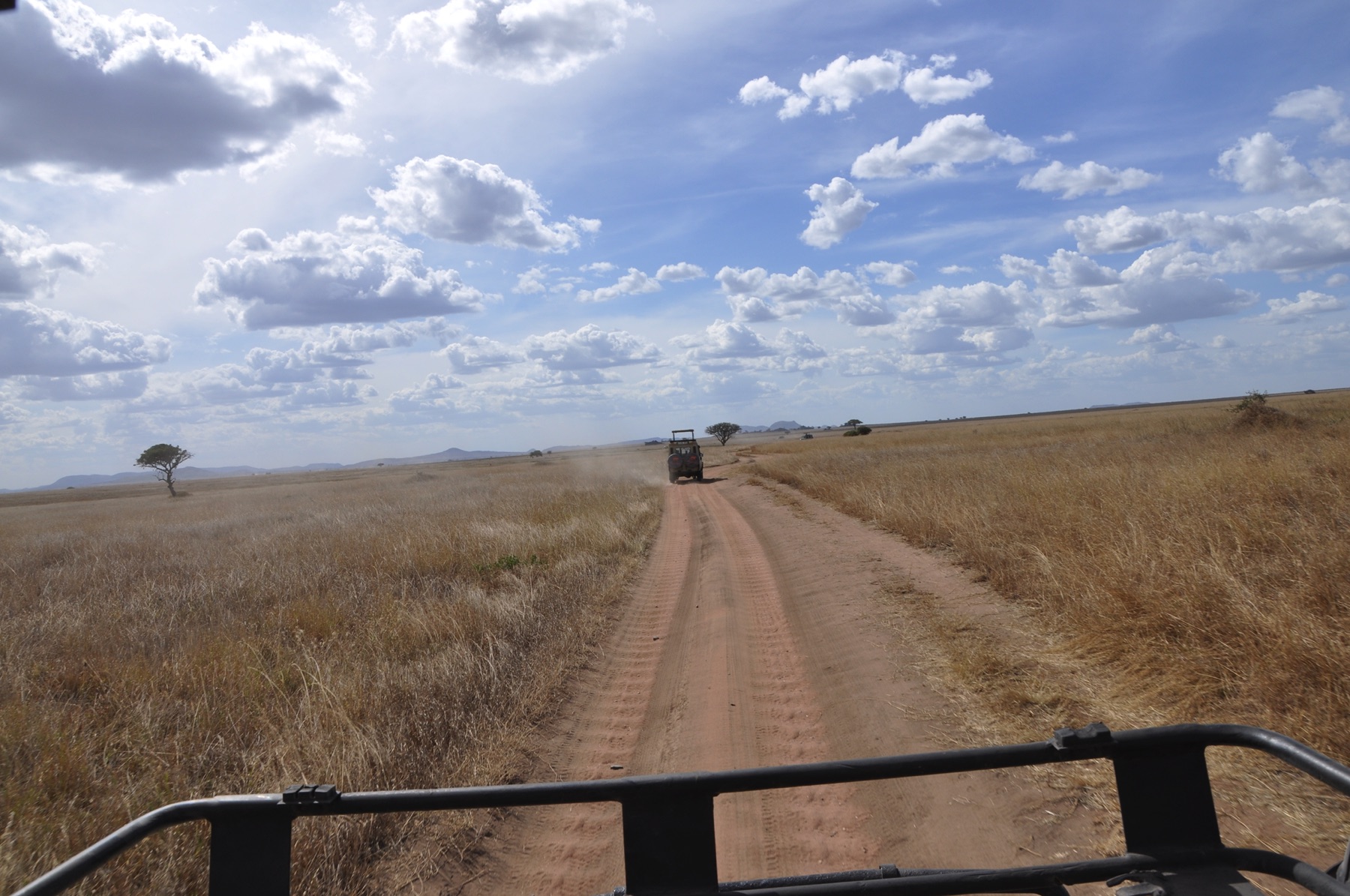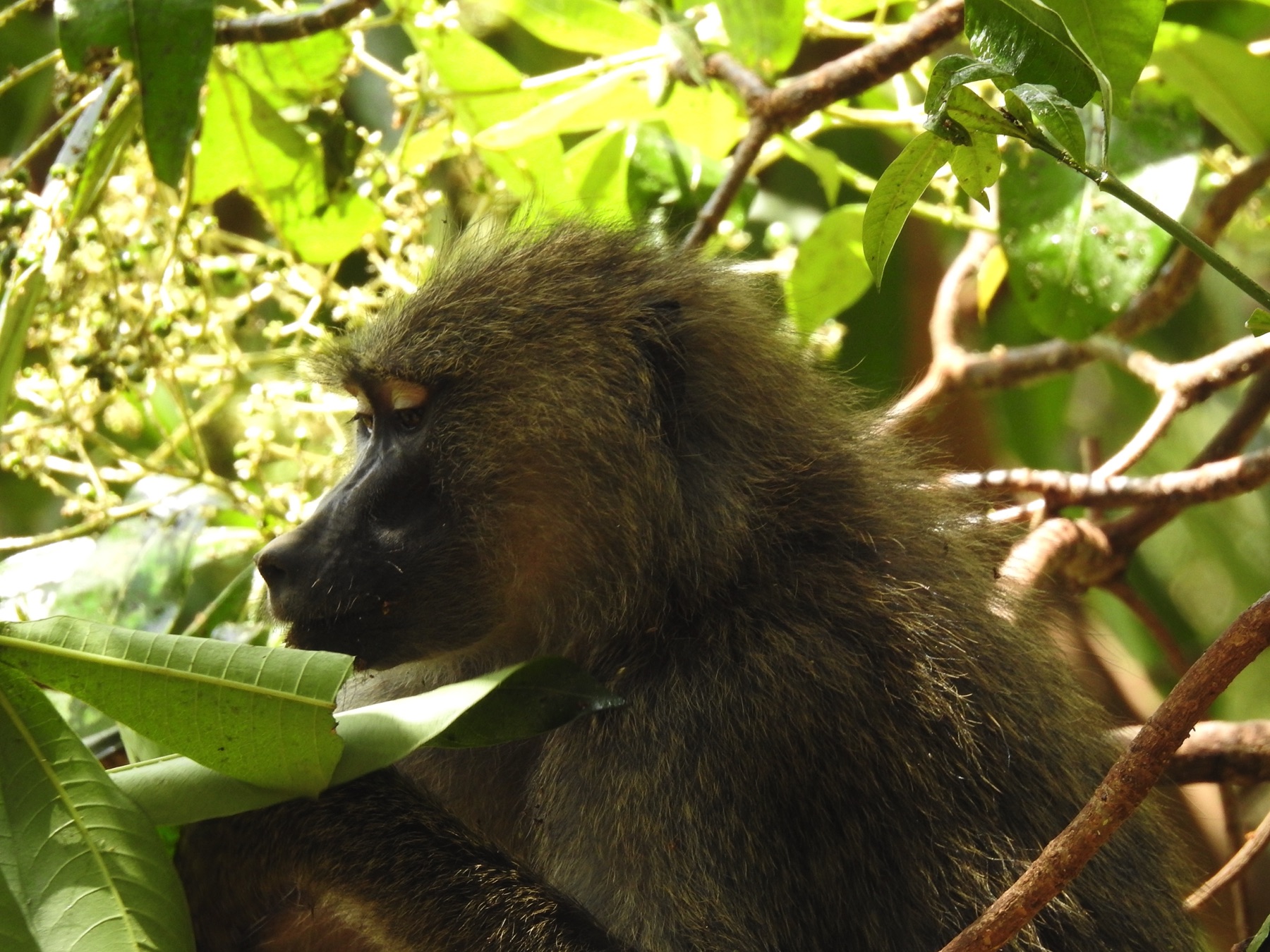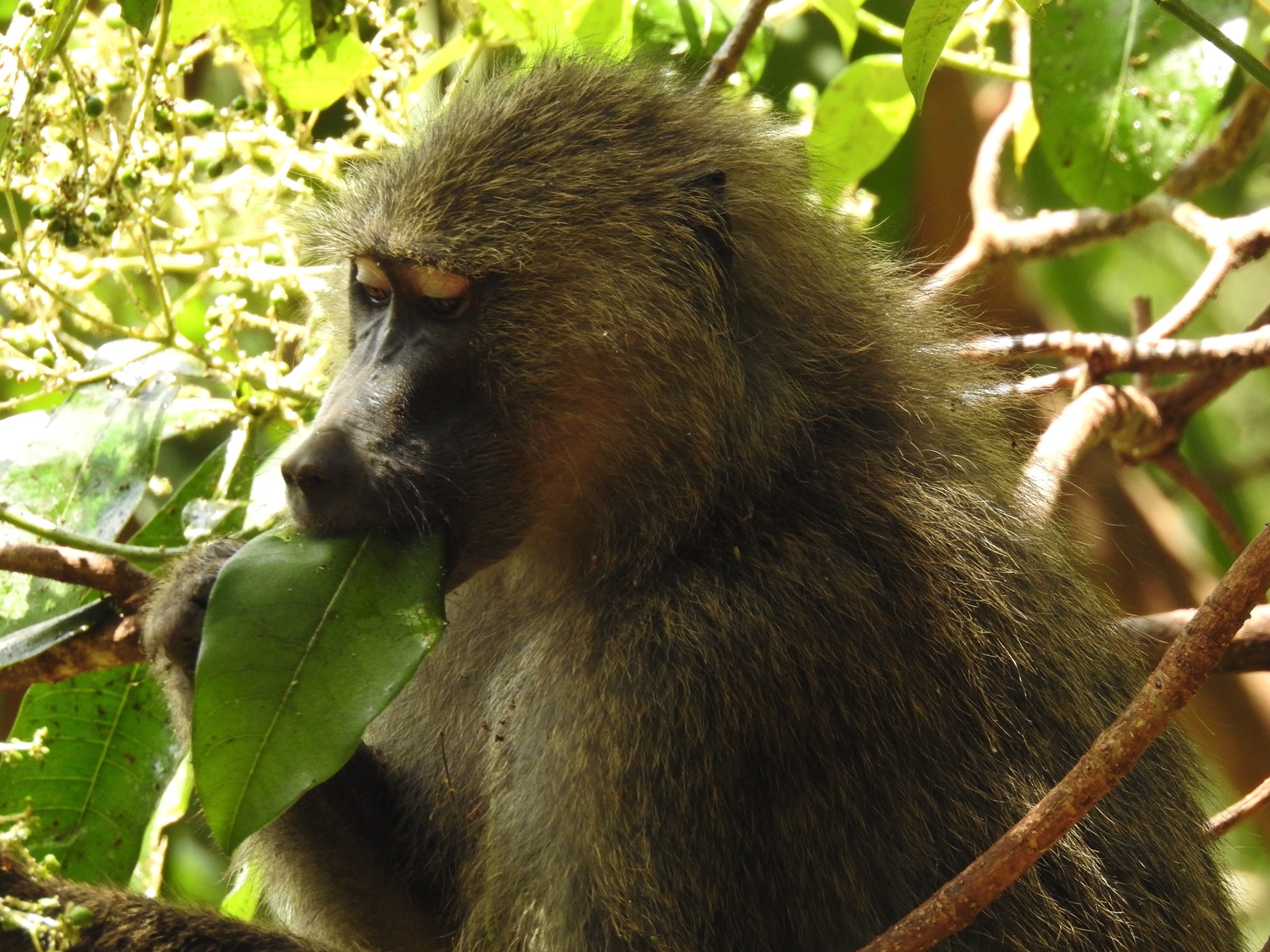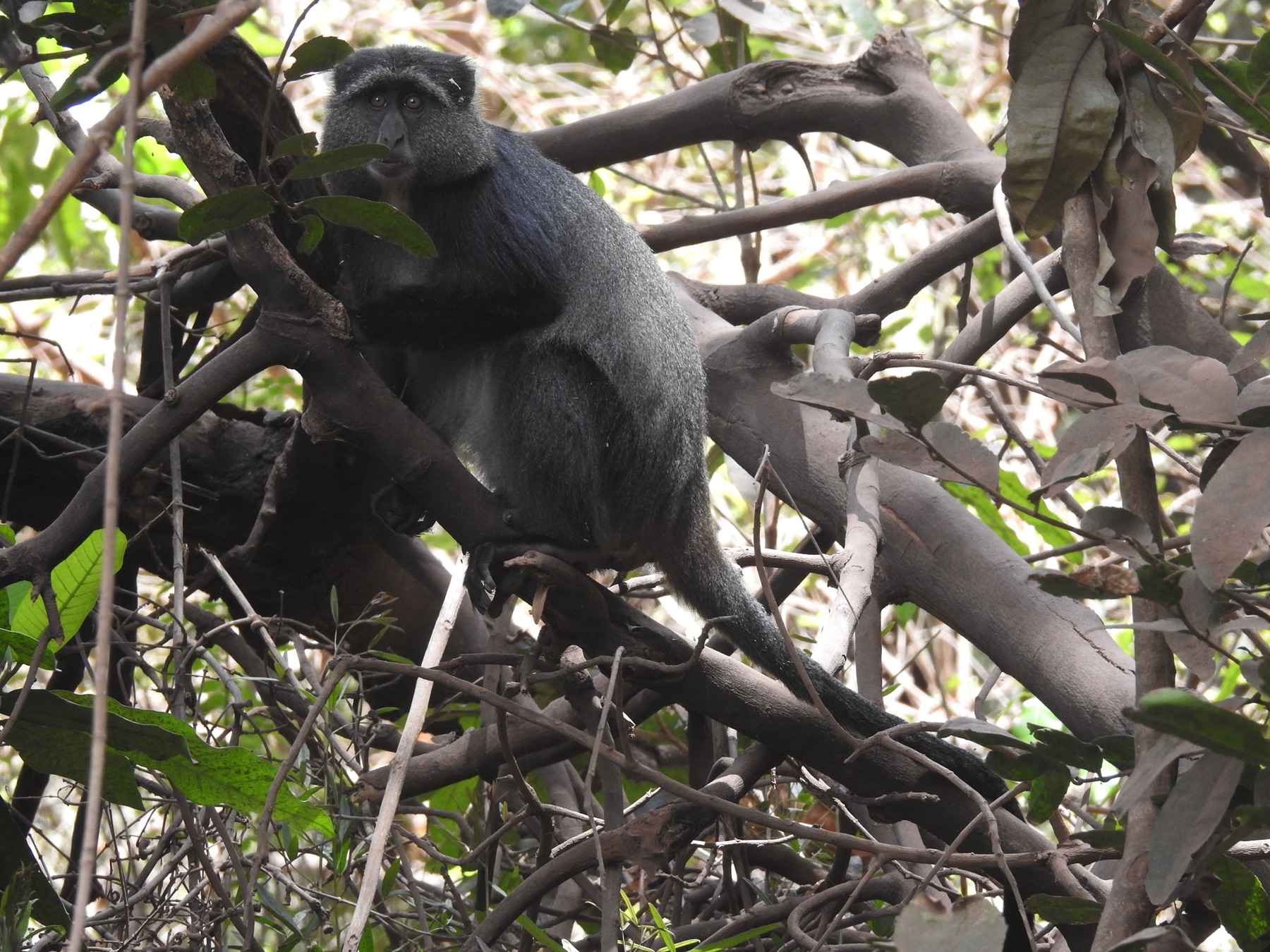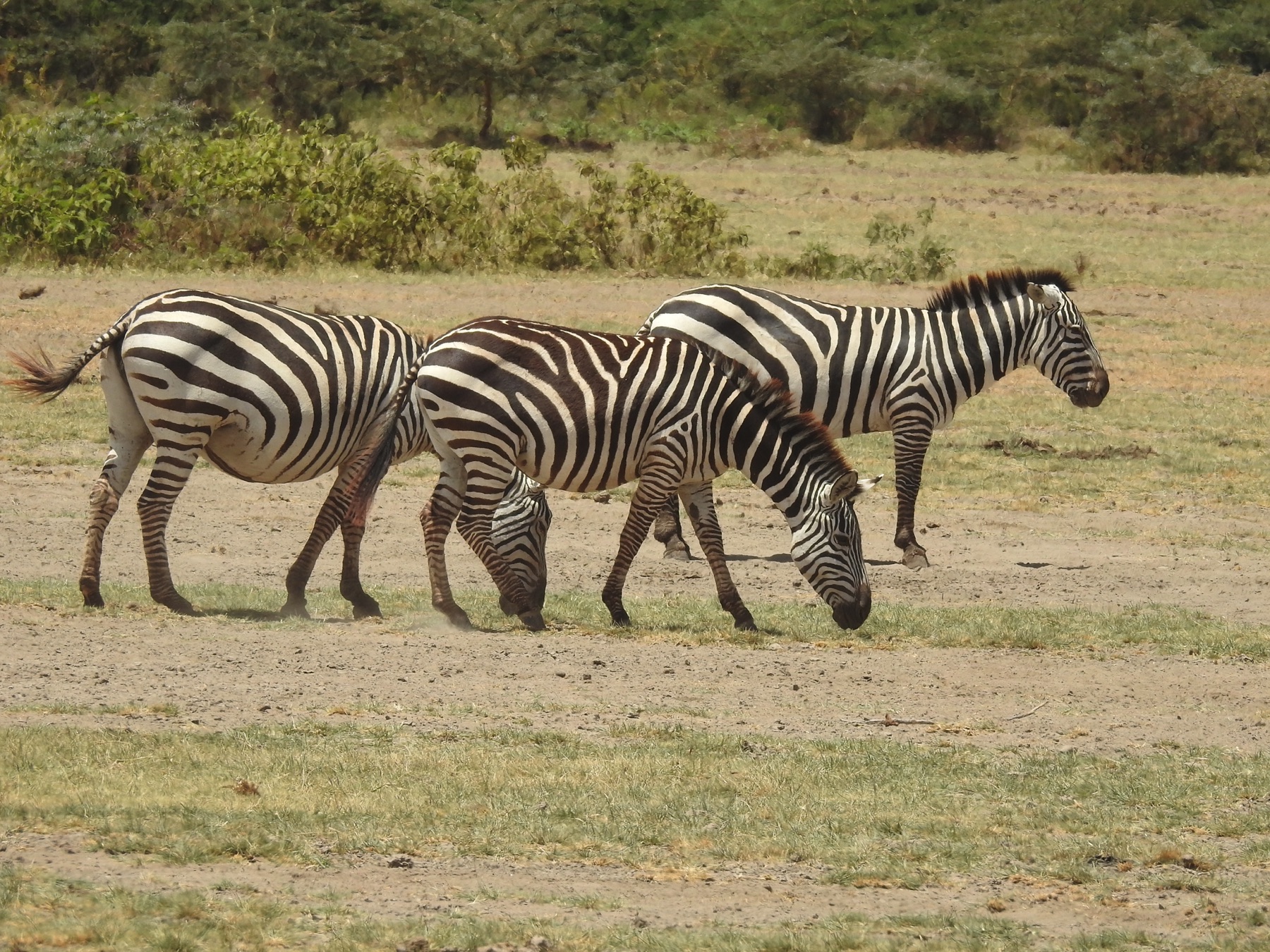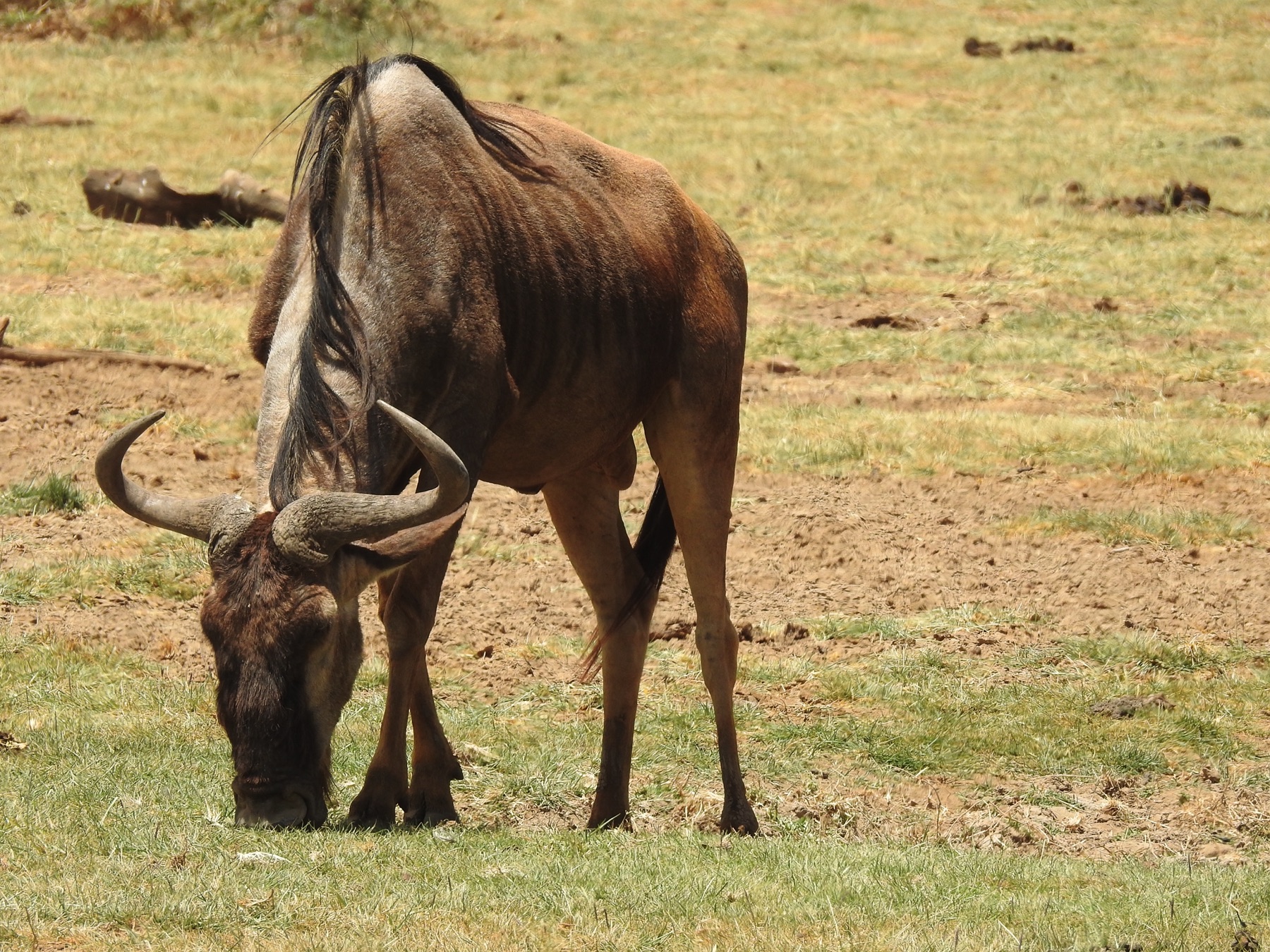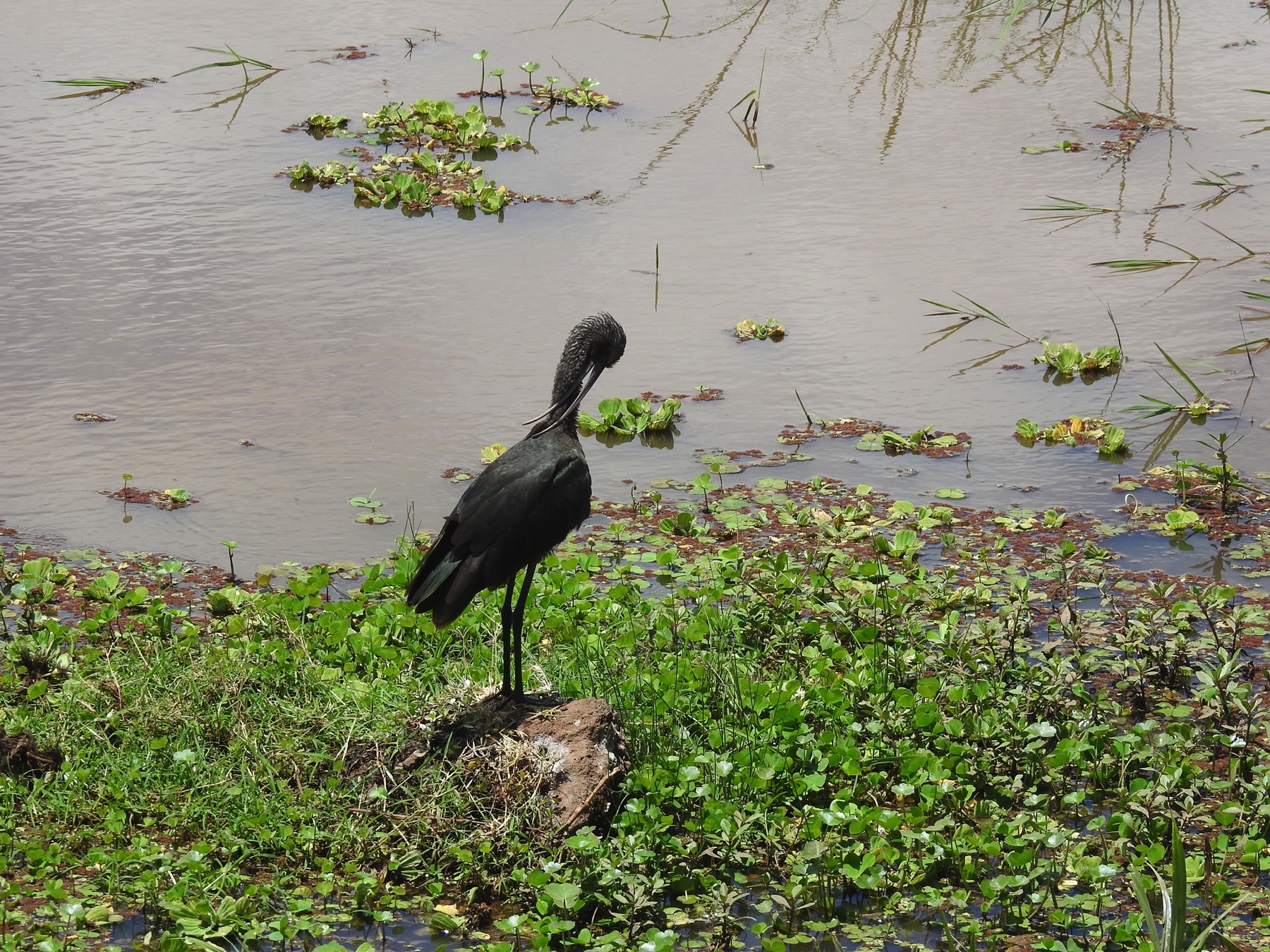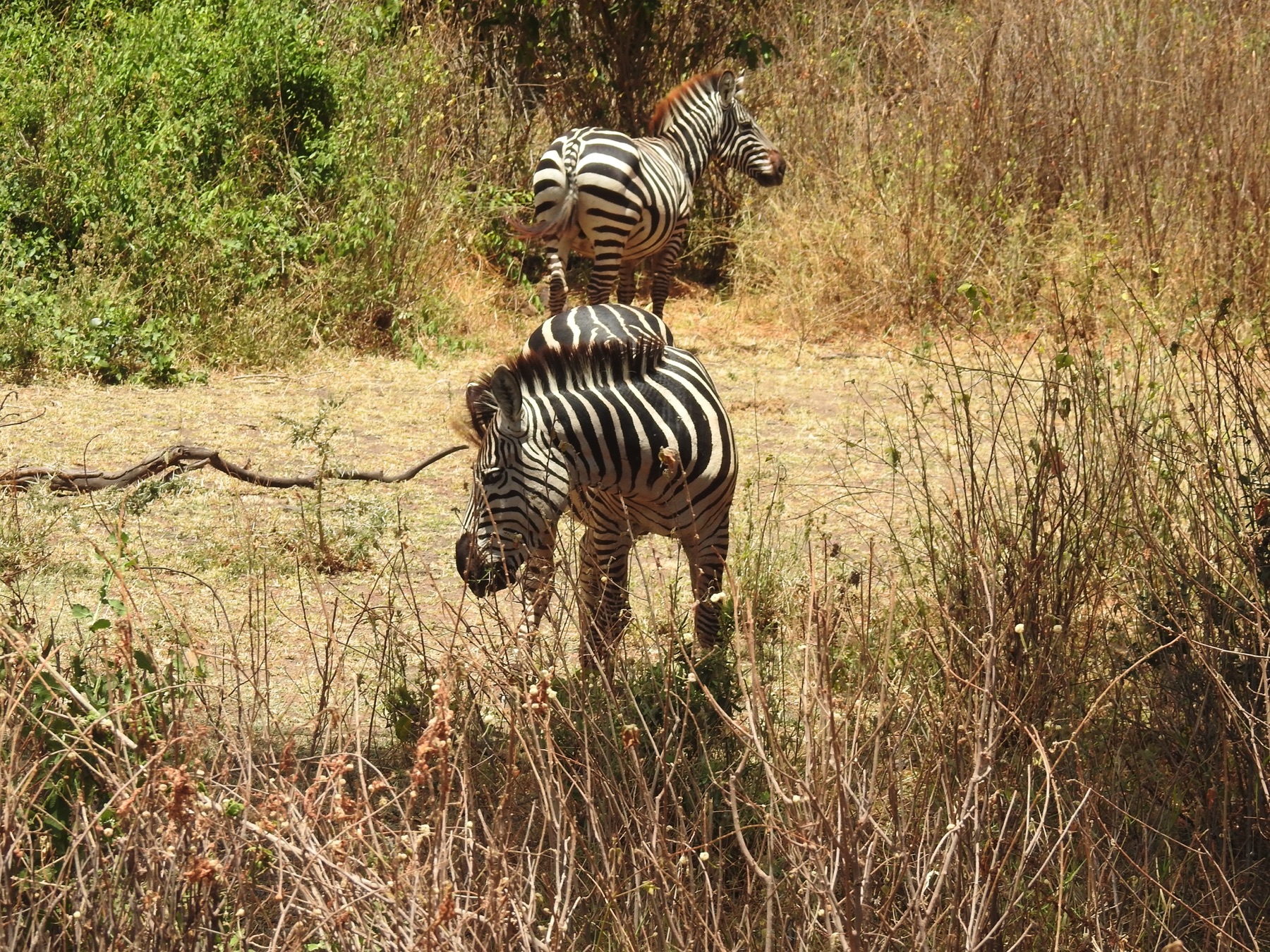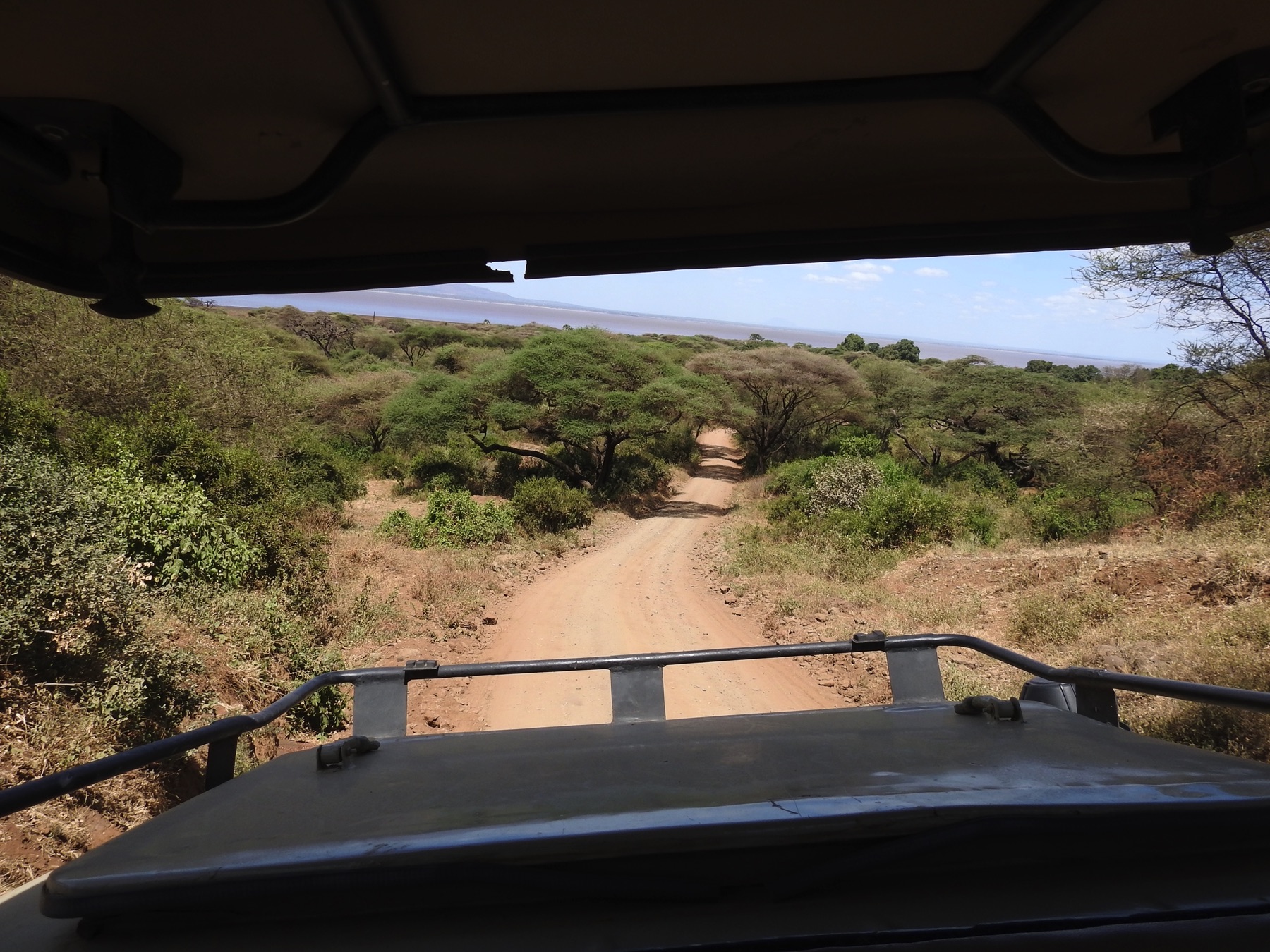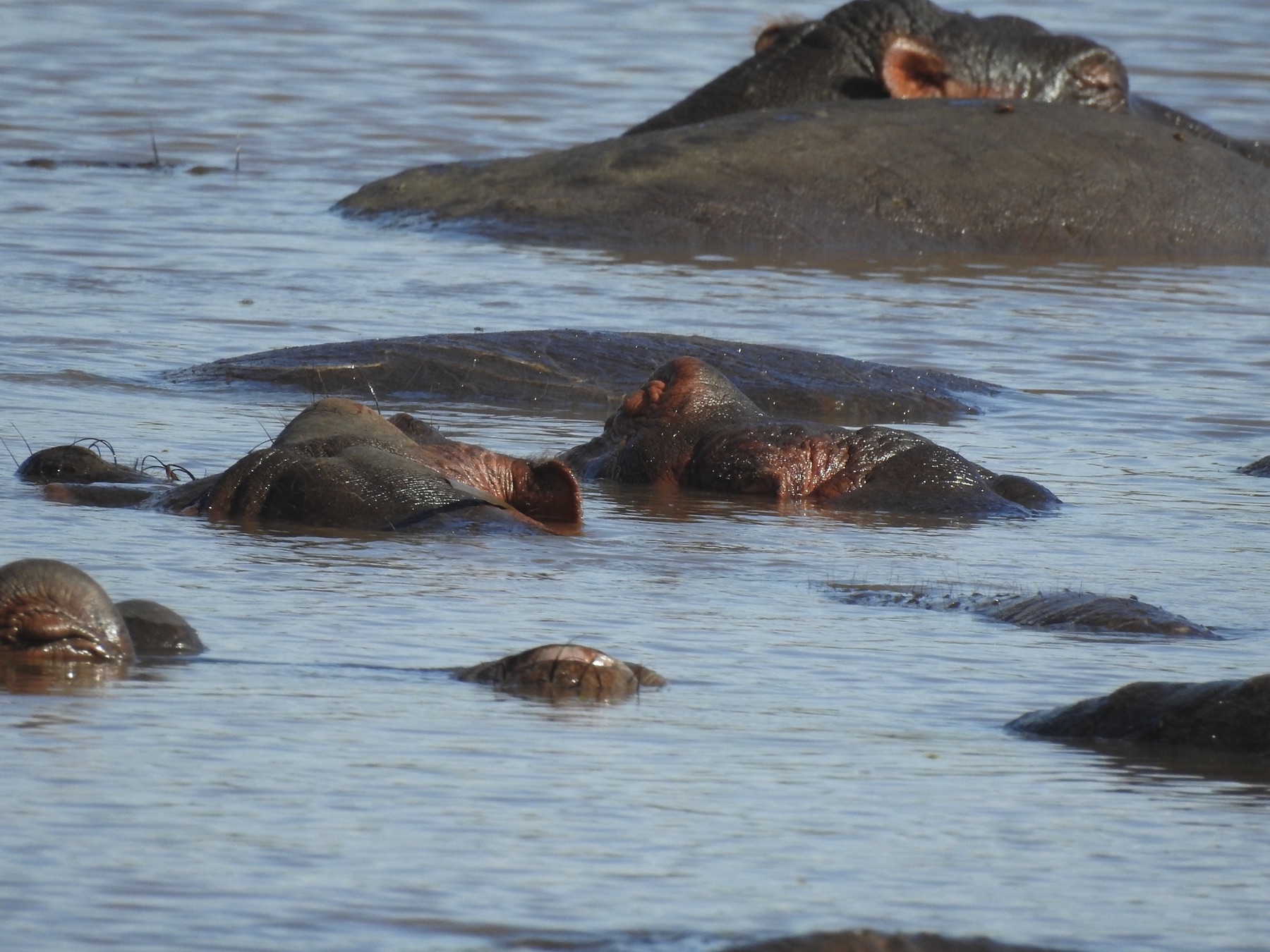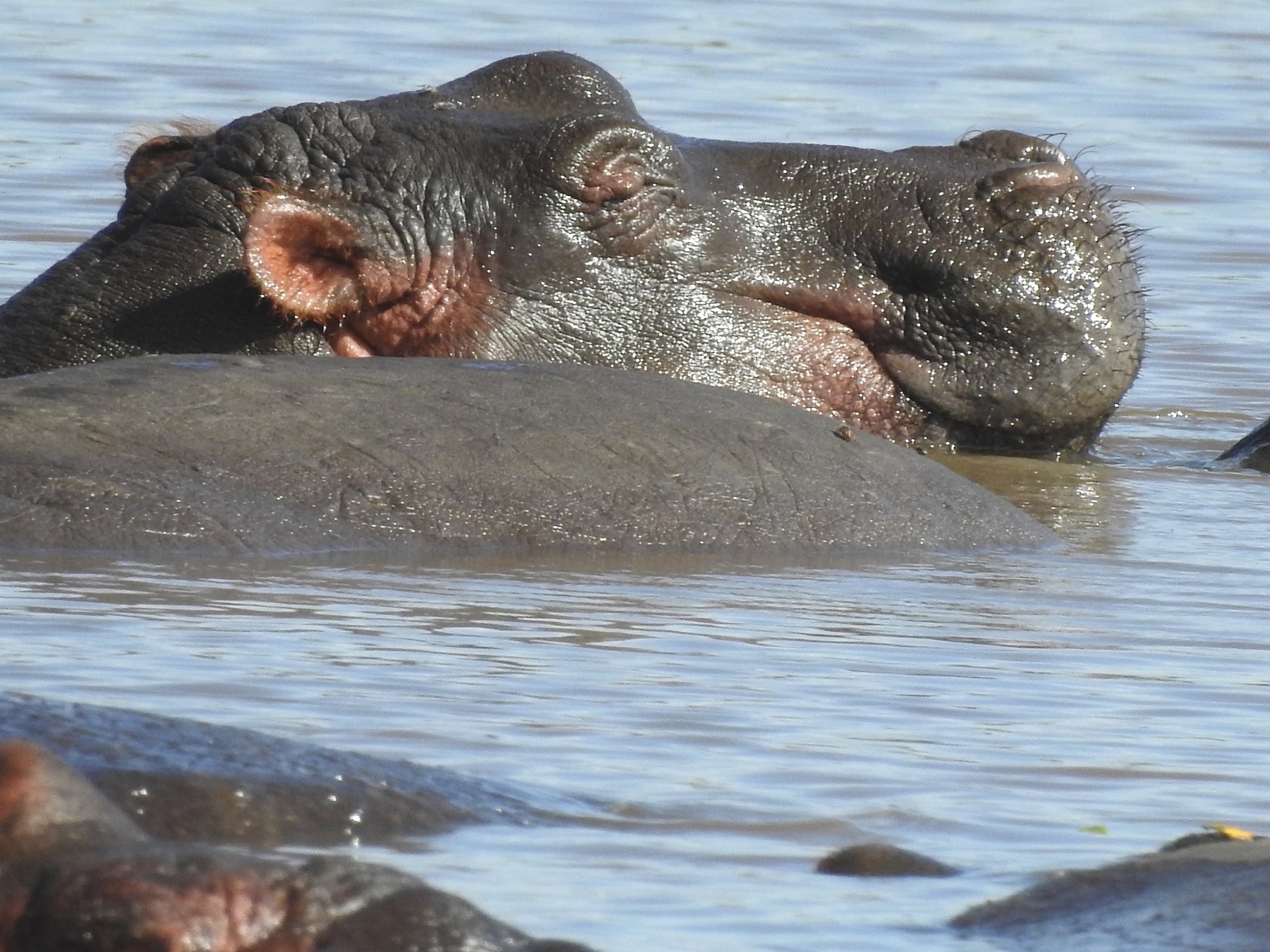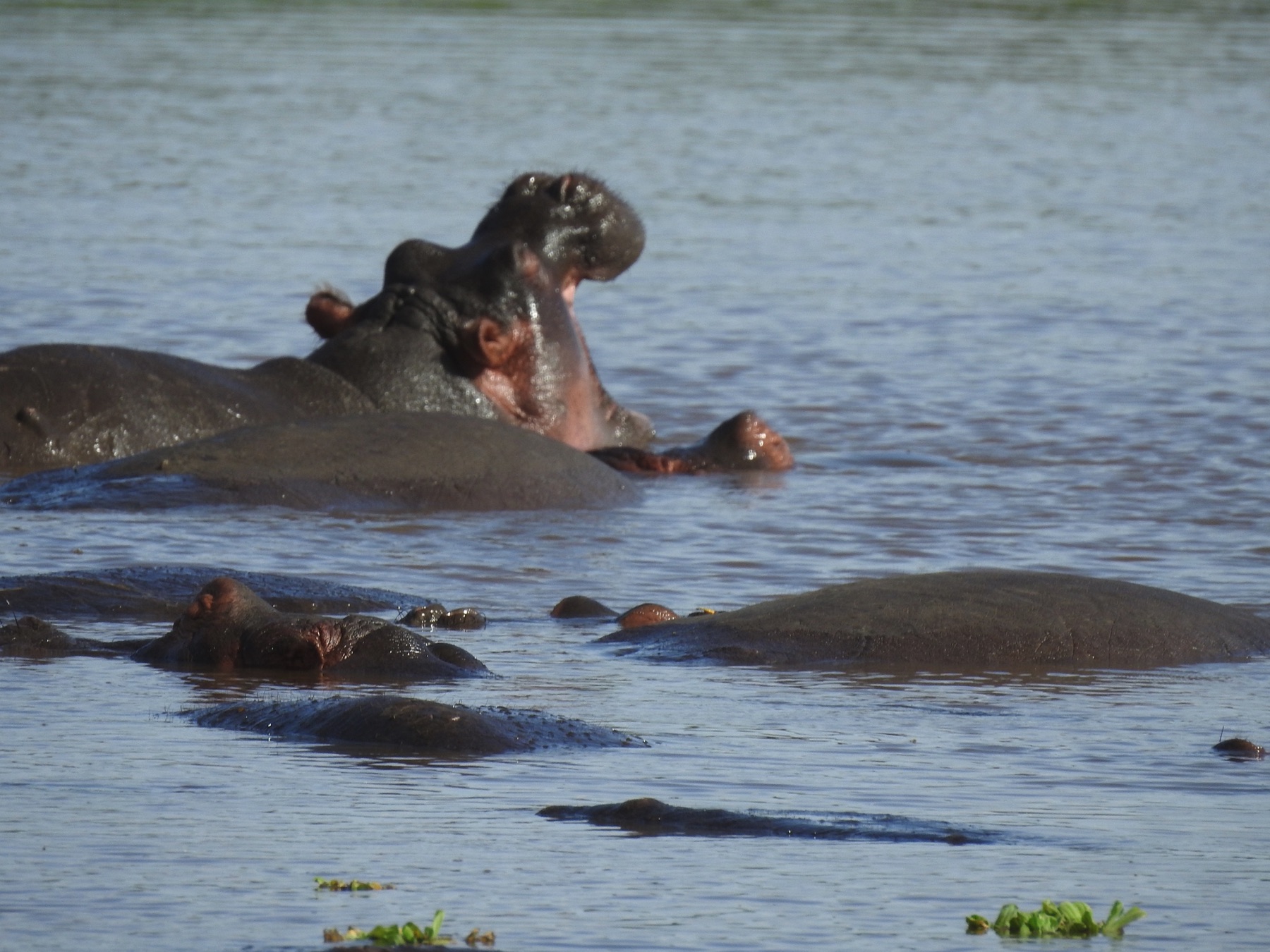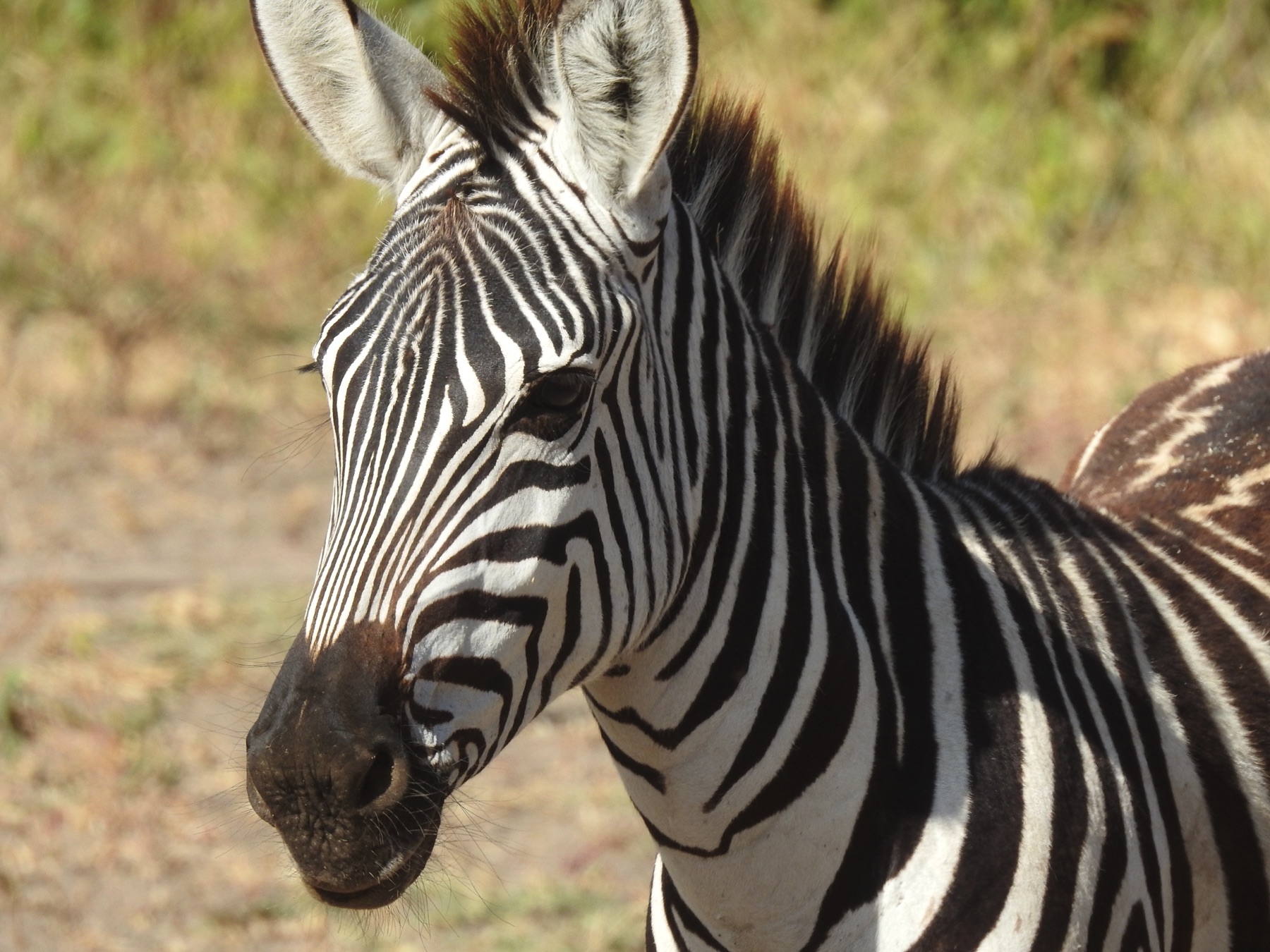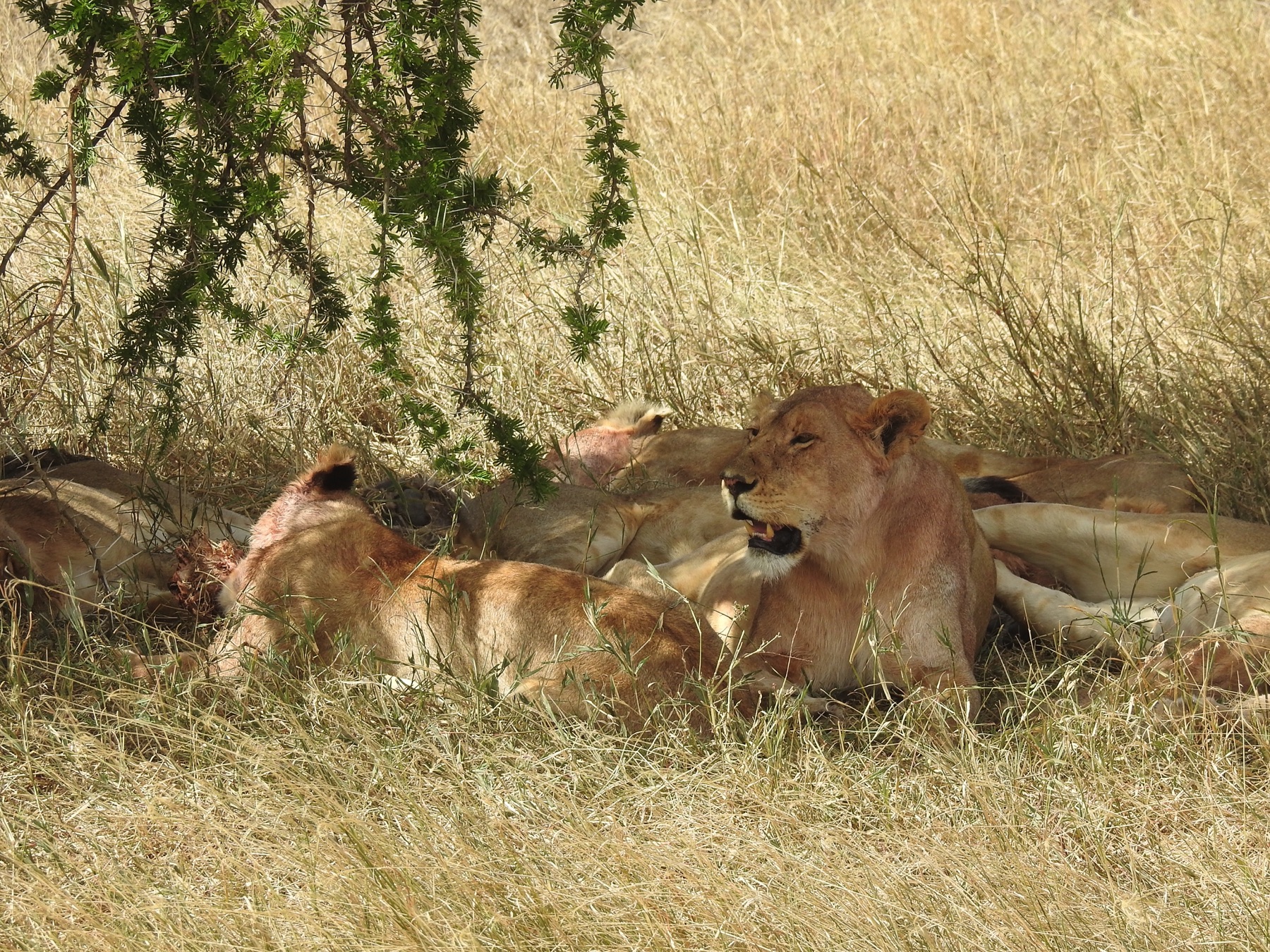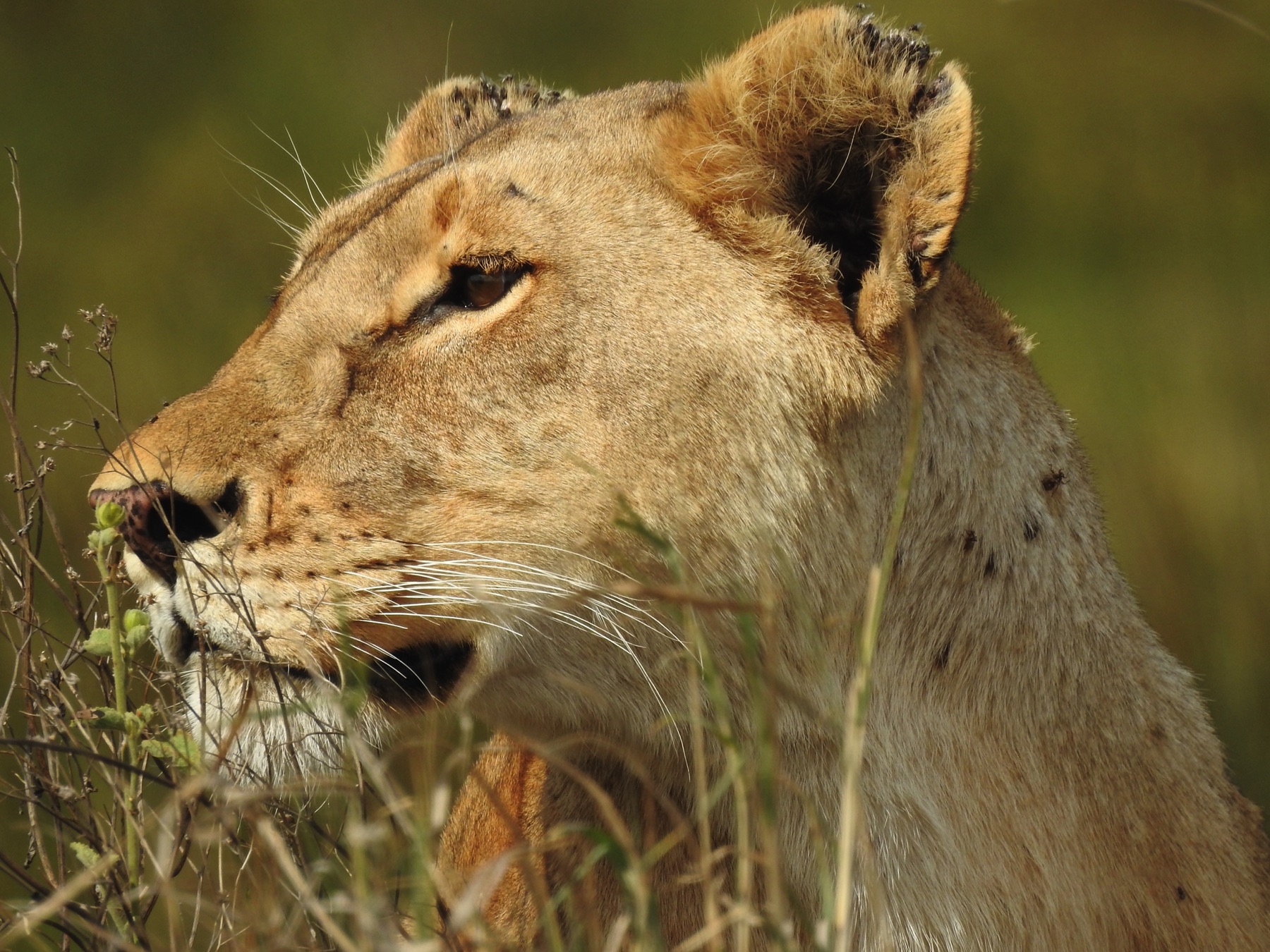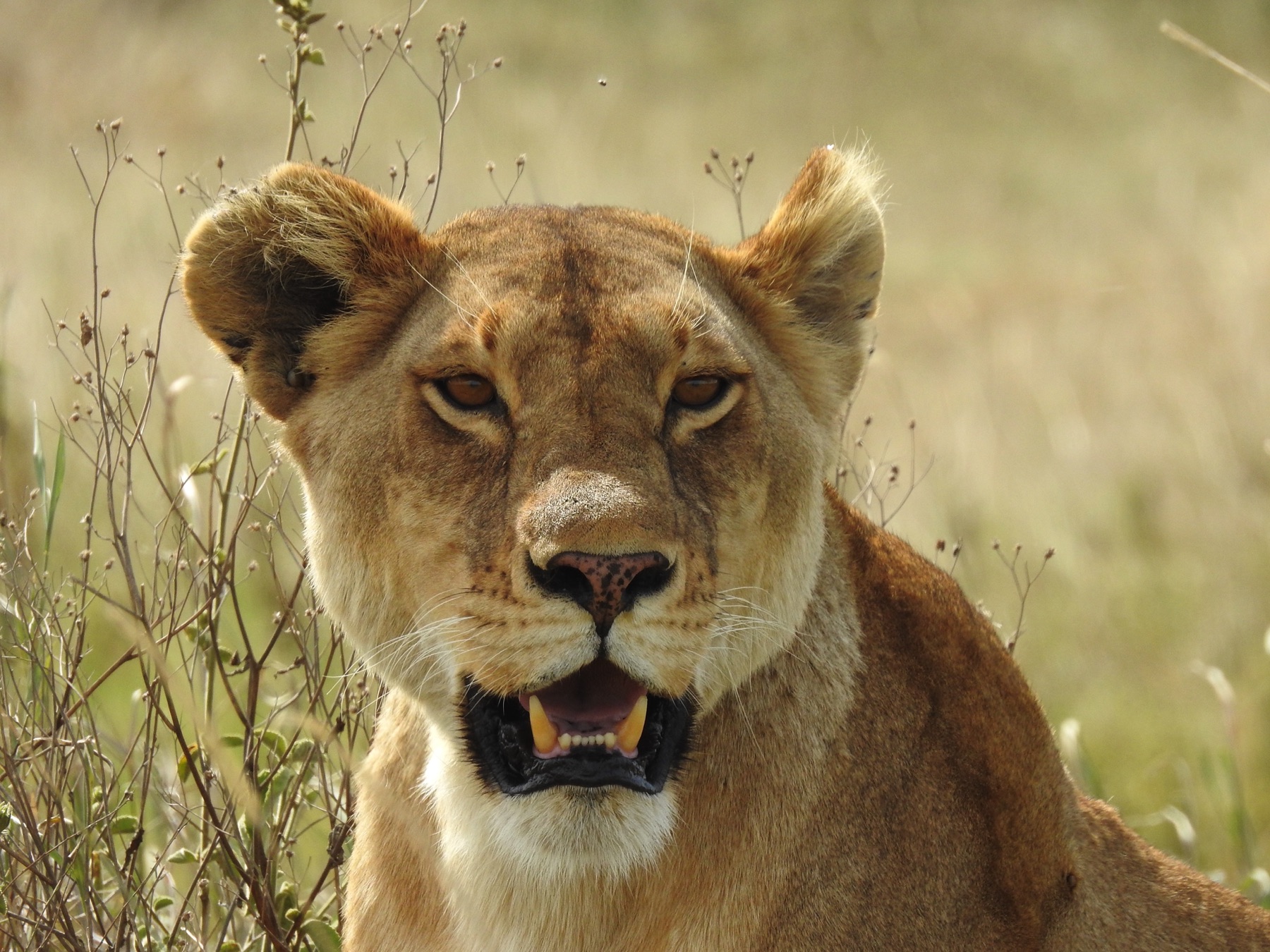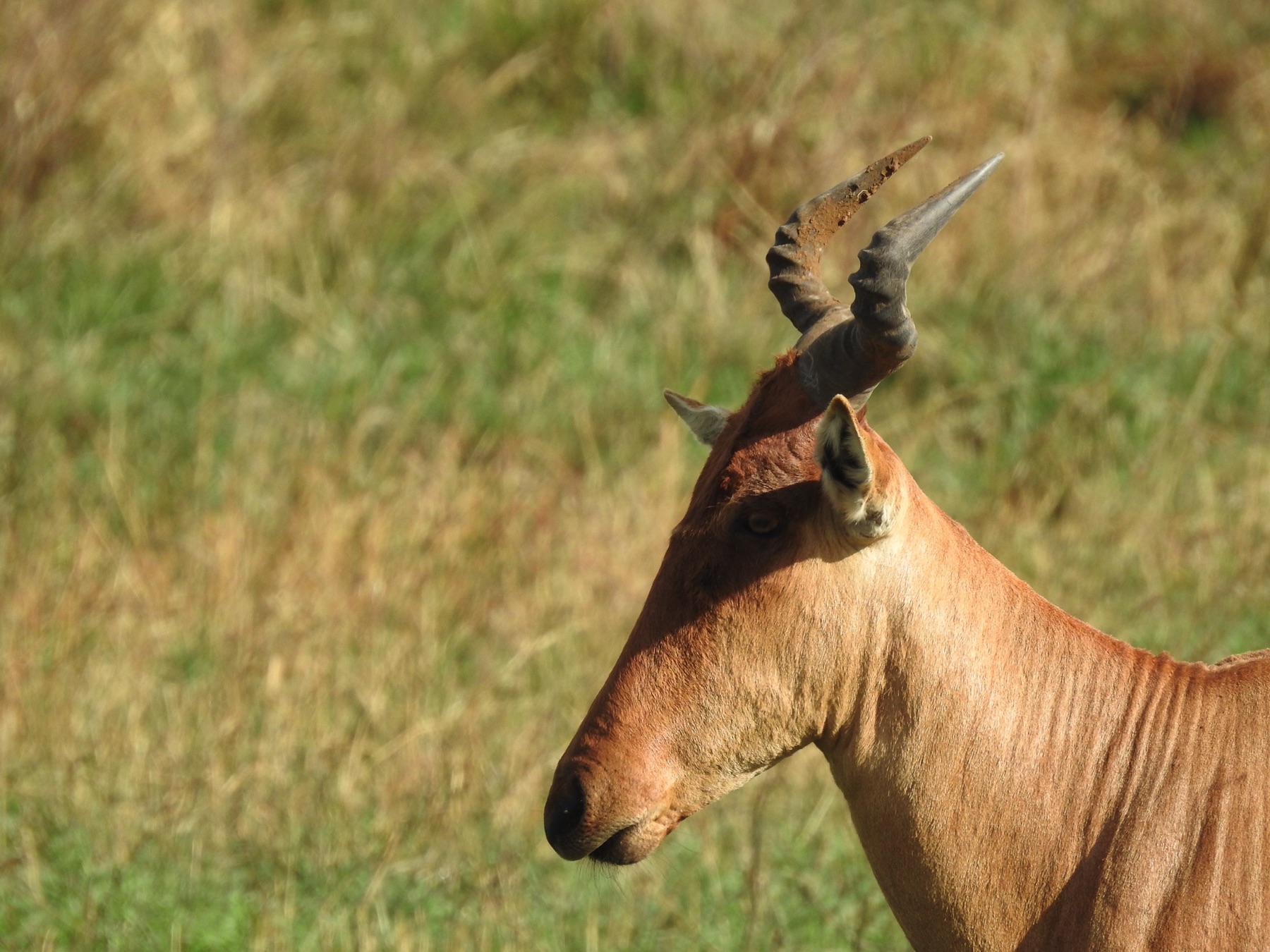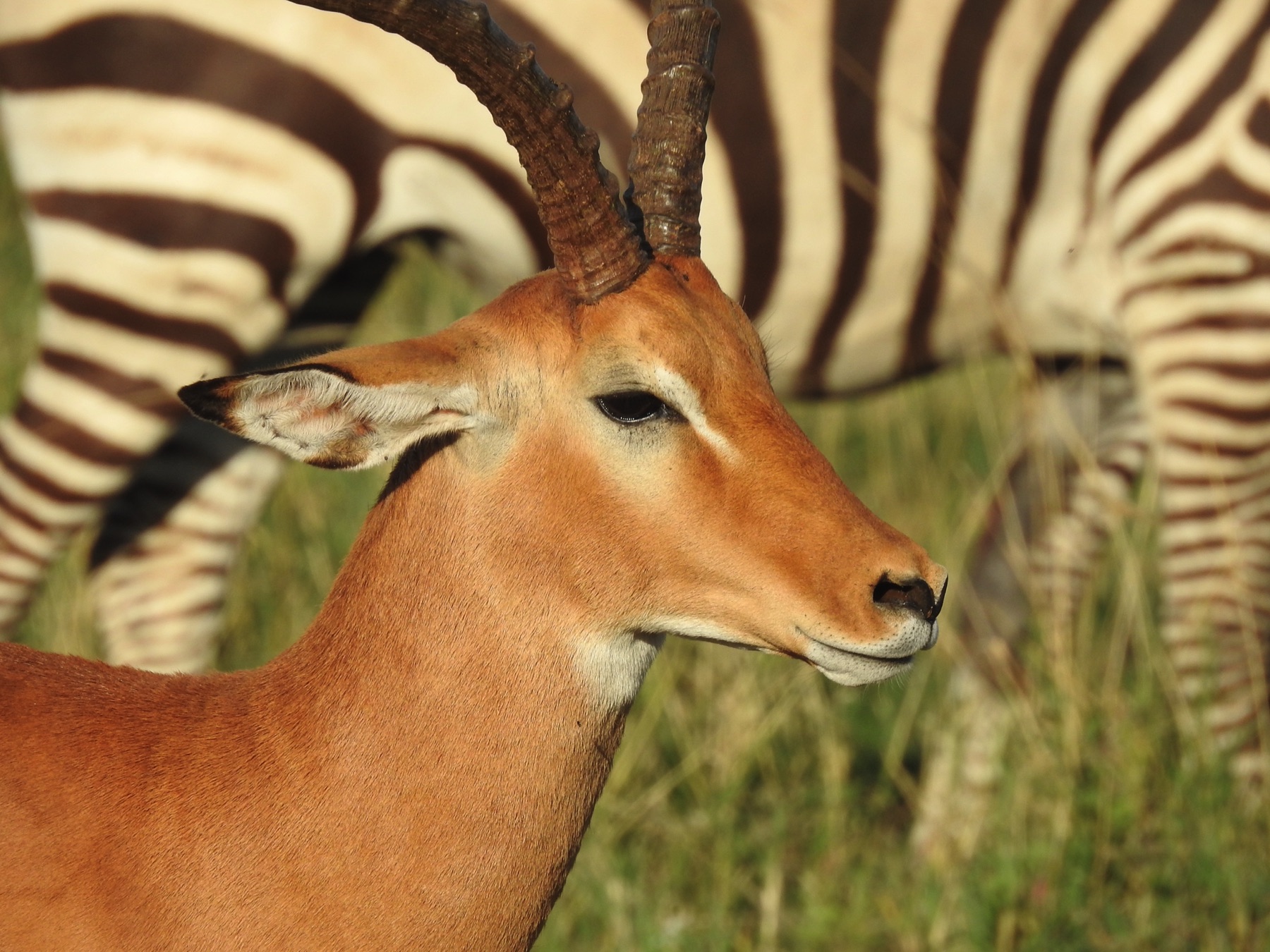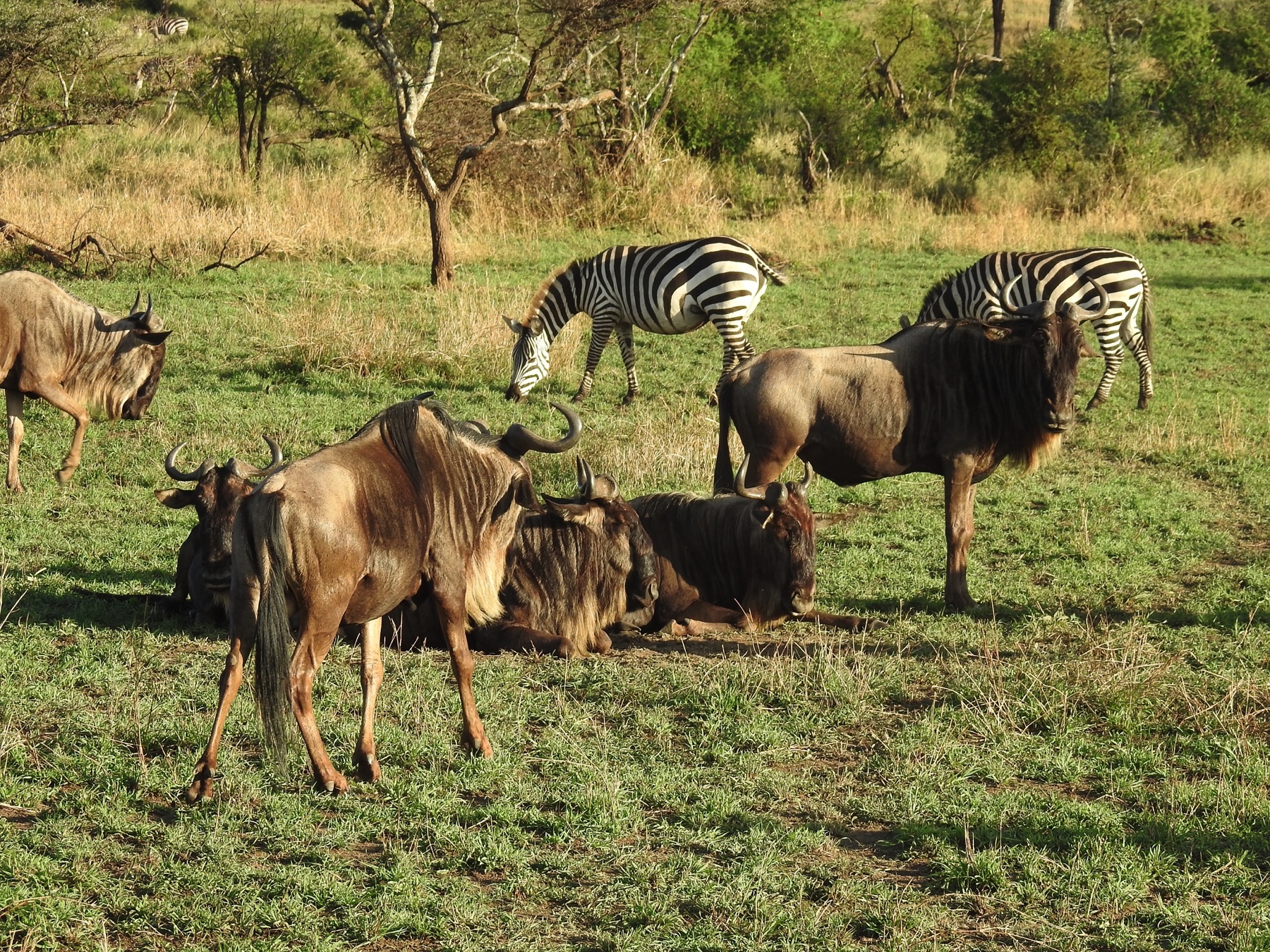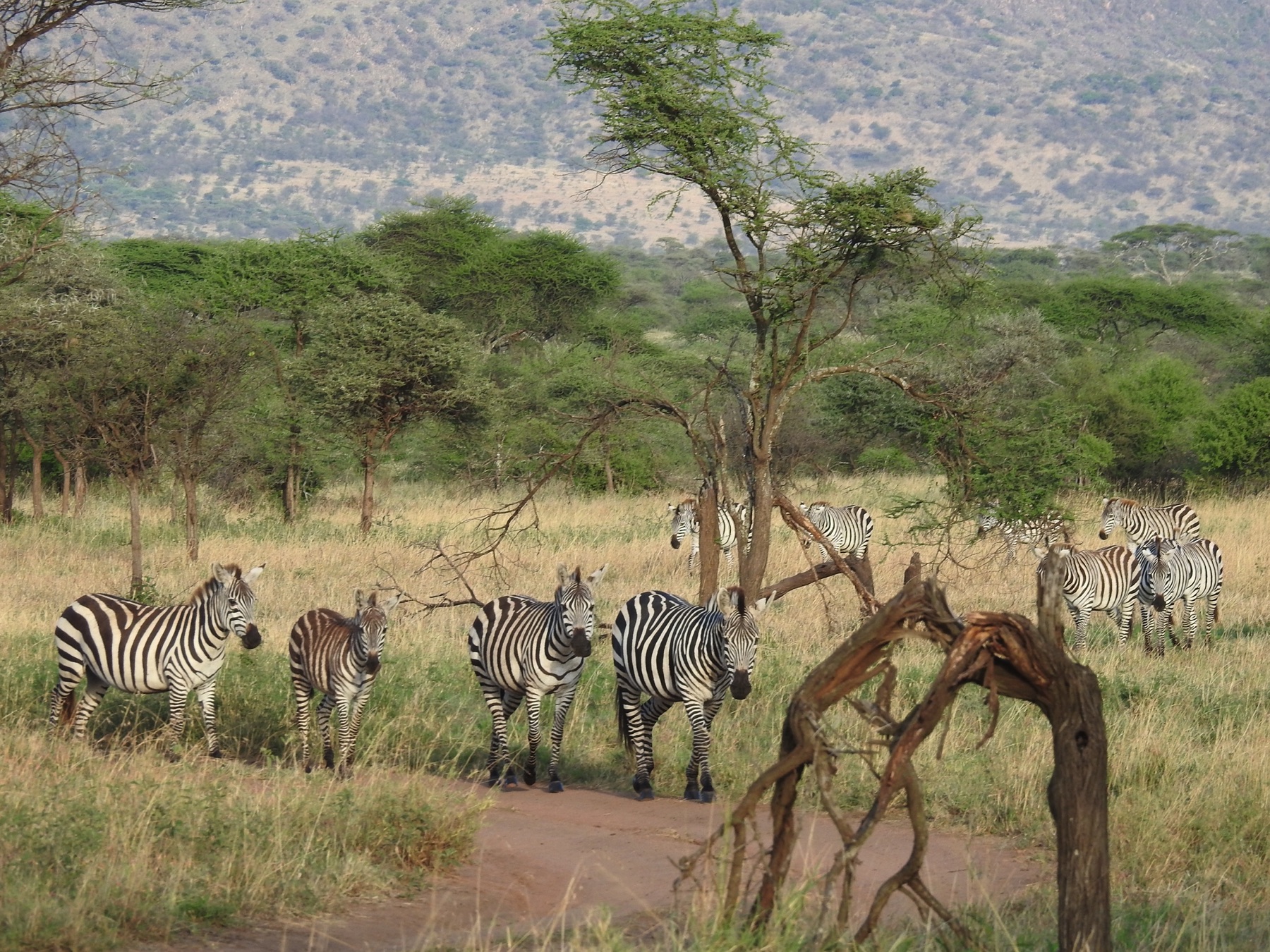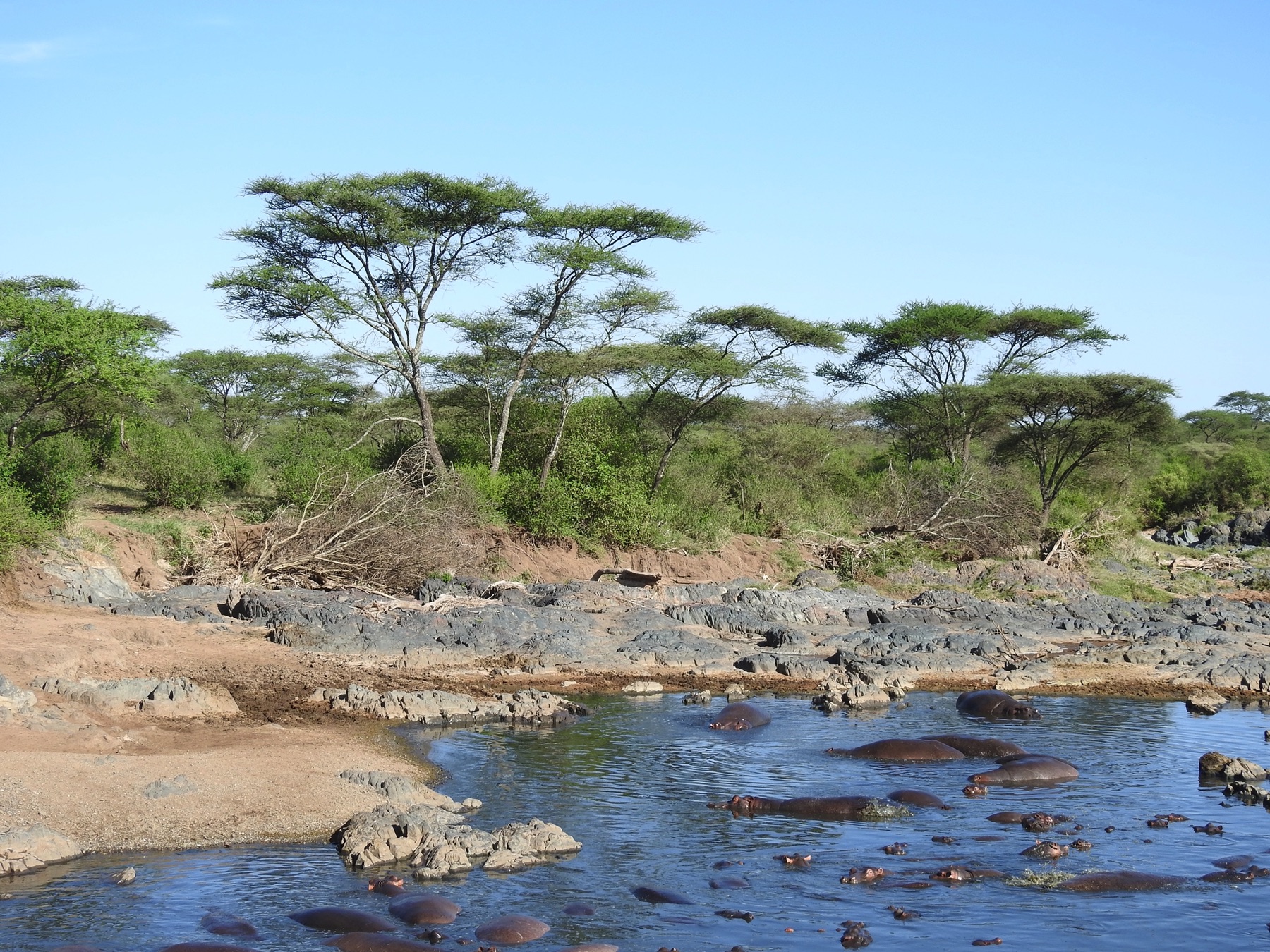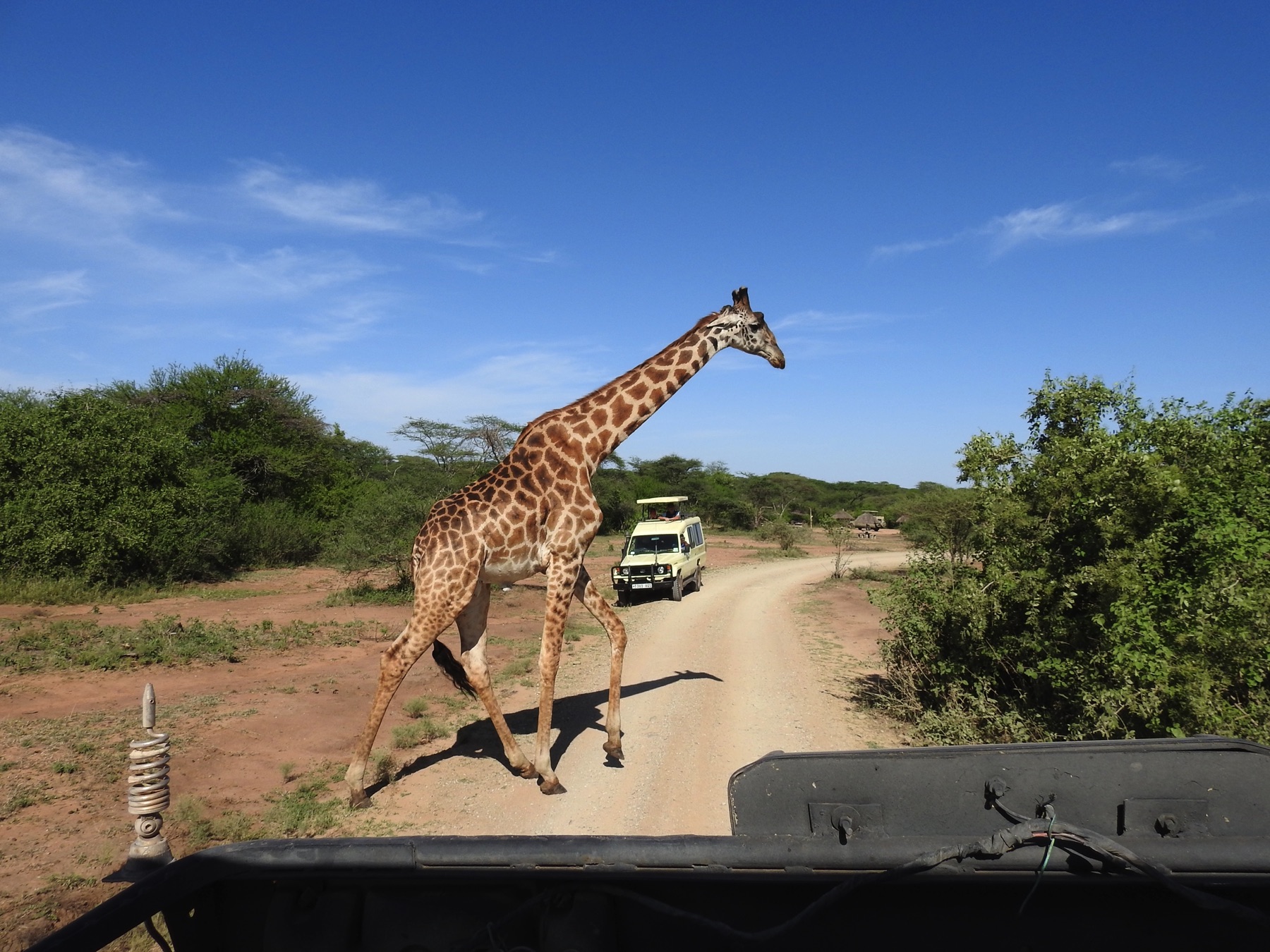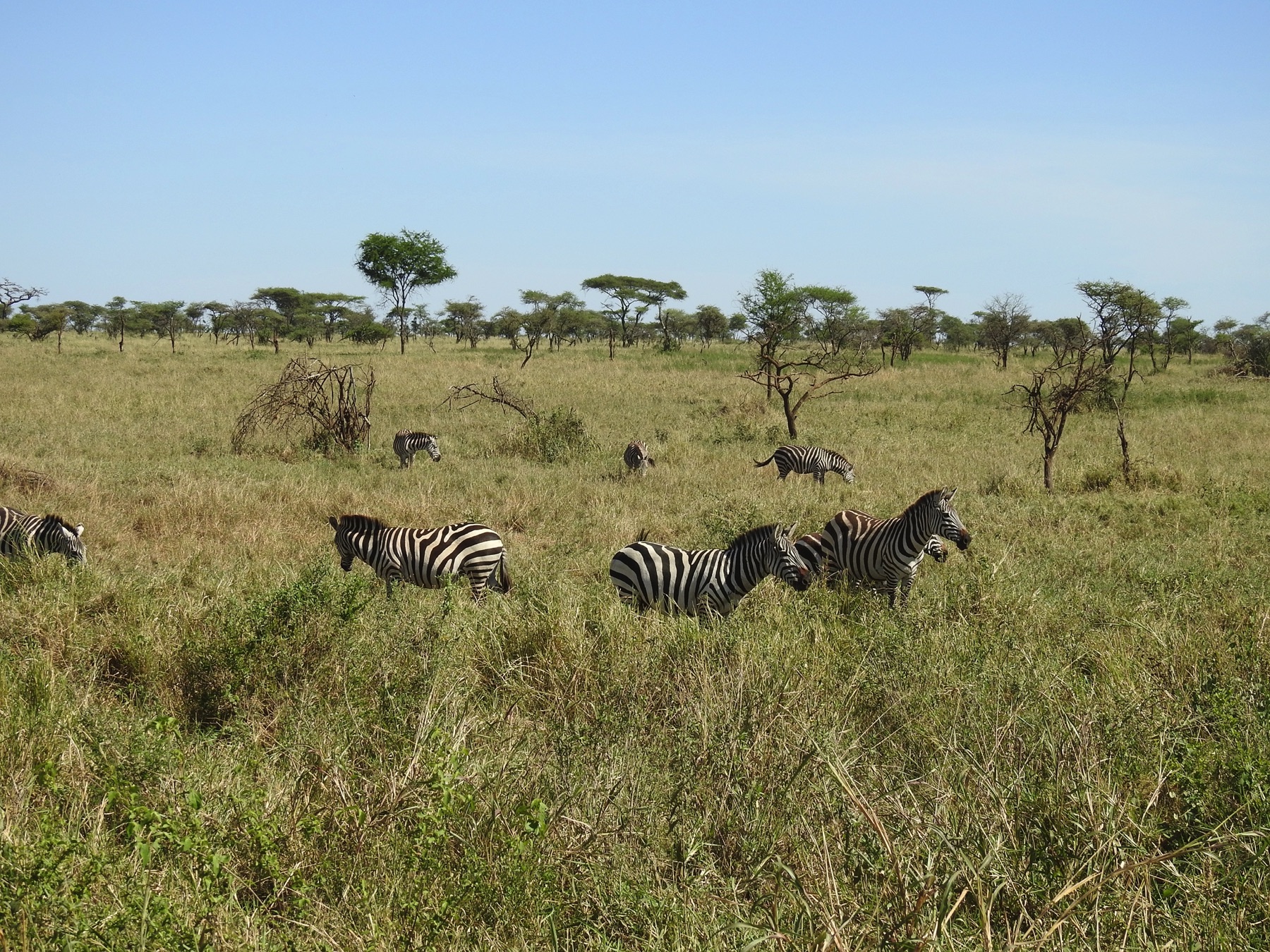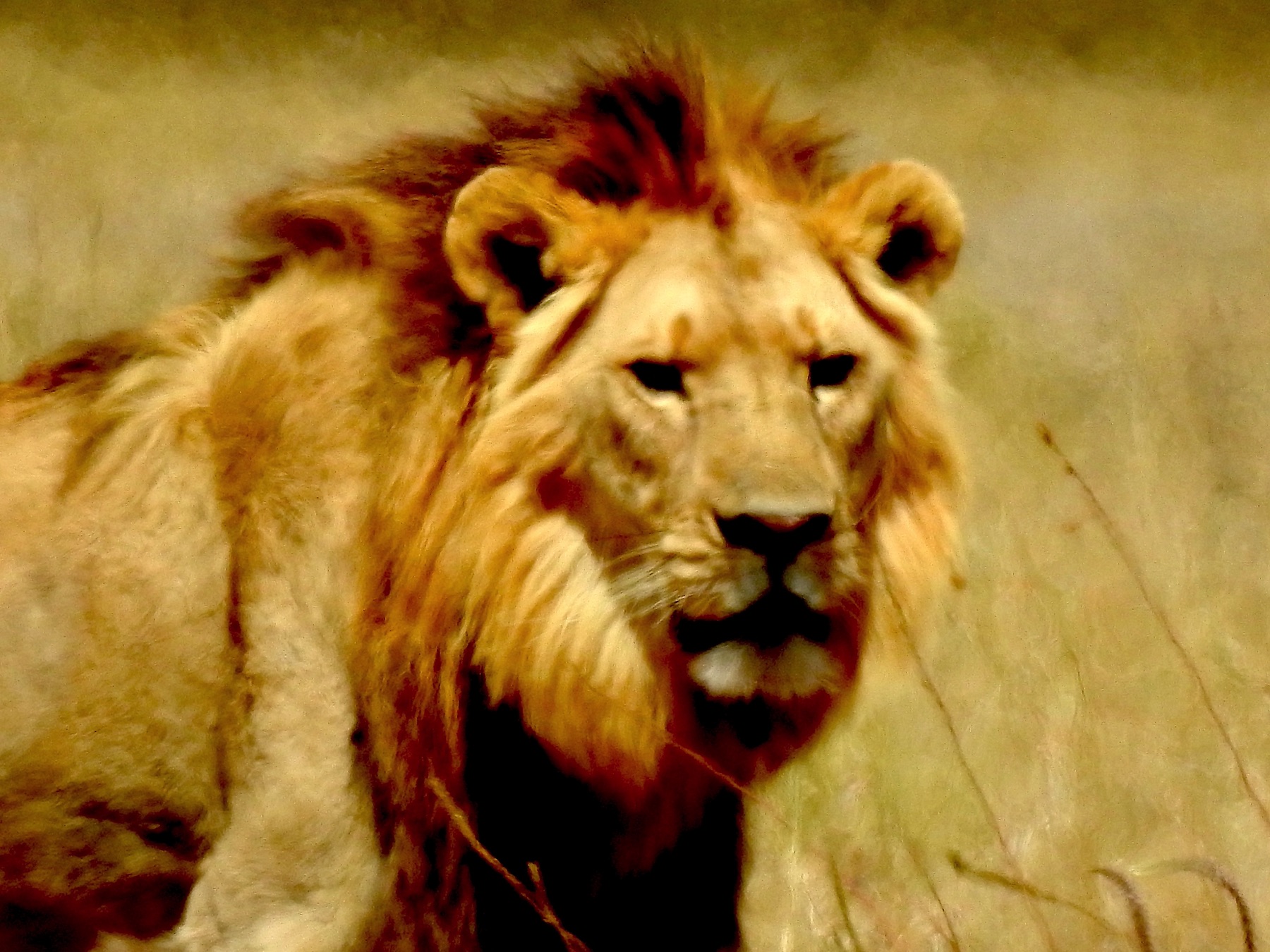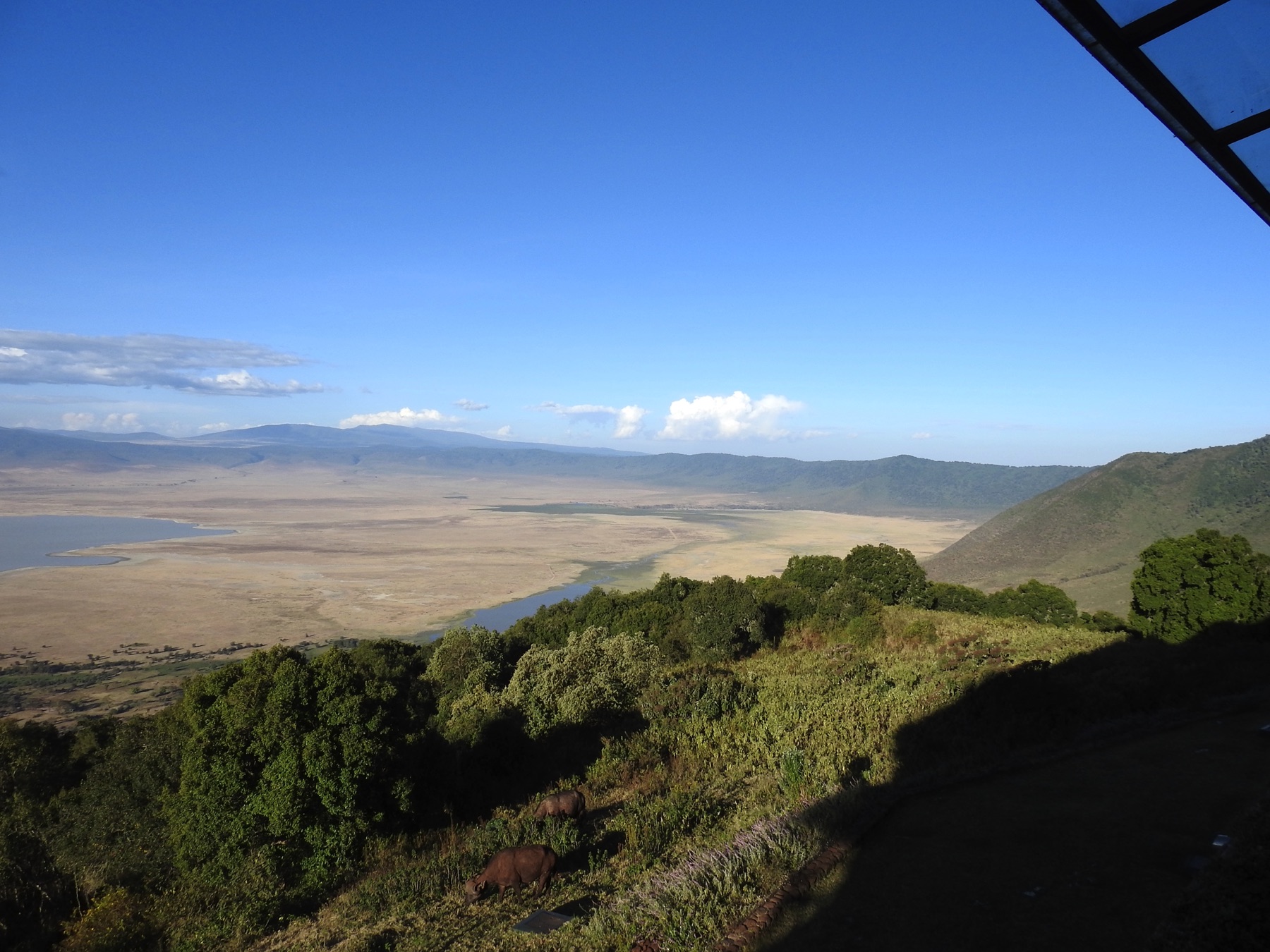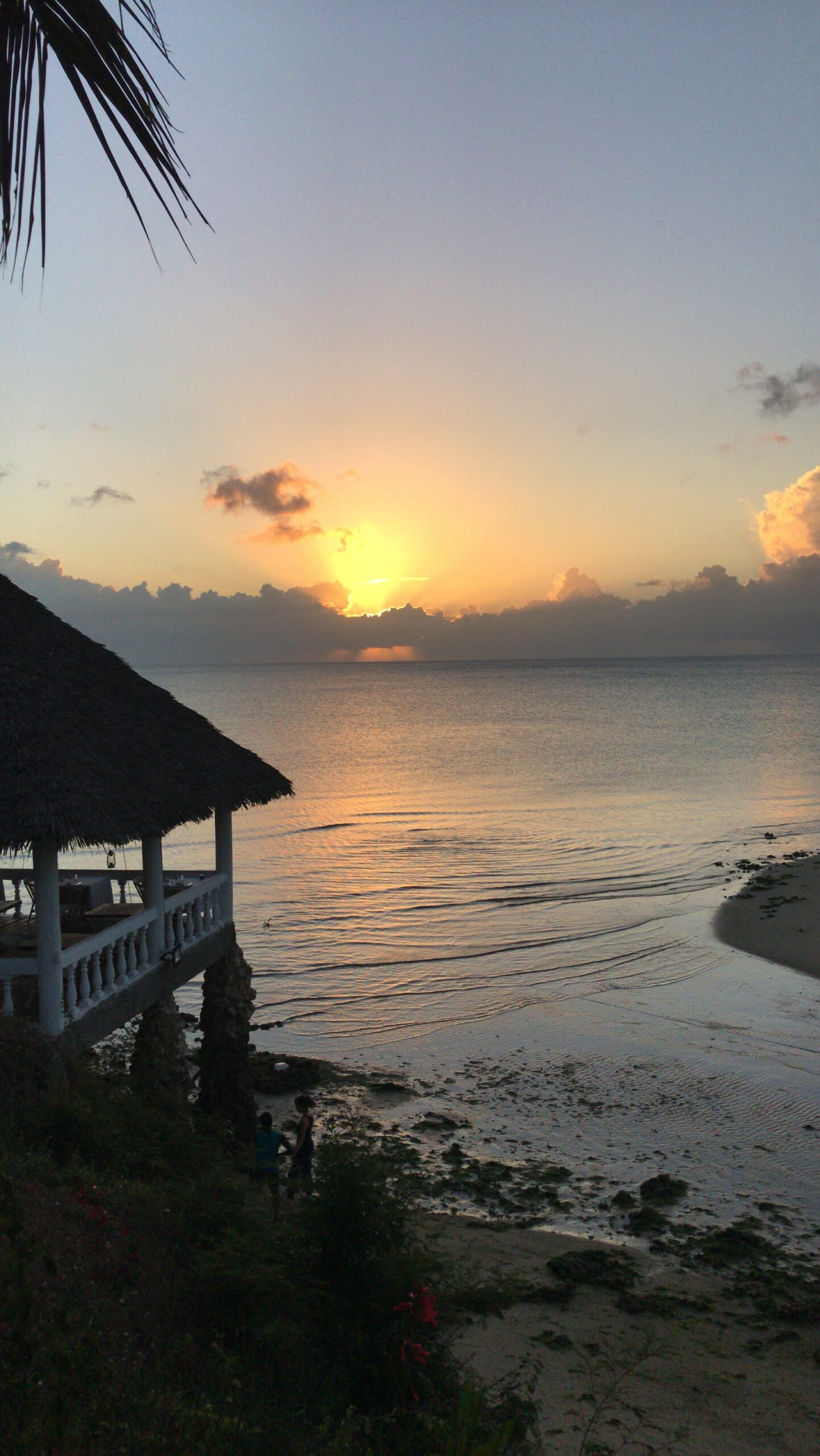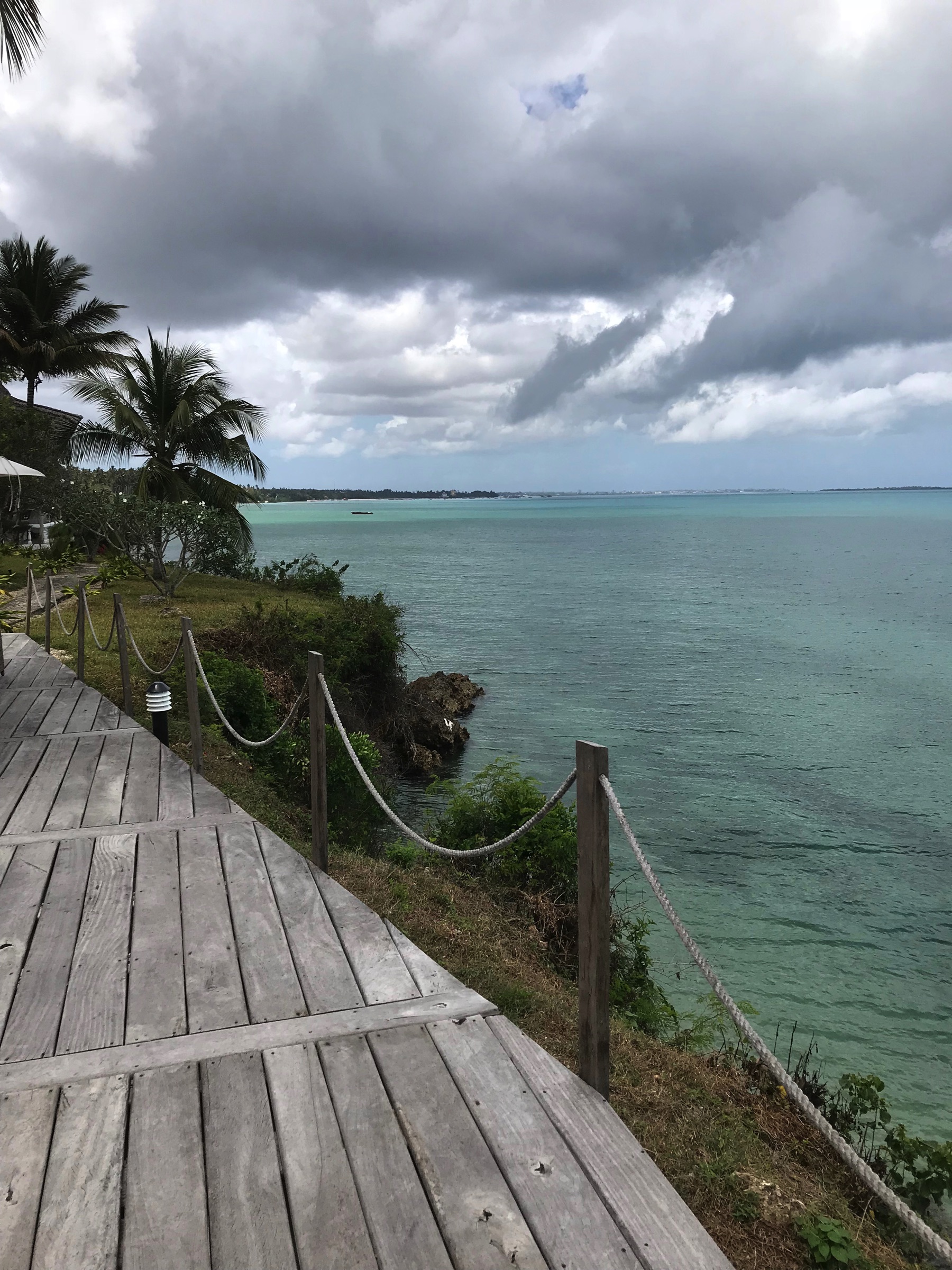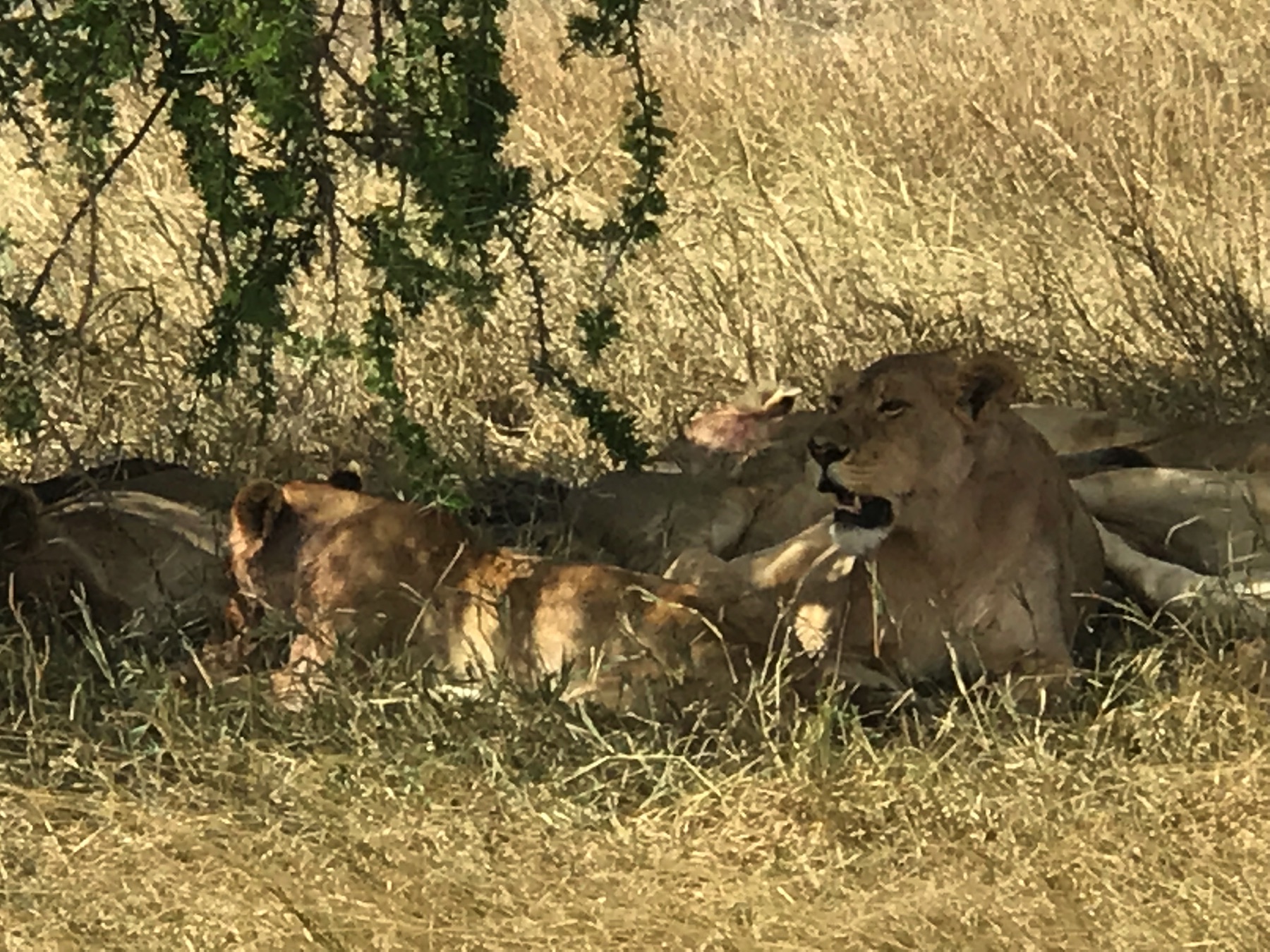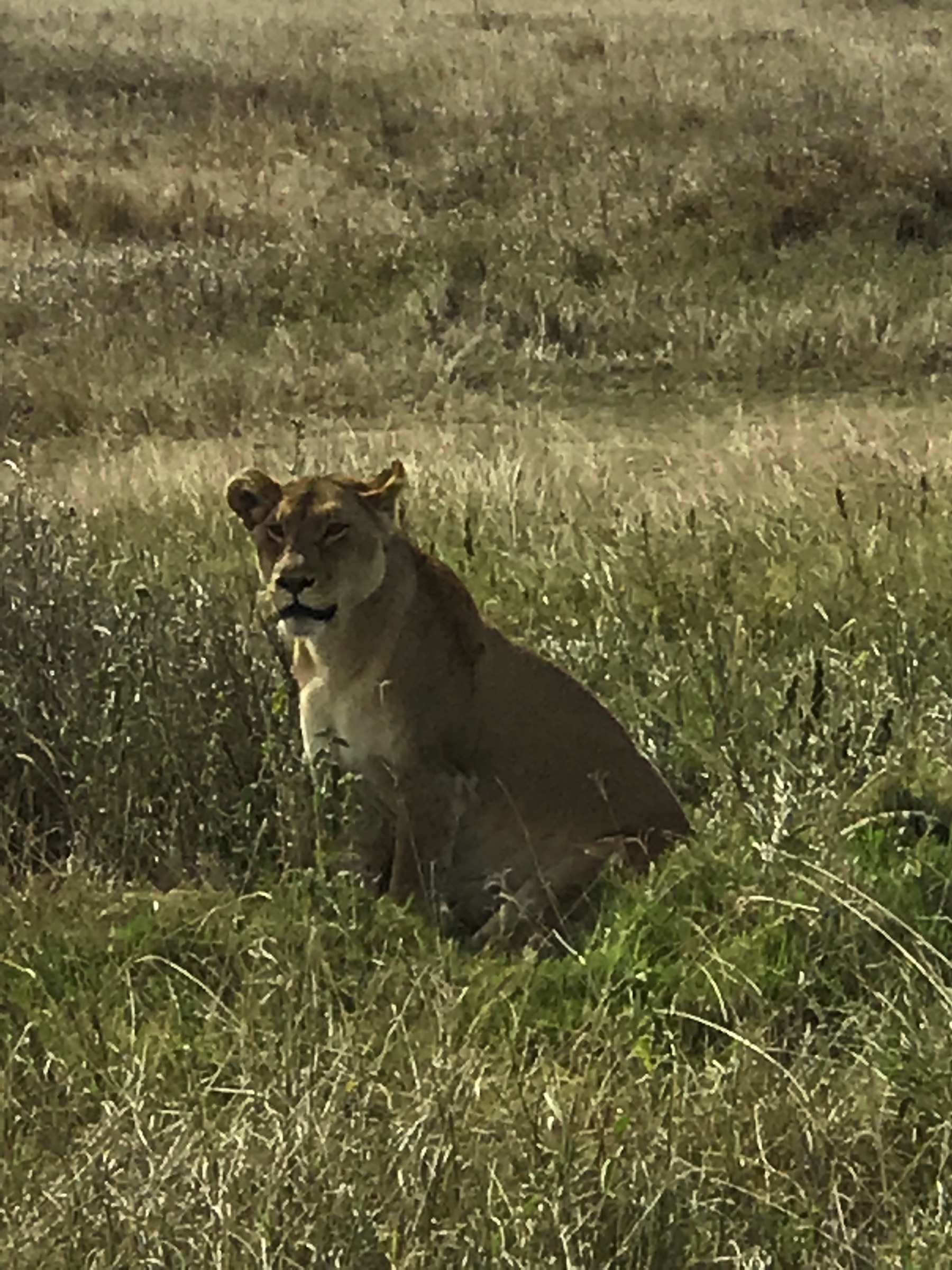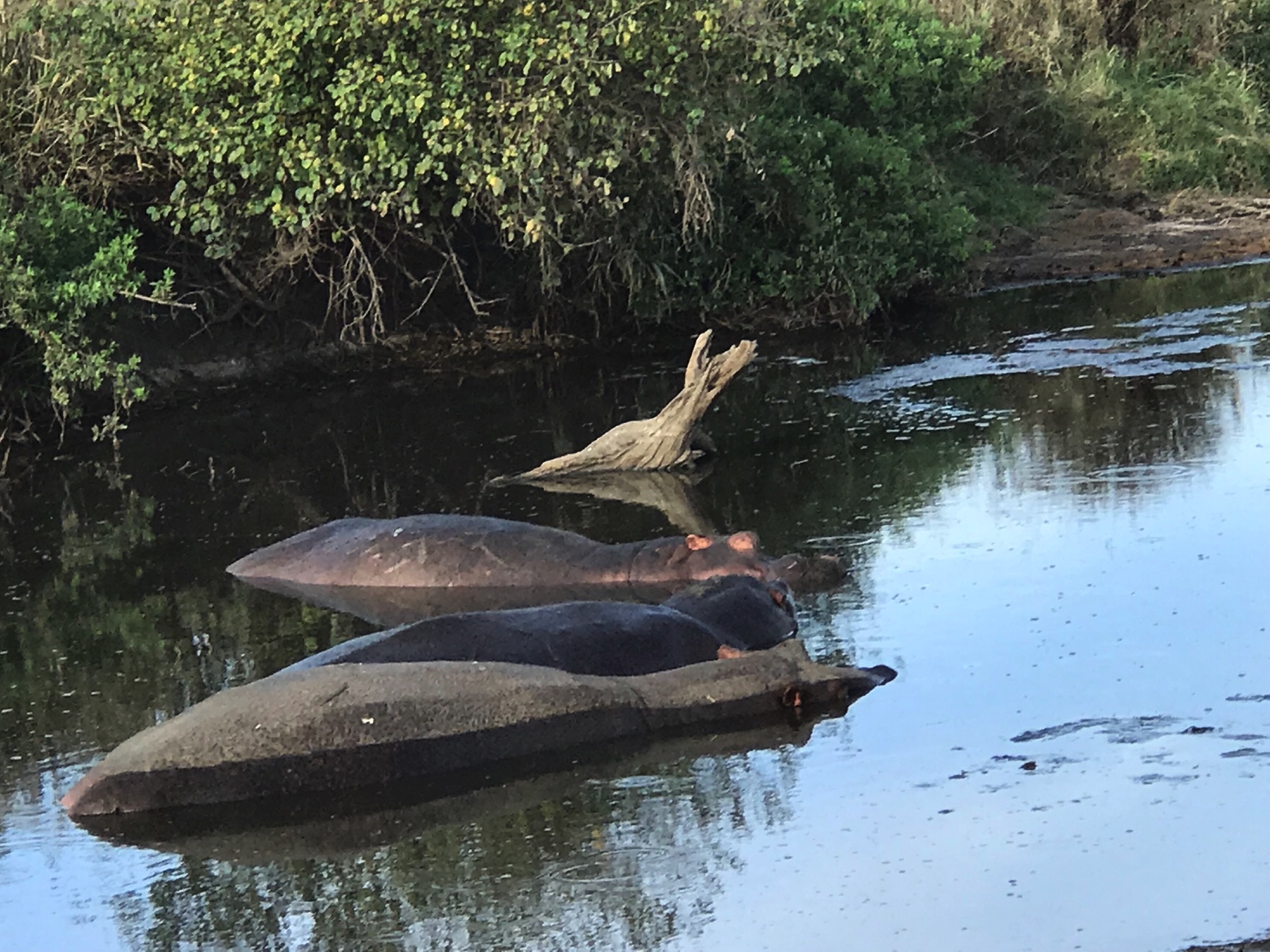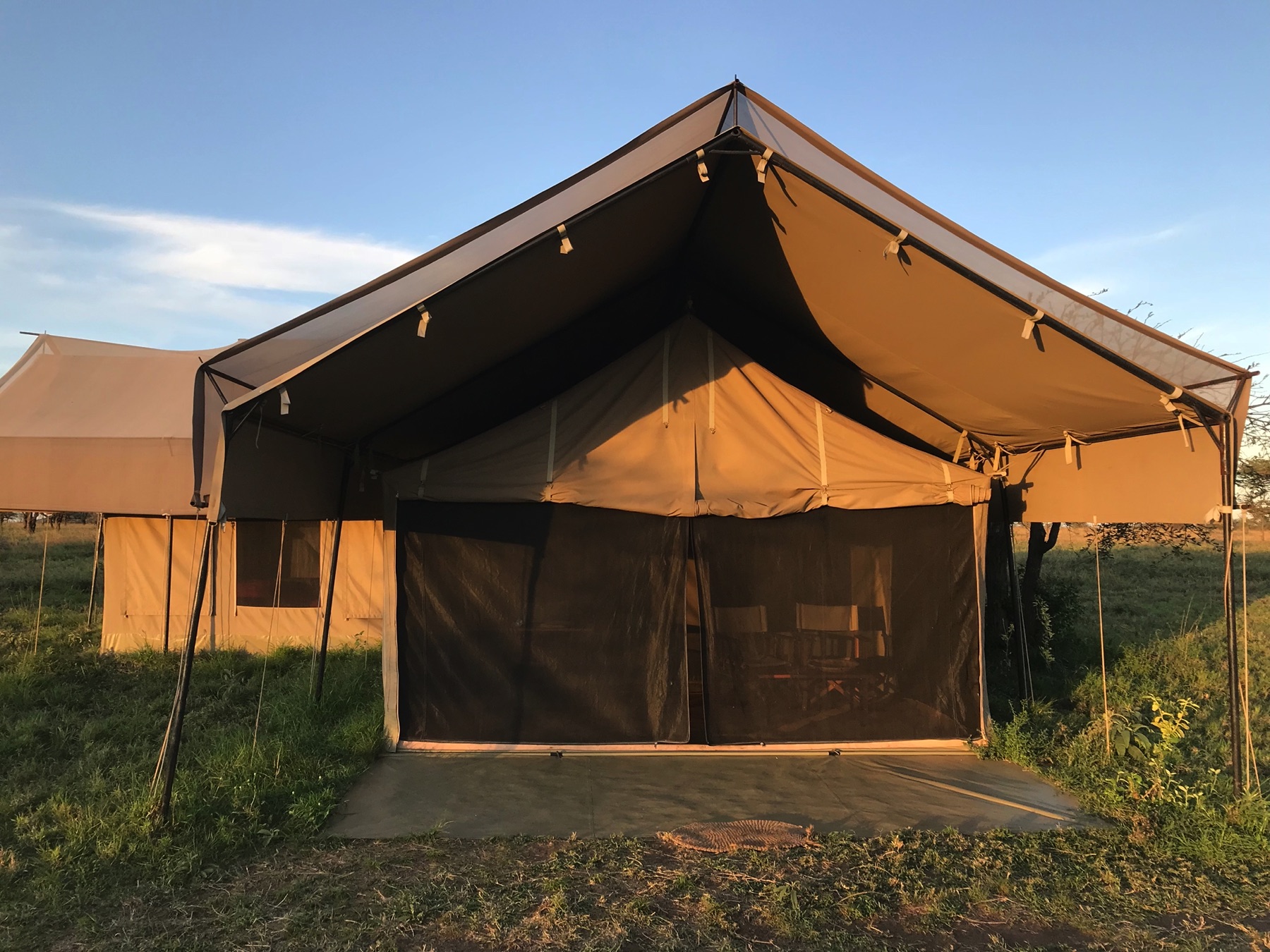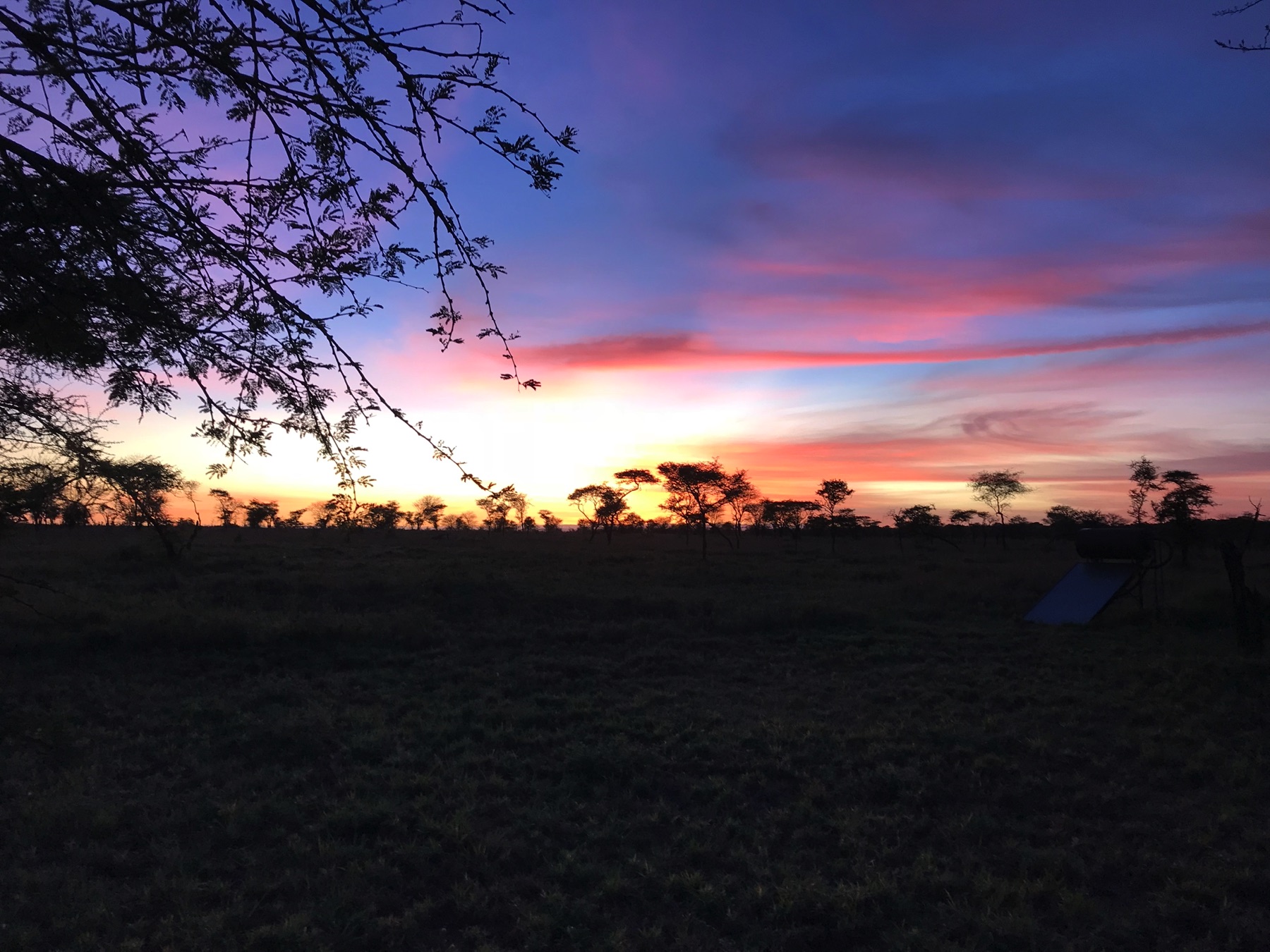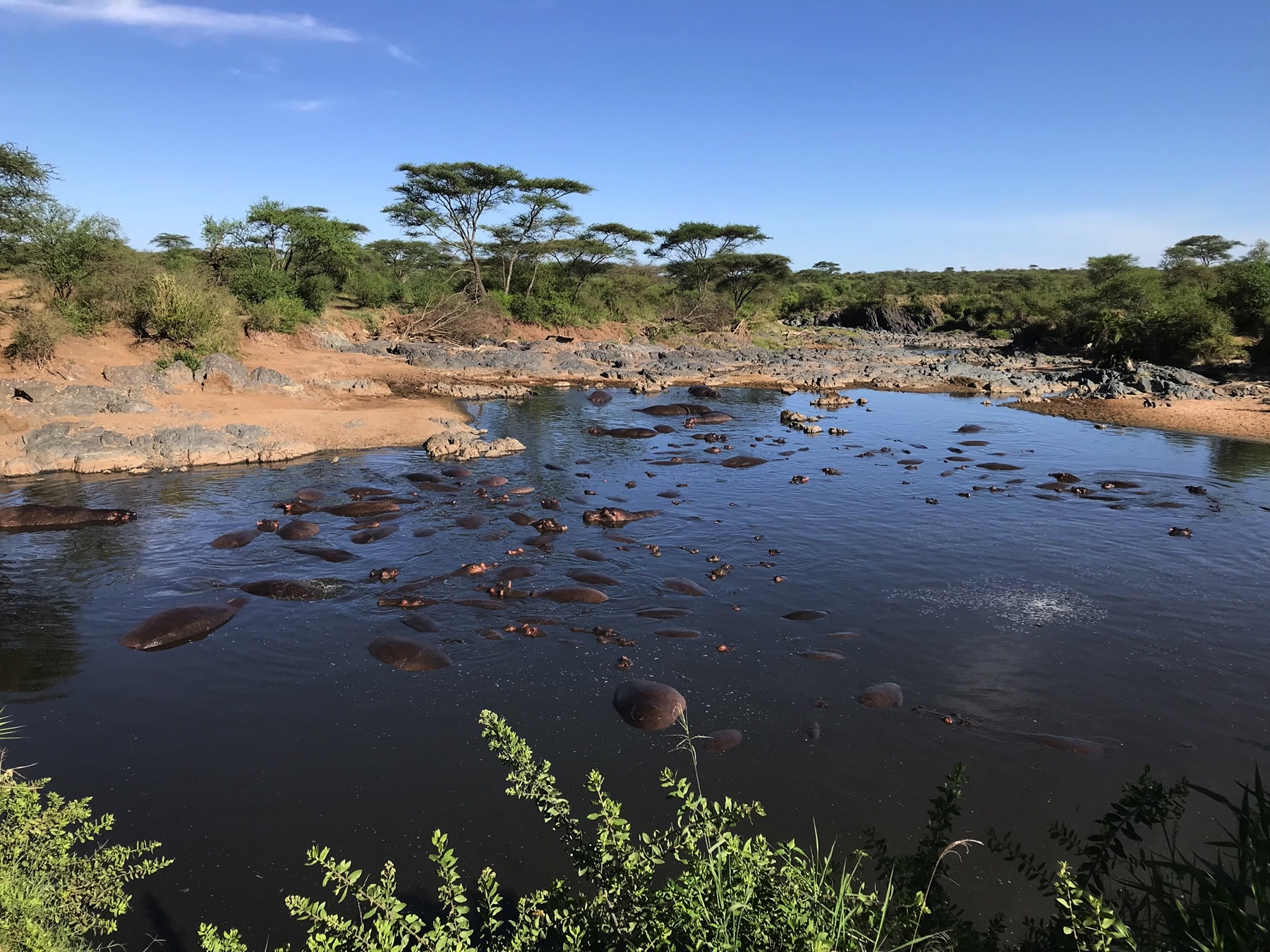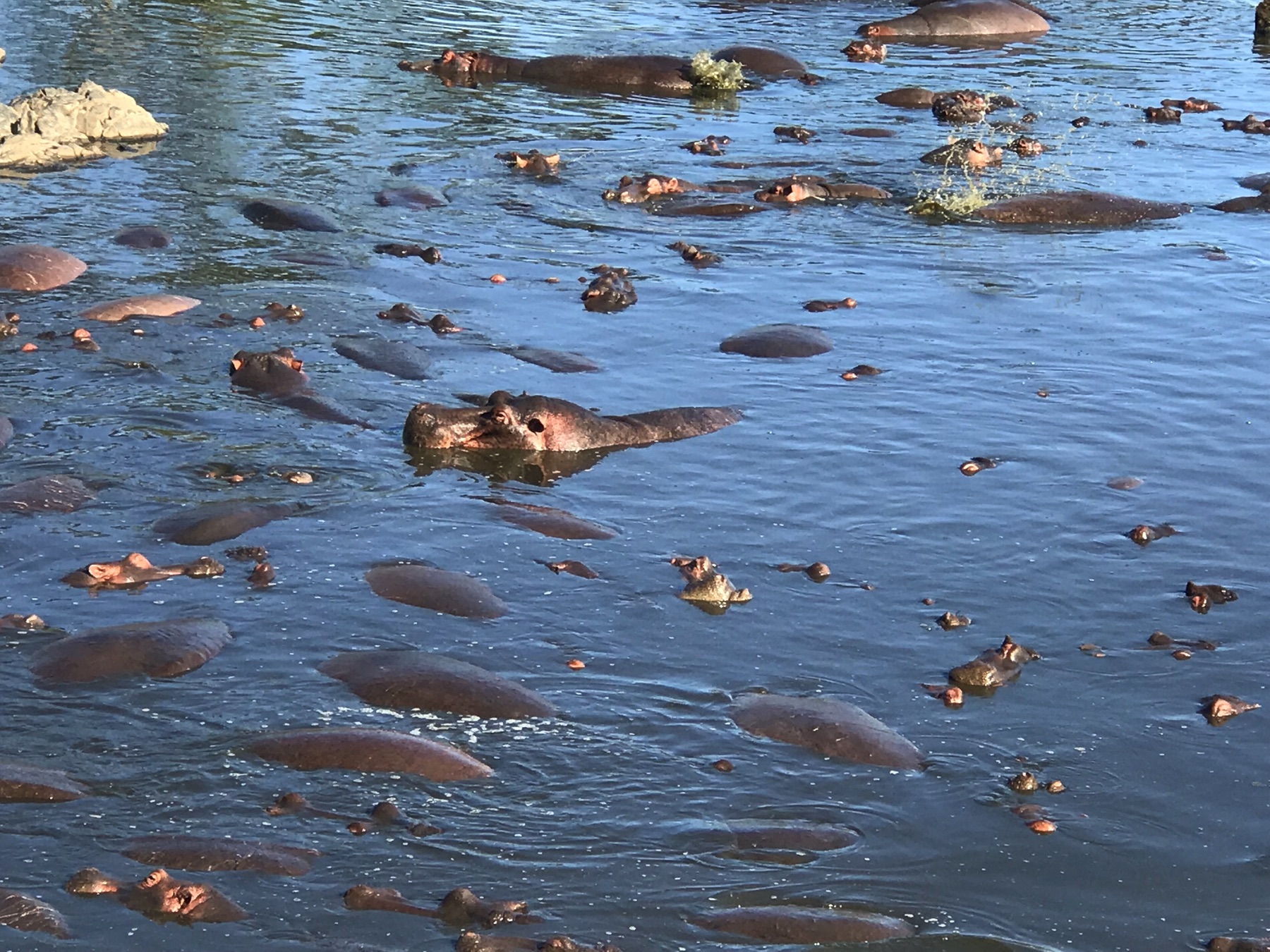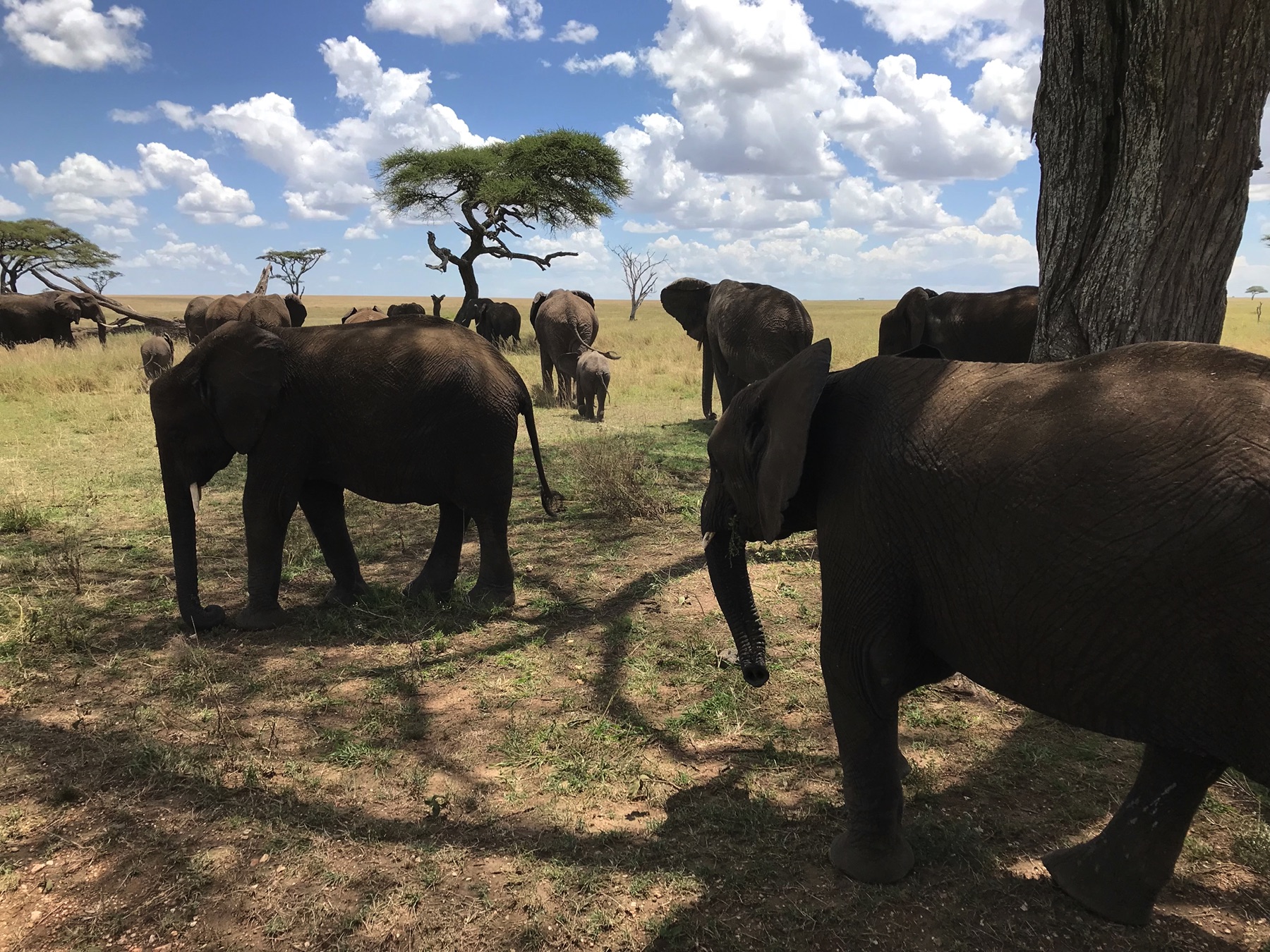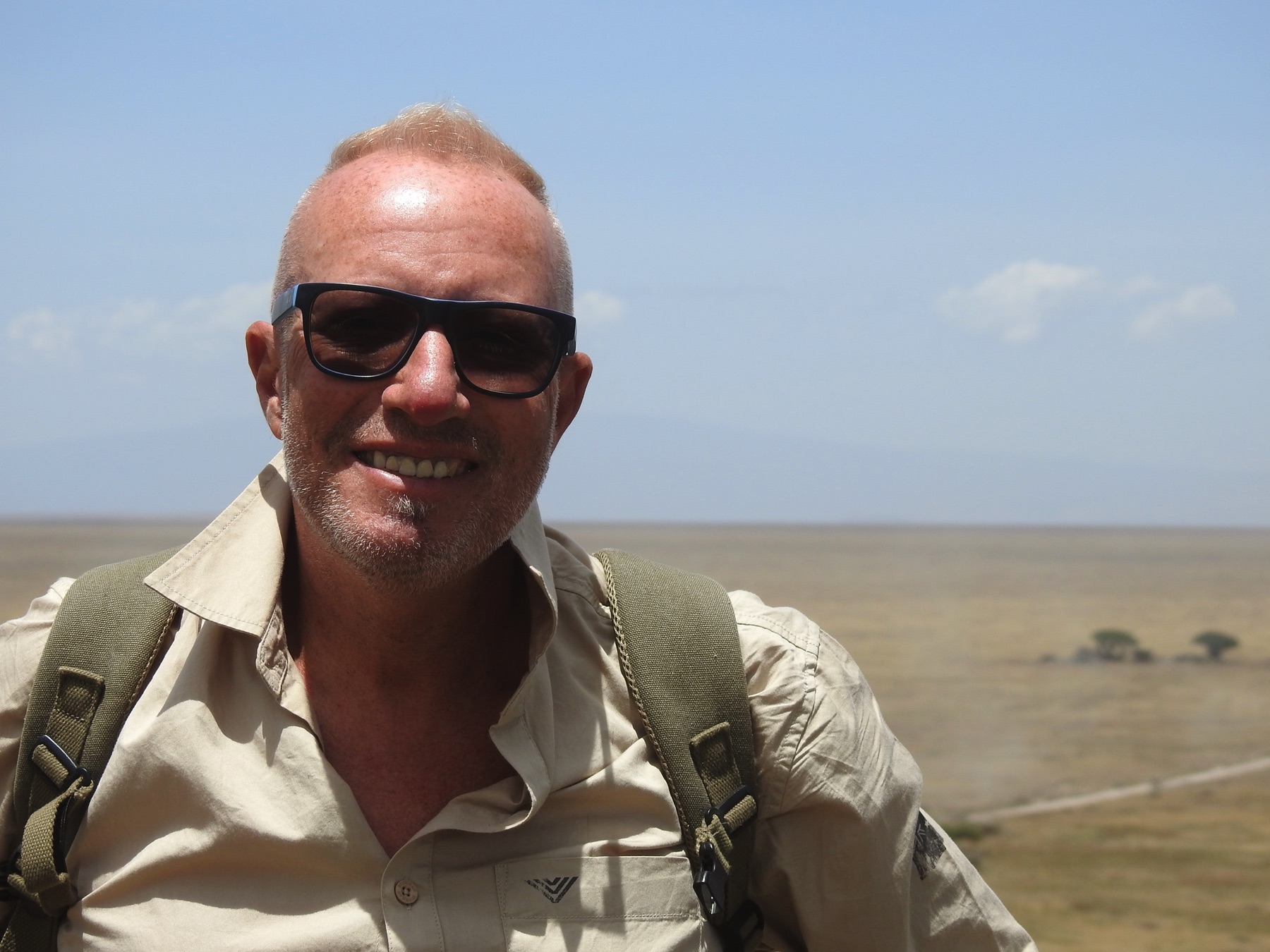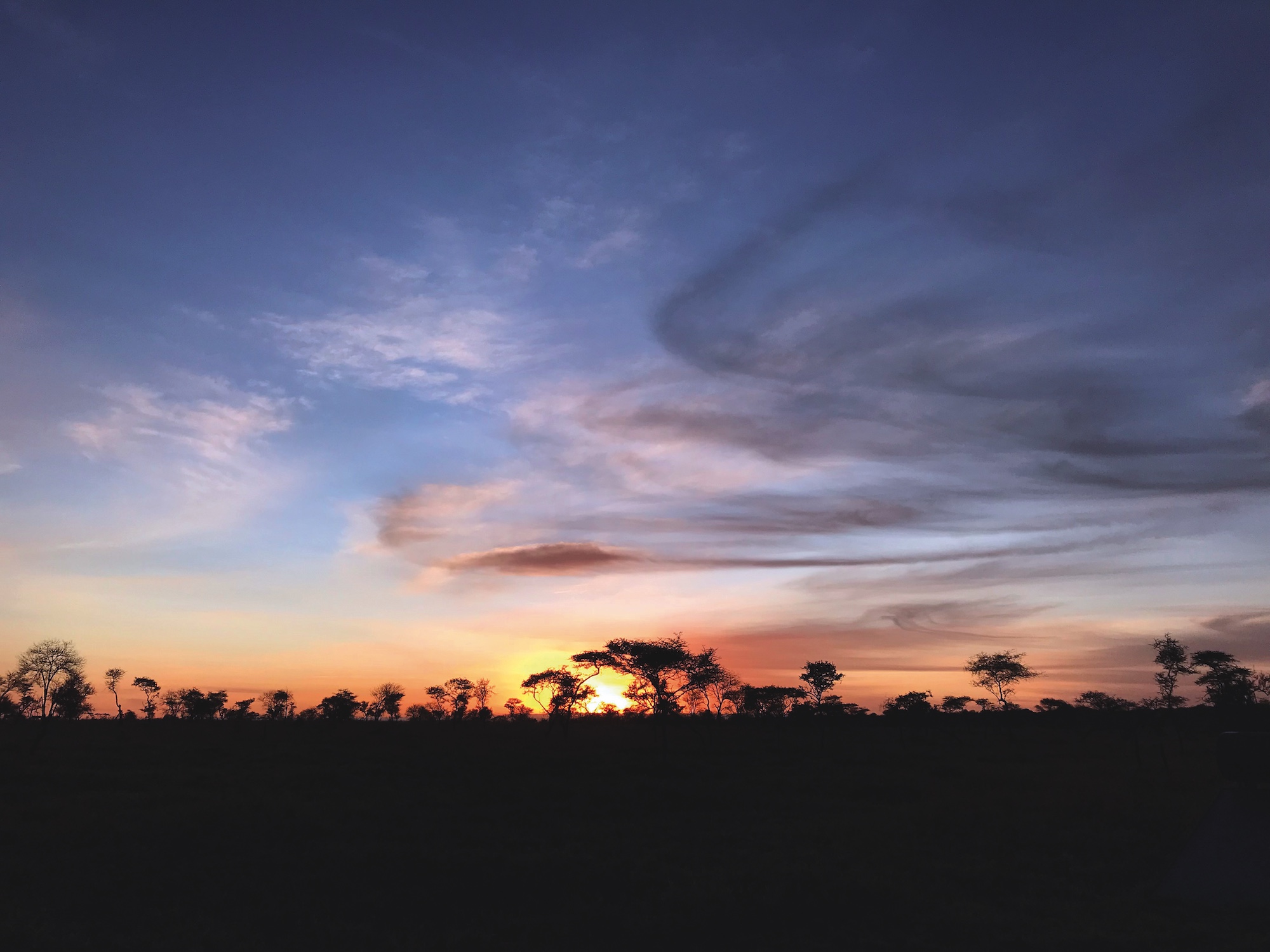
Text: Václav Pavlas, Meshulam Zisso; Photo: Václav Pavlas
Important issues to prepare for before starting your trip
A trip to Africa is not a drive to another EU member country. We started to prepare for our trip about a year before the departure. First, we did the usual check-up about visa and passport validity requirements – which was at least six months in this case. Next, we learnt about each country’s vaccination requests, since they may differ from place to place. The best solution was to consult a special clinic a few months before the trip so that they could give us the best advice and a vaccination pass. We also obtained pills for health emergencies, especially against malaria. Good health and travel insurance are standard.
We wanted to go on a safari in Africa, so we spent some time checking which operator offers the best tours. We were especially interested in the size of the group, the level of the hotels, and a full-board option. The most recommended safari colours are yellow, beige, and khaki. We bought new, special clothing for our adventure. Mosquito-borne diseases are a big problem in Africa, so we took some liquid and equipment against them.
To be on the safe side, we also made copies of ALL our documents and registered at DROZD – the Voluntary Registration of Czech Citizens Travelling Abroad, which can help in case of emergency. We were planning to take many high-quality photos, so we didn’t forget to pack our cameras. However, modern-generation mobile phones can also take great pictures.
When you order flight tickets, do it at least four months in advance – last-minute tickets are more expensive. There are a few options when flying to Africa. We chose to fly with Ethiopian Airlines from Prague – Frankfurt – Addis Ababa – Victoria Falls. And on our way back home from Kilimanjaro – Addis Ababa – Vienna – Prague. Plus, we booked a few flights in Africa separately.
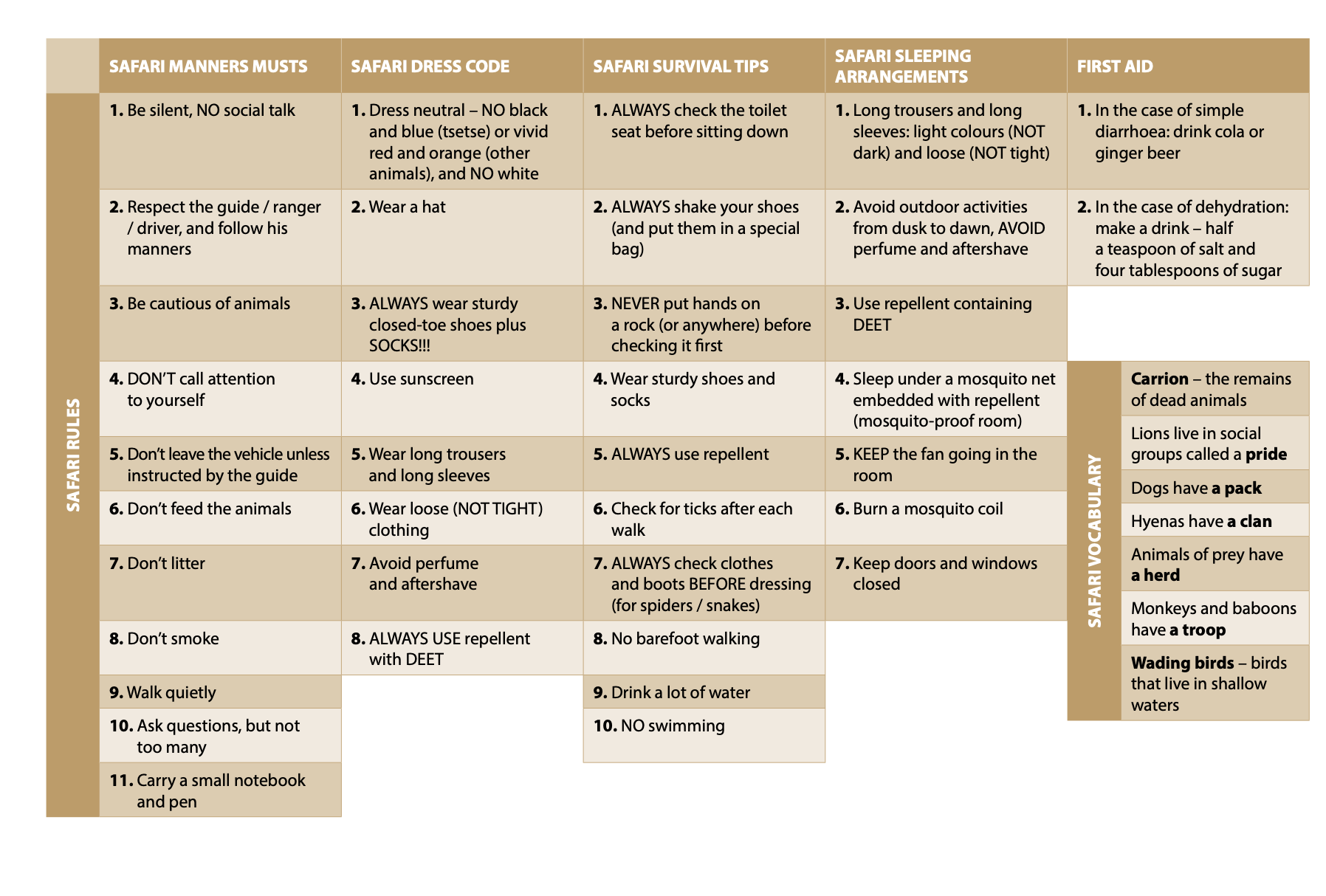
Taking a breath in Zanzibar
An active holiday makes you tired. So, before starting the second part of our safari tour, we had a short break. From Cape Town, which we talked about in Part One of our travel report, we took a flight via Johannesburg and Nairobi to Zanzibar, Tanzania.
Zanzibar is a Tanzanian archipelago off the coast of East Africa, located in the Indian Ocean. It consists of many small islands and two large ones: Unguja (the main island) and Pemba. The capital is Zanzibar City, located on the island of Unguja. Its historical centre, Stone Town, is a World Heritage Site.
In 1964, Zanzibar united with Tanganyika to form the United Republic of Tanzania.
Zanzibar is also known as the birthplace of Freddie Mercury, British singer-songwriter and leader of the legendary band Queen.
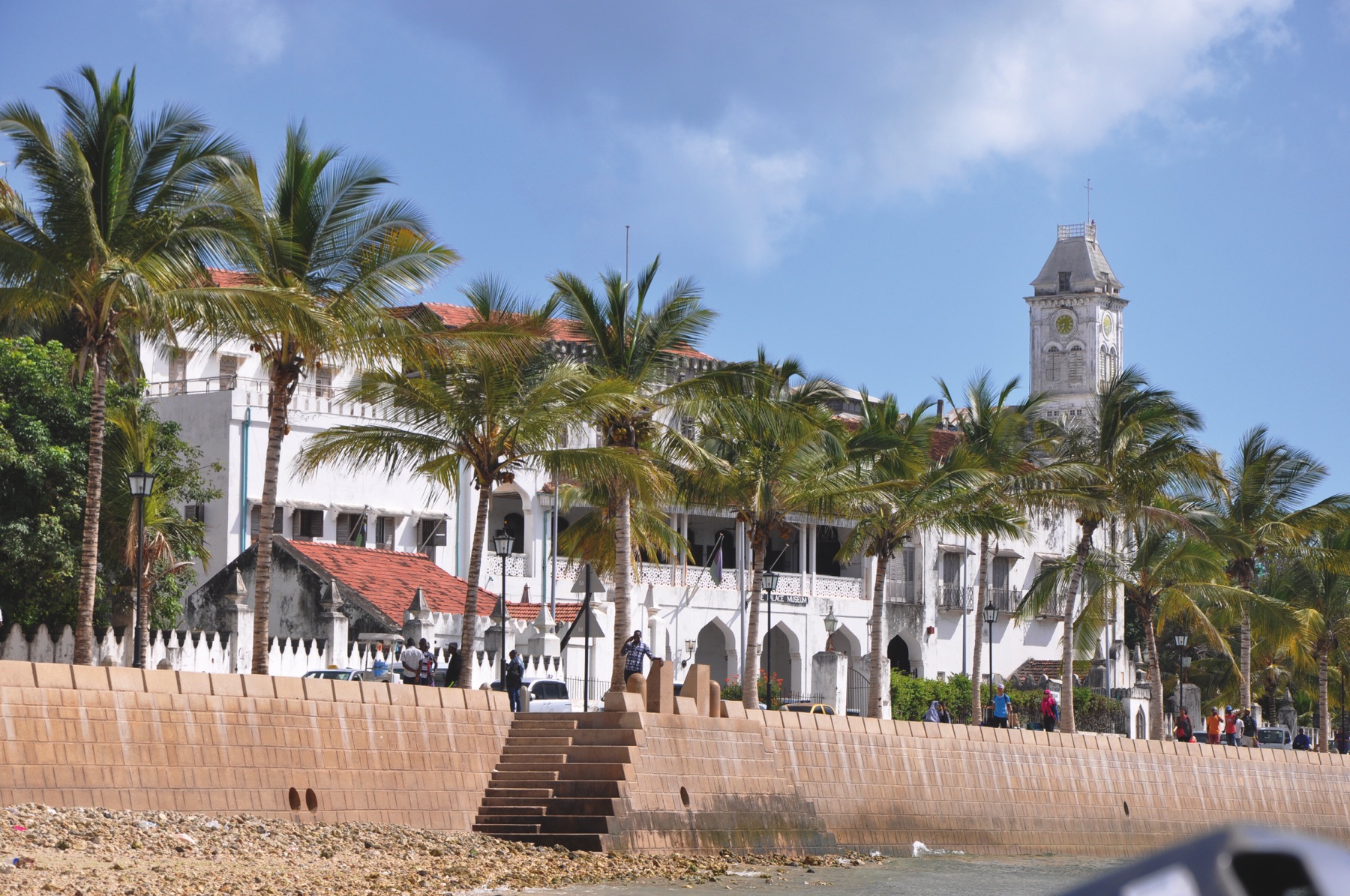
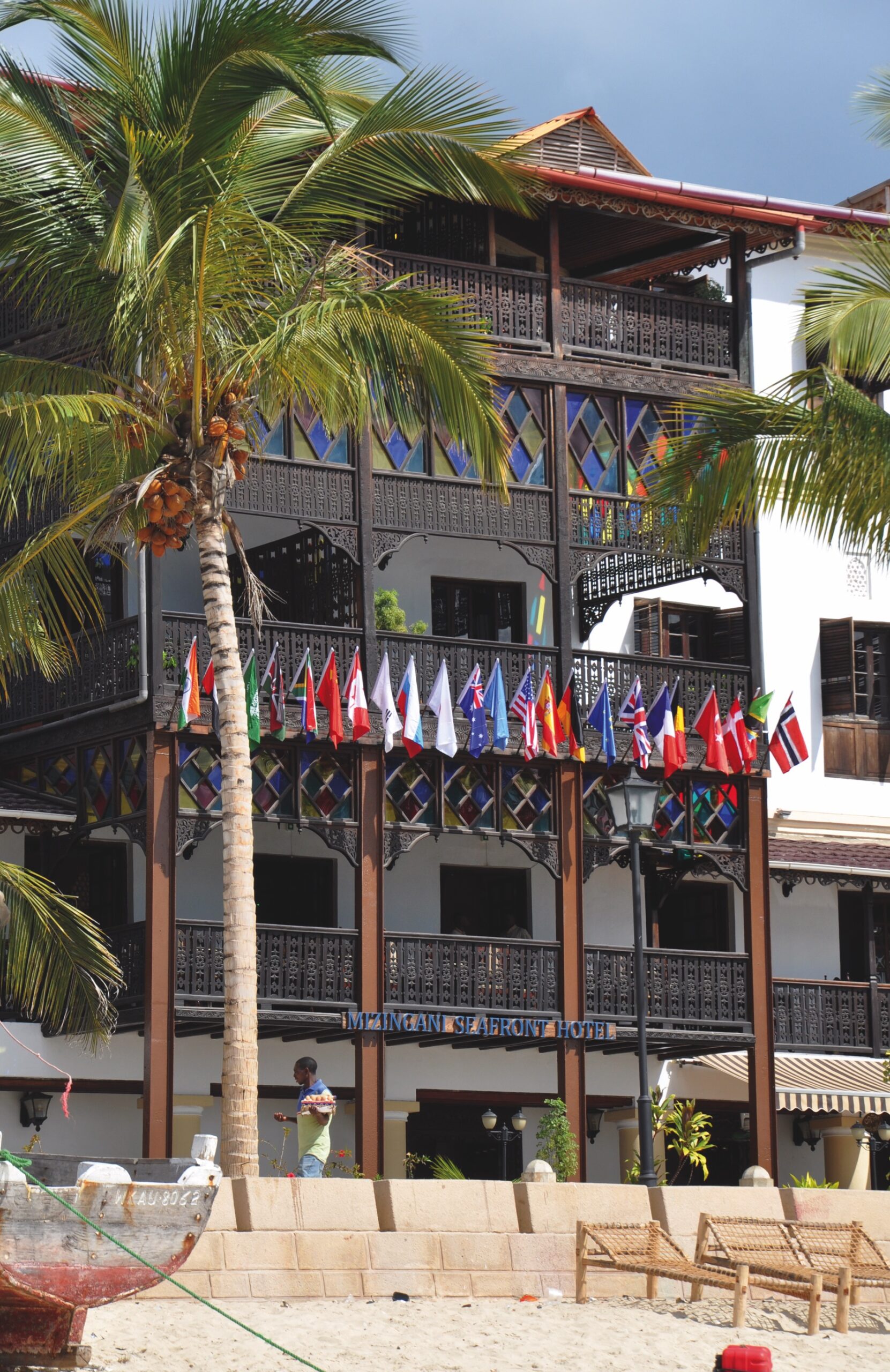
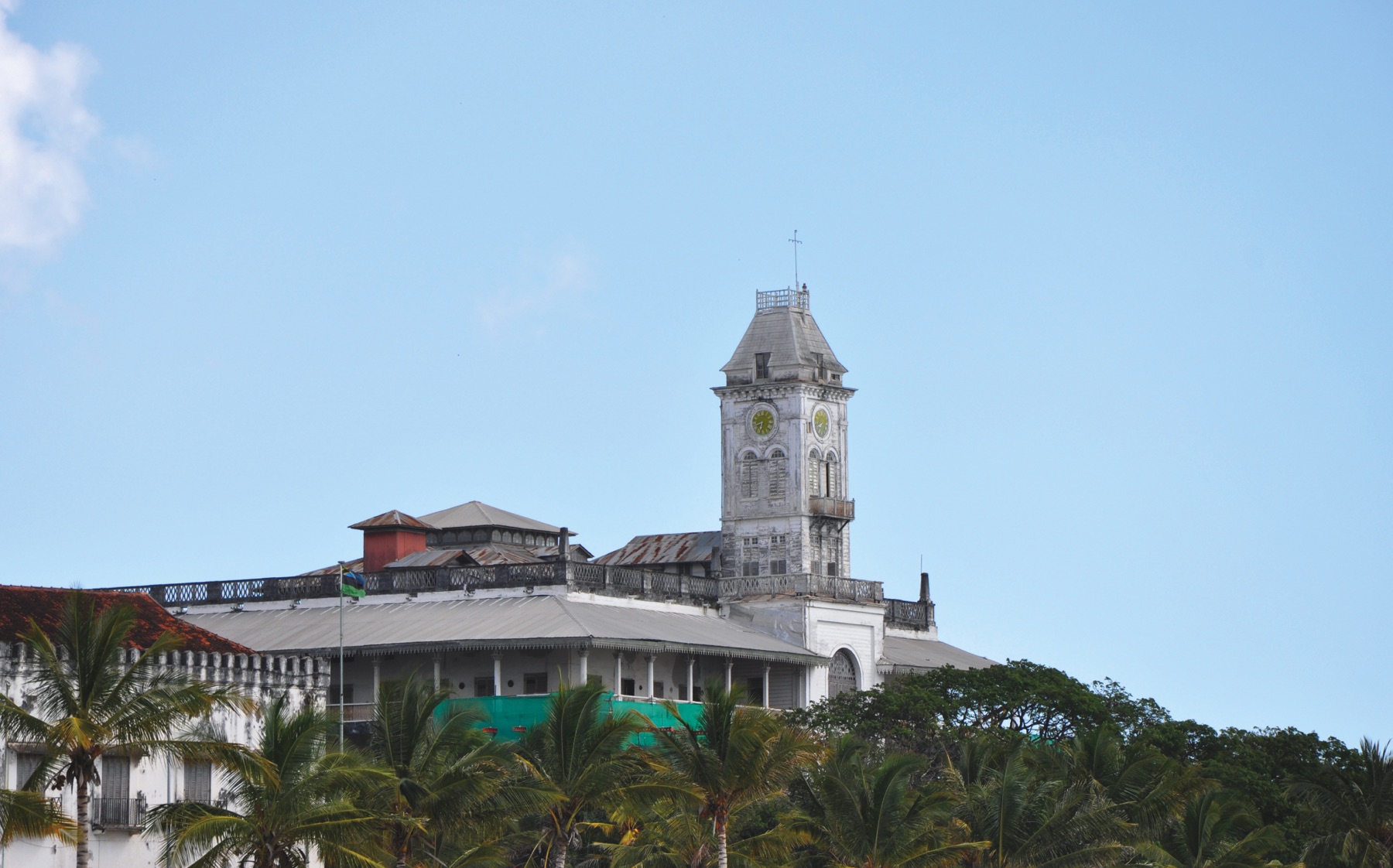
We chose to stay in the beautiful Villa Kiva Boutique Hotel, a 28-room hotel, offering both sea view and garden view bungalows. This boutique hotel is located along the pristine white beach of Matemwe, and they have a great restaurant.
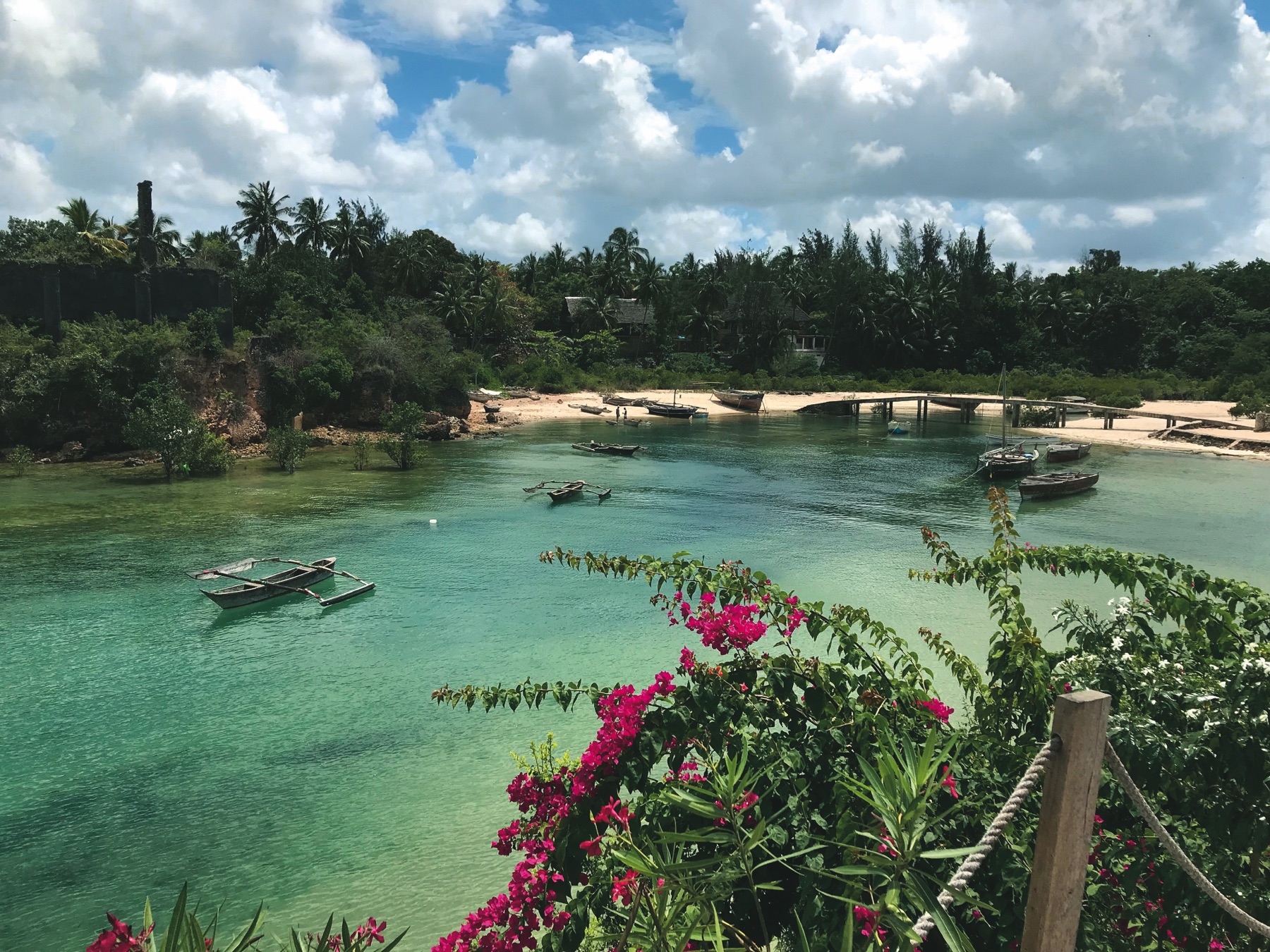
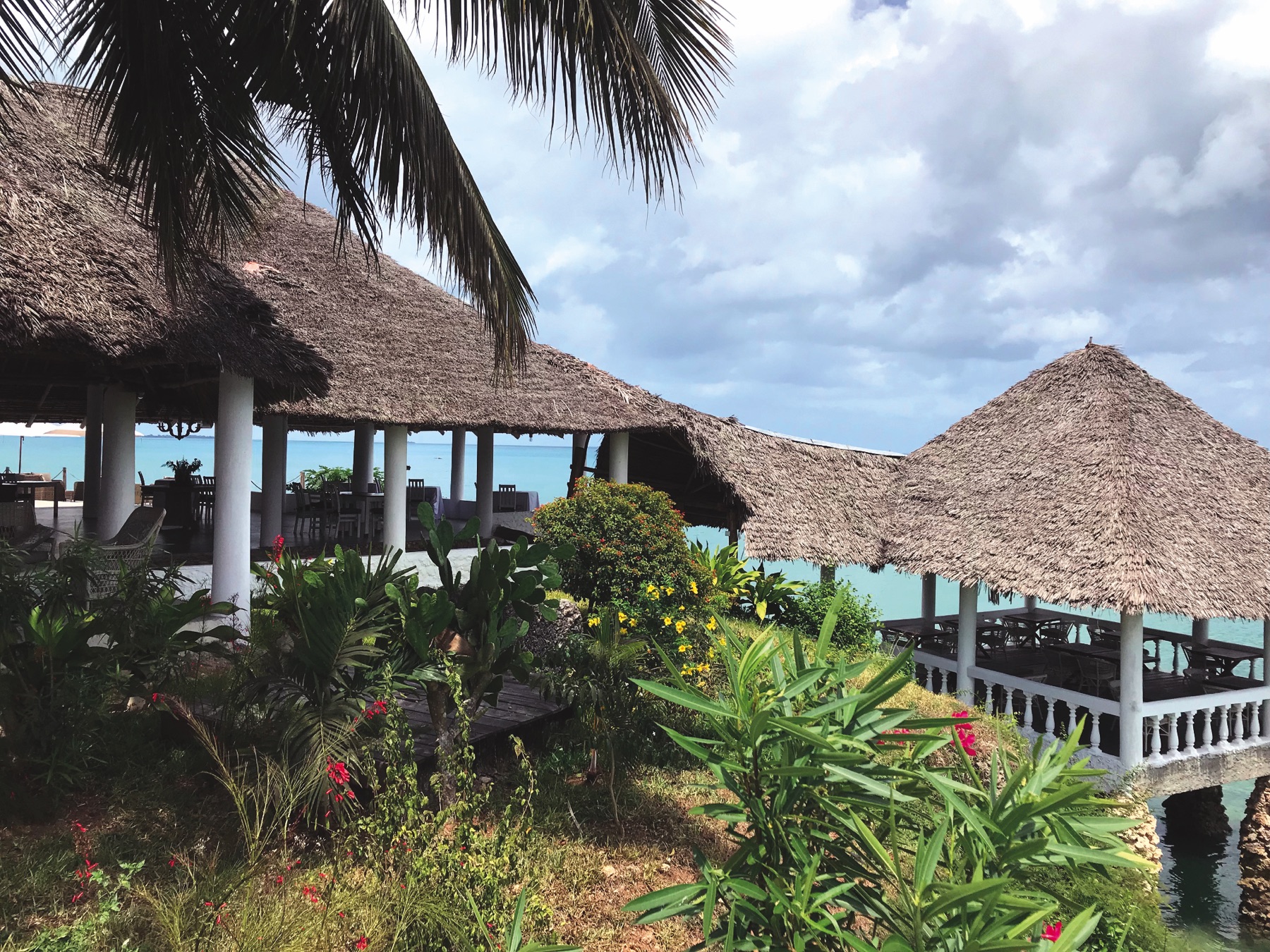
The day after, we took a tour to the City of Freddie Mercury, Changuu Island, also known as Kibandiko, Prison, or Quarantine Island. Recently, the island has become a government-owned tourist resort. It also houses a collection of endangered Aldabra giant tortoises, which were originally a gift from the British governor of the Seychelles. We also went snorkelling in the Indian Ocean.
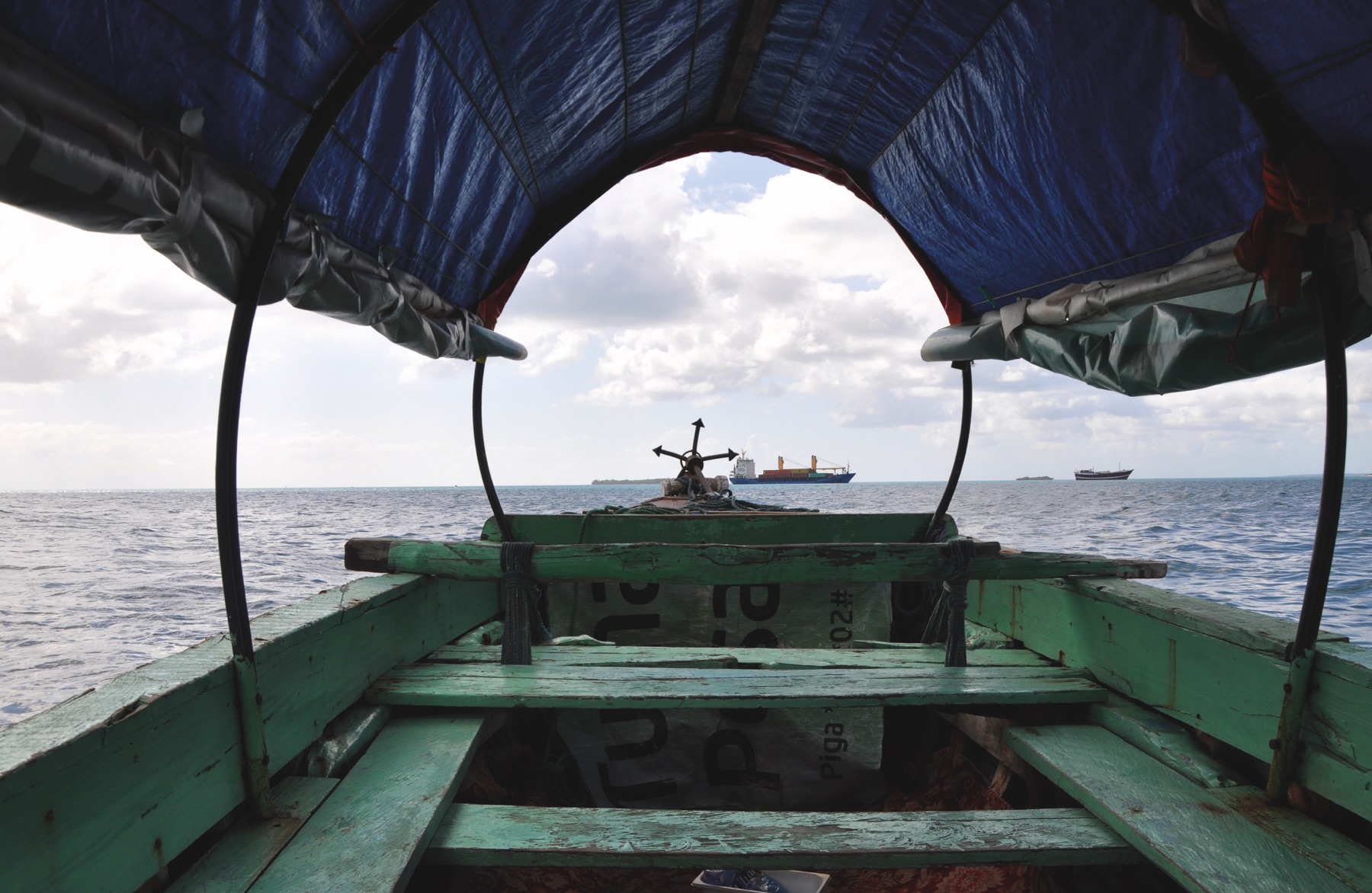
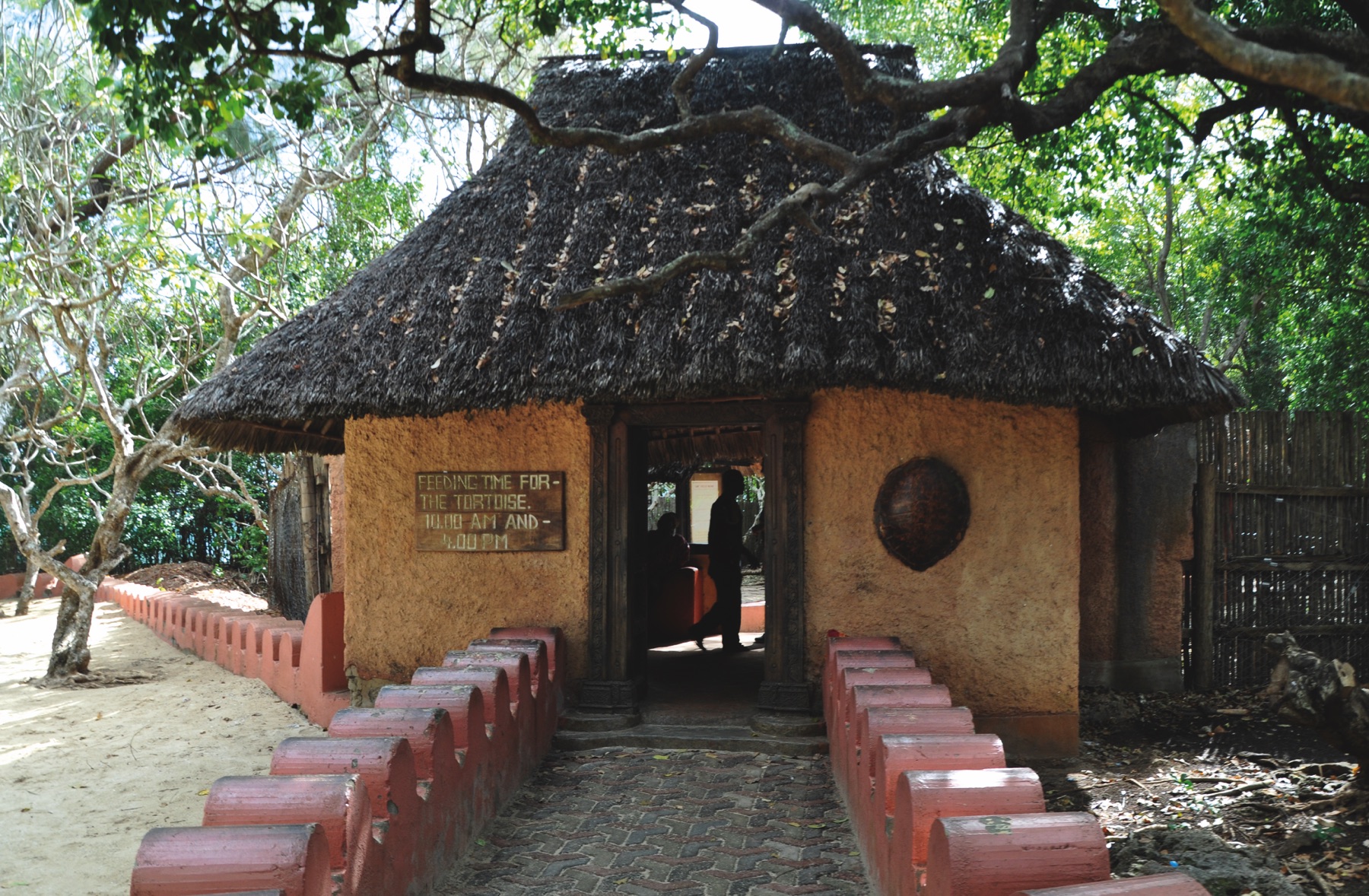
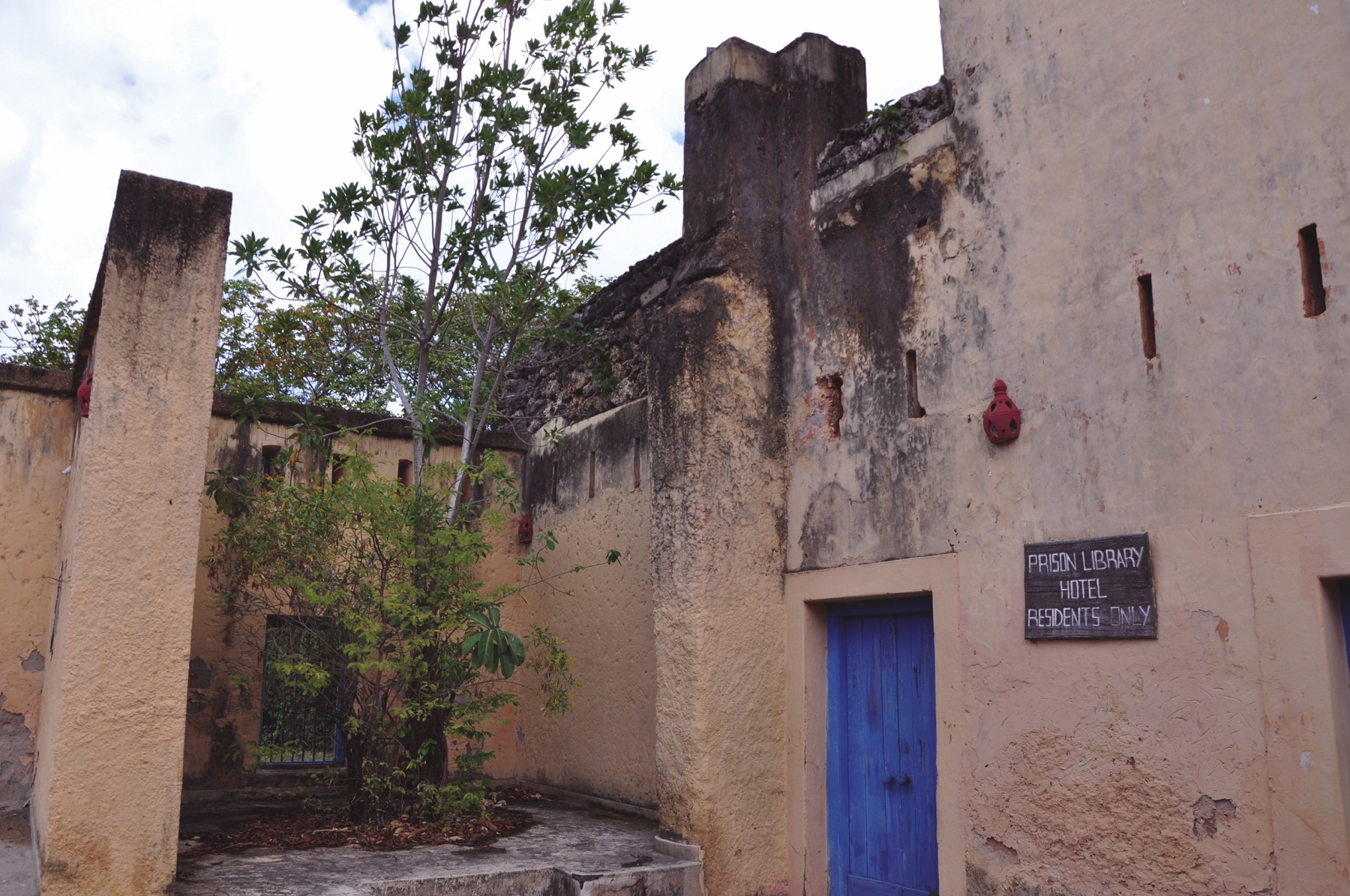
It was only a very short break. Next time, we will stay longer.
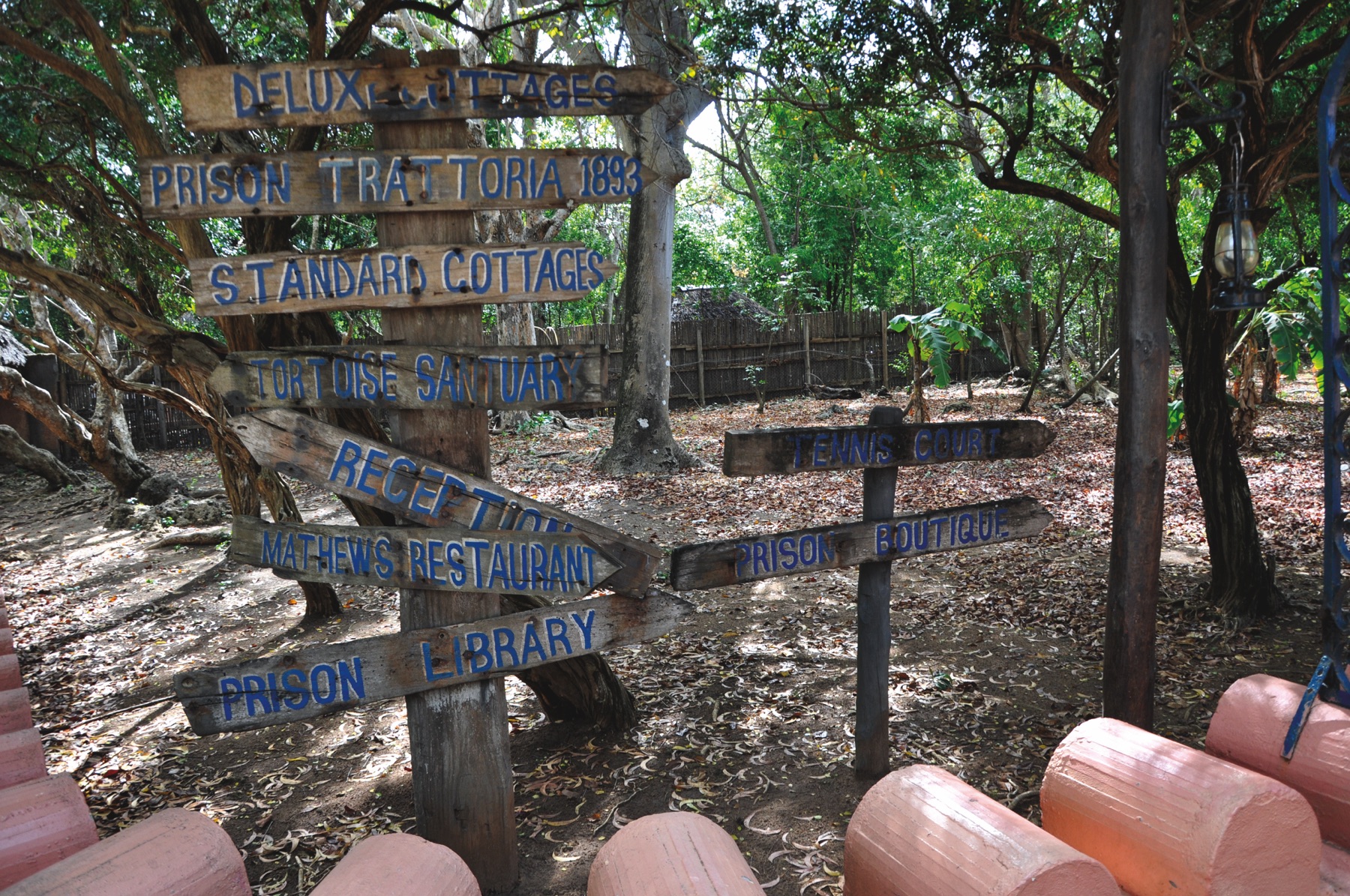
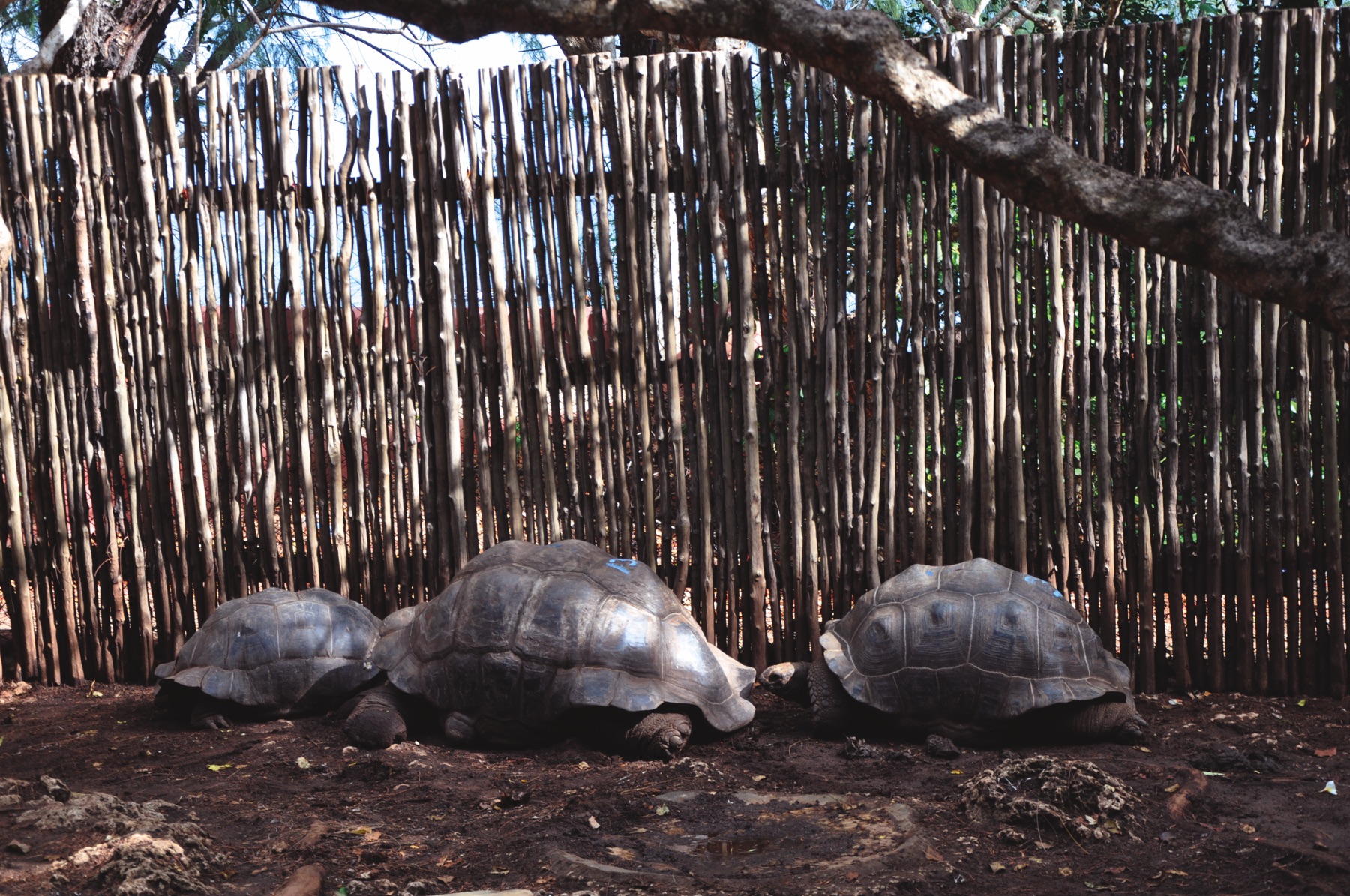
Arriving in Arusha city
From Zanzibar to Arusha it was a very short flight on a very small airplane. Happily, we arrived safely.
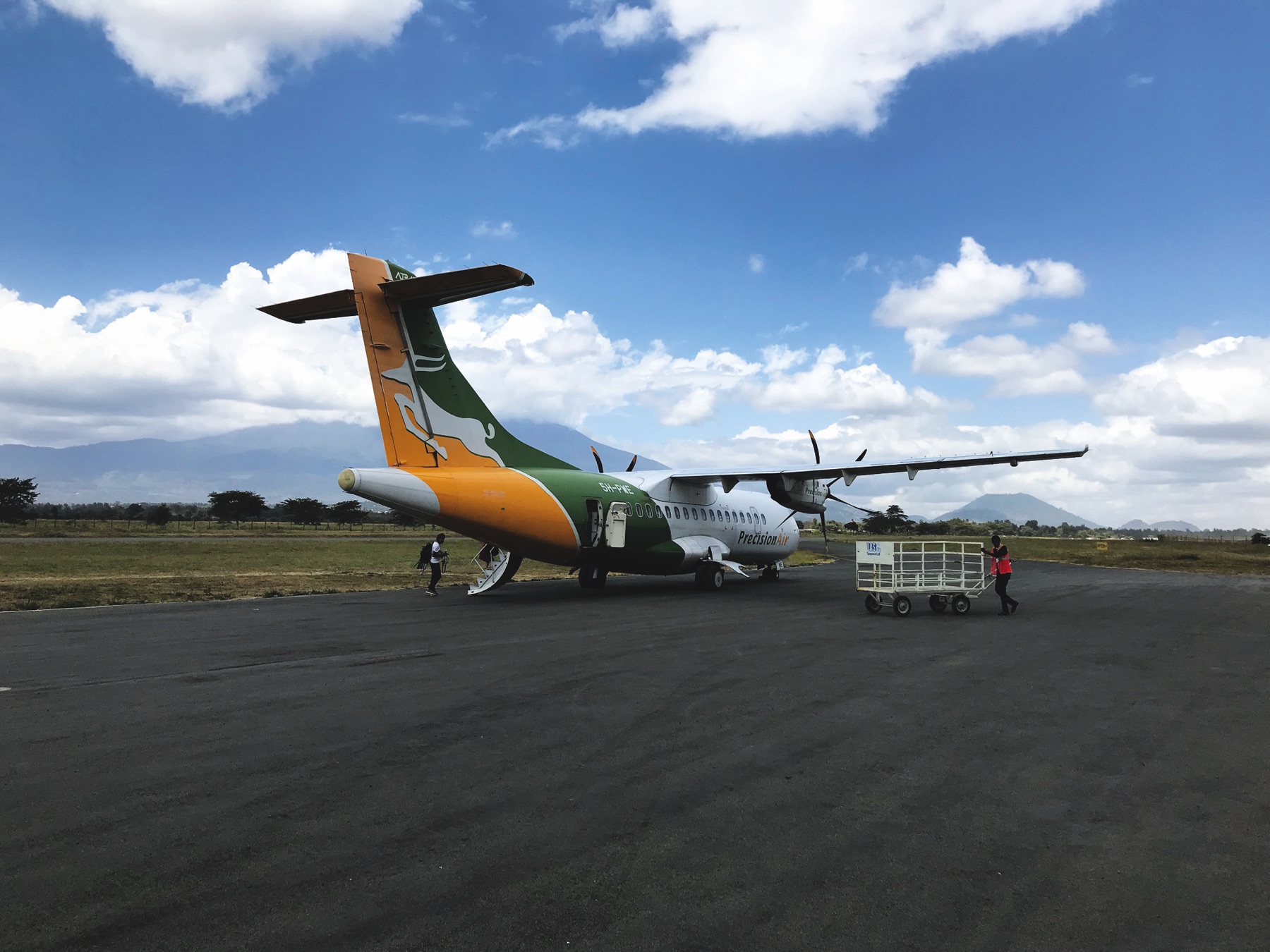
Arusha is located at the base of the volcanic Mt. Meru. It is a gateway to safari destinations, as well as to Mt. Kilimanjaro, which, at 5,895m, is Africa’s highest peak.
In the afternoon, we visited Arusha Market, and in the evening, the Tanzanite Experience and the Arusha Cultural Heritage Centre.
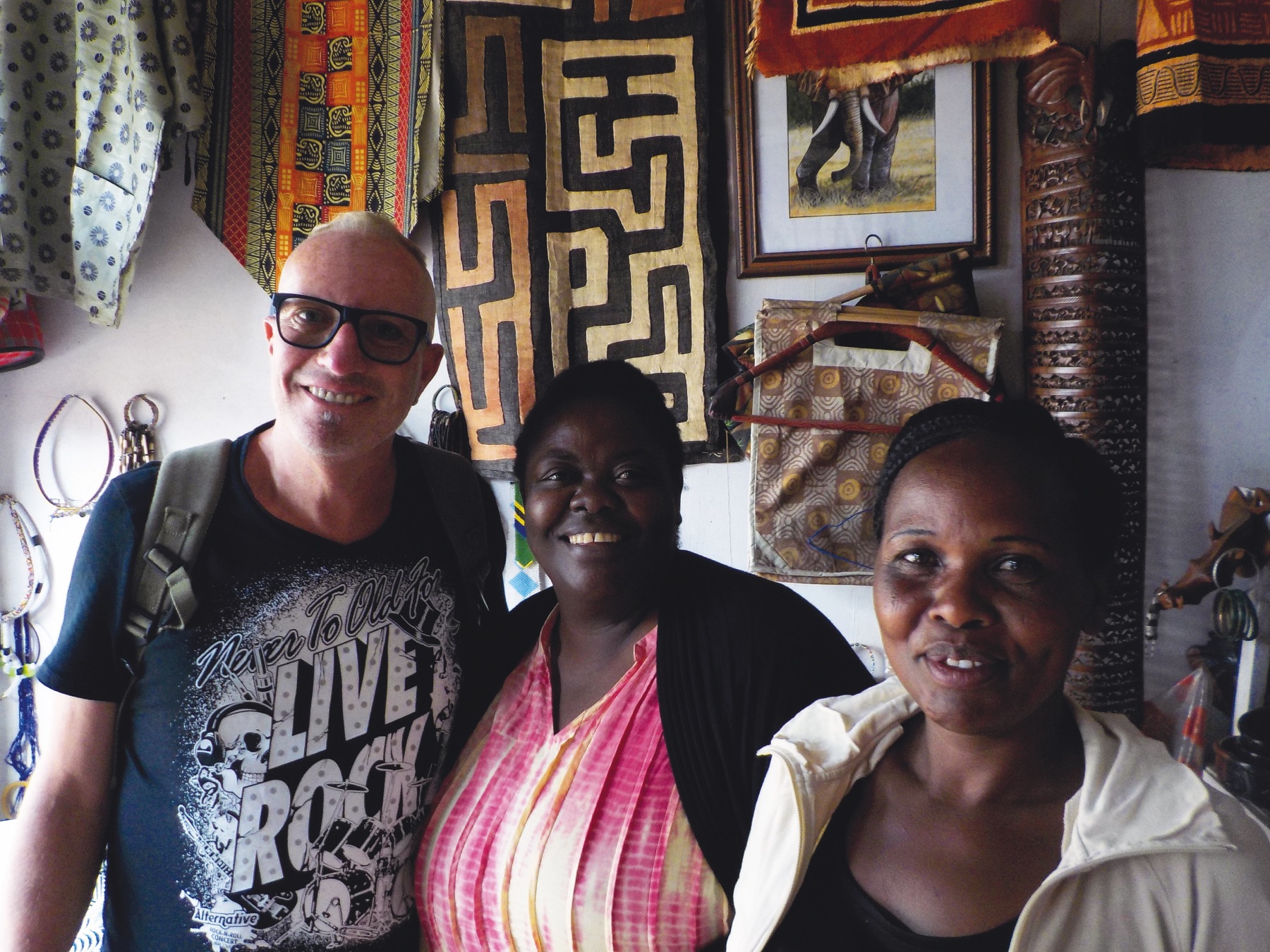
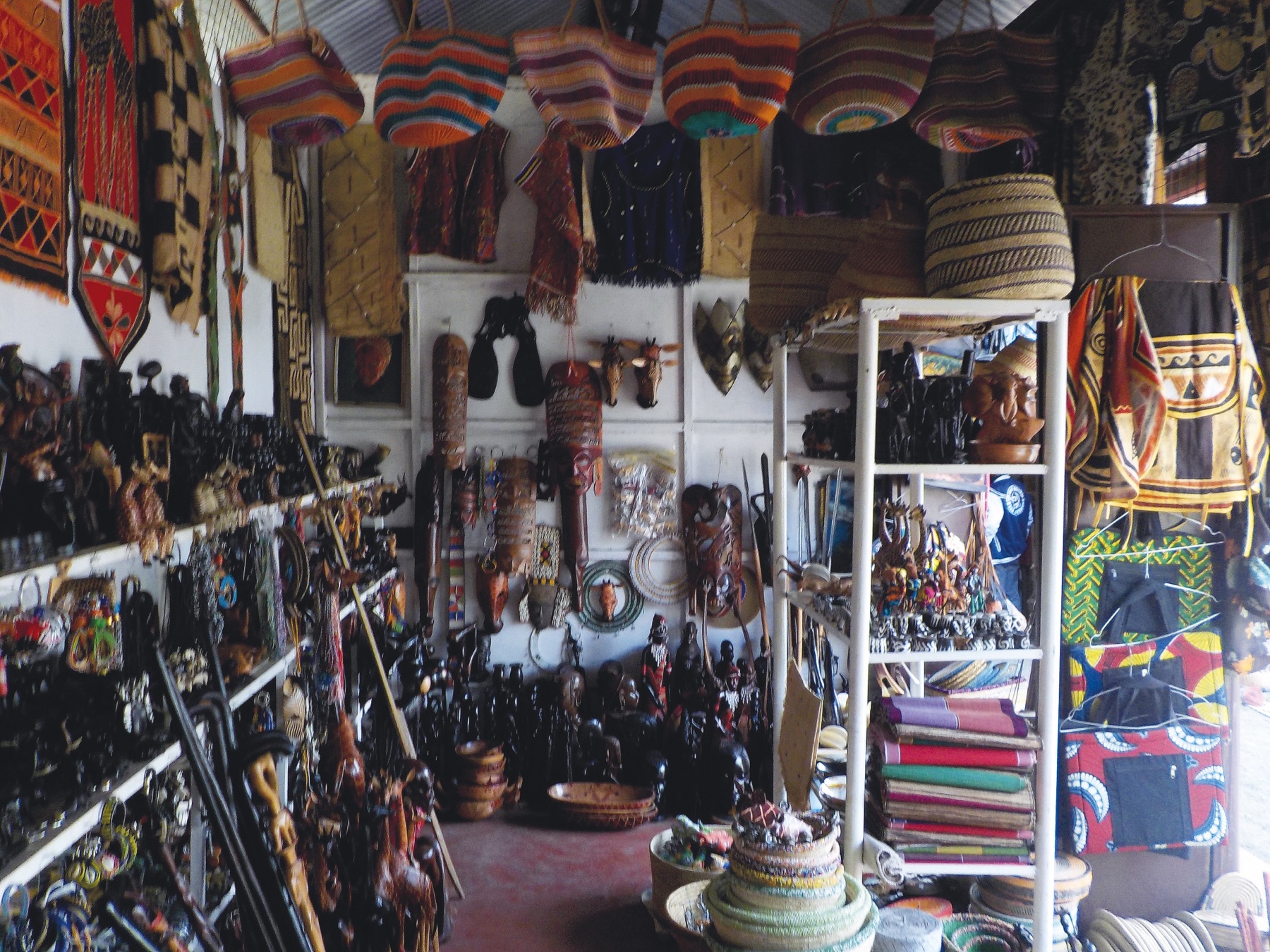
Enjoying our six-day private safari tour Tanzania, in our opinion, is the best place for a safari. We planned a private tour of six days, just the two of us and the guide-driver, to see the Big Five animals in the wild.
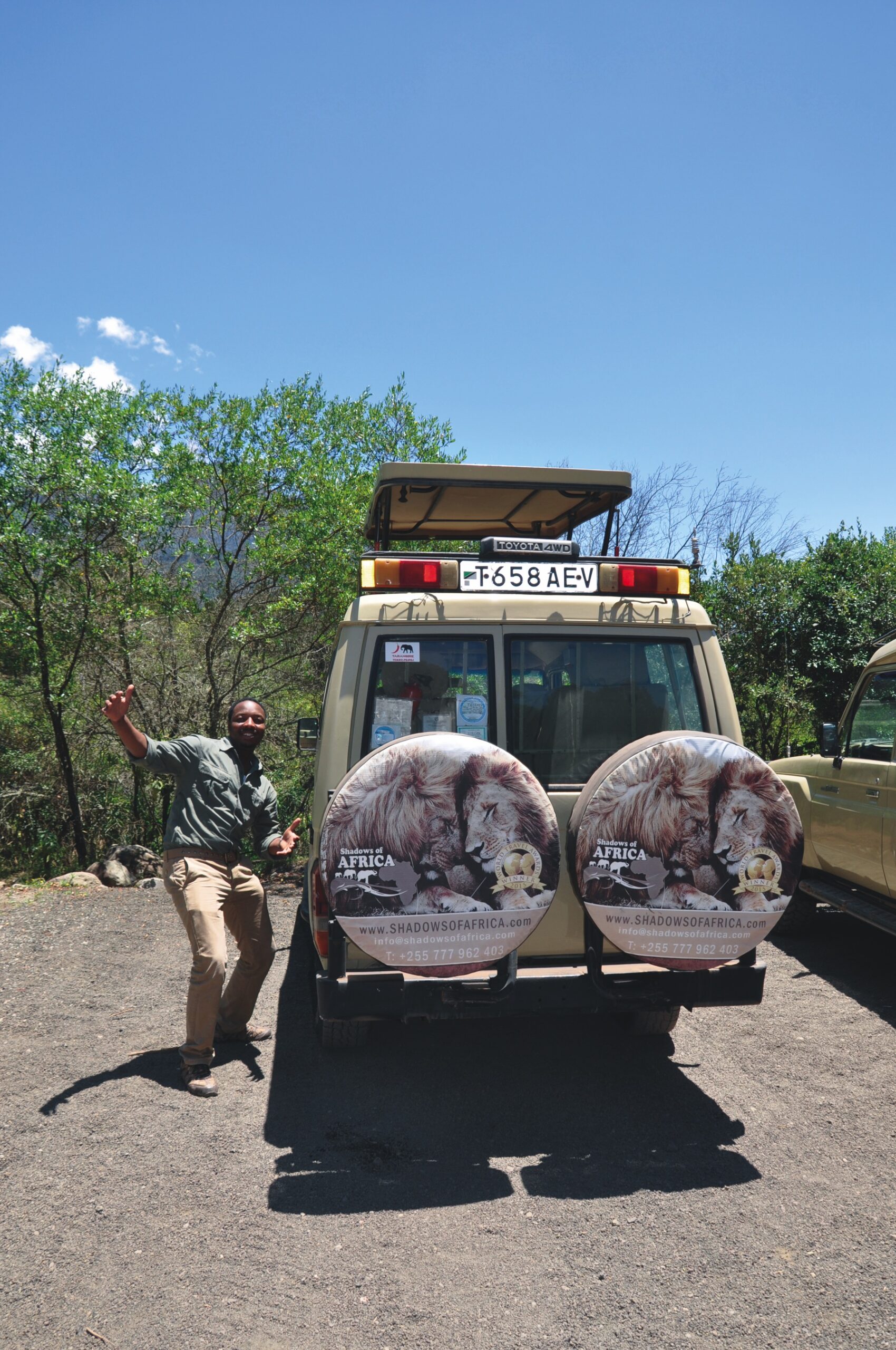
Our tour was organised by the Shadows of Africa travel agency (www.shadowsofafrica.com)
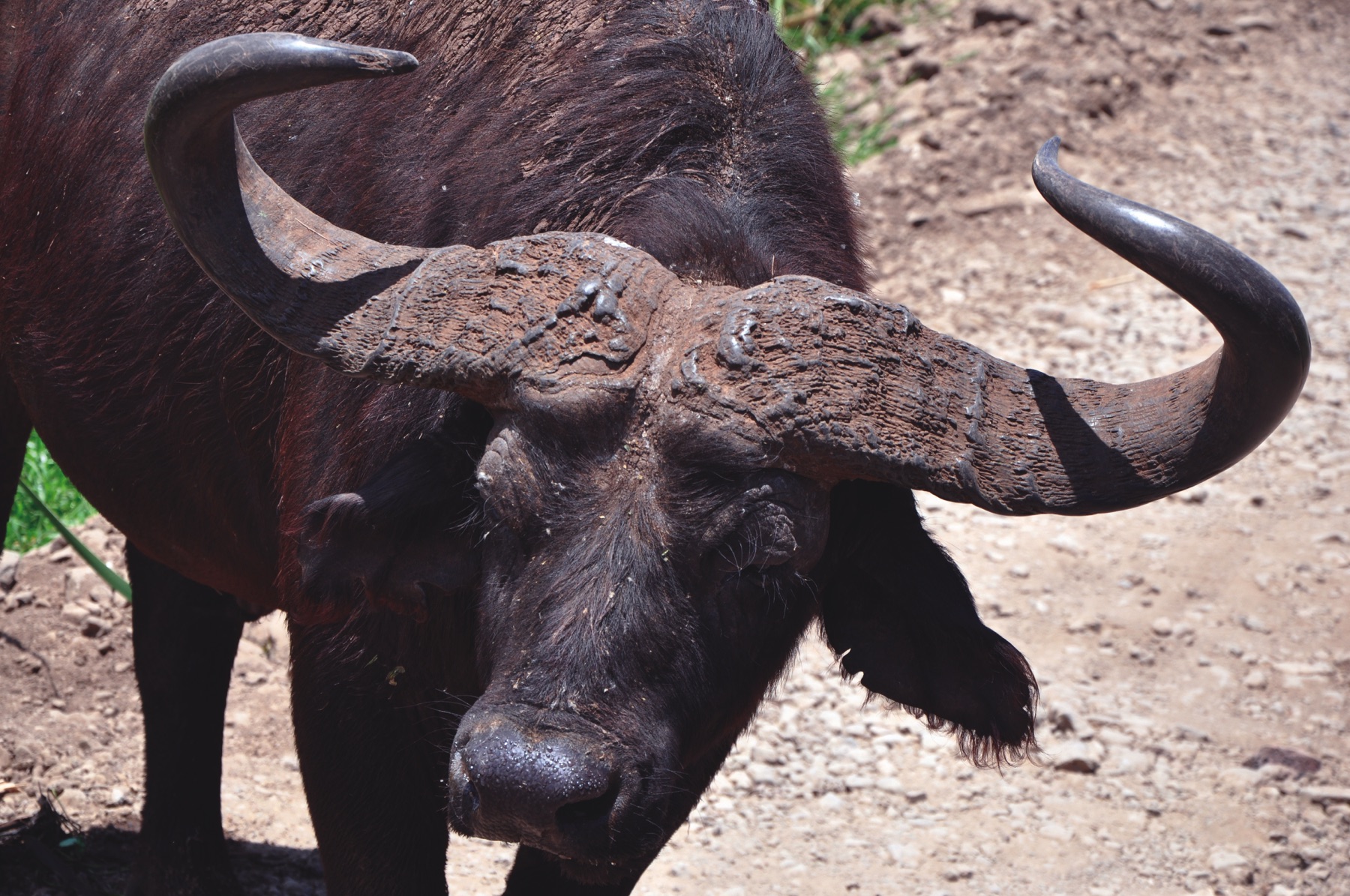
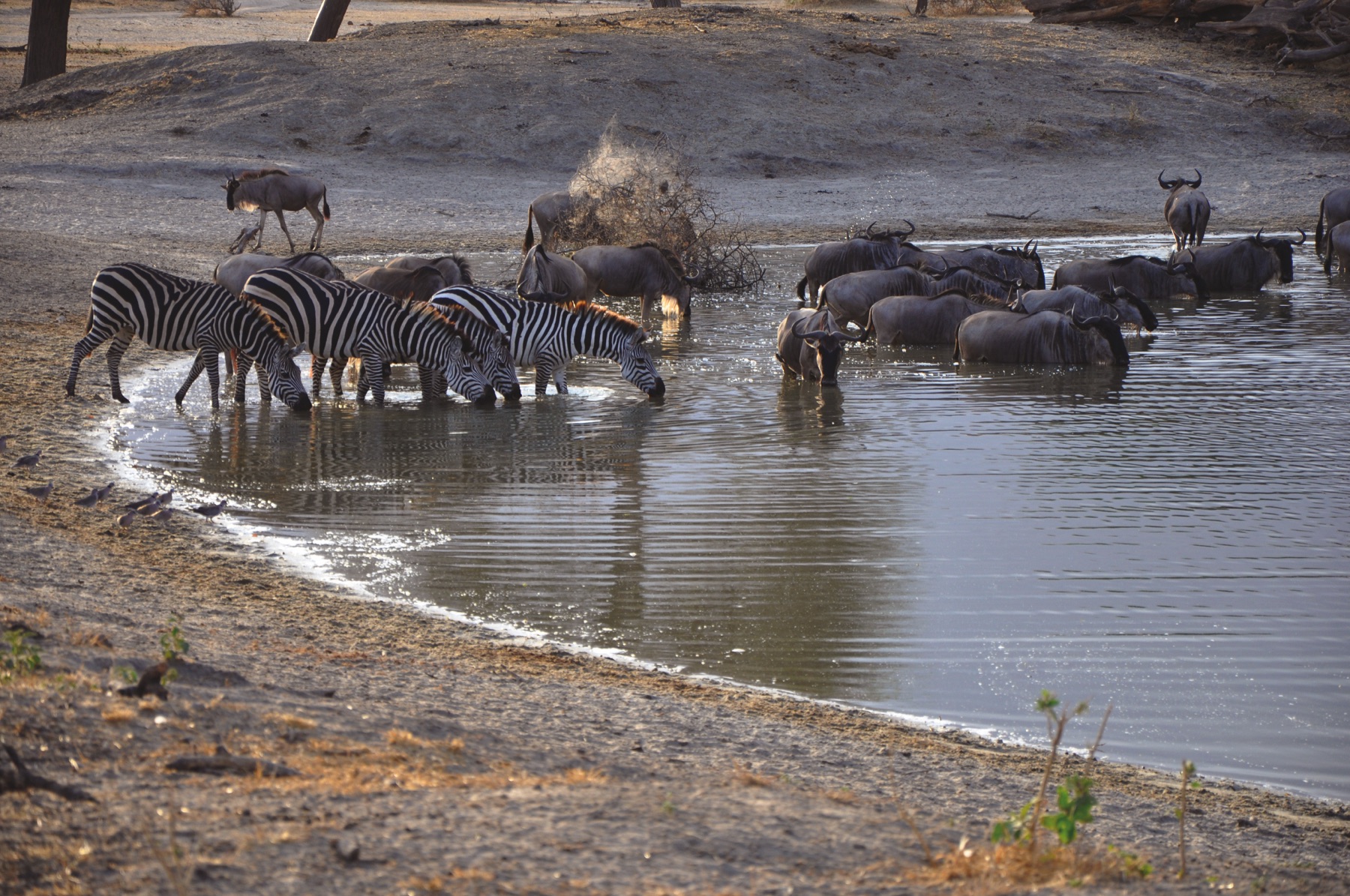
Day 1: Arusha National Park
Covering over 300 square km, Arusha National Park has great wildlife densities. It is home to the world’s largest population of giraffes, cape buffalo, elephants, hippos, zebra, and the occasional lion and leopard.
We started at Ngurdoto Gate and drove through Ngurdoto Crater up to Buffalo Point. We could see Lokie Swamps, Jembamba Lake, and Longil Lake.
We then drove to Momela Lakes to see flamingos and walk around, with good views of Mt. Meru and Mt. Kilimanjaro.
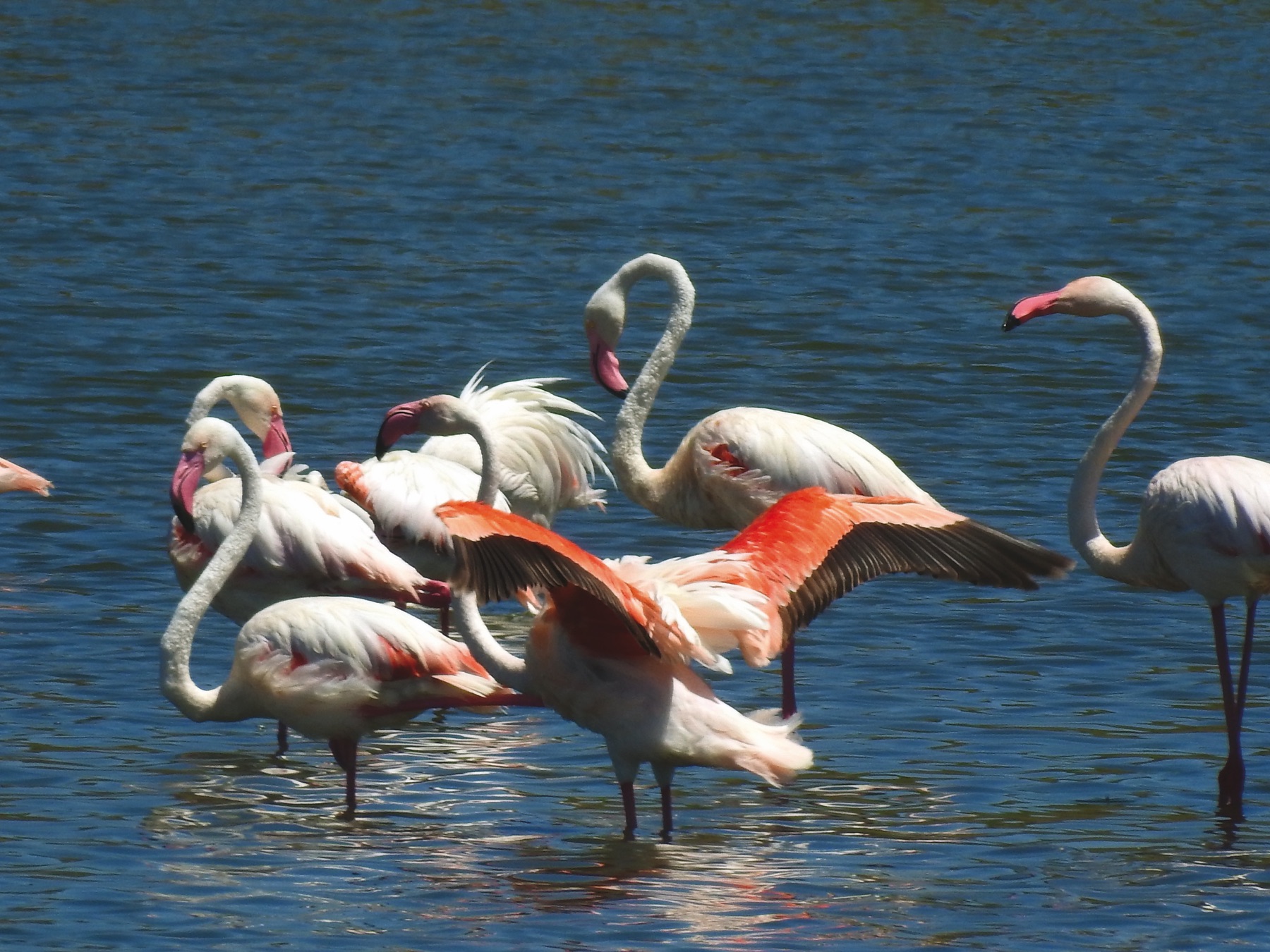
Day 2: Arusha – Manyara Park – game drive
Manyara National Park is one of the best parks in Tanzania. It’s known to have amazing tree-climbing lions.
Two-thirds of the park is covered by water, which makes Manyara Lake a great attraction.
It has an amazing view of the rift valley during all seasons.
During the “game drive,” we saw the climbing lions, herds of elephants, klipspringers, warthogs, impalas, buffalo, hippos, gazelles, lions, leopards, and more.
We also saw a lot of birds, flamingos, ostriches, storks, pelicans, and more.

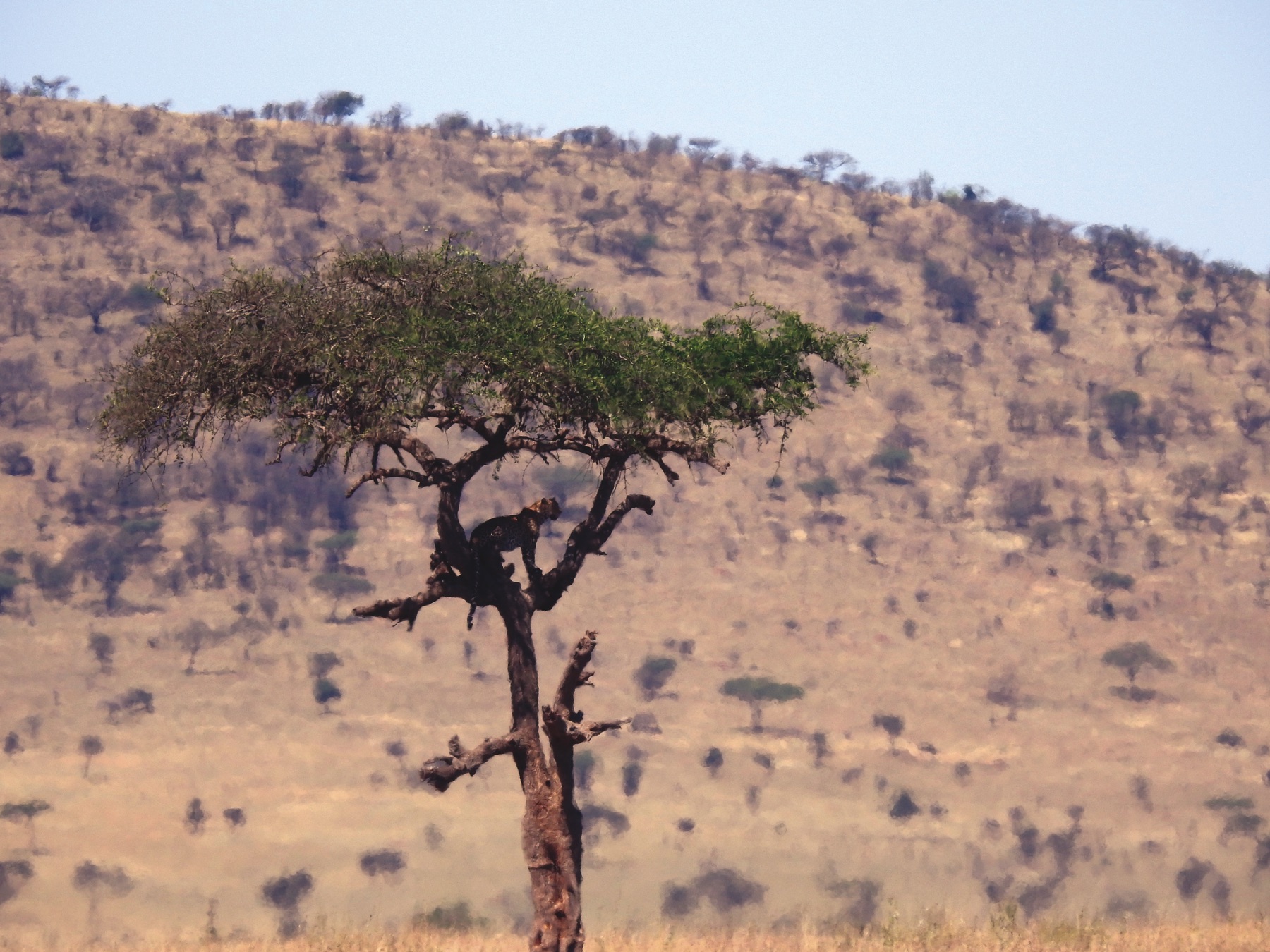
Day 3: Manyara – Serengeti – game drive
Serengeti National Park is a world heritage site covering about 30,000 square km, and is probably the best place for a “game drive” to observe prides in their natural environment.
We entered the Serengeti Plain via Naabi Hill Gate and enjoyed the great views of the plain.
We visited Seronera, the site for the visitor information centre, which includes a small museum, a coffee shop, a picnic area, and a staff village. It is also the location for a cluster of campsites and lodges near the visitors’ centre. Seronera is a well-known area for balloon safaris. This truly is Central Serengeti.
We continued exploring to see tree lions and leopards, followed by visiting Kati Kati camp, a mobile camp strategically situated in Central Serengeti, ideal for exploring the extensive Serengeti Plains.
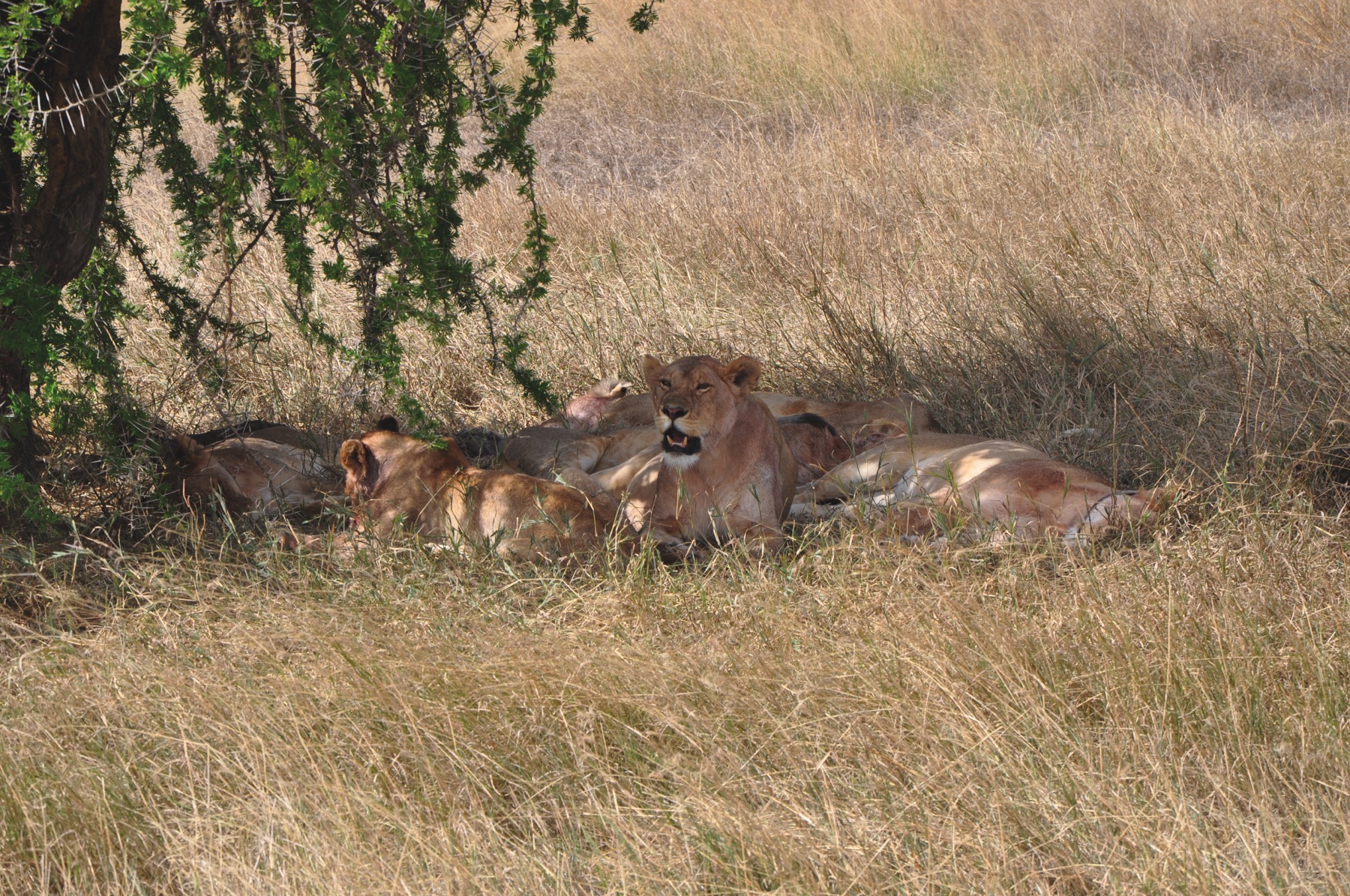
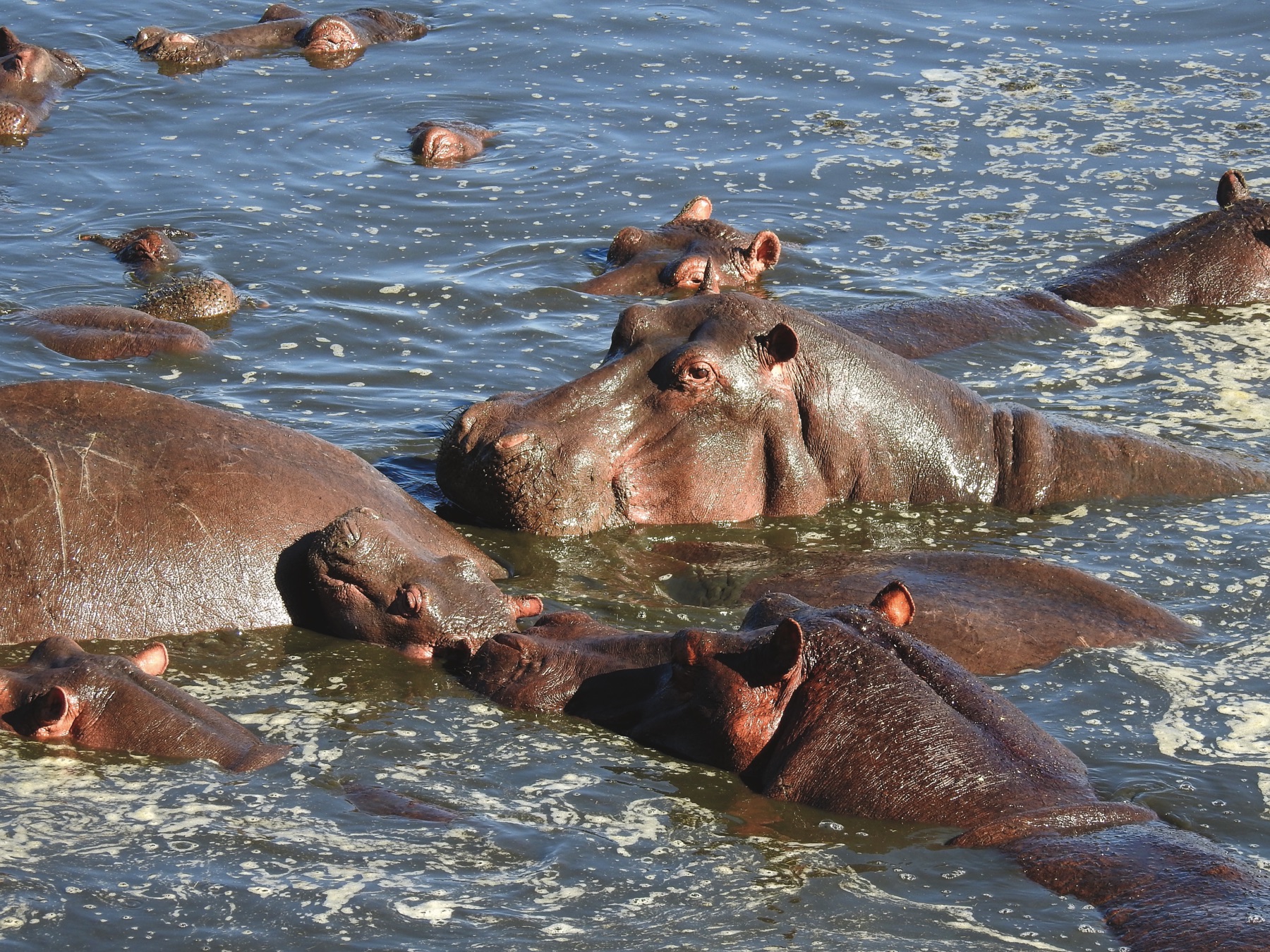
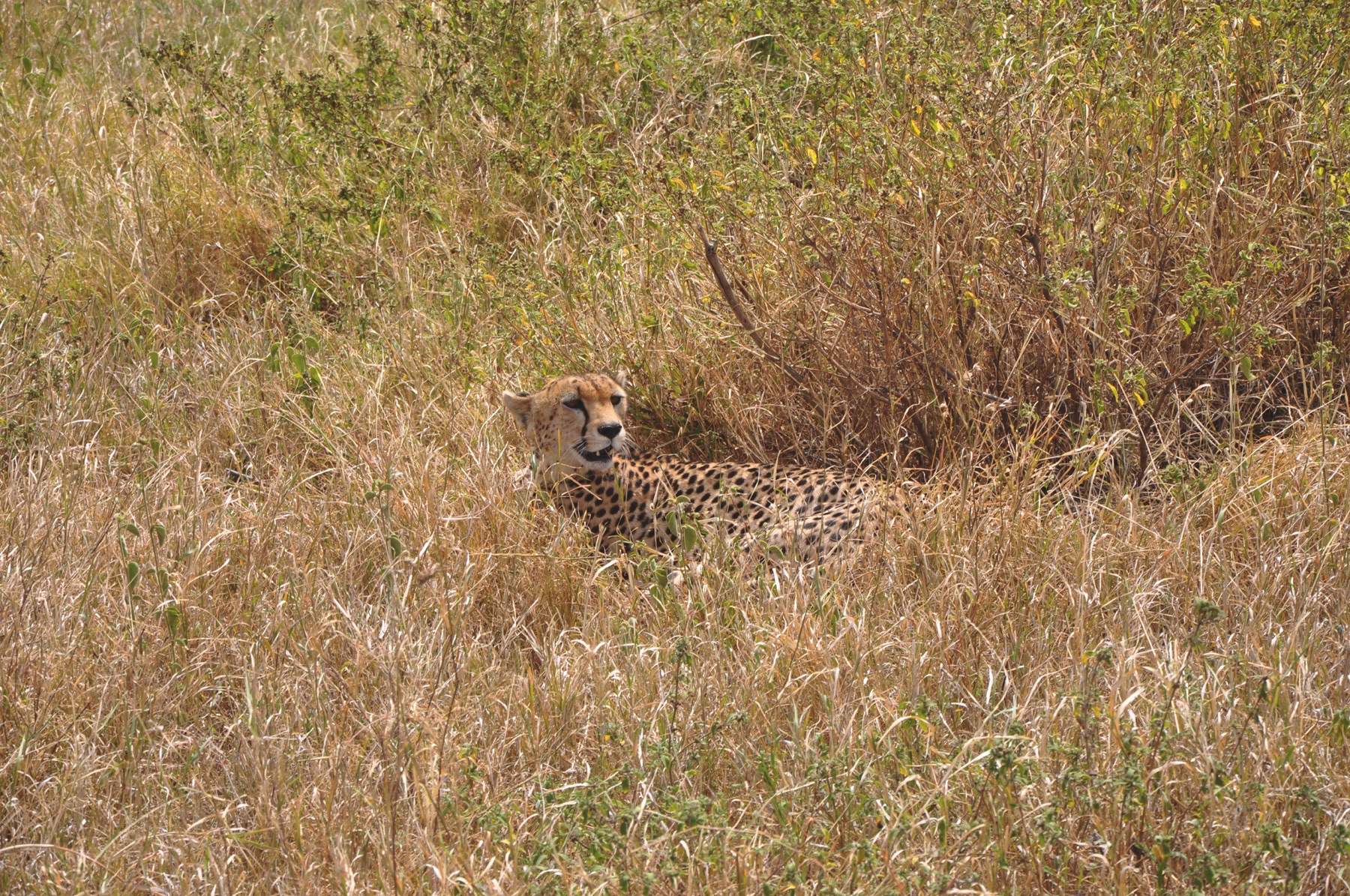
We then went to Retima Hippo Pool and Lobo Hill to see elephants, buffalo, and lions.
In Moru Kopjes, Simba Kopjes, and Gol Kopjes we were able to admire the sight of cats, lions, and cheetahs, respectively.
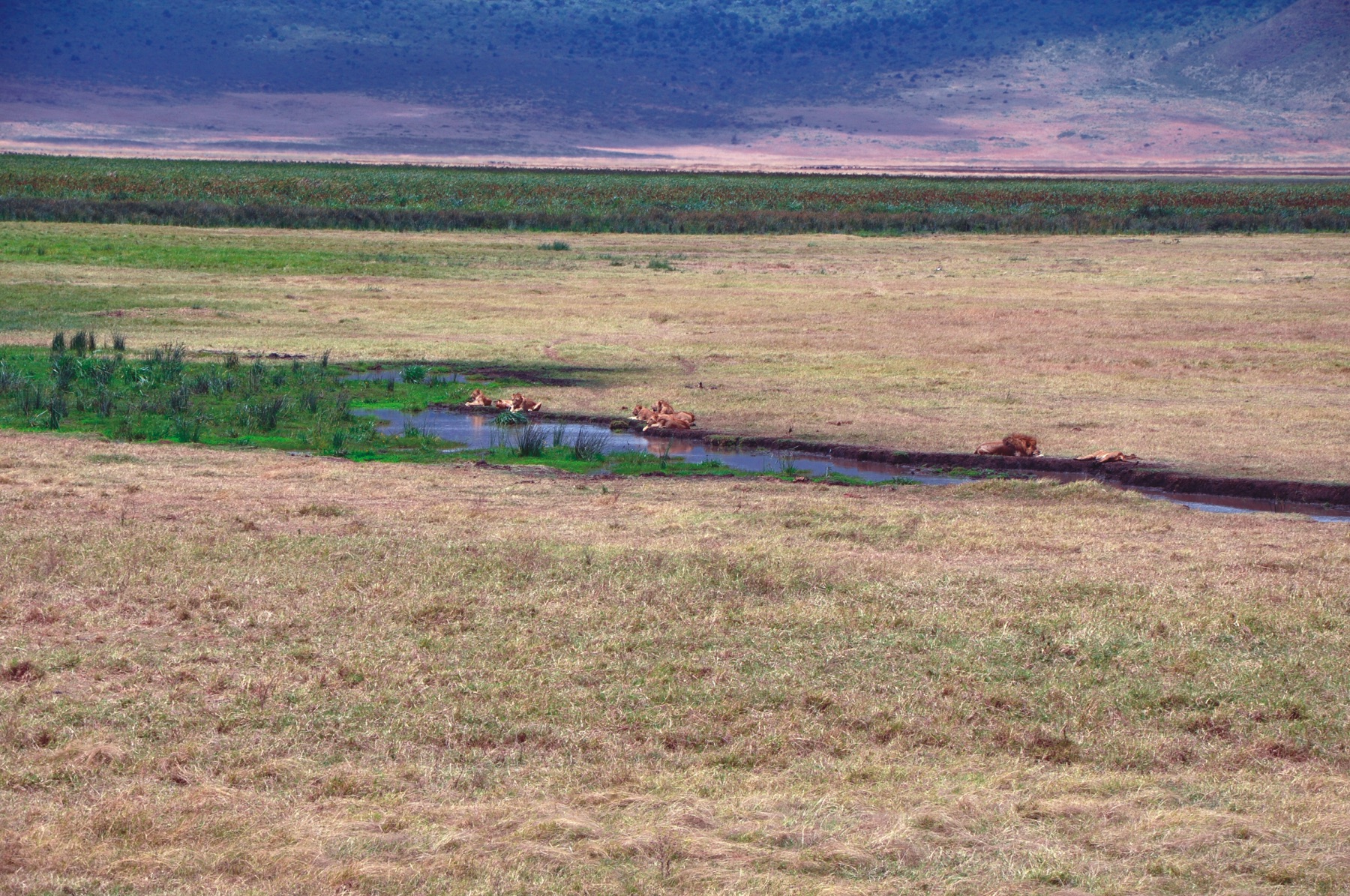
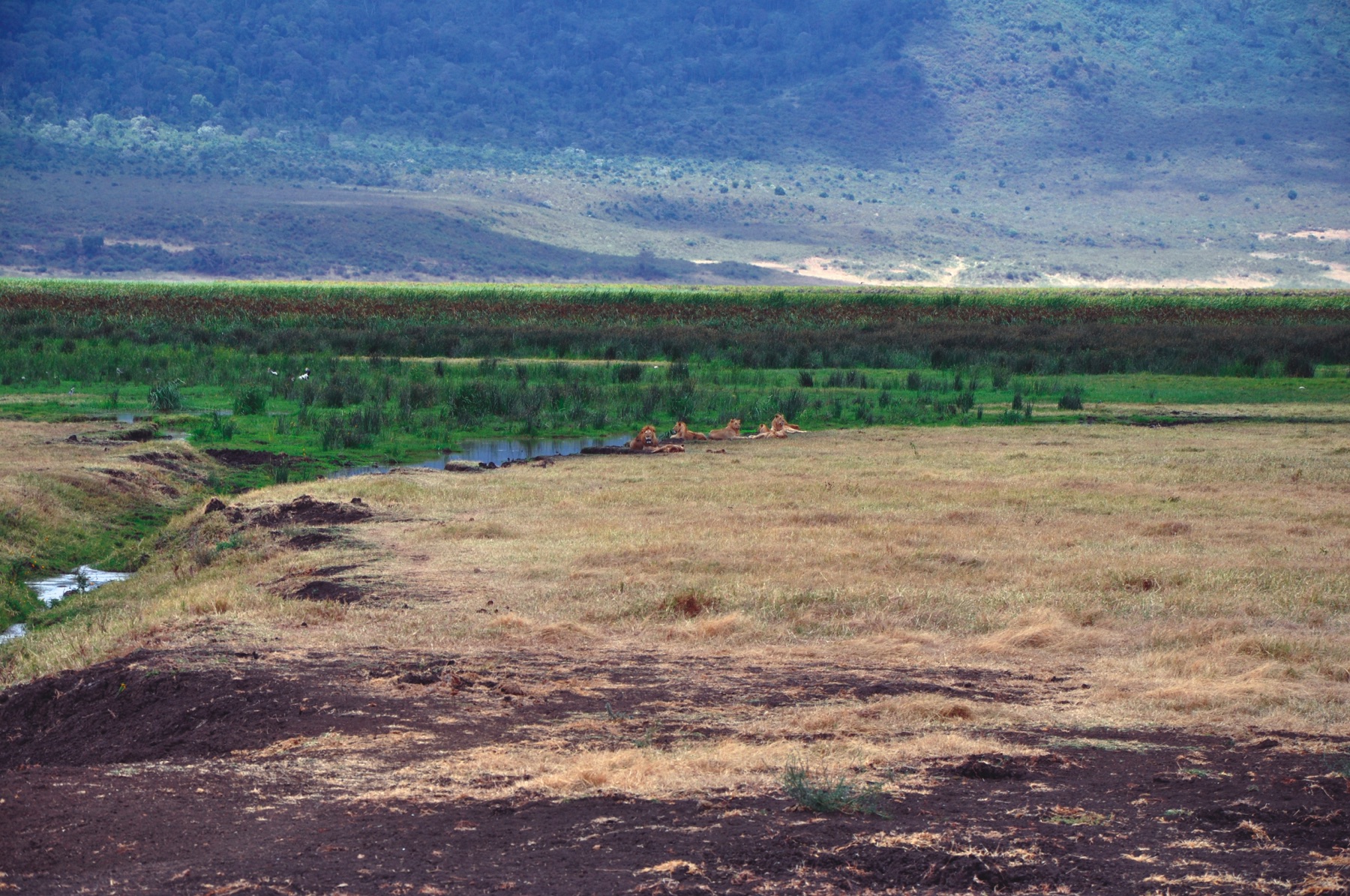
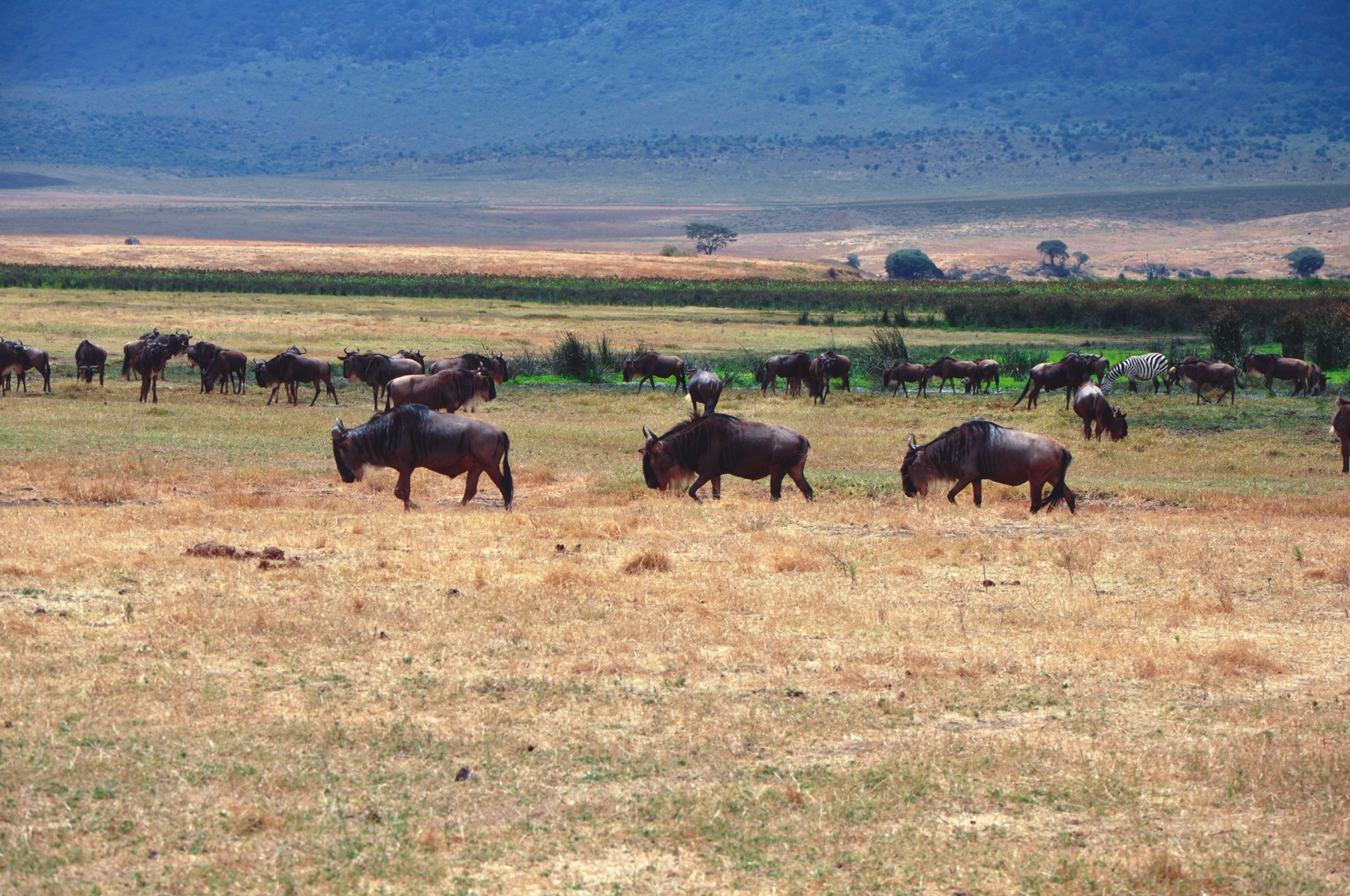
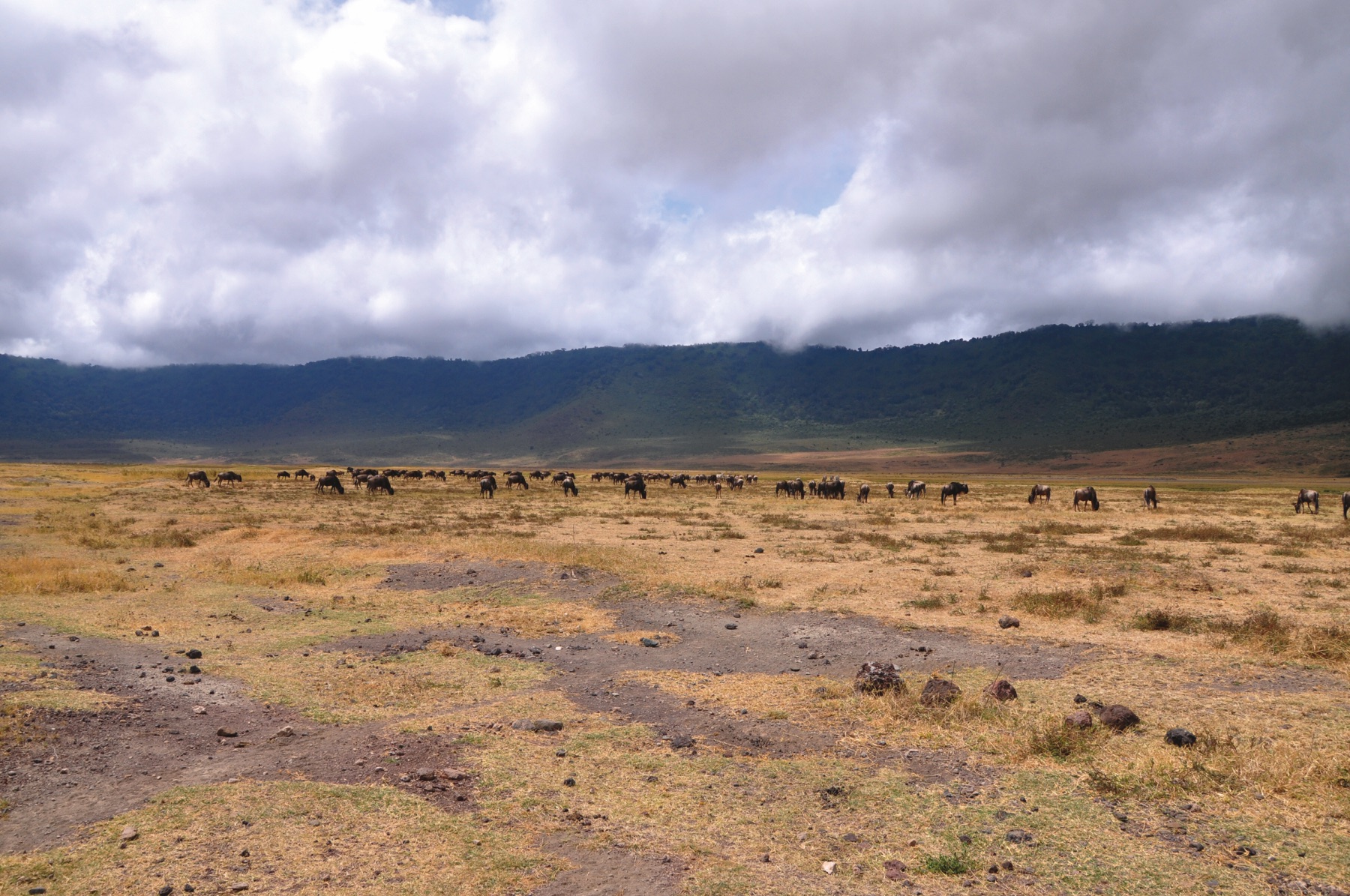
Day 4: Serengeti Ngorongoro area – game drive
Ngorongoro is a UNESCO World Heritage Site, a part of the Serengeti National Park. We entered via the Lodoare Gate (30km from Karatu town). The main feature of the Ngorongoro Conservation Area is the Ngorongoro Crater, the world’s largest inactive, intact, and unfilled volcanic caldera. The crater, which formed when a large volcano erupted and collapsed on itself two to three million years ago, is 610m (2,000 feet) deep, and its floor covers 260 square km. It is one of the seven natural wonders of Africa.
We took our first view from Heroes Point to see Seneto Springs, Lerai Forest, Empakaai Crater, and Olmoti Crater.

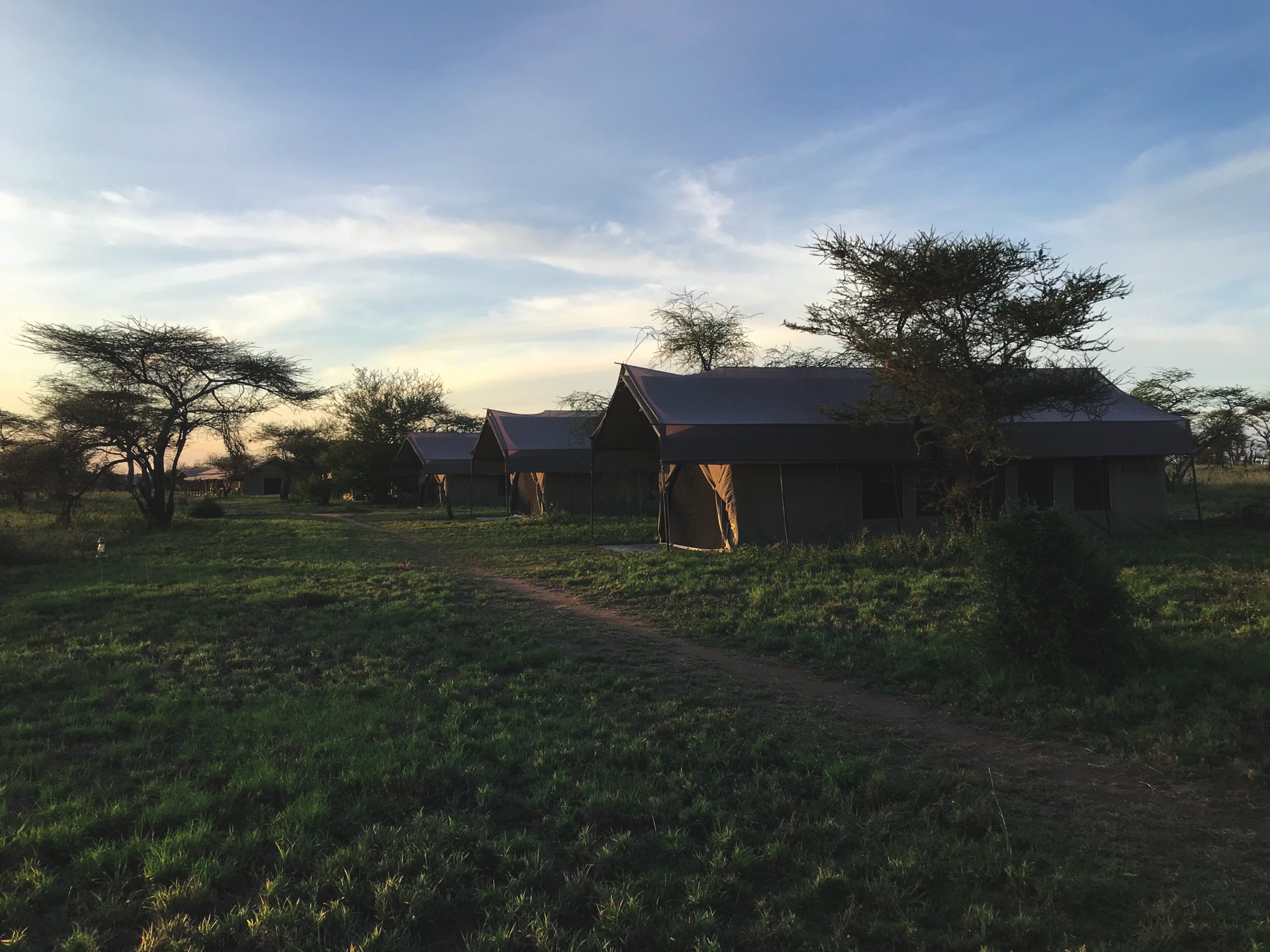
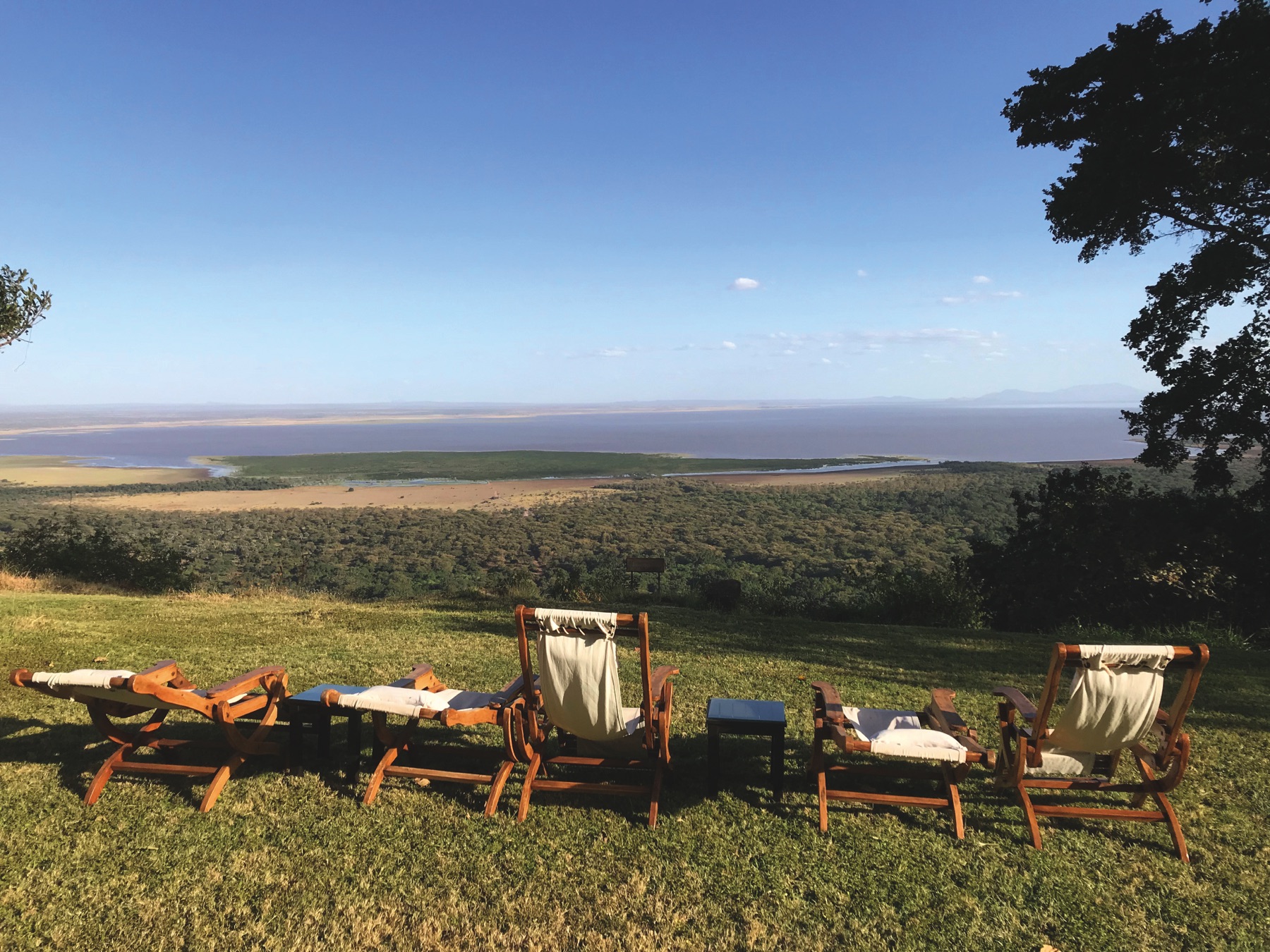
Day 5: Ngorongoro Crater – game drive – Tarangire
Tarangire National Park is known for its majestic Baobab trees. These can grow to an enormous size and have a unique shape. The park is also famous as it has the largest concentration of elephants in the world. Besides the elephants, you can see zebras, wildebeest, lions, leopards, waterbucks, giraffes, gazelles, impala, gerenuk, lesser kudu, and the beautiful fringe-eared oryx.
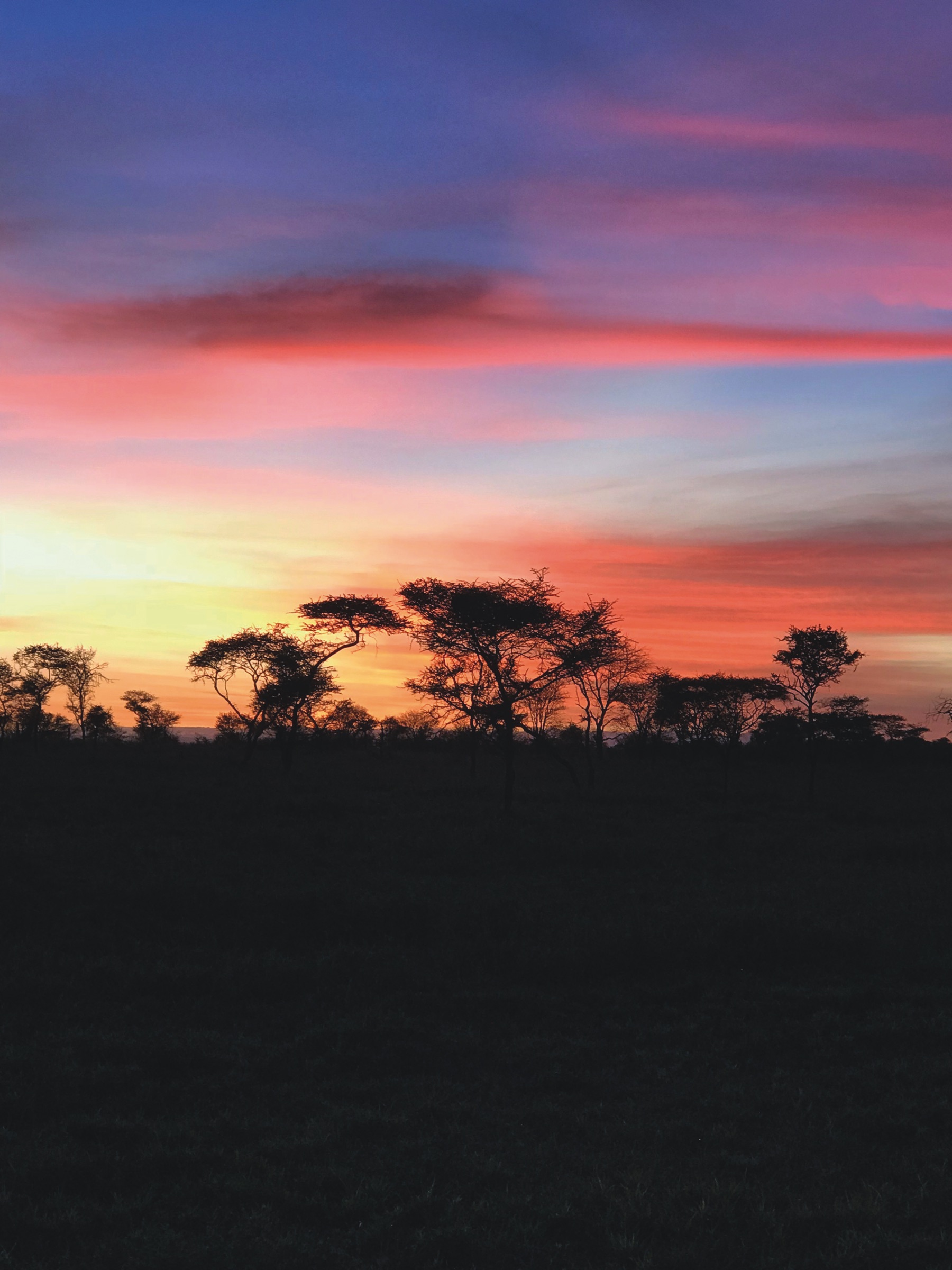
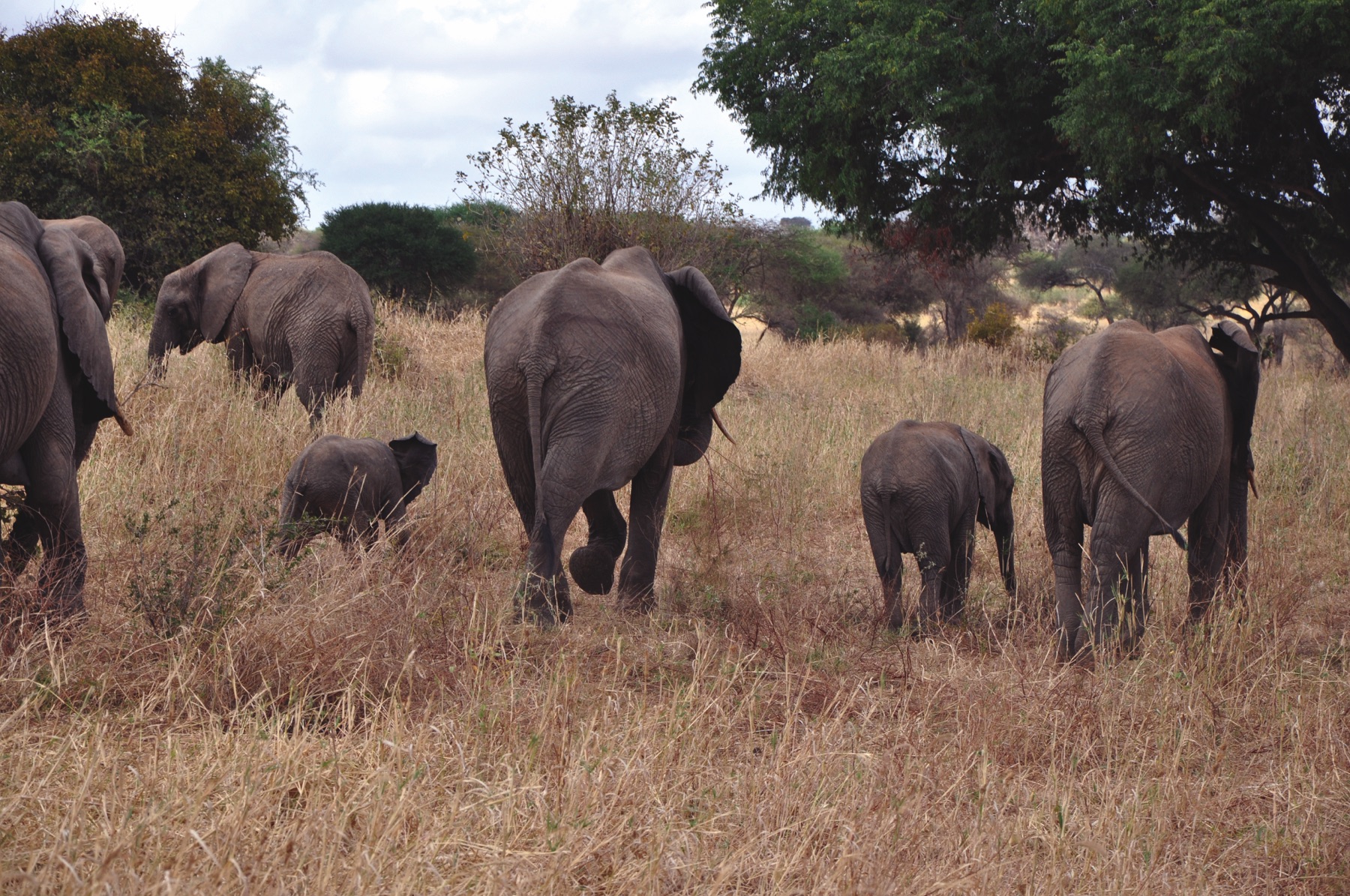
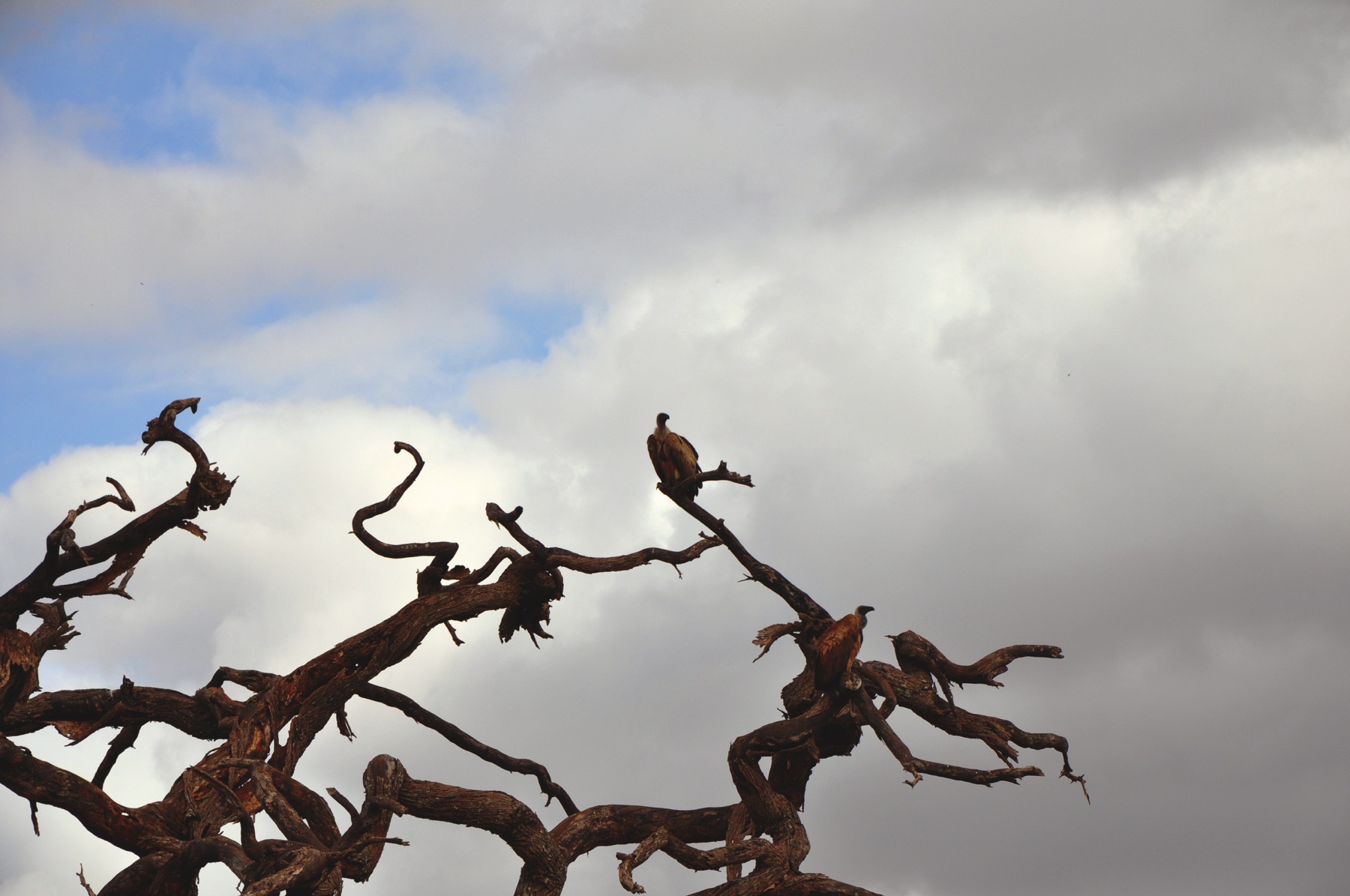
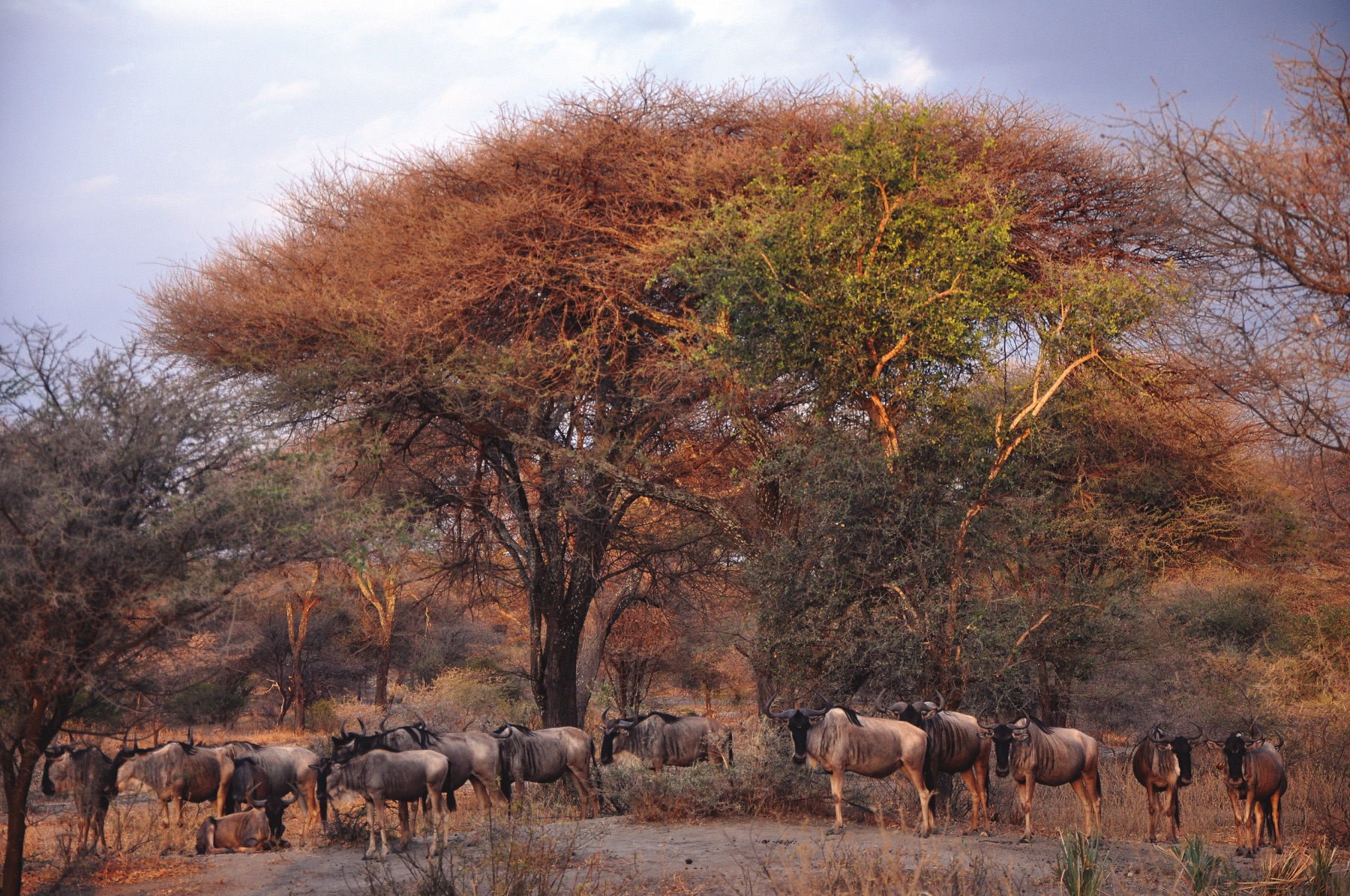
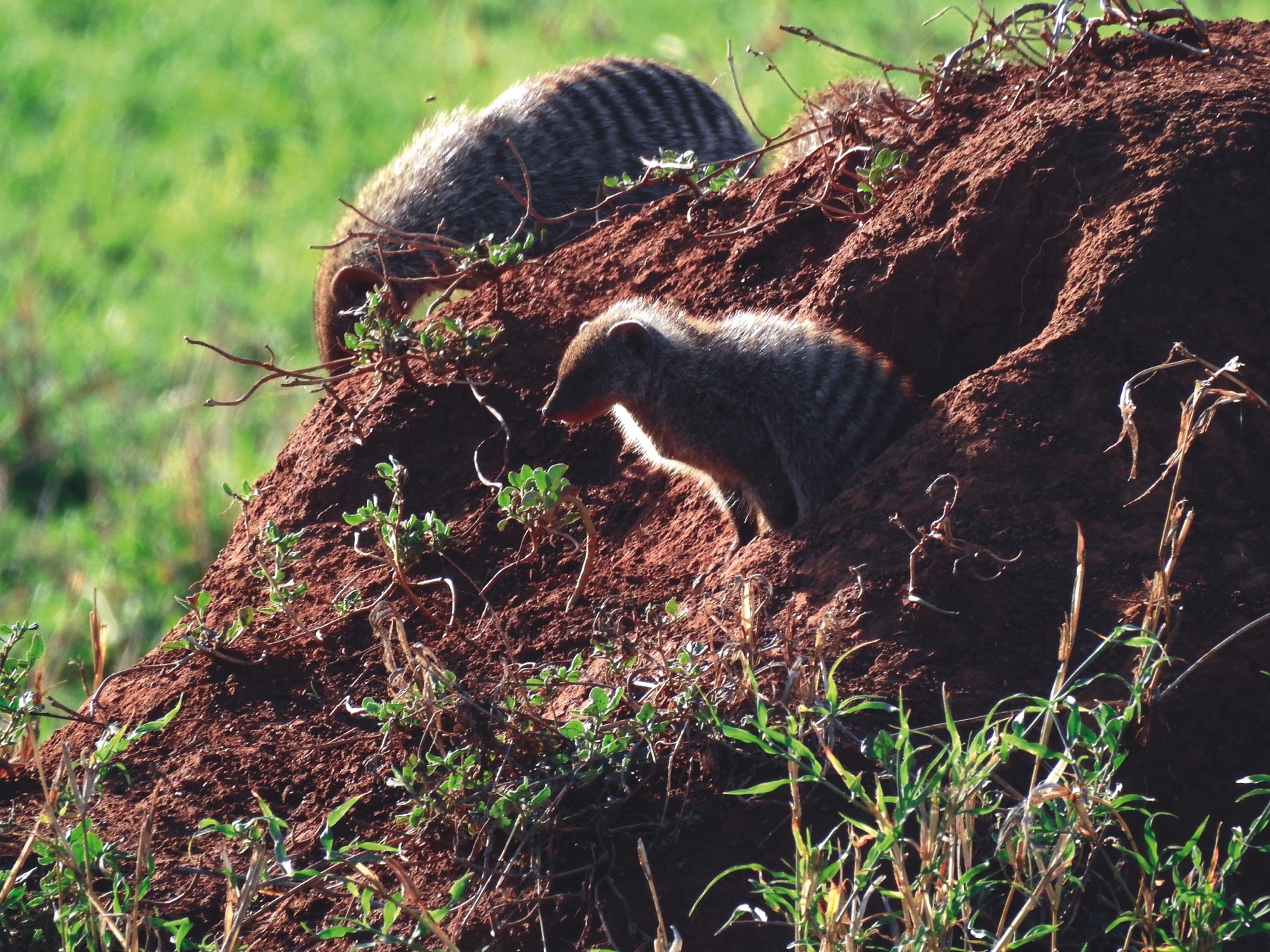
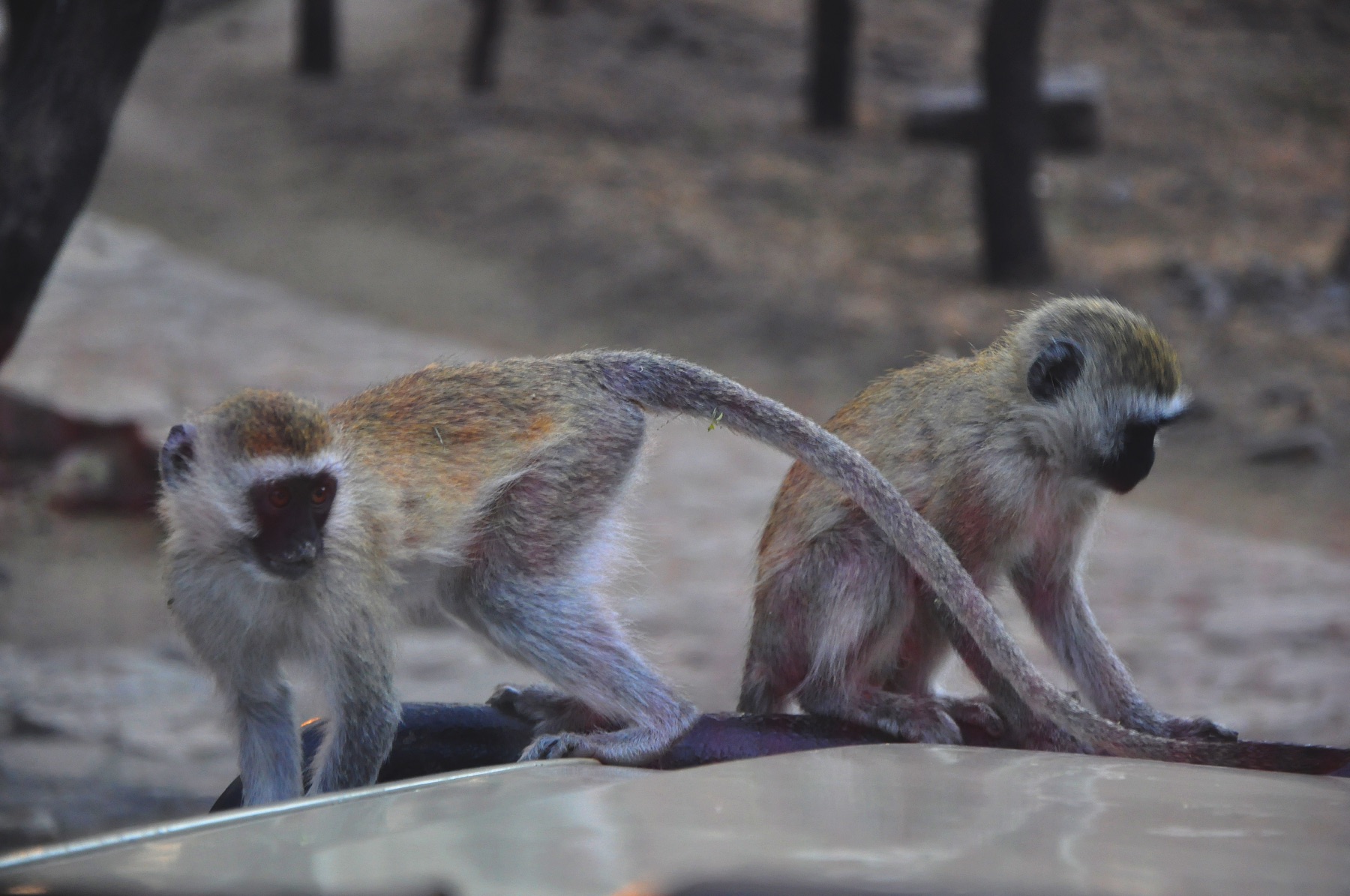
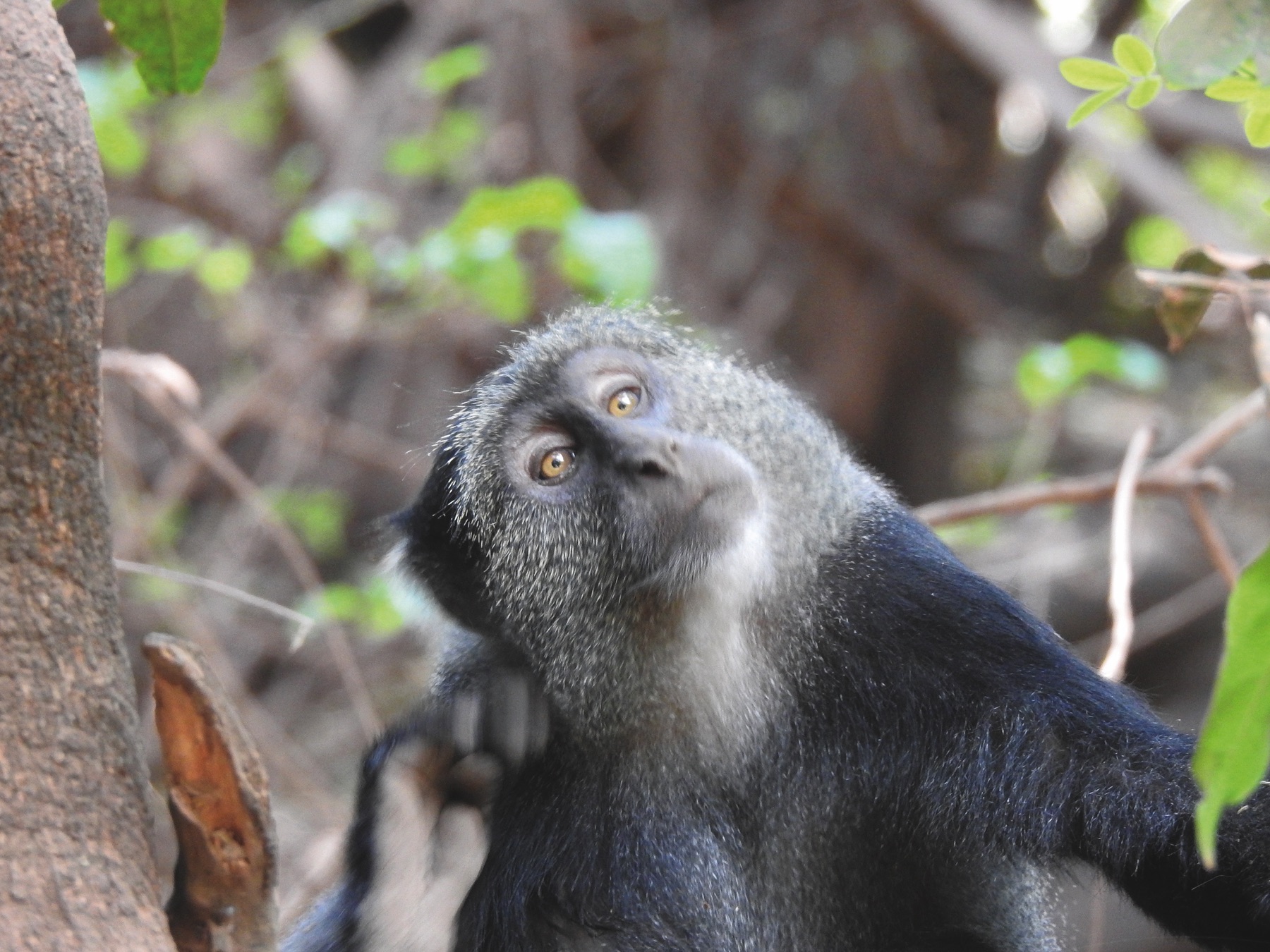
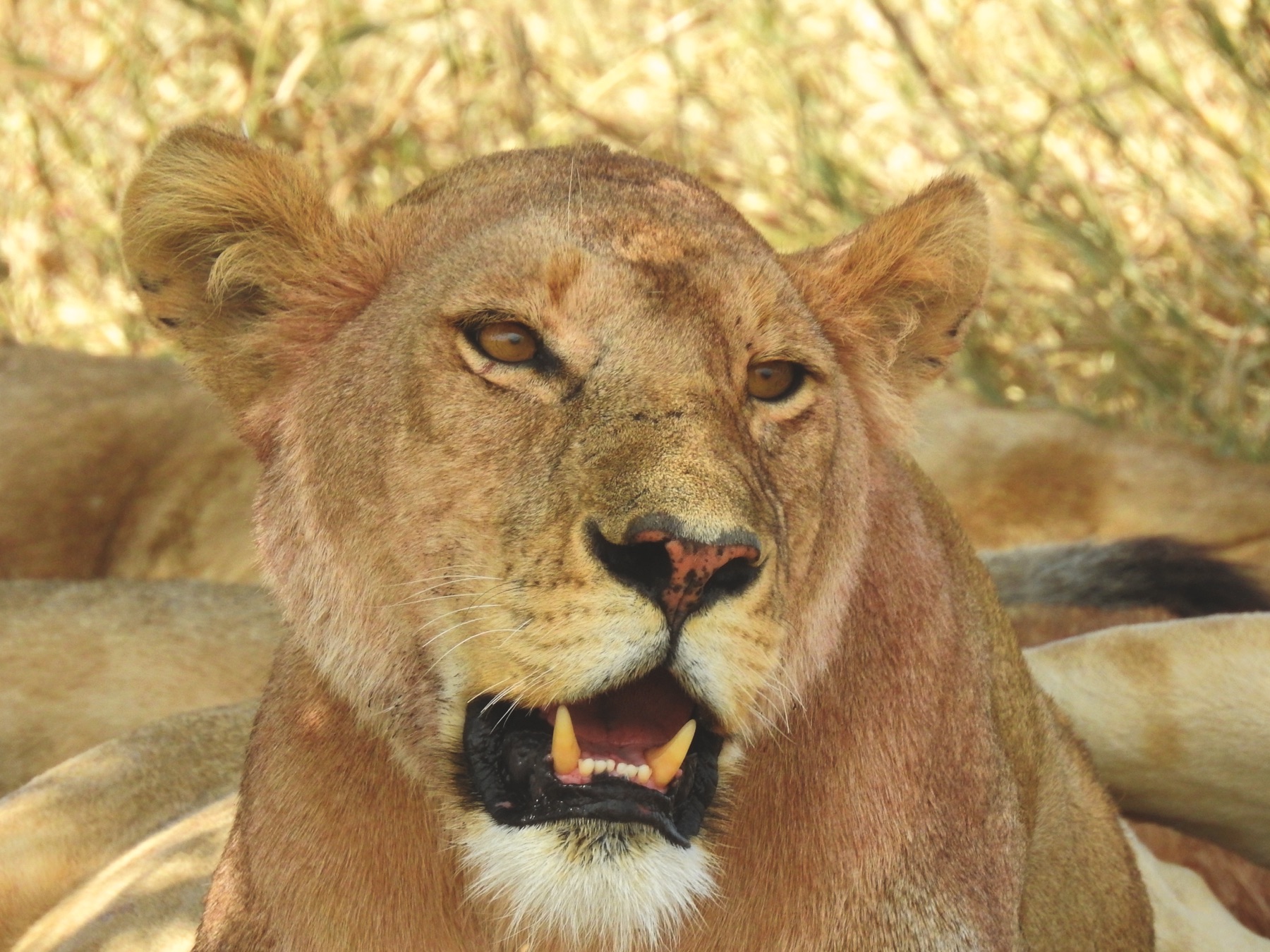
Day 6: The final chapter
In the afternoon, we returned via Arusha to Kilimanjaro airport for our flight back home.
Full of great memories and thousands of pictures, we returned home. It was the trip of a lifetime, which we will never forget.
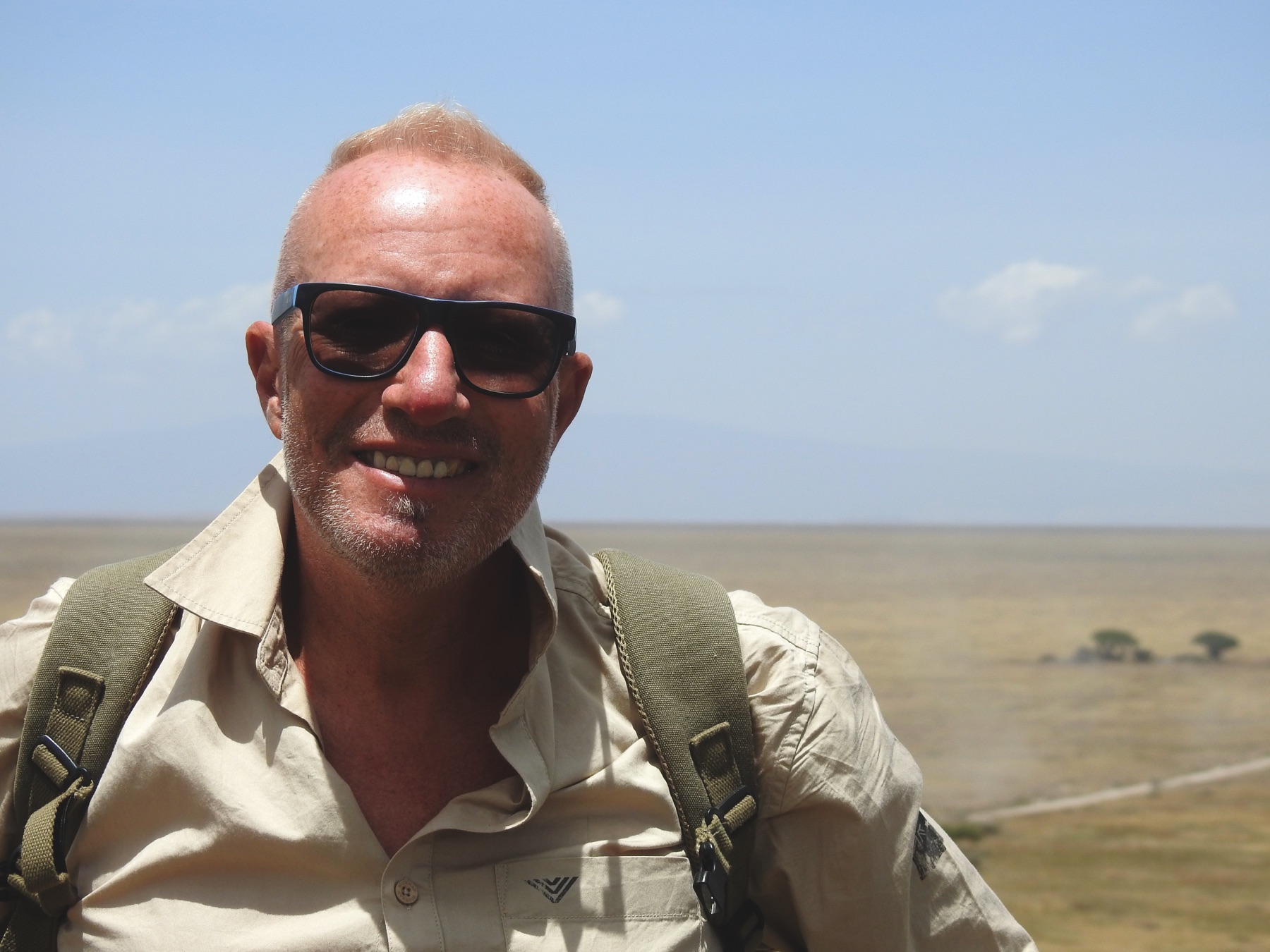
We have thousands of beautiful photos from our travels, and choosing just a few to publish in the magazine was truly difficult.
Therefore, we decided to create a digital photo gallery for you, below:
